Europe’s Best Free Natural Hot Springs (UPDATED 2023)
An early morning soak in Pozza "Leonardo da Vinci" - Bormio, Italy
From sun-baked olive groves overlooking the Sierra Nevada mountain range, to hidden hillside forests and majestic waterfalls, there is an adventure waiting for anyone who wishes to visit these naturally therapeutic and mineral-rich waters.
If like us, you’re on the road constantly with little access to luxuries such as comfortable beds and hot water, stumbling across a hot spring will certainly elevate your mood and revitalise your body before setting off on your next adventure.
In our two years of travelling the continent, we’ve been lucky enough to visit an extensive number of natural, wild and free hot springs across Europe, and we thought it was about time we shared our knowledge and experience with other travellers! Unlike other articles, this one only features completely FREE thermal springs in Europe!
Lucy measuring the temperature of the water at a thermal spring in Italy.
Here’s a brief guide to the categories we’ve reviewed each location under. These are purely opinions based on our personal experiences at each thermal pool we visited.
Appearance: A rating of the pools themselves, irrespective of the surrounding location.
Temperature: A rating of how comfortable the temperature is. Hottest isn’t necessarily 5 stars.
Location: A rating of the area surrounding the pools, irrespective of the pools themselves.
Odourless: The higher the star rating, the less smell emits from the pools.
A quick word from us: While many of these hot springs are well-known, some of them take hours of internet research to find coordinates, scouring social media for images, translating foreign language websites and of course exploration on foot. Some of these hot springs have never been documented on the internet before, so all we ask in return is that you check out our Youtube channel where you'll find videos featuring these great locations and more, and if you like what you see then share it and hit that Subscribe button!
The following hot springs will appear in alphabetical order by country. Enjoy!
Albania (4) Bosnia (1) Bulgaria (1) France (5) Greece (8) Italy (9)
UPDATE 2021: After revisiting many of our favourite hot springs this year we’ve since decided to remove the map locations from all but the most well-known locations in this post.
Seeing the endangerment of so many of our favourite soaking spots and the detrimental effect that over-tourism can have on locals (see updates below) we now realise how important it is to preserve these hot springs for many years to come by reducing the amount of footfall we create and the impact this has.
This blog was always intended to document and celebrate the diversity of Europe’s hot springs; it was never made to be an easy go-to guide or a supplement for adventure. Where’s the fun in arriving somewhere that looks exactly like the photo you saw on the internet that morning after all?
So grab a map, get chatting to some locals and make your own adventure. It’ll be worth it.
Albania
Llixhat e Bënjës
A beautiful surprise awaits all those who travel to this off-the-beaten-track destination in the South of Albania. Nestled away in a deep canyon, adjacent to a fast-flowing river and with views of the snow-capped Trebeshinë-Dhëmbel-Nemërçkë mountains in the far distance, this sulphurous, bright blue pool is the perfect place to come and unwind in a county that rarely allows you to lay down your sensory guard.
At just 30ºC this natural beauty-spot isn’t the warmest on the list, but what it lacks in warmth it certainly makes up for in style. Accessible from nearby Përmet by car, the road that takes you there will exceed your expectations and far surpasses the average national quality.
After arriving at the car park, you will then walk over an old Ottoman bridge that in itself is worth a visit. A few more steps and you will reach a small pool to your left and a much larger, deeper pool a moment further on the right. Here you can swim freely, sit under the waterfall against the river’s edge, or enjoy a BBQ on the grounds surrounding.
If you’re feeling really adventurous, it’s possible to walk up the river to uncover more thermal pools, but be extremely cautious. A dam further upstream can release large quantities of water at any time without warning, and during winter months particularly, this journey would be perilous and suicidal.
Whilst in the area, don’t forget to try out one of the many slow-food restaurants that are famous in Përmet. Slow-food is a traditional food movement with the intention to counter modern day fast-food culture.
In the summer season a small charge is placed on parking and accessing the thermal pools, with the intention of investing the money back in to the pools and surrounding roads. It equates to pence and you’re allowed to camp there for as long as you please.
View our latest video from this hot spring here.
Etiquette: Albania is a conservative country, so swimwear is required at all times.
UPDATE 2021: As of 2021 there are plans for huge investment and privatisation of the area. We’re unsure whether this entails the entire canyon area or just the main larger pool. There is tension in the local community over the plans, with anger aimed at the government for allowing Middle Eastern billionaires to capitalise on a natural recourse which they say will have no benefits for local people. On a more positive note, there is a new pool before the bridge of a similarly pleasant temperature to the main pool. Better still, the road from Përmet to the hot spring has greatly improved since we first visited in 2017.
Peshkopi
In the far East of Albania, bordered by Macedonia and overshadowed by the vast Mt Korab, lies one of the most populated towns in an otherwise largely depopulated region: Peshkopi.
The fact that the easiest route to access this far-flung town directs you through Macedonia or even Kosovo speaks volumes of its location. Not necessarily remote but very difficult to access due to Albania’s notoriously poor or non-existent road surfaces, if you wish to make the journey domestically without crossing borders there is only one possible route, and it’s mind-bendingly arbitrary.
From Tirana you must head North on Albania’s only motorway the A1 and join the SH6. You must then follow this road religiously all the way to Peshkopi; don’t be tempted to take the SH36, the SH37 or the SH38, as the former two are unpaved and the latter runs out at the Dibër county line. The SH6 is also in poor condition with parts of the road having sunken by up to 3ft in places, but it’s passable. Just. The only alternate route is to drop down from Kukës, which is a stunning road but Google Maps and your SatNav may have differing opinions on which road exactly is supposed to be the main (read: paved) road.
It took us two days to reach Peshkopi, mainly because we got flat tyre just outside of Burrel. Anyway, onto the hot springs.
After this long and slow journey (average speed 25km/h) we reached Peshkopi and headed to the East of the city in search of the pools. The main city was very industrial and the area with the supposed hot springs was unpaved, fairly dirty and chockablock with hotels. We located the thermal pool thanks to its extraordinarily eggy smell, and found a knee-high pool of cloudy water where a group of elderly women were soaking their feet. One was submerged up to her neck but due to the strong smell and relatively low temperature of 36ºC we gave it a miss. Nevertheless a group of friendly headscarf-clad ladies pointed us in the direction of another pool we’d seen online, but after much fruitless searching we decided that the access to it was now cut off (a broken bridge leading over the river attested to this).
There was one other spot we found where thermal water gushed from inside a small cave and into a series of channels where people were bathing, but the water was in fact freezing cold, and no amount of insisting from the elderly Albanians could persuade us to get in.
All in all it was a disappointing journey to Peshkopi, unless you enjoy bathing in tiny baths in dingy hotels that is.
Etiquette: Populated mostly with elderly Albanian and Kosovar tourists, it’s best to dress modestly and respect the elder users. Most people here where full clothes in to the water.
Priest’s Pool
Further upstream from the Llixhat e Bënjës you will find three further pool areas at varying temperatures, all cooler than the main pool before the bridge.
The first source is a gentle series of sulphur-rich pools that flow through a series of waterfall baths before joining the river below. The water here is cold at 26°C but during the summer months used by many people seeking the health benefits it offers.
The second pool is around 100m further along the canyon and is set high against the riverbed, built from stone. Once again, a very strong smell of sulphur fills the air and the temperature is far cooler than the larger pool further downstream at 23°C.
Considering the pebbly terrain and regular wading through the river, it’s perhaps surprising that the pools beyond the Ottoman bridge are frequented mostly by elderly people.
This is no less true in the third and furthest pool along the canyon- the Priest’s pool.
History dictates that there was a local priest who was dying. He began to bathe in the warm water here, continuing daily until eventually he was cured and back to full health. Since then, the pool, carved into a rock face, has been used ritualistically by locals and foreigners alike seeking to cure and prevent their conditions. The elderly group of friends we met here spent their days alternating between twenty minute soaks and twenty minute sunbathes. The water is a cool 30°C and reasonably strong in smell.
Each pool has different health benefits and healing mineral compounds for skin, digestive, and rheumatic problems. It’s best to ask the locals where to bathe depending on your ailments.
Etiquette: The pools are mostly frequented by elderly locals, so it would be sensible to dress modestly at these pools at all times. At night, nobody is around, and you’ll likely have the place to yourself to enter as you please.
Bosnia & Herzegovina
Srpske Toplice
Tucked into the side of a riverbed a few minutes outside of the spa resort city of Banja Luka, Bosnia and Herzegovina’s second largest city, you’ll find a haven of small thermal pools perfect for bathing away a sunny afternoon.
There are a half a dozen pools scattered around the area, ranging in size, depth and temperature, and even a bath-shaped pool hidden inside a cave. We decided on a good-sized pool to the far right of the area, which was pleasantly warm with the sun beating down on us but would’ve admittedly been uncomfortable on a cold day.
The pools range in temperature from 24ºC to 32ºC so not quite body temperature, but the area seems to be a hotspot for students and friends to meet. The only downside, aside from the dead frog we found in our pool, is the unfortunate location of a main road just across the river, frequented by loud trucks making their way into the city, which did spoil the peace somewhat. However we would happily visit again, and perhaps in the summer the river might make a nice place for a swim to cool down.
Etiquette: As this is quite an open, public area, and Bosnia & Herzegovina is an almost entirely religious country, we would recommend wearing swimwear any time you are using the pools.
View our latest video from this hot spring here.
Bulgaria
Rupite
At the foot of Kozhuh mountain in South Western Bulgaria lies the hottest springs we have visited to date. A small drive from any nearby towns, this spring offers multiple pools ranging from 45-78ºC.
The locals have created a network of hot streams that feed the pools, and have large concrete slabs on standby ready to divert the steaming water away when the pool has reached the desired temperature. In the daytime, the locals will be sure to tell you which pools to avoid if you want to keep all of your skin. By night, it’s a guessing game as the pools are forever changing temperature. Dip a toe cautiously prior to getting in, if you know what’s good for you.
It’s recommended not to spend any longer than 15 minutes at a time in here and honestly, I don’t think I could’ve handled much longer than half an hour before passing out in the thick clouds of steam.
Camping is easily possible here as there is a large open field right next to the pools. We were able to stay for several days, making friends with a few stray dogs along the way.
This is one of our favourites to date, not least because there was no smell of sulphur. I have a sneaking suspicion that the locals put some kind of perfume in the water somewhere along the line as it almost smells of cosmetics, but not at all overpowering and most certainly better than the smell of rotten egg.
Etiquette: Bulgaria is a fairly conservative country, as such, swimwear is worn day and night by locals and visitors alike.
France
Le Plan de Phazy
When Googling “hot springs in the Alps” the Plan de Phazy will inevitably come top in your search results every time, leading you to believe it could be one of the best and warmest hot springs in the Alps. In fact it is the only free natural hot spring in the French Alps, but the temperature is sorely disappointing at just 28°C at the source. It would be nice for a bathe in the summer with the sun shining but in the winter or at night you’ll find yourself shivering.
The hot spring does have a lot of history though, and its healing waters have been used since the Middle Ages and by famous historical figures such as Charles X and Louis XVIII who constructed la Rotonde, the little hut with its distinctively pointy roof. The hut adds a nice touch to the scenery although the busy main road does spoil the peace somewhat.
We recently learned that the thermal water in this area is in fact channelled and used to heat greenhouses so that crops such as flowers can be grown year-round.
Water gushes into the cement pools from a small hole in a rock at a rate of 70-80L per minute, losing 1°C in temperature every 33m it descends. You’ll also want to avoid the lower pools, though; not only are they even chillier than the top pool but they were filled with weeds and algae when we visited.
Overall the pool is worth a visit in the summer for its mineral water and healing properties, however in the winter there seems to be very little point.
Etiquette: France is a very liberal country and so wearing a bathing suit is up to the bather, however it is more common to bathe nude in the evening than the day time.
UPDATE 2021: As of 2021 a handful of signs have been erected stating that the pools are unfit for bathing in and have been declared closed by the local authority. Nevertheless people continue to bathe in them, so it seems these signs are more intended to absolve the council of any blame rather than actually forbidding people to enter.
Prats-Balaguer
Tucked away in a valley, high up in the Pyrenees Mountains, the sulphurous waters here appear to magically erupt from the ground in front of your eyes, and trickle their way down majestically through a series of man-made stone basins.
Parking a kilometre away, you begin to descend in to the valley by scrambling down some loose scree and along a worn, muddy track before crossing a small stream using badly placed rocks as stepping stones. Once across, it’s a short walk past a shanty-style hut, where some local homeless people have claimed residency to a small plot of land.
Suddenly, you’ll stumble upon a large steaming river that appears to spout from a hole in some rockery. Be careful not to touch the water here, as it’s extremely hot. Instead, follow the river downstream to the first and largest pool. Here, a piping-hot waterfall flows in to the first of eight basins at a temperature of around 50ºC.
If this is too hot, you have another seven pools to choose from, all varying and reducing in temperature as they continue downstream. You will find some more secluded, smaller pools here.
It can be difficult to find places to leave your things here, particularly after heavy rainfall. The whole site is on a steep hill that can quickly turn to slippery mud. If you are arriving on the weekend, expect the day times to be extremely busy and to have difficulty parking. Friday and Saturday nights will see dozens of French and Spanish teenagers occupying the pools, so if it’s a quiet relaxing evening under the stars you are after, it’s best to visit during the week!
Etiquette: France is a liberal country when it comes to optional clothing and as this place is frequented by the hippy / traveller community, most people here will be au-naturel, and nobody will care what you do either way.
View our latest video from this hot spring here.
UPDATE 2021: We were saddened to learn on our visit here in July 2021 that there were talks of the local authority closing the Prats-Balaguer thermal spring to the public and making it a paid entrance site or even destroying it altogether. Why? Because over the past few years there have been constant problems with disorderly people and squatters. One such squat was dispersed by the police earlier this year, but left behind a mess of burnt-out vandalised vehicles piled high with rubbish. The locals are exasperated with not being able to reach their own village as vehicles cram into any available space on the road, making it a dangerous passage. As recently as August 2021 police have started issuing fines for parking infringements to deter squatters, and one statement from a local residents says everything: "We have nothing against visitors, we just ask that they respect nature."
See this France Bleu news article.
Thuès-les-Bains
This quaint little spot is truly tucked away, far from any modern conveniences and people.
The hot spring can be accessed from many directions in the wooded area near Thueys-les-Bains. When walking, you will eventually catch a distinct whiff of sulphur in the air before stumbling across three small pools of steaming hot spring water. The water here is around 45ºC at source, cooling as it reaches the two smaller pools.
The basins are be well-maintained and ornately decorated with tiles. A little on the shallow side, but after a hike to reach them they’re definitely worth a quick plunge.
If you take a wrong turn, you will end up climbing higher in to the mountain face before eventually reaching a so-called mountain refuge. If, like us, you do get a bit lost, just keep an eye out for the walking route markers that are white with a red line through them.
I would recommend visiting this place first, before heading to the second hot springs in the area- Prats-Balaguer- to wash off the smell of egg after.
Etiquette: Bathing au-naturel is not frowned upon in France nor Spain which is just across the border, however the pools can become quite packed, so use your best judgement.
Update 2021: The popularity of these pools has increased significantly in the past three years, becoming instead more of a social and party hub for young people. Noise, litter and a general lack of respect for the area are all symptoms of this. A local we spoke to expressed his regret that people were no longer coming here to enjoy the therapeutic benefits of bathing in nature, and it was his comments that made us decide to remove the maps from this blog post.
Thuès-les-Bains Cascade
Barely reachable without a guide, this otherworldly thermal waterfall forms part of a wider network of geothermal activity in the region. The site is nestled away under a canopy of evergreen trees between two mountain faces and features a breath-taking 15m high warm waterfall, a smaller, much hotter waterfall and a series of two pools for bathing.
Immerse yourself in the fast-flowing larger waterfall and let the warm water engulf your body as you look out over the river and tree canopy above. From here you can move to the hottest waterfall, a steaming trickle pouring into a hot pool below. For the optimum temperature you’ll find the last pool, overlooking another smaller waterfall. Here you can relax with ease and indulge in your heavenly surroundings for hours at a time, absorbing the total calm and tranquillity that surrounds you.
Due to recent heavy rain, we were unable to get an accurate measure of the pools’ temperatures, but we estimate the hotter waterfall to be over 45°C and the main river to be in the mid-20’s.
In the summer season you’ll find the occasional group of canyoners passing through the site, but during the winter months you’ll likely be completely alone with snow all around.
Due to its difficult access and challenging location, we’d recommend taking a guide.
Etiquette: The location is extremely remote and during off-peak months you’ll almost certainly be alone to bath as you please. During high season the occasional group of canyoners will abseil down the large waterfall with little notice so do with that information what you will!
Greece
Kallidromo Thermal Lakes
At the foot of Mount Kallidromo there lies a remarkable testament to Ancient Greek history, with the opportunity to bathe where legend dictates the mighty Hercules came to heal his wounds.
The ‘Father of History’ Herodotus documented the waters here some 2,500 years ago, with the ‘Father of Science’ Hippocrates documenting the healing properties around the same era.
Nowadays, the pools aren’t so much frequented by Ancient Greek Gods, renowned historians or physicians, but rather by local families and the elderly, with some travelling 100’s of kilometres to bathe in the curative waters.
A whole range of ailments are thought to be improved or even cured by using the hydrogen sulphide-rich water here, ranging from skin conditions like psoriasis (hence the aptly named Psoronia pool) to chronic illnesses such as diabetes, rheumatism and arthritis.
The largest of the three pools can be accessed via a tarmac road with a car park at the end. There are changing facilities and seating areas on site, as well as a large metal canopy that provides shade over an area of the pool- perfect for those long, hot Greek summer days.
The thermal source bubbles up sporadically from underneath your feet, and schools of small fish can be seen in the shallows. The average temperature of the pool is 33°C although the floor feels far hotter than the surface in places, and a cold water source also feeds in to the basin from one corner. The pool has only a very mild sulphuric smell.
The second and third pools are accessed from a small dirt track back on the main road, a little further down.
The water here has the same properties and a similar temperature, but a more natural feel. There’s no concrete or tarmac, just two humble pools built from stones. There are no facilities, and the area feels more natural despite its close proximity to a motorway.
So whether or not history lessons had you on the edge of your seat in school, I think we can all agree that bathing somewhere that’s been so well documented since early civilisation is something quite special.
A warning: this area is frequented regularly by thieves. They are not criminals so much as opportunists but we strongly advise to keep your vehicle locked and all of your possessions in sight at all times. The locals are aware of this occurrence, yet they choose not to let it ruin their soak, as should you.
Etiquette: The larger pool is frequented mostly by families and elderly locals who’d most likely prefer not to see your birthday suits, but the two lower pools are rarely used and most that do, enjoy the water au-naturel.
Kamena Vourla
Kamena Vourla isn't a must see. But I feel it does deserve a mention for one quite amazing reason.
But first, I’ll bore you with why it’s not really worth a visit.
It took us quite a while to find the exact location of this place (TripAdvisor will take you to the wrong place entirely), but after half an hour or so of scouring Google Maps we eventually found the hot spring pools, situated just outside of the popular spa resort town of Kamena Vourla.
However, when we arrived the place was unfortunately not quite we were looking for. Situated between the shadows of a mountain face and a motorway, separated from traffic only by reeds, these hot springs aren’t particularly relaxing or quiet. The smell is fairly pungent and out of the seven pools, three were full of algae and all seven were a fairly cool 25-30ºC.
The waters here are said to help muscular aches and pains, although the temperature of the water couldn’t have been much above the mid-20’s and being December, we decided we didn’t fancy it ourselves.
There appears to have been a recent effort to tidy the site up, with a new pool (as pictured) and two changing cubicles being added with a cold tap adjoining.
The reason I added this to the list is not for its healing properties, its warmth or indeed anything related to the water itself. If you come here for a swim, you’ll have the unique opportunity to soak in a thermal pool with fish and two terrapins who appear to have made the pool their home!
That’s got to count for something!
We learned recently there are in fact four springs at the foot of Mount Knimis, known as:
- The radioactive springs
- The hydrogen sulphide-chloride spring
- The ferruginous spring
- The cosmetic spring of Aphrodite
Their waters range up to 36ºC and are suitable for many different health problems, such as chronic rheumatisms, kidney, skin and gynecological diseases.
Etiquette: Swimwear required throughout day, the pools are small and close together.
Update 2021: We revisited these pools in August 2021 and were able to see a completely different side to them. Although chilly in the winter, Kamena Vourla is the perfect temperature for cooling off in the summer, and we learned that the pool we bathed in was named the cosmetic or Aphrodite pool because the curative properties of both the mud and water for the skin, hence its popularity with local women. We got the chance to speak to three generations of the same family all bathing in this pool, who told us their family had been coming here since the days of horse and cart. From this pool we learned the importance of the social aspect of thermal springs, so if you’re bathing strike up a conversation with someone- you never know what you might learn.
P.S. The two terrapins are still there, they like to hide in the corners of the pool.
Loutra Edipsou
On the North of Evia, Greece’s second largest island, you’ll find hot thermal water pouring out of the ground just about everywhere. Widespread and plentiful in supply, Loutra Edipsou offers the opportunity for some seriously hot soaking along the entire stretch of its coastline. In fact, even walking through the town you’ll notice drains at the roadside have hot thermal water flowing through them!
Since ancient times the thermal waters here have been used for their curative properties, with the Romans contributing to a rapid rise in their popularity. As Christianity gained pace, bathhouses were banned as places of sin, but this didn’t last long as the prohibition was soon lifted and mandatory bathing of the populace was enforced.
Nowadays, the town is primarily a resort for elderly Greeks and as such, the food and entertainment on offer can seem a little dated. But if, like us, you’re only there for the hot springs there are several great free ones to choose from.
Firstly, the free pools and waterfalls are all situated along the promenade of the town. As such, you’ll rarely have a quiet moment whilst bathing, as a mixture of traffic and high footfall create a constant urban hum in the background.
Secondly, they’re very hot! With temperatures ranging from 34-82˚C you’ll almost certainly be soaking in a very hot bath, which makes their position right next to the ocean into a great opportunity to jump in and cool off at regular intervals.
With some of the highest hot spring temperatures in Europe, these pools not only pack a punch with their hyperthermic properties but come fully loaded with minerals including potassium, calcium, magnesium, iron and sodium.
The first series of pools can be found in front of the Thermae Sylla Spa & Wellness Hotel. Water gushes from a pipe within the promenade wall and into the pools below at 43°C, passing through several basins before reaching the sea. The best place to sit- particularly on a summer’s day- is in the pools where the thermal water mixes with cooler seawater. There are changing rooms and showers on the adjoining beach and at night, streetlights illuminate the beach and baths. The thermal waters remain busy throughout the day and night during high season.
At the other end of the beach and just past a protruding rock face, you’ll find the most impressive and unique area of thermal activity in the town. As you walk down the steps to the small beach cove you’ll see a channel of water that flows at a remarkable 60°C. As it reaches the edge of the land, it creates a small but unforgettably hot waterfall on the West side of the beach, where it’s possible to stand for a few seconds at a time and scorch your skin before dunking in the ocean.
A larger- and only slighter cooler- waterfall forms at the East of the beach. At 56°C it’s only possible to reach this one by wading through the sea at chest height, and standing underneath the cliff for just a few seconds will leave you feeling burnt. Yet somehow the elderly ladies we saw were standing under it for much longer than that until they were positively glowing. Jumping between hot and cold is certainly advisable and is said to be great for firming the skin as well as giving a wicked adrenaline rush.
One cool thing to note is a small geyser in the middle of the beach. The thermal water here bubbles up to the surface at a sweltering 76°C, even heating the surrounding rocks from deep within.
At the far South end of the town, next to a prominent abandoned hotel, you’ll find even more thermal sources popular with the geriatric population. Warm water flows at 36°C down a small waterfall and into a pipe that then cascades onto the beach, where you’ll find a pier and a freshwater shower.
The thermal waters of Loutra Edipsou are thought to be great for digestive disorders, rheumatoid arthritis, backache, neuritis, tendinitis and some gynaecological complaints.
Similar beachside thermal springs can be found in neighbouring Llia and Loutra Gialtron.
Etiquette: The pools at Loutra Edipsou are busy day and night with mostly elderly clientele. Best to dress appropriately for public bathing.
Loutra Eleftheron
Set back from the busy coastal highway, you’d be forgiven for driving straight past the rundown entrance road to Loutra Eleftheron, highlighted only by a tired road sign pointing toward the former spa complex.
Nestled away in a vast wooded valley hugging the Marmaras river, you’ll drive a kilometre stretch of road that’s losing a longstanding battle against nature, with trees and plants spilling out across the tarmac before arriving at a bizarrely constructed barricade built from branches, resembling a scene from a zombie apocalypse movie.
The thermal waters here have been used since Roman times and history books even mention Alexander the Great of Macedonia using the waters for therapeutic reasons.
More recently, the thermal springs were commercialised in the early 1900’s with a spa hotel being built, passing hands several times before eventually closing doors on the 31 buildings for the final time in 2011.
Entering the site, abandoned buildings sit broken and vandalised all around. The oldest buildings to the left are the original hotel and the newer buildings to the right once housed pools. One pool still exists and is used by soakers to this day, measuring in at 42°C. A runoff from this pool then appears outside, feeding a beautiful stream and pool before mixing with the river below.
A stroll through the derelict facilities will find small rooms with single and double baths throughout where thermal water once flowed. A larger 4m x 4m basin at the furthest end of one such building indicates a communal bathing area also existed. Water still flows here at a rate of 42°C, but the basin is broken and allows the water to escape, rendering it unfit for soaking.
Perhaps the most spectacular of the ruined buildings is an 18th century Ottoman hammam which lies unsuspectingly between several newer buildings in surprisingly good condition. Protected by law, the hammam’s heyday seems long forgotten as stagnant water and piles of rubbish fill the once popular domed bathhouse- a great shame.
Upstream you’ll find evidence of a former squat, with cooking instruments, woodburning stoves and beds still in place in some of the buildings. One off-grid family still appear to live on the site, inhabiting the end rooms of a hotel block.
It’s here you’ll find the most beautiful outdoor thermal spring within the grounds. The water flows steadily from the rocks at 43°C, pooling in a stone enclosure before mixing with the cold river water. A further 300m upstream and across the footbridge you’ll find the last outdoor pool.
A queuing system appears to be in place across the site allowing you to bathe peacefully and alone for a period of time before letting the next people in.
The curative waters of Loutra Eleftheron contain high levels of sodium chloride and hydrogen sulphide, making them great for people suffering from rheumatism, arthritis and muscle pains as well as musculoskeletal and skin diseases. The various pools have differing mineral compositions and with them, varying intensities of odour. Nevertheless you can easily clean off with a quick splash in the nearby river.
Plans for devolving the site in to a 5 star luxury spa resort with over 170 rooms have been met with hostility from local residents but nevertheless seem to be going ahead, so pack a bag and experience this unique soaking spot before it’s too late!
Etiquette: The site receives little footfall and people mostly respect your privacy, waiting until the pool is free to enter. On our visit, people were bathing with and without swimwear with no problems.
Palea Kameni
Adventurous souls and lovers of obscurity need look no further to experience one of the most remote hot springs Europe has to offer.
Located on an officially uninhabited volcanic island, off a larger island, off mainland Greece, Palea Kameni is sure to satisfy your wanderlust.
As you can probably expect, reaching the island is only possible by boat from nearby Santorini. Tour boats leave from the old Port of Thira (Fira) at regular points throughout the day but if you’d like to escape the crowds of partygoers and tour groups, it’s also possible to charter your own private tour of Palea Kameni and its neighbouring volcanic island; Nea Kameni.
A bumpy thirty-minute boat ride to Palea Kameni from the old port passes the newer of the two volcanic islands, Nea Kameni, where a small nook also offers thermal water off the shores of the lunar-like landscape, formed by erupting lava many centuries ago, although the volcano on this island erupted again as recently as the 1920’s. The local fisherman say this spot is the best place to catch fish in the area.
Another ten minutes of wave slapping and you’ll arrive at the tiny port of Palea Kameni.
If you’ve joined a tour the chances are, they’ll anchor offshore, turn up the cheesy pop music and encourage you to jump in to the sea and swim towards to thermal waters, easily identified by the characteristic dark red colour that stains the water and rocks. A private charter will allow for a more graceful entrance from the dock but with no guarantee of peace, as the regular flow of tourist boats persists at all hours of the day.
The murky red waters are unlike any hot spring we’ve seen in Europe and offer a totally unique experience for thermal enthusiasts. Whilst incredibly visually striking, it’s not the most appealing water to jump in to and rather resembles the tin-stained rivers of Cornwall’s mining past.
Hot water bubbles up from the ocean floor between 30-35°C before mixing with the salty Aegean sea. The end result is not particularly warm, but swimming out a way then returning to the cove there is a notable difference in temperature.
Despite officially being an uninhabited island and off-limits to live on by law, there is a single elderly man living in a hut at the port. Sostis is an eccentric fisherman who’s lived on the island for forty-years, surviving off the land growing what he can, fishing and rearing goats. You can read more about Sostis and his forty-year isolation here.
Etiquette: With the water being so murky, it’s unlikely anyone will be able to see what you choose to wear or not wear in the water, but keep in mind that regular tourist boats frequent the cove throughout the day. As a side note, the water will stain light clothing which could be a great reason to jump in au-natural.
Thermopylae
Just off the main road between Thermopylae and Lamia, next to an abandoned fuel station and an abandoned hotel-come-refugee camp, lies a truly underrated site.
The sulfurous water here begins its journey at the foot of Kallidromo in a large knee-deep swimming pool surrounded by trees. It feels somewhat magical here as the crystal clear water softly bubbles away. Not many people use this top pool, which is the hottest at approximately 42ºC.
As the river begins its journey, it winds downhill for a few minutes before descending rapidly down an impressive waterfall, where you will likely find most people congregating.
On the weekends, these hot springs become a popular destination to have a barbecue with family members and enjoy the therapeutic benefits of the water. Rope handles are attached in several areas around the waterfall, allowing you to submerge yourself in the rapidly, fast-flowing body of water without falling on the slippery rocks that surround it.
Further downstream, we found some quieter pools which see less than ten visitors a day coming to bathe away from the crowds, as nature would have intended. These pools are still a great temperature at roughly 38ºC, and allow you to move between gentle currents and vigorous mini waterfalls, which are great for relieving muscle pain.
Historically, this site was a battle ground between King Leonidas and the Persians. It’s now home to a refugee camp, mainly housing Middle Eastern refugees fleeing from war.
The Greek government are desperately trying to sell the land to investors, in hope of developing the springs in to a tourist complex. Thankfully, no takers have been interested so far and this beautiful place remains free for all to enjoy.
Camping is possible at the small pools. We had a surprisingly good sleep here, despite being close to the main road. Possibly something to do with spending hours of our days sat in the water. Possibly.
The signs for this place read either Thermopylae, Thermopile or Thermopiles depending on whether they’re written in Modern Greek, Ancient Greek or English. Confusing? Just a little.
Etiquette: Clothing required in main waterfall. In the lower pools, nobody wore swimwear in the five days we stayed for. In the evening, refugees use the top pool, and men will not allow you to enter the pool whilst the women are bathing.
UPDATE 2020: It hurts to write this because we don’t want to damage the reputation of the refugee centre or the majority of people residing there, but on our return visit to these springs over the Christmas period, we encountered some overly friendly men. To the point they were knocking on our door late at night asking Lucy to join them in the water for massages. Make of that what you will.
UPDATE 2021: While the layout of the river hot spring has changed somewhat to make the pools a bit less comfortable for bathing, little else has changed here. We were warned immediately on arrival by a local man that the area was ‘dangerous’ and that we should not stay there. However we spent a whole month here over the Christmas 2019 period and a further few nights here after our warning with no trouble. Just be on guard, as thieves from nearby villages do operate in the area.
View our latest video from this hot spring here.
Italy
Bagni di Petriolo
Sandwiched between the banks of the River Farma and the ruins of Petriolo’s Renaissance bathhouse, you’ll discover one of Italy’s hottest thermal sources.
Since Etruscan and Roman times, these thermal waters have been used therapeutically, with city officials documented charging for their use as early as the Middle Ages and ruins of a paid renaissance bath house still clinging on for dear life at the river’s edge.
Nowadays, campervans line the surrounding streets and tents dominate the riverbanks whilst a shirtless crepe seller vends from a pop-up trailer as part of an apparent makeshift bohemian community.
Thermal water flows freely from the source at 47°C, through a network of pipes into carved stone basins below, where the temperature declines to a more comfortable 43°C. From here, the water spills out into larger pools on the riverbed, where freshwater mixes with hot, creating cooler bathing spots. The riverbed pools are constantly changing size and shape, depending on rainfall and season.
There’s no denying it; the thermal water here stinks. With hydrogen-sulphide rates higher per litre than the pools at Saturnia (21mg/l vs 14mg/l), the smell can at first seem off-putting.
The mineral-rich waters also have high levels of calcium, fluorine, chloride ions, sulphate and hydrogen carbonate making the thermal water great for pain relief and reducing muscle stiffness as well as helping to treat osteoarthritis, skin conditions and respiratory conditions.
So really, smelling a bit eggy is a decent trade-off for all the healing properties on offer. Just be sure to freshen up in the river before you leave!
Etiquette: There is a largely bohemian atmosphere at the pools and ‘FKK’ is graffitied in many places, indicating naturist areas. But keep in mind there are large crowds here during the day and on weekends.
Bagni San Filippo
Nestled in the woodlands beneath Tuscany’s Monte Amiata lies one of Italy’s most iconic thermal springs. Bagni San Filippo’s famous white calcareous deposits make an incredible back drop for soaking enthusiasts, Instagram influencers and even world-renowned photographers and filmmakers.
The sulphuric-sulphate-bicarbonate-rich thermal springs here have been used since Etruscan times dating back almost 3,000 years.
Modern-day intervention has seen the flow of the waters change significantly, with many of the town’s springs now diverted through hotels. Thankfully, there are still plenty of opportunities along the wooded valley to enjoy a soak in pools ranging from the mid-20s to 45°C.
The real show-stealer however is the Balena Bianca (White Whale) standing tall and mighty in the centre of the woods. The vast white mineral rock formation is actually a calcium deposit that changes colour and shape throughout the year, depending on the flow of water and weather. Hot thermal water pours over the top, sending steam high into the trees and warm water into the pools below. The pools are bright blue in colour and decline in temperature as they make their way down the valley.
When the water gets too hot, it’s possible to cool off under a large waterfall that’s a mix of thermal and fresh water.
If clearer pools are more your thing, at the top end of the valley you’ll find 5 more pools between 40°C and 45°C.
Be careful visiting during rainy periods as the ground can become very muddy and slippery. As of 2021, visitor numbers are being limited to 150 persons at a time. The best time to visit is early in the morning on weekdays.
Etiquette: Due to the overwhelming popularity of this pool, its best to adhere to the usual rules of public bathing. The pools are busy throughout the day and night.
Bagno Bossolo
In the furthest corner of Tuscany, a stone’s throw from the region of Lazio, lies the medieval hilltop commune of San Casciano dei Bagni. As the name would suggest, this town has had a deep connection to the use of thermal water since the discovery of the sources in Etruscan times, when they were uncovered and named after Porsenna, the King of Chiusi (the baths were originally named Bagni Chiusini). 5.5 million litres of thermal water gush from the earth every day across 42 springs in the area surrounding the volcanic Monte Amiata, the 3rd largest volume of thermal water in Europe.
Among these many springs, the only free ones in San Casciano dei Bagni are the Bagno Grande (also known as Bagno Romano), the Bagno Bossolo traditional washhouse and the Caldagna thermal lake which is forbidden and apparently dangerous to bathe in.
A short, steep walk from the nearest car park takes you first to the washhouse, where the water is a disappointingly cool 34ºC, but nonetheless a unique and historic place for a bathe. A further 100m walk takes you to the Bagno Grande, which is fairly busy with visitors and locals at all times of the year, but even on a Sunday afternoon we found it reasonably calm with enough room to bathe. The water here is a very pleasant 42ºC and the baths offer a charming view of the town above, framed by reeds and fig trees. There are three ancient baths here, two large and one small, all adjoining. It is said that Emperor Augustus was a big fan of bathing here during Roman times, when bathing in thermal water was very popular. The water here is remarkably free of any strong odours and rich in magnesium, sulphur, calcium and fluoride, which are beneficial for relaxing the nervous and muscular systems as well as containing analgesic and anti-inflammatory properties.
Most of all it’s incredibly humbling to know you are bathing in a location that has been used for the very same purpose for the past 2,000 years, and especially soothing to lie back and enjoy the sound of rain drops pelting the surface of the water around you.
Something we particularly enjoyed was seeing the resident’s gardens in this area, all neatly arranged and fed with thermal water (I wonder if this improves the flavour of the veg?). If you cross a rickety wooden bridge you can view the Caldagna thermal lake, which is an ominous glowing blue colour and opaque and slimy enough that you probably wouldn’t want to get in anyway, even if there wasn’t a huge metal fence surrounding it.
Etiquette: The baths are in the open air and very public whether in daylight or at night; as such, swimwear is recommended at all times.
Bollore
In the hills of Siena you’ll find a real community-led treasure, covertly tucked away on the site of a disused factory.
In perhaps the most unlikely of locations, a local group of hot spring enthusiasts have turned this rundown industrial landscape in to a hub for nature-loving thermal bath enthusiasts.
Originally built in the 1960’s, the site closed down in the 80’s before reopening as a mineral extraction facility ten years ago. Whilst mining for calcium and travertine, they discovered a thermal source on the grounds and ceased operating.
Lying dormant for several years, the local community began to create pools using the calcium-rich clay and travertine deposits, moulding basins from the ground up, creating beautiful pools reminiscent of Turkey’s famous Pamukkale.
Over the past few years, the local team of volunteers have transformed the decaying urban landscape into an oasis of cloudy turquoise pools with temperatures ranging from 51°C to the low 30’s. A quick glimpse at Google Satellite view shows the dramatic transformation of the area in just two years from a singular pool to an entire bathing complex. The water smells strong at the source but once you’re immersed the sulphuric odour is negligible. You will however leave with a healthy dusting of calcium on you once you’re dry.
Flowing for miles underground from nearby Monte Amiata, the calcium-rich waters are beneficial for bone problems as well as the immune system and have become a popular destination for locals and foreigners alike, although far less-known than neighbouring springs.
Although free for now, the site is privately-owned so the future of these pools are unknown. Even more reason to pack your bags and check them out as soon as you get a chance!
Etiquette: These pools can get really busy on the weekends but during the week they’re much quieter. There’s plenty of space and several private and secluded pools to the rear where it’s possible bathe as you wish.
Cascate del Mulino
Probably the most famous free hot spring in Europe and certainly Italy; the rich mineral waters at Saturnia flow at a therapeutic 37.5ºC all year round, meaning even in January when we visited it was possible to enjoy a beer under moonlight without feeling cold. The fast-flowing stream, waterfall and pools hold a strong sulphuric content, responsible for the distinct smell of egg that engulfs the area.
But don’t let that put you off! These pools are the first thermal waters we visited and are still some of our favourites to date.
With a large range of pools to choose from and consistently warm temperatures throughout, you’ll be sure to find a spot where you can unwind, relax and soothe your muscles and skin. A large waterfall at the top of the artificial pools drops 5m from the fast-flowing river above, where you will discover even more places to soak in the thermal waters, away from the crowds below.
A fair warning; contrary to many online guides about Saturnia, it is most certainly not a secret location and if you are visiting in high season, expect large crowds and difficulty parking. There is a car park with a height restriction of 2.1m next to the site. It’s possible for larger vehicles to park along the small road outside, but parking is very limited and if you’re planning to stay the night, it can be very noisy.
One final note here, if you’re bringing swim gear, make sure it’s old! The pools are the most sulfurous we have encountered yet, and no amount of washing could get the smell out of our hair for weeks after!
Etiquette: Swimwear required during daytime. At night, many bathers frequent the pools without.
Update 2021: The thermal pools of Cascate del Mulino are now undoubtedly Tuscany’s worst-kept secret. There is not a quiet time to bathe; even before sunrise the pool can easily be filled with a hundred or so people at any moment. When we visited there were bloggers and vloggers abound, and at one point no less than three drones were circling in the sky. The landscape of the pools has changed also to create more bathing spots, but sadly the river area we used to bathe in has now been privatised, charging €5 for a sun lounger and a private area to soak away from the crowds. Campervans are forbidden to park anywhere nearby and the closest car park is closed. Don’t risk parking on the road as you will get a fine like we did.
Don’t get us wrong; Saturnia is still home to one of the most beautiful hot springs in Europe, but it is testament to the power of the internet and social media to bolster popularity to unsustainable levels and potentially endanger an important natural resource.
Pozza di ‘Leonardo Da Vinci’
Arguably the best hot spring in the Dolomites (and in fact the only free one) the Pozza di Leonardo DaVinci is well worth a stop off on your route.
While it is not the hottest water it is just warm enough to sit comfortably in, although the temperature can fluctuate a bit as it is fed from the runoff of the two thermal spas in the area, the Bagni Vecchi and the Bagni Nuovi. We measured it as 33°C in the pool and 35°C from the pipe, just shy of body temperature.
The pool was named after Leonardo DaVinci, who was sent to Bormio by the Duke of Milan at the end of the 15th century to inspect the hydraulic function of the river Adda.
The rules of the area are signposted next to the pool, and the locals ask only that you don’t leave any litter behind and don’t use the surrounding area as a toilet.
The pool can easily get crowded as it is quite small and isn’t really deep enough to swim in, and the locals tend to use the pool in the afternoons and on weekend nights.
The surrounding area is beautiful though as the Pozza is situated next to the river Adda and part of the old abandoned Stelvio Pass road. Be aware that access to the pool is a bit narrow in places as you will be walking along a concrete bridge next to a cliff with a short but painful drop into the river below you, and the parking areas on the road can fill up quickly since the car park is now closed.
Etiquette: Swimwear required in the daytime as Italy is a moderately conservative Catholic country. At night you can bathe as you wish, but be respectful of visiting locals.
View our latest video from this hot spring here.
Viterbo: Bullicame
The pools of Viterbo are steeped in history, made evident by the vast amount of Roman bath ruins in the area. There are many paid thermal spas but three natural sources remain free and open to the public.
Bullicame is mentioned in Dante’s Divine Comedy and as such is a heavily protected site. In fact, you’d be mistaken for thinking you’ve entered the neighbouring military base with the amount of steel fencing in place.
Ringfenced by a glass barrier, the famous source sits atop the crest of a hill, spewing from the ground at 58°C before flowing underneath the glass and along a channel, eventually pooling in a large knee-height basin. The temperature hovers at a respectable 43°C near the entrance and a cooler 39°C by the time it flows out.
The furthest and largest pool from the source is a much cooler 28ºC- perfect for hot and sunny days whilst still receiving all the benefits of the curative waters. These waters are sulphated and rich in fluorinated bicarbonate.
Dante once commented on the water being partially reserved for prostitutes, a sentiment that could explain the popularity for afterhours meet ups.
There is a perimeter fence surrounding the whole site that is locked at dusk and opened at 8AM but this is evidently climbed over and ignored. As you bathe within the steel confines of this most protected of hot springs, attempting to absorb the natural thermal phenomenon, you’ll soon be reminded of the less than perfect location. Military trucks in the neighbouring barracks linger in your peripheral vision, suppressing any illusions of a natural soak. Added to this, a lifeguard mans the pools during opening hours due to the extreme temperature of the water source. One redeeming factor at least is the lack of any strong odour, but that’s about it.
Etiquette: Due to the overwhelming popularity of this pool, its best to adhere to the usual rules of public bathing.
Viterbo: Piscine Carletti
Piscine Carletti lies to the West of the City within the Parco Delle Piscine Carletti.
Evidence of Roman activity is present everywhere, perhaps most impressively displayed by the aqueducts that still to this day transport thermal water between the pools.
At the source, water pours from the ground at a toe-burning 56.4°C- from within a caged enclosure- before flowing vigorously into a network of stone basins, with an average temperature of 45°C. Loosely based on the classic principles of a Roman Bath - frigidarium-tepidarium-calidarium - the tiered pools allow you to enjoy varying temperatures of water, although all are above 40 degrees.
A sign in front of the source indicates these waters are rich in sulphate-bicarbonate and are a sulphurous hyperthermal water source.
Squashed between a motorway and a military base and coupled with the ceaseless popularity these pools entice, there’s rarely a peaceful moment to truly unwind and appreciate your surroundings, however the high temperature curative water paired with an immersive flavour of ancient history goes some way to making up for this. Another small redeeming factor is the lack of any intense odour emitting from the pools.
Etiquette: Due to the overwhelming popularity of this pool, its best to adhere to the usual rules of public bathing. The pools are busy throughout the day and night.
Viterbo: Piccolo Terma
The third and last free pool of Viterbo (and our personal favourite) lies South of the city.
Far smaller than the other pools in the city- and equally far less busy - lies the aptly named Piccolo Terma. A short stroll from the road, you’ll walk a small path through grassland and patches of Arundo reeds before reaching the singular hot basin that’s been used since Roman times.
Tuscan farmhouses lie dormant in neighbouring fields and birdsong fills the sky above.
At 41°C, the thermal water here is a great temperature for a summer’s day morning soak or to warm your bones during the harsher winter months.
Of the three springs in the area, this is certainly the most peaceful and pleasing on the eye. The water has virtually no odour, unless you pick up handfuls of the thermal mud from the bottom of the pool and slather it across your skin. Beneficial, perhaps, but extremely smelly.
Etiquette: There seems to be a mixture of clothed and unclothed bathers and of the three local pools, this appears to be the place to bathe as nature intended.
Macedonia
Strnovac Banja
In the North East of North Macedonia, a stone’s throw away from Kumanovo, there’s an intriguingly remote thermal pool hidden away within the landscape. The only access is via a series of dirt tracks which are not immediately apparent on looking at a map.
The building adjacent to the pool would suggest this place is lively in the summer but in the winter it was quite abandoned with only a handful of locals visiting over the course of the day.
One of the perks was being able to park right next to the pool, which itself was a pleasantly hot 39.5°C, although similar in shape and size to a very murky swimming pool. Another pool sits directly behind this one which was not filled while we were there, and next to this is a large pipe which shoots out hot water at random intervals with a loud gurgling sound.
One thing to be aware of: the source that flows into the pool emits a sort of noxious gas that makes you cough and feel light-headed, possibly hydrogen sulphide, so don’t bathe right next to it or inhale it.
The only other issue we noticed were the disgusting amounts of litter (reportedly left by young people having parties) across the pool and the surrounding area. However, while we were bathing a team of local men came and cleaned it all up, but we doubt it took very long for the area to become soiled again.
Etiquette: We'd recommend wearing a bathing suit at all times as there's nowhere really to hide away or get out discreetly if someone pulls up in their car, and nudity is unlikely to be considered acceptable by the locals.
View our latest video from this hot spring here.
Unnamed Cave Spring
Hidden away in the cliffs of a beautiful valley lies one of the most undiscovered hot springs in Eastern Europe.
There was little to no information in English or otherwise on this place when we went, going off only a blurry satellite map and a hazy image of a man in a cave, and it was a bit of a challenge to find it, not to mention a difficult walk.
Beneath the weathered limestone, dug into the face of the wall, is a small squarish hole with a glimmer of blue water at its foot and clouds of steam rushing out of the small cave entrance.
Another small, silty pool of perfectly steaming water sits on the ledge overlooking the valley.
The cave is big enough to hold ten, maybe twelve people, with a jagged rocky ceiling and smooth, textured walls. We lit a couple of candles, melted the wax slightly and stuck them to the walls for light, then lay back to admire the natural wonder we were in with the relaxing sounds of water dripping from the stalactites formed by mineral deposits above and the distant echoes of the Call to Prayer.
The water was a pleasantly warm 39°C, 41°C at the source although this is significantly smellier than the pool.
The only thing that lets this hot spring down is the enormous amount of litter everywhere, not just around the spring but also the locality of the hotel who seemed to have dumped their bins onto the river bed and made a huge mess of the landscape when channeling the thermal water from its source down to their spa.
Out of respect for the locals who make the difficult journey to come here and bathe we haven’t divulged the exact location, but if you’re a keen enough adventurer we’re sure you can find it. We ask that if you do discover this pool, you will join us in keeping its location secret from the Pandora’s Box that is the internet.
Etiquette: North Macedonia is an almost entirely religious country and as such we advise that swimwear should be worn in the pools.
View our latest video from this hot spring here.
Serbia
Gornja Banja
Lukovska Banja is a curious little village hidden deep in the mountains of Southern Serbia.
Here you’ll find a large spa hotel complex but very little else- the nearest supermarkets and fuel stations are a good hour’s drive away so come prepared.
But just up the road from the spa you’ll find not one thermal pool but an entire thermal park. Various sources spew water here ranging from ice cold to 70°C, in pools, from fountains, from the ground or from huge pipes that feed into the river.
At one end of the park there is a small hamam-style building which charges entry to use the pools, but at the other there is a large open area with two man-made pools and a couple of pools located in the river bed.
The two pools were empty when we visited, presumably drained for the winter, but the river offered a moderately pleasant bathing experience as the water alternated between icy cold and scalding hot but mixed to a bearable temperature in between.
We measured the pools at 21°C and 25°C although nearby signs indicate that these are 34°C and 44°C when full. We measured the two river pools at 32°C and 43°C, the latter being slightly too hot to bathe in, and two fountains in the park at 49°C and 54.5°C although it is not possible to bathe in these. There was ice cold mineral-rich water for drinking, but the hottest source erupted next to the hamam-style building at over 70°C- the steam from this will likely be the first thing you see on entering the valley as the clouds rise high up into the air.
Another note worth mentioning is that tall houses overlook the pools, not all of them lived in, but the gaze of locals may be enough to put some people off. Gornja Banja is worth visiting if you’re in the area, but don’t go out of your way to get there.
Etiquette: Swimwear should be worn at all times due to being in a public place.
View our latest video from this hot spring here.
Picin Vir
A beautifully decorated bathing area in a tranquil but hard to access area, Picin Vir sits at the bottom of the Kanjon reke Đetinje. Vehicle access was recently prohibited along the road from Užice into the canyon, so your only option is to park on the outskirts of the city and make the 2km journey on foot.
It’s immediately clear to see that the locals have put a lot of time and effort into making the area nice with flower beds, picnic tables and changing rooms situated next to the beautiful winding Đetinja river. It’s the kind of place that families would come to relax, bathe and soak in the summer sun.
One large pool with a wooden base sits in the middle of the space, although we’re not too sure that this one is thermal as it was an icy cold 12°C when we visited in November. It may be heated during the summer months or simply left as a refreshing dip. Around the corner from this are two smaller stone pools, both 26°C and only really enjoyable for cooling off in the summer. In the winter they contained some algae and also a few resident frogs.
Etiquette: Swimwear should be worn at all times as this is a popular public place.
View our latest video from this hot spring here.
Zatvoreni Banja
A little hidden hot spring whose location is only passed on between locals, Zatvoreni Banja lies in a steep-sided valley just outside of Pirot. Ignore any and all information that indicates that you can drive down there; it’s simply not true.
Your best bet is to park on the road and make your way down the steep, narrow, rocky track on foot- and do remember to bring some decent boots for the mud.
After a 15-20 minute downward hike you’ll arrive at a river and near this a structure that looks like it was once a covered swimming pool. We wouldn’t recommend bathing in this one as it’s largely untended and full of algae, and not particularly hot either.
A little way on from this you’ll come across a large, outdoor pool at the end of the valley, although this is not particularly hot either at just 28.5°C in the pool and 29.3°C at the source. It’s a pleasant enough area for a dip in the summer, but don’t count on warming your bones through in the winter (if you can even get down there once it starts snowing).
Etiquette: As this hot spring is quite remote you could probably get away with bathing in the nude, however we would recommend swimwear if there is anyone else around.
View our latest video from this hot spring here.
Slovakia
Kalameny
Located just outside the small, mountainous village of Kalameny, lies a small thermal pool. Fed by the spring in the middle of the pool and a cold river adjoining, it’s possible to bathe all year round with a fairly consistent temperature of 32ºC. It is warmest close to the source, which gushes vigorously from a central column within the pool itself.
The pool is frequented mainly by local villagers and because of its size, is fairly busy throughout the day. At night, you’re more likely to be alone, free to bathe under the stars in relative peace. Peace that will only occasionally be disturbed by an eighteen-wheel logging lorry thundering along the dirt track adjacent.
Because the sulfurous water is mixed with fresh mountain river water in the pool, there is virtually no smell. In fact, after hiking 30km through the nearby Tatra Mountains, we felt positively fresh after bathing here.
Etiquette: Swimwear required during the day. In the evening, people tend to use the pool without.
Spain
Arnedillo Las Pozas
Adjacent to a fast flowing river, the pools here are a warm 32ºC and will quickly become very crowded on a sunny day. Surrounded by mountains, thermal resorts and high-rise buildings, the scenery here presents a mixture of both delight and disappointment.
At the time we visited, horizontal rain and high winds kept most at bay but even so, the pools were surprisingly busy. The river had partially flooded the pools and debris was flowing in.
There are two showers and a picnic area available. Parking is close by but a 2m height restriction is in place throughout the entire town, making it unfriendly for camper vans.
Etiquette: This place is visible from thousands of windows, a sports centre and several roads. Do with that information as you will.
Fontcalde
Located at the end of an 8km, windy and extremely narrow mountain pass, we actually enjoyed the drive to this one more than the spring itself! Do NOT attempt this road in a vehicle longer than 6m!
After parking at the sanctuary, you’ll walk through the grounds of an old crumbling church sitting in a sun-kissed courtyard, before coming to a crystal clear river that is a popular swimming destination in the summer months.
The hot spring itself, slightly less impressive than the adjoined river, is just a little longer and wider than a standard bath and at around 28ºC, it’s nice to dip your feet in but I wouldn’t count on it warming you up after a swim in the river!
If you don’t fancy the narrow mountain pass to get here, there’s another way. Park at the bike-hire place on the other side of the tunnel, and walk / cycle through the old train tunnel to reach the other access point.
Etiquette: Swimwear required at all times as dictated by signage upon arrival. Located next to a sanctuary.
Fuente de los Baños
Located just outside of nearby town Montanejos, this place is very much a family-orientated affair with café, toilets and even shower facilities on site.
The water here may only be 25ºC, but there is plenty of space to swim freely across several different, large pools which is bliss in the summer months.
Zones are marked out on signs as you arrive, stating what you can and can’t do in each area. As a rule, no animals, no eating, no towels to lay on, no chairs and no kayaks seem to be the general consensus.
A little restrictive perhaps, but a free place to come for a swim isn’t so bad, especially after a long hike on a warm day.
Etiquette: Swimwear most likely required at all times. A large, family-orientated open pool with café nearby.
Santa Fe
This bohemian paradise just a short drive from the sprawling city of Grenada, is a popular stop -off for travellers, ravers and alternative crowds passing through Spain. Surrounded by hectares of olive groves, snow-capped mountains and pine trees in all directions as far as the eye can see, you’d be crazy NOT to visit one of the most beautiful natural pools in Europe.
At the end of the long track to reach the springs, there are two large pools. The first pool, shallower and clearer than the second, is around 40ºC and usually a little quieter.
The second pool, most popular with locals, is the deepest - It’s possible to swim here if you catch it on a quiet day - and the hottest at around 45ºC. This pool is also full of mineral-enriched clay, great for covering your face or body with before baking in the sun at the poolside.
Behind these main pools, you’ll discover a secret. Okay, it’s not that much of a secret. But oddly enough, not many people come here.
Every day for two weeks, we’d walk straight past the two busy pools, not even giving them a thought. Why? Because behind them, lies a network of three beautiful, steaming, sulphurous waterfalls, feeding two hidden pools that lie under a canopy of trees- including figs- that provide natural shelter from the blistering summer sun, and the cool wintery winds. The pools here are isolated, quiet and very relaxing just moments away from the huge crowds that frequent the larger pools daily. The bottom pool is cooler than the top one, but both are comfortable temperatures that you can (and will) spend hours in, absorbing all the goodness from the clay and water that surrounds you.
There are more, smaller pools as you follow the river downward, although each pool will become increasingly cooler and muddier.
Rumored to belong to an old farmer, the land here remains free and accessible to all, despite many failed attempts from corporations to buy the land and privatise the thermal pools. As a result, it’s very easy to camp here in tents or vehicles. Just respect the land and DON’T break off parts of the olive trees for firewood. It shouldn’t need to be said that this is somebody’s livelihood and private land that they are kind enough to allow access to.
A word of warning; after rainfall -even just a small drizzle- the roads become virtually inaccessible due to the clay-like surface of the surrounding tracks. During our two-week stay, we witnessed many people get vehicles stuck, as they would slide uncontrollably in to ditches and be forced to await recovery. It’s no laughing matter here when it rains.
If arriving for the first time, check Google Maps. There is a rough marker for the location. If you’re not sure, just keep walking and in no time you will find someone driving along in a live-in vehicle or perhaps a local, who can inform you where you need to head. We somehow took a different route to get here every time!
This is by far the most popular hot spring we’ve ever visited. One guy loved it so much, he even built himself a hut to live in! Early mornings, Siesta and late evenings are quietest but there will almost always be people around. Expect lots of nudity, and lots of hedonism. It’s a great place to visit, and the vast majority of people passing through are salt of the earth types. We had great conversations with so many people here, and everyone seems to have a mutual respect for the travelling people and communities that come and go throughout the year.
If this isn’t enough to entice you, perhaps Spain’s annual Dragon Festival that’s held here during the Spring Equinox is. Each year, Santa Fe hosts a huge free festival that covers a vast array of underground music genres and showcases alternative living at its finest. A party without rule, without fee and that encapsulates perfectly the free spirited environment on which it is held.
Etiquette: You’re likely to find more people walking around and bathing in their birthday suits than not. Equally, people won’t care if you are dressed head to toe. Very relaxed atmosphere so do as you wish. Nobody cares.
UPDATE 2020: These pools are now unfortunately closed to the public. This is completely the fault of those who destroy the olive trees for fire wood, park here for weeks on end and don’t clean their mess up. I’m leaving this spot on the post because I really want to emphasise the responsibility we ALL have to keep these heavenly spots accessible for future generations. This was ONE OF THE BEST in Europe. Let’s not allow this to happen to any other thermal baths and hot springs.
That's it. Time to grab your towel and head to your nearest soaking spot! One quick thing before you do, though.
It's worth remembering that these sites are free to use, just as nature intended. As a result, there are often no facilities at these sites. Please ensure you respect the locations mentioned above.
Take rubbish home.
Respect the surrounding area.
Respect the locals and their customs.
Don’t use any products in the water that will cause damage to the delicate eco-systems in and around the water.
These small steps are important measures to ensure that we can all keep enjoying the beauty that nature provides for years to come.
What's your favourite spot? Let us know in the comments!



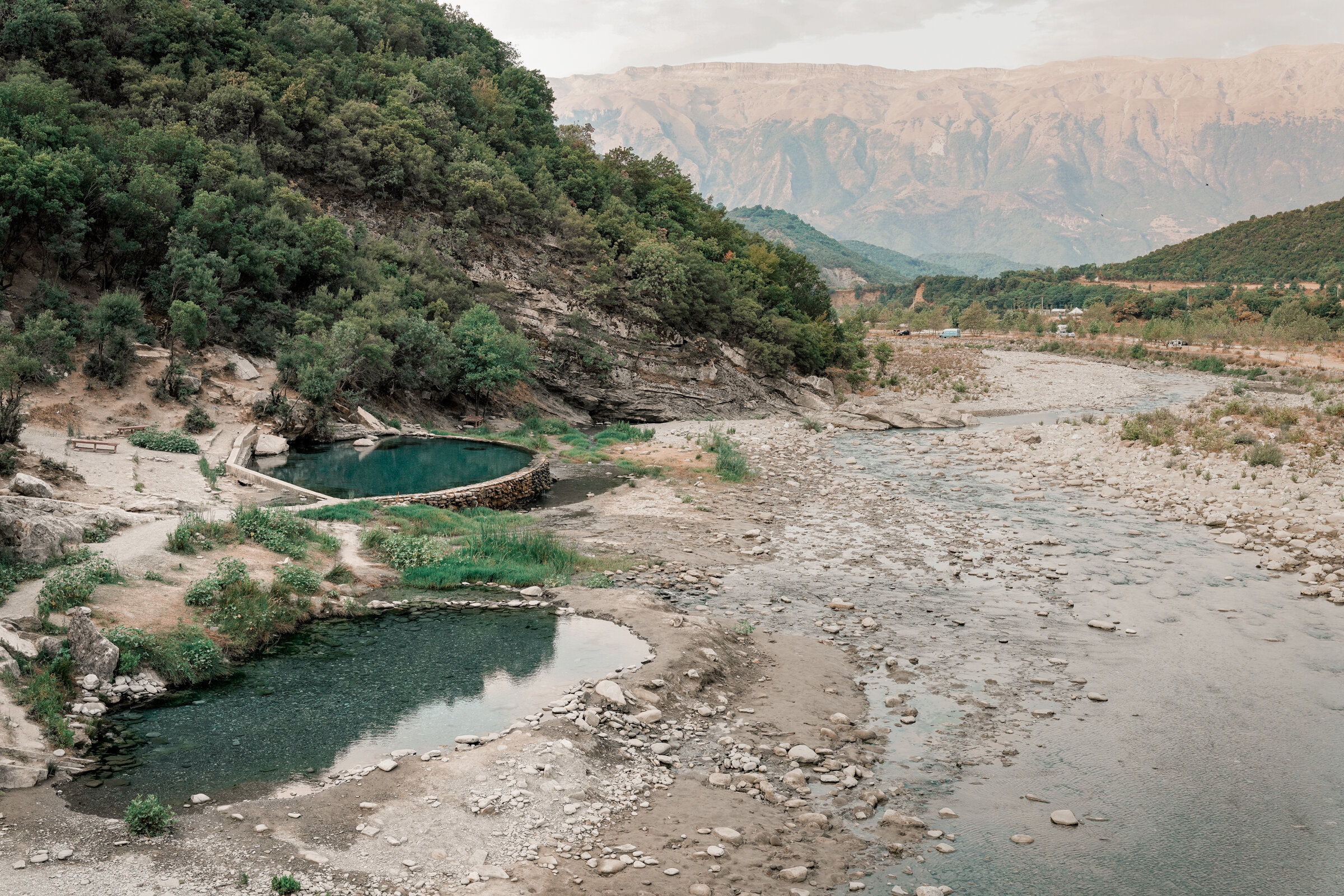


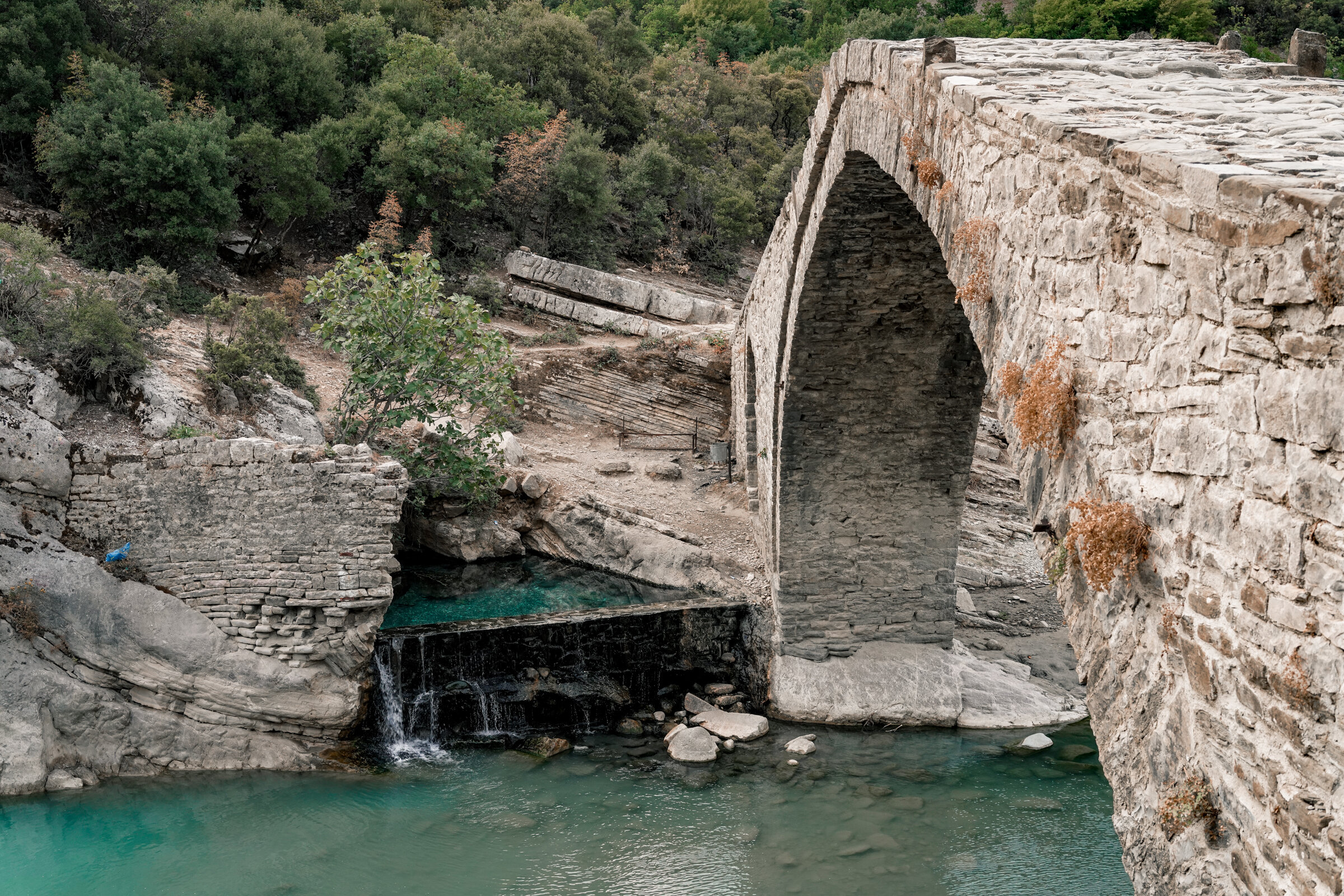
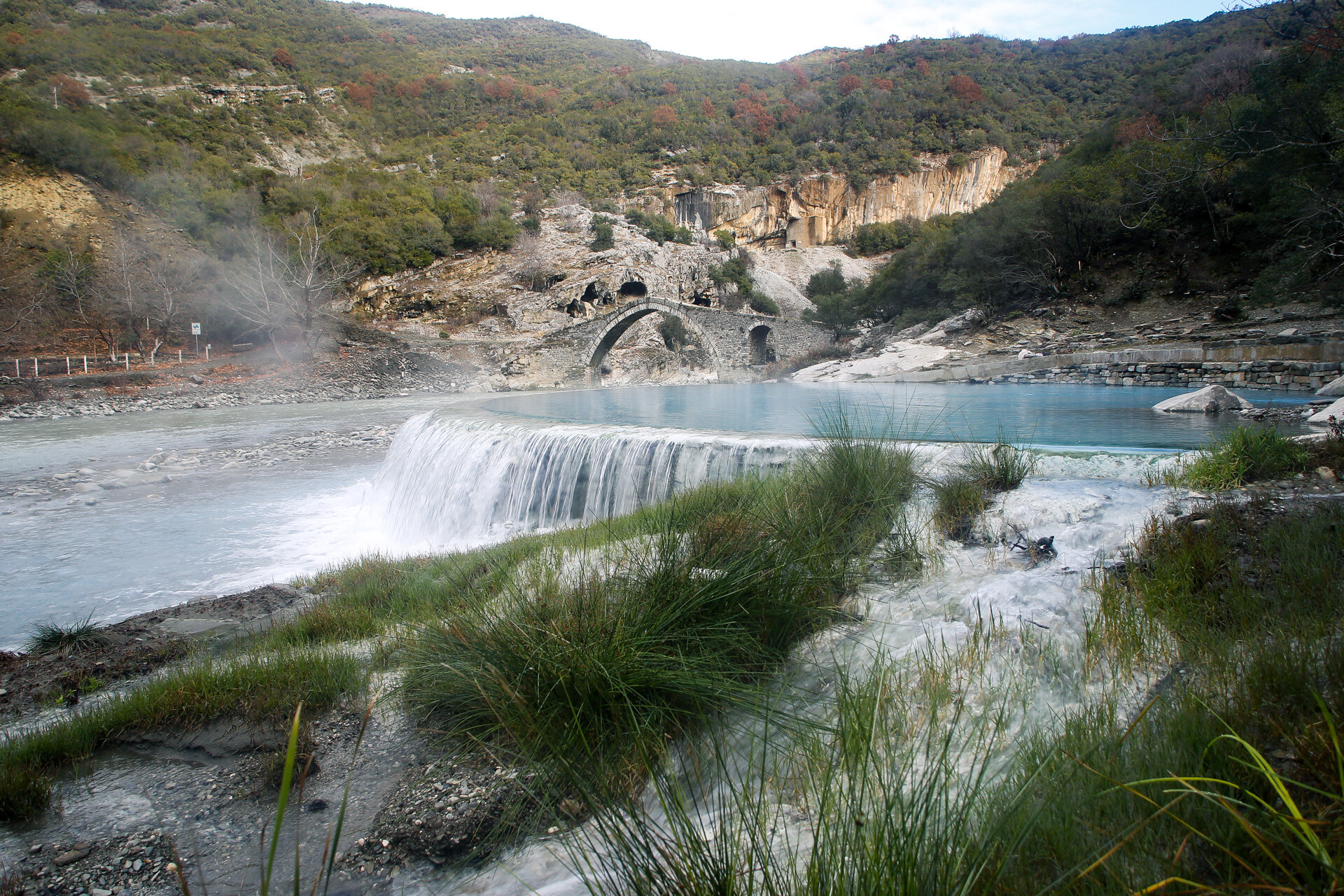
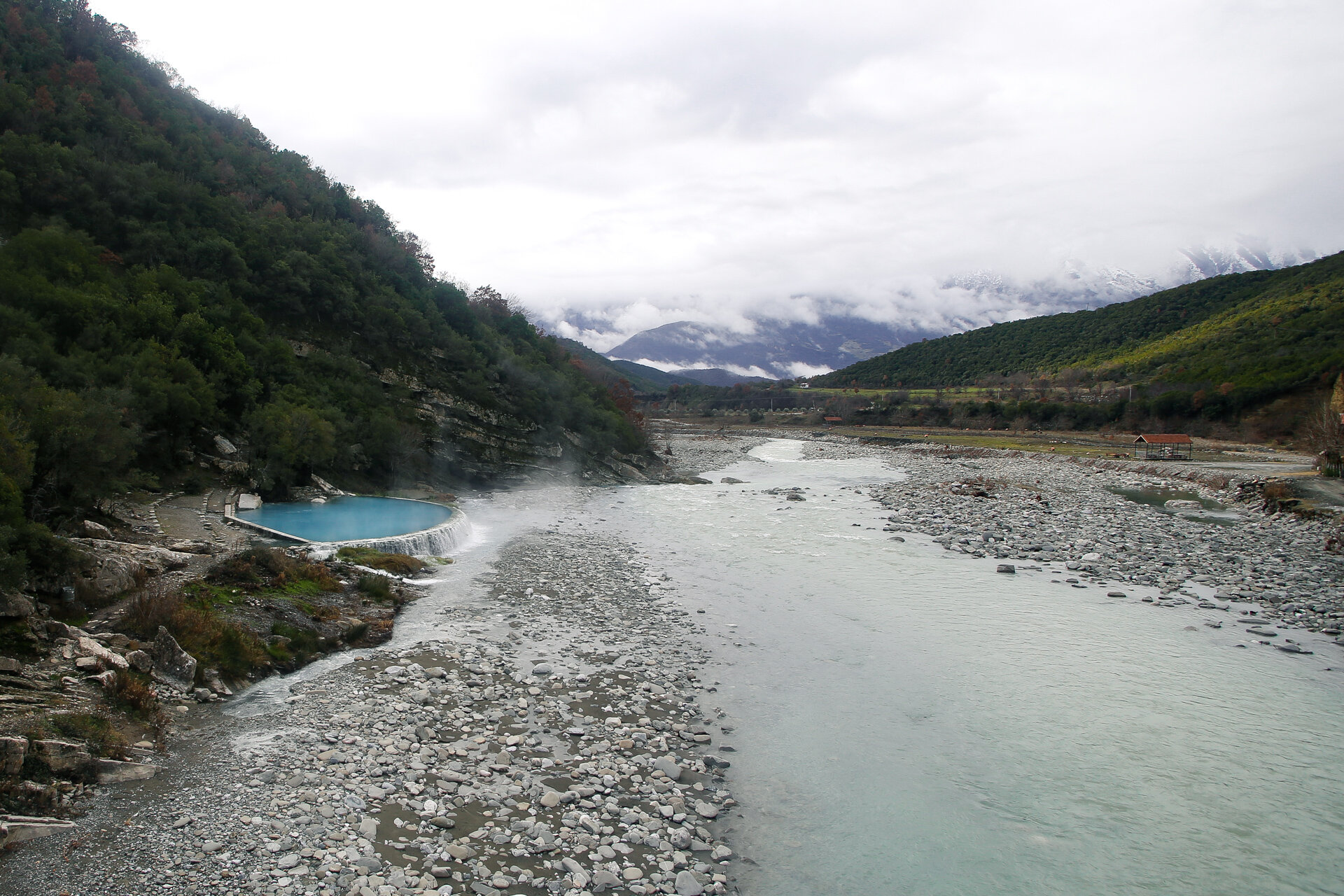
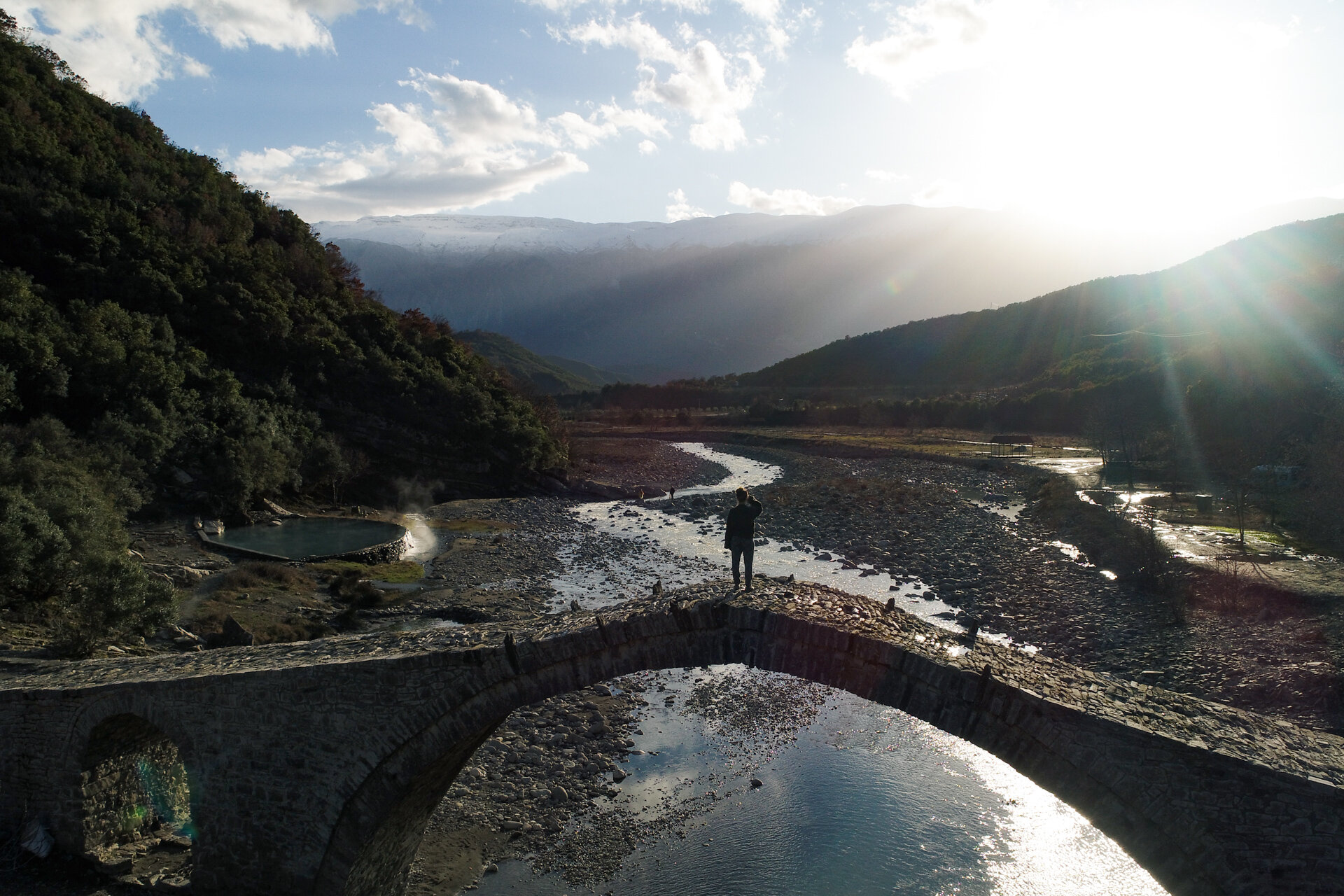
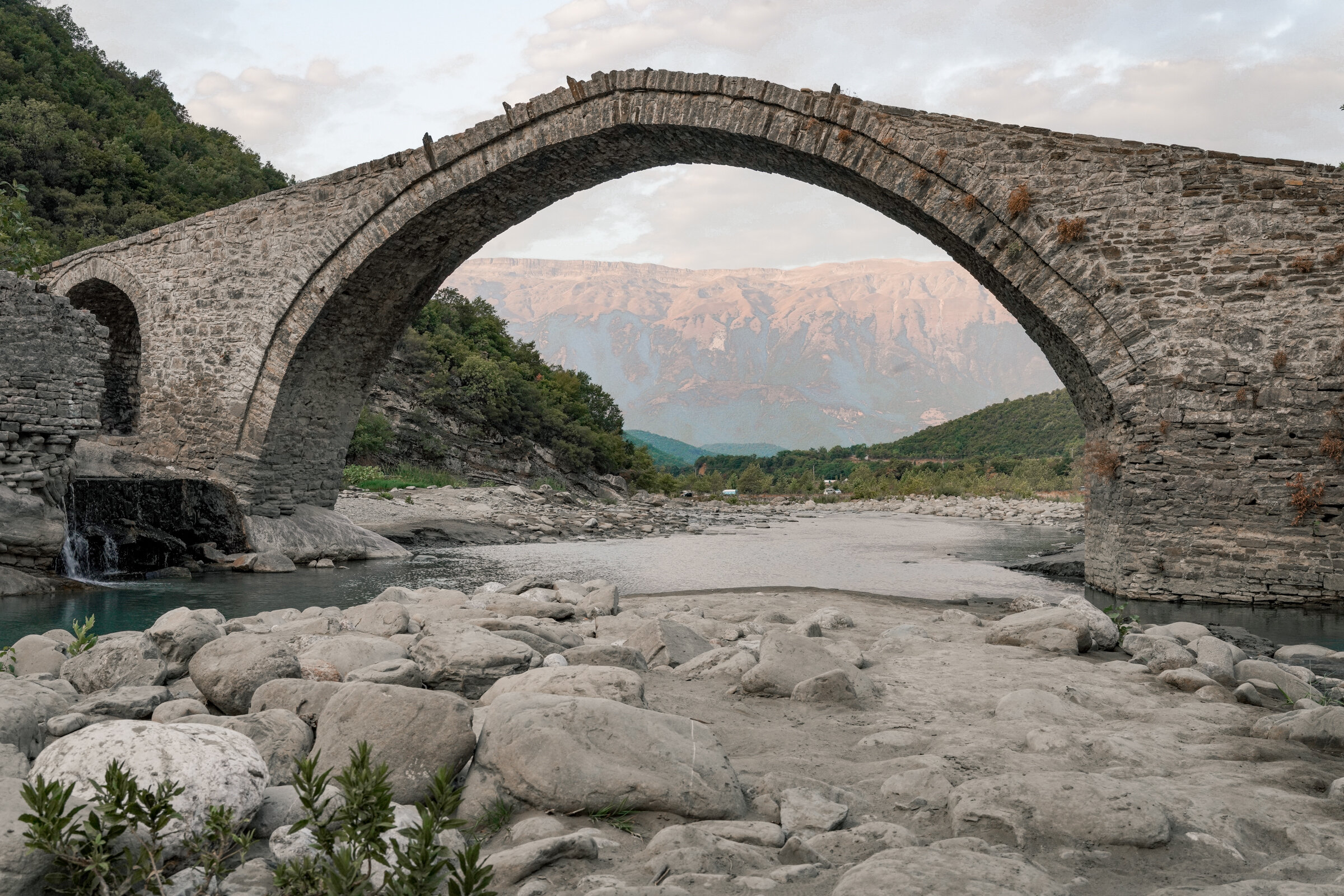


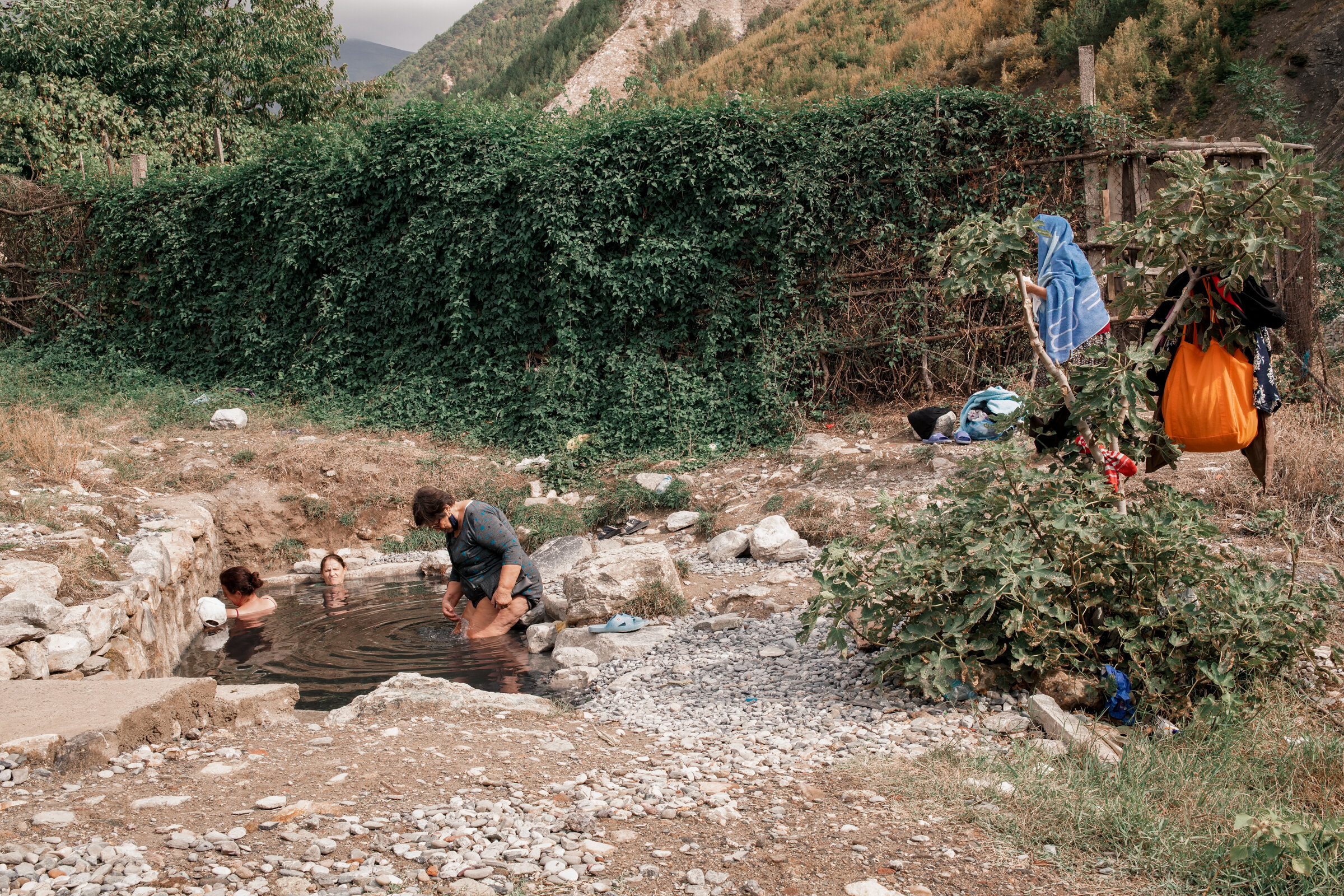
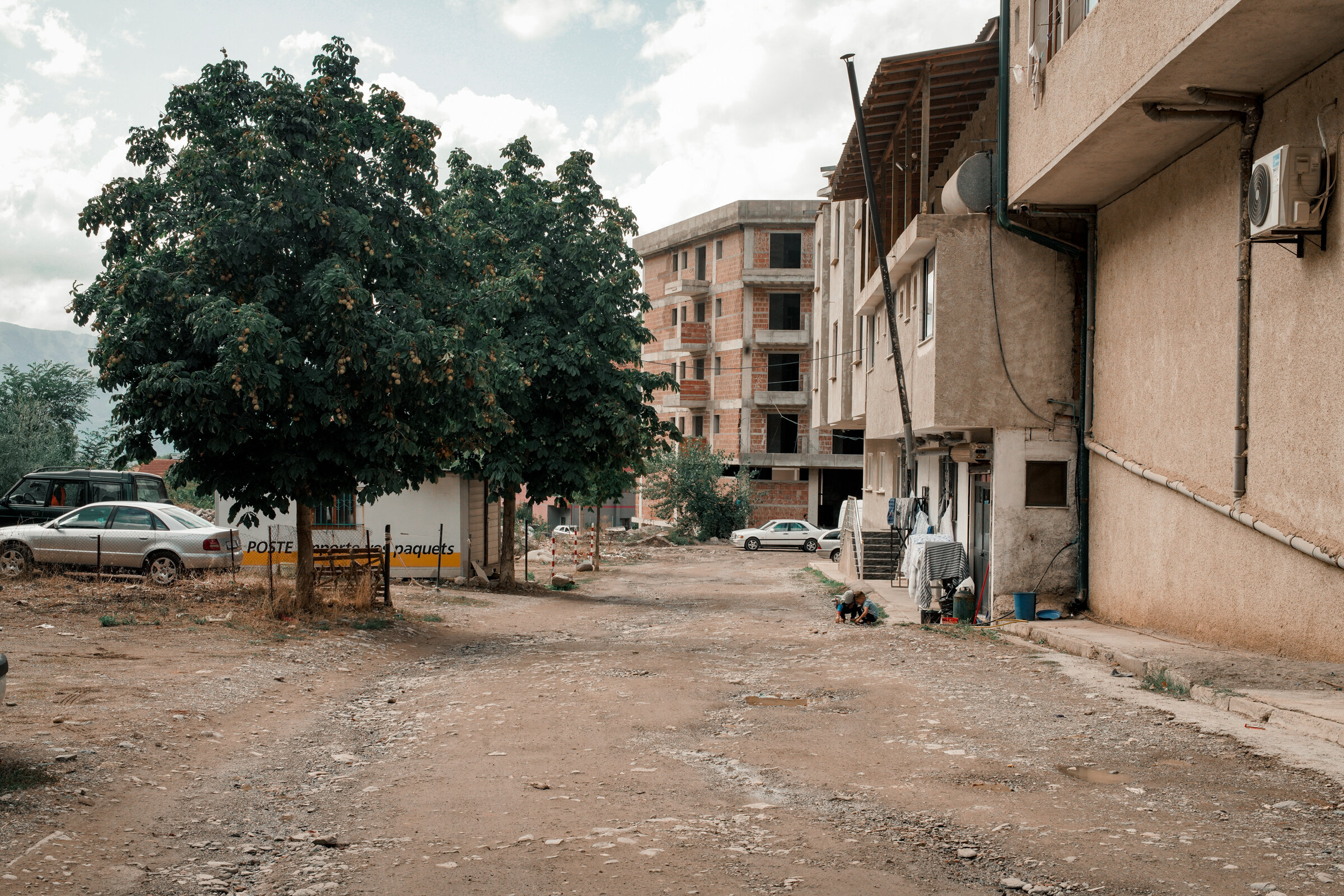

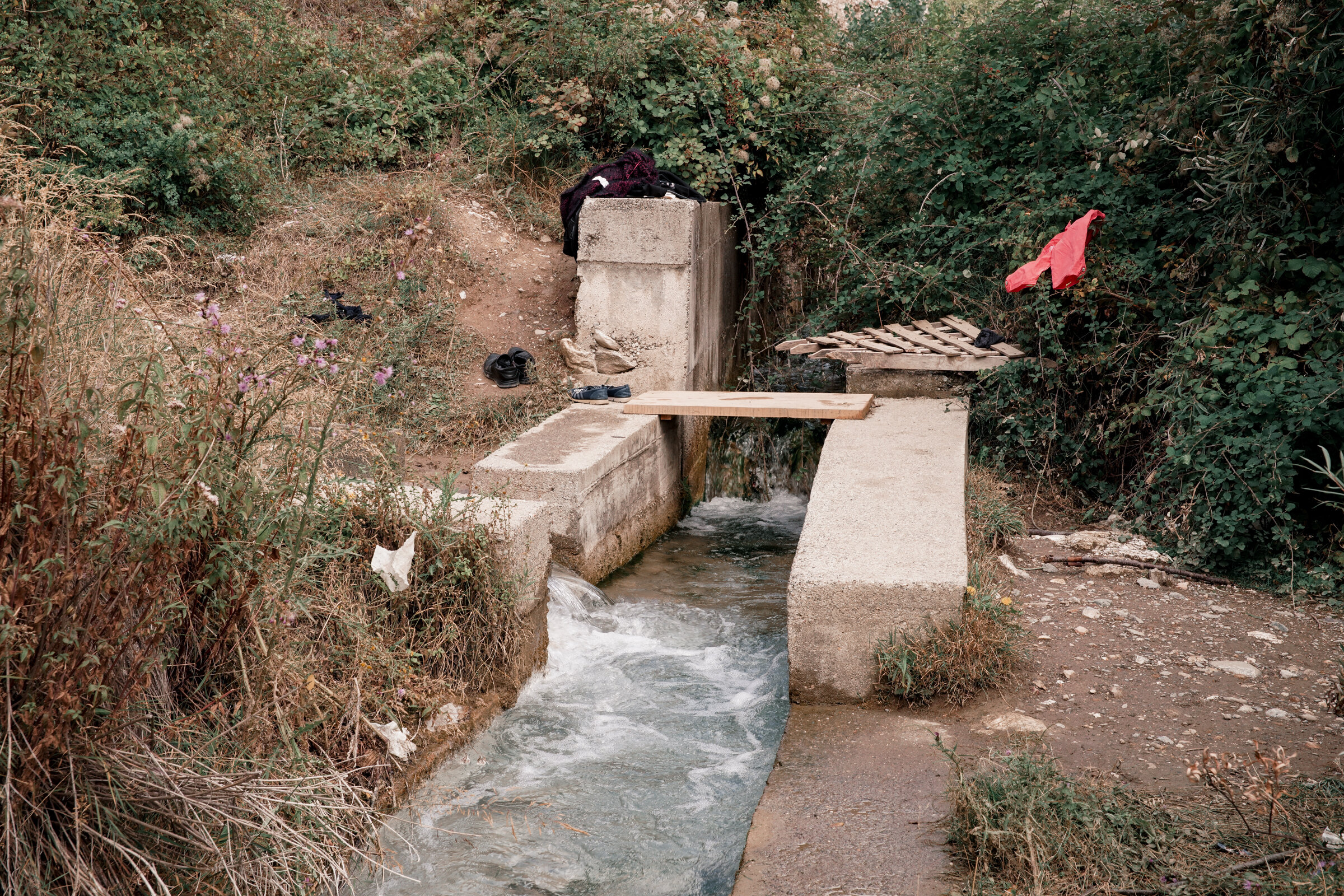


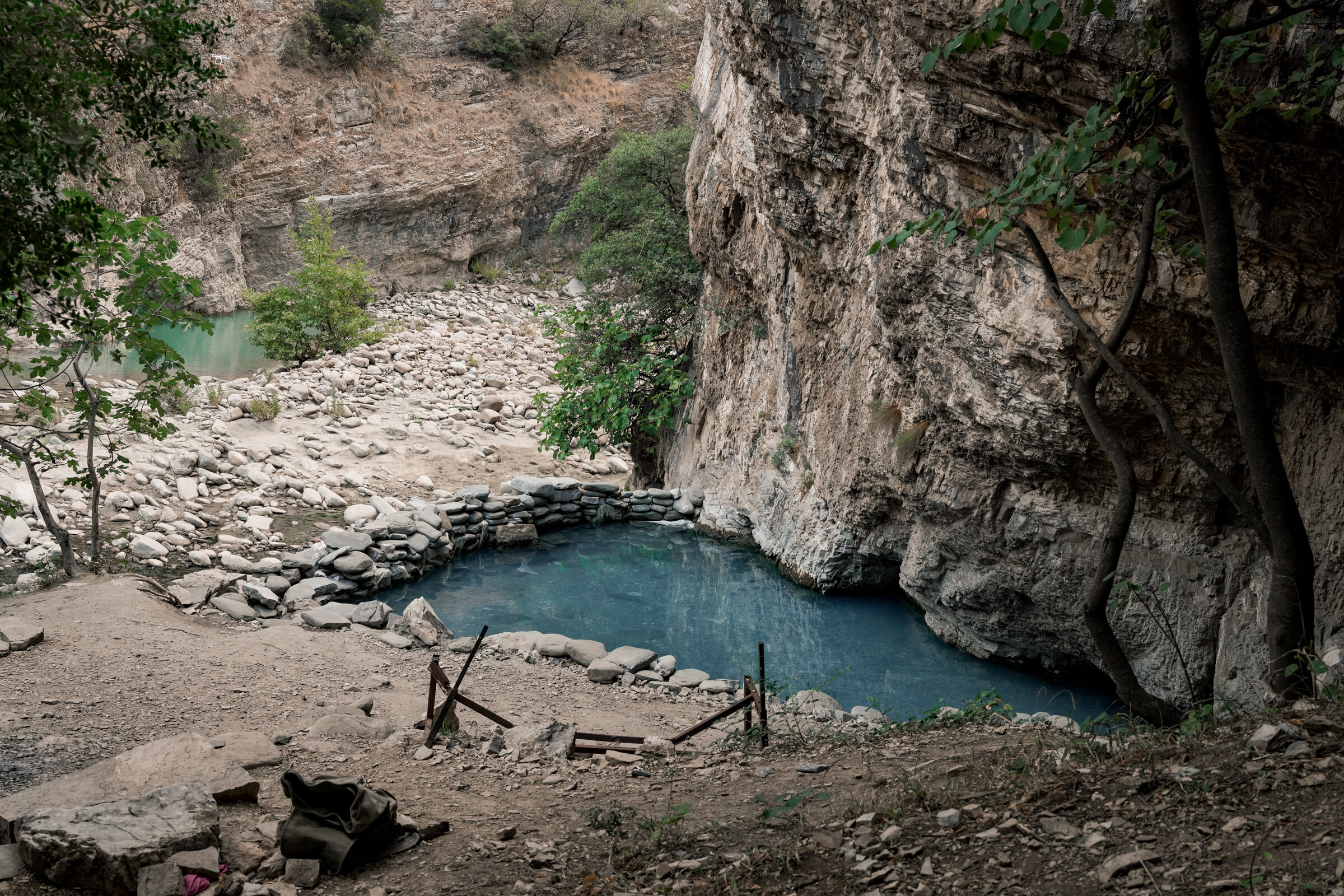
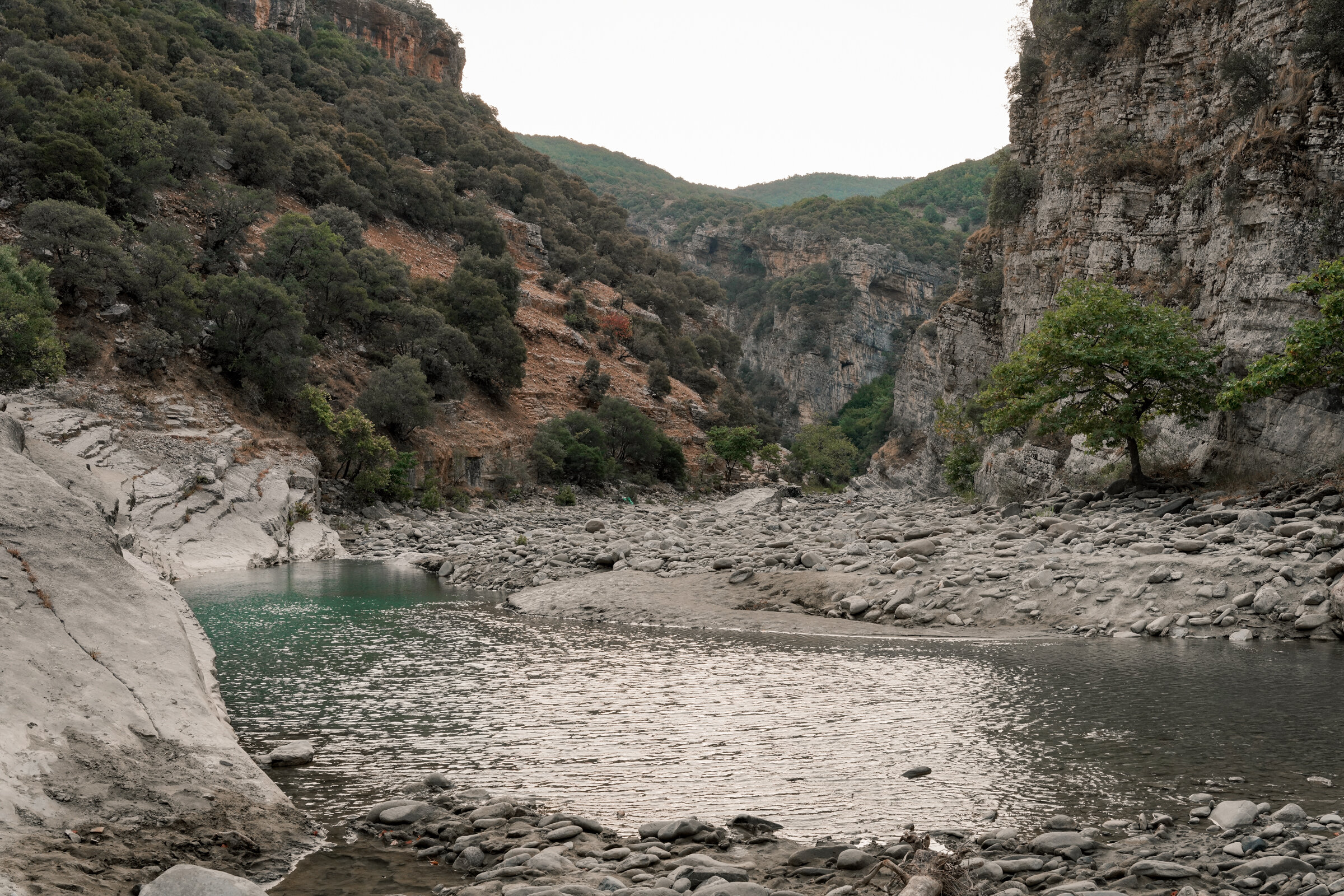
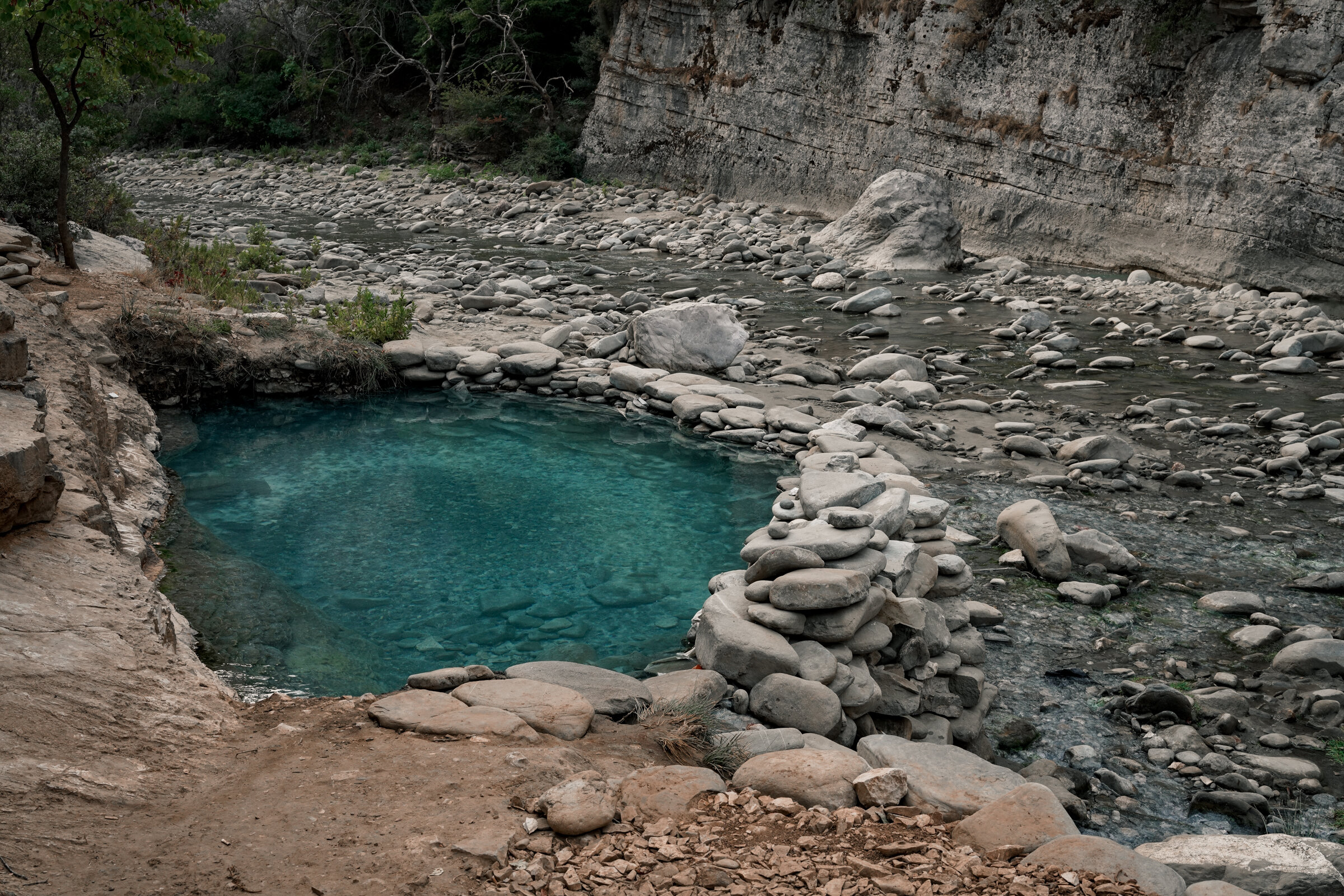
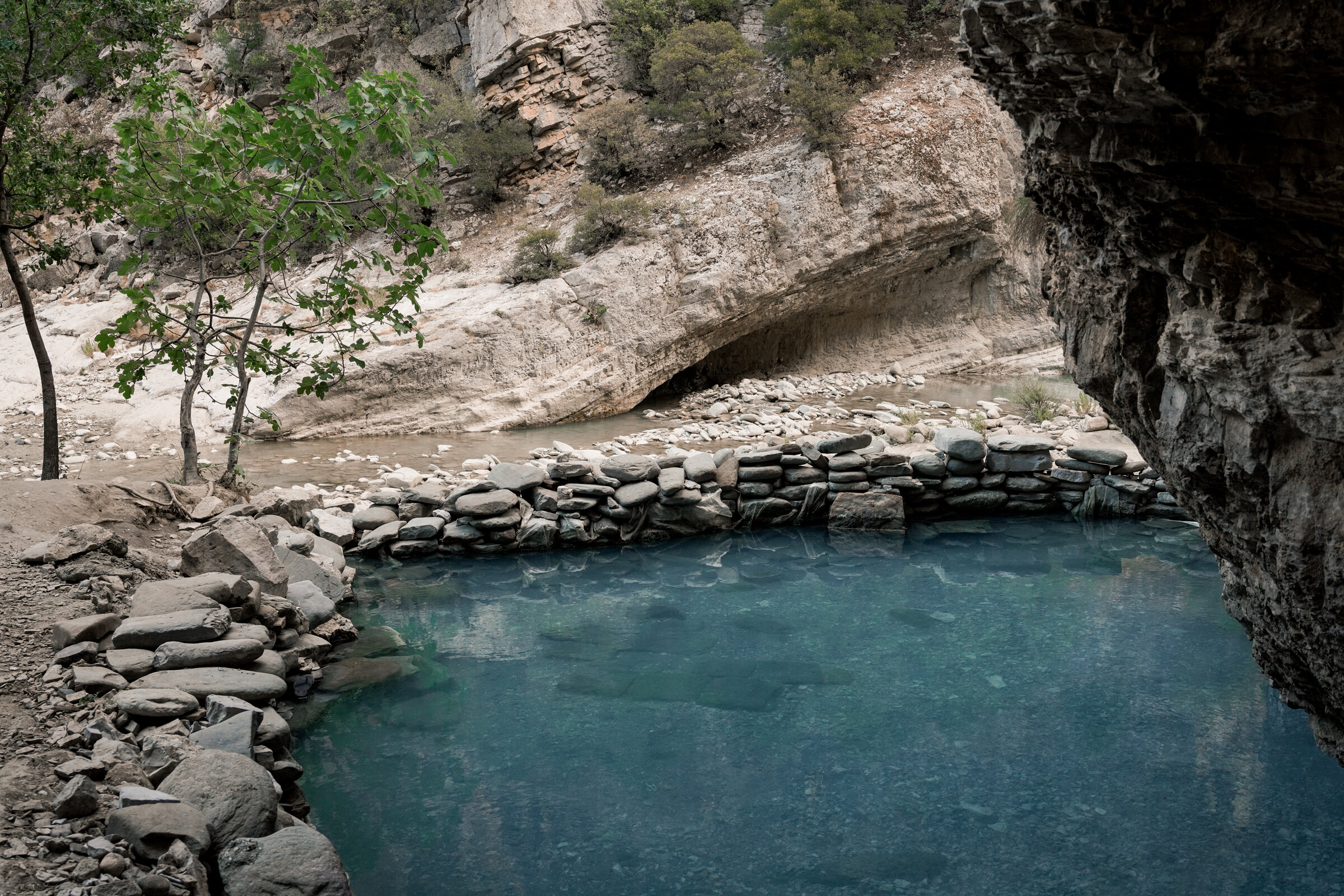
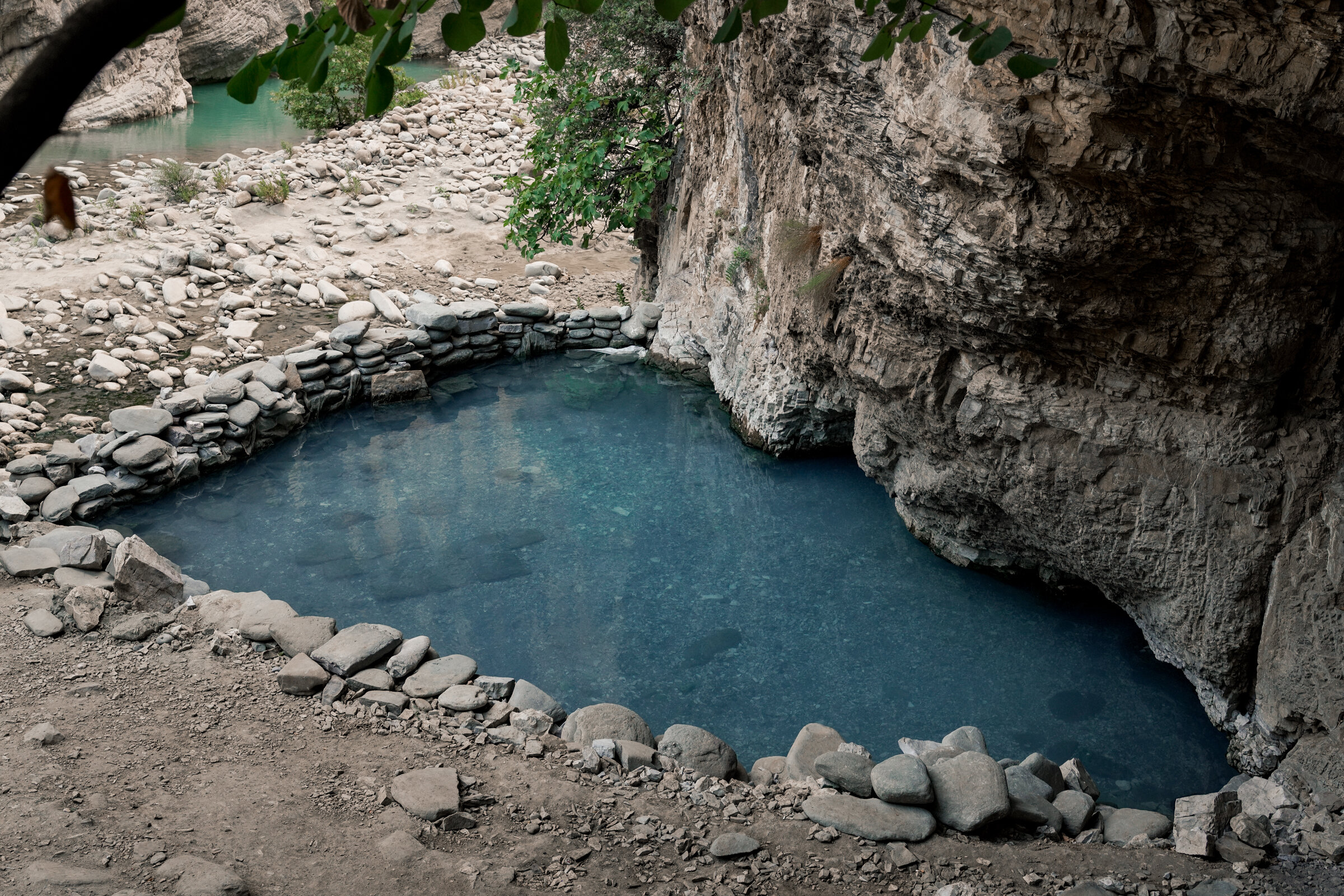











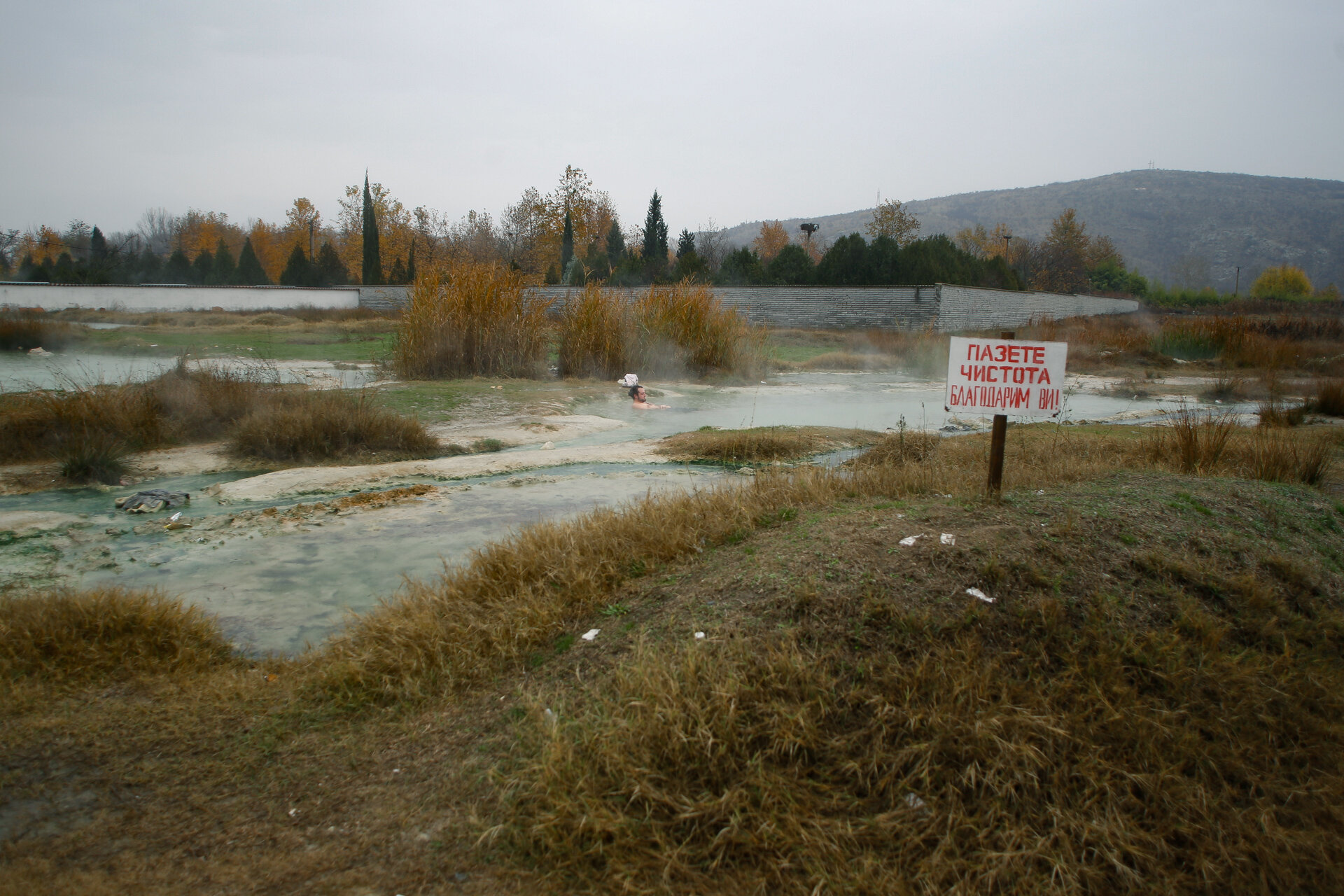
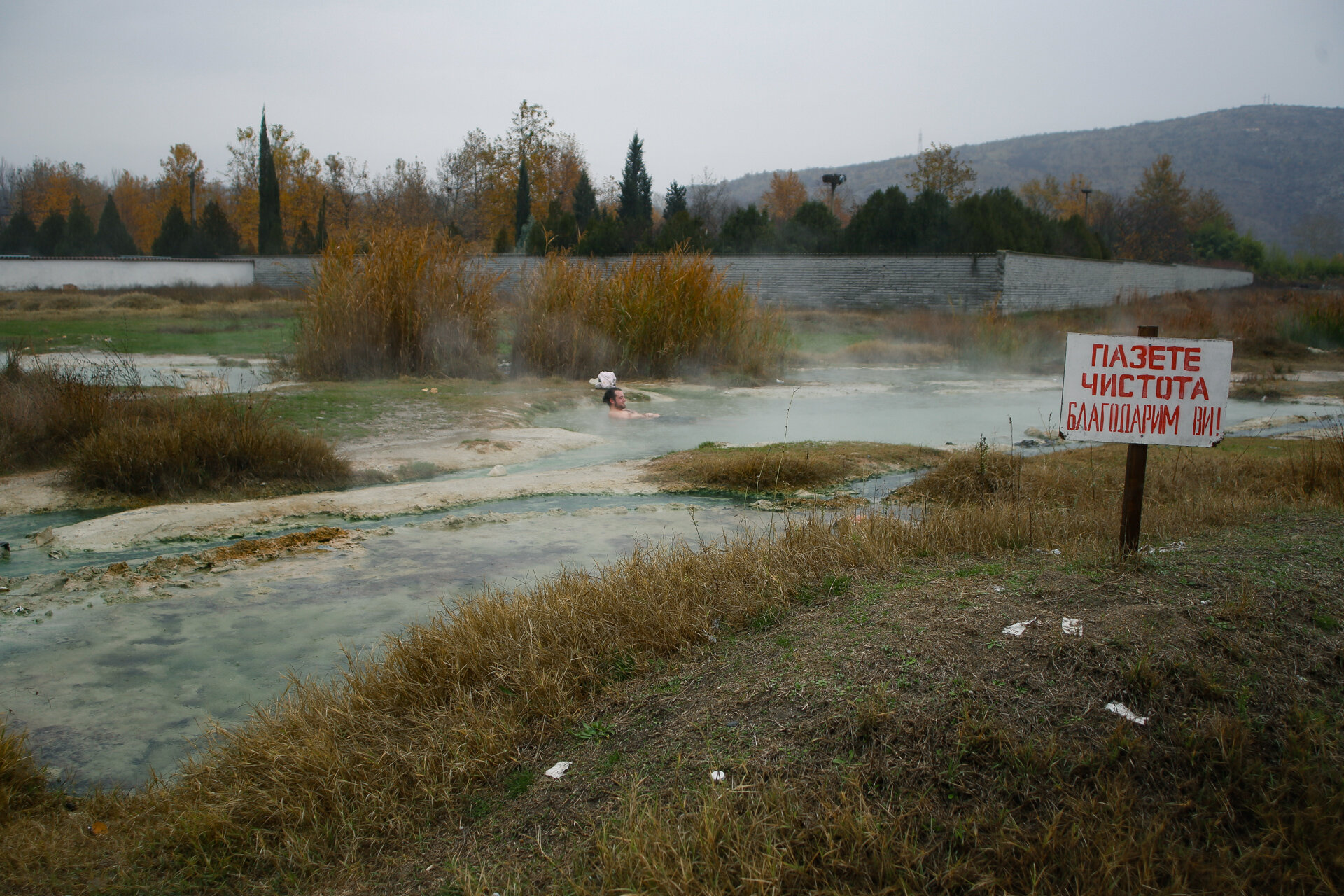
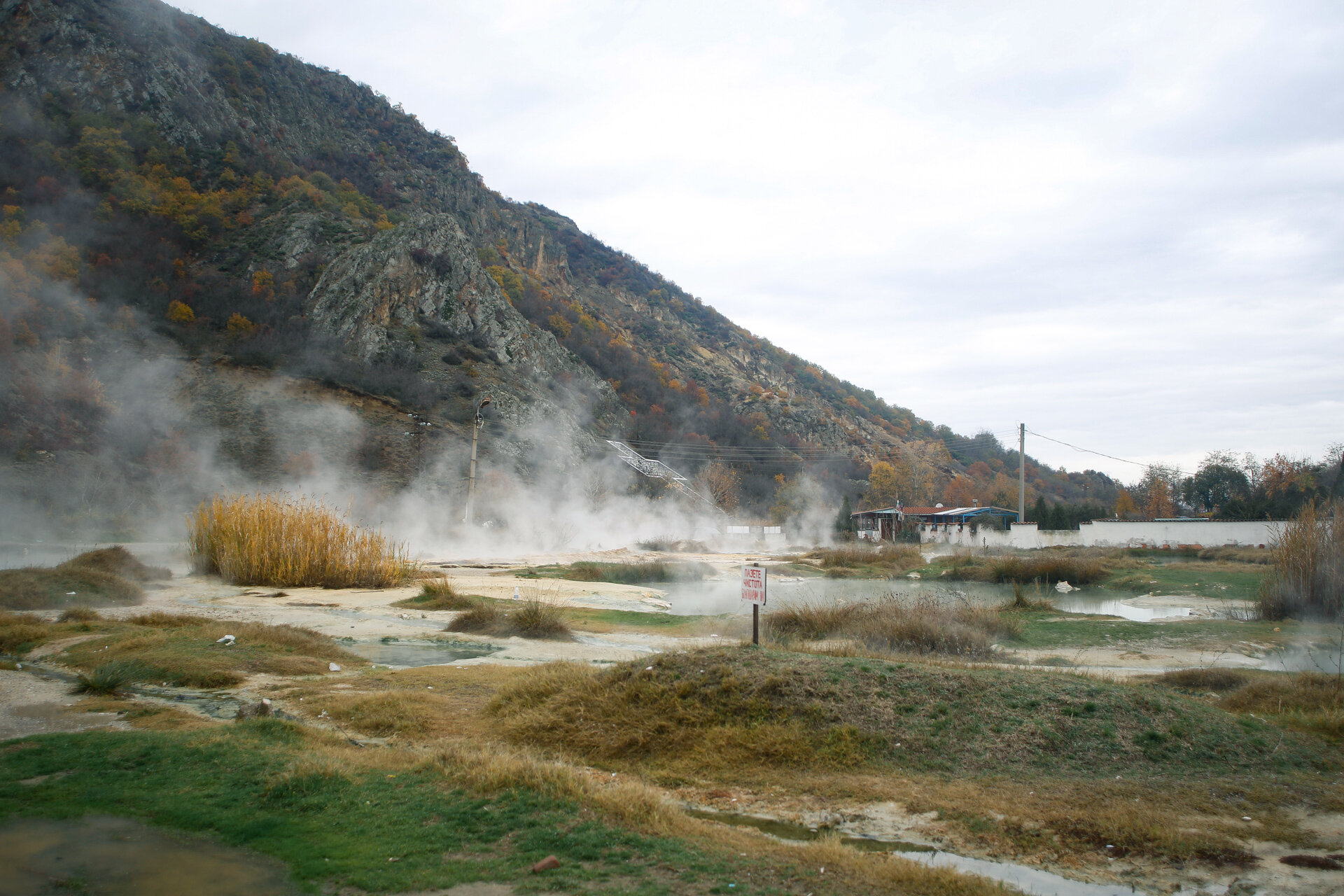
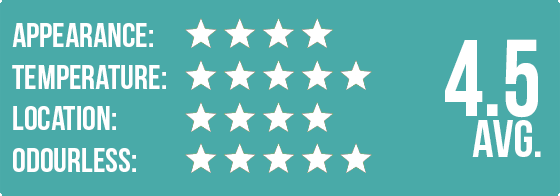

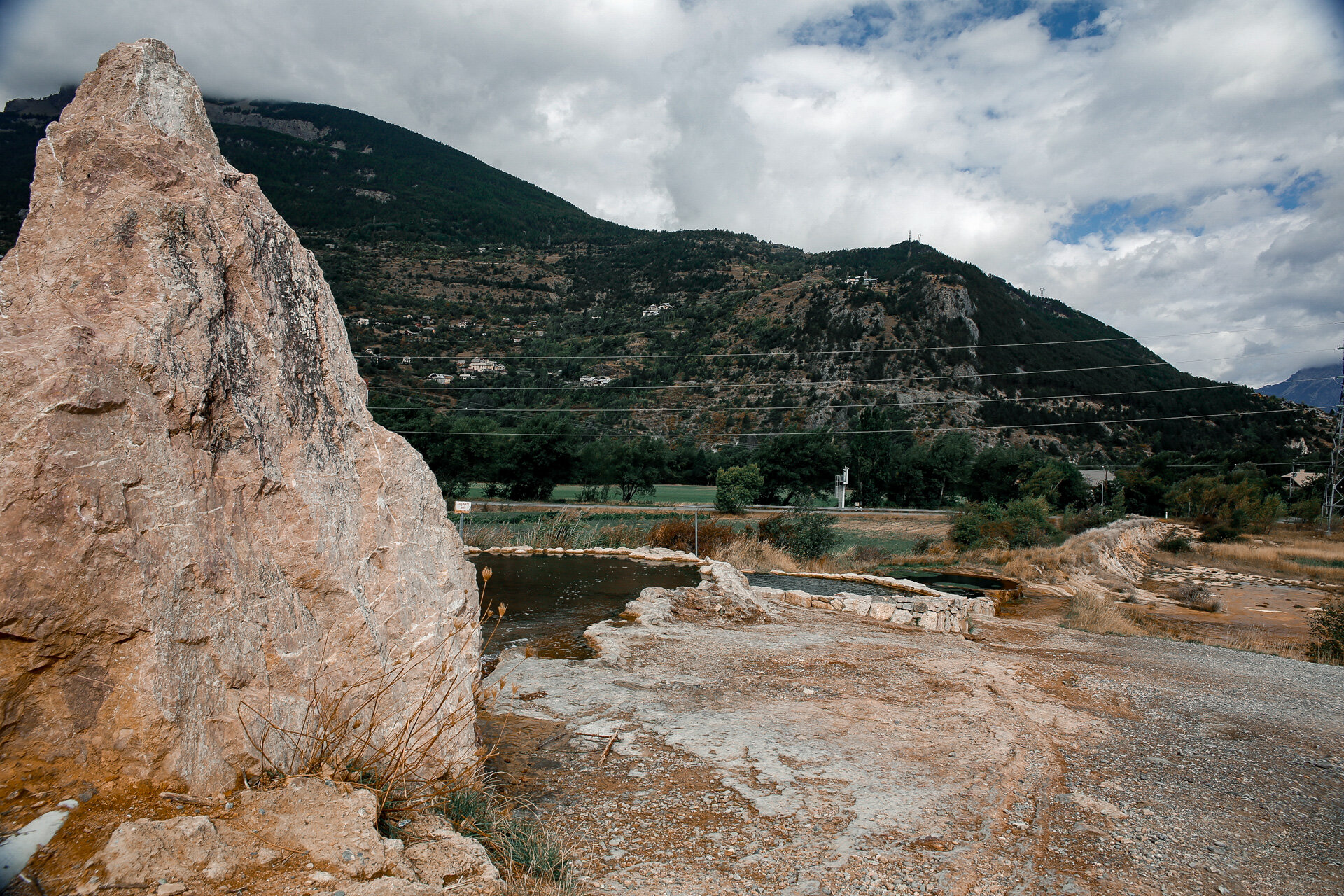
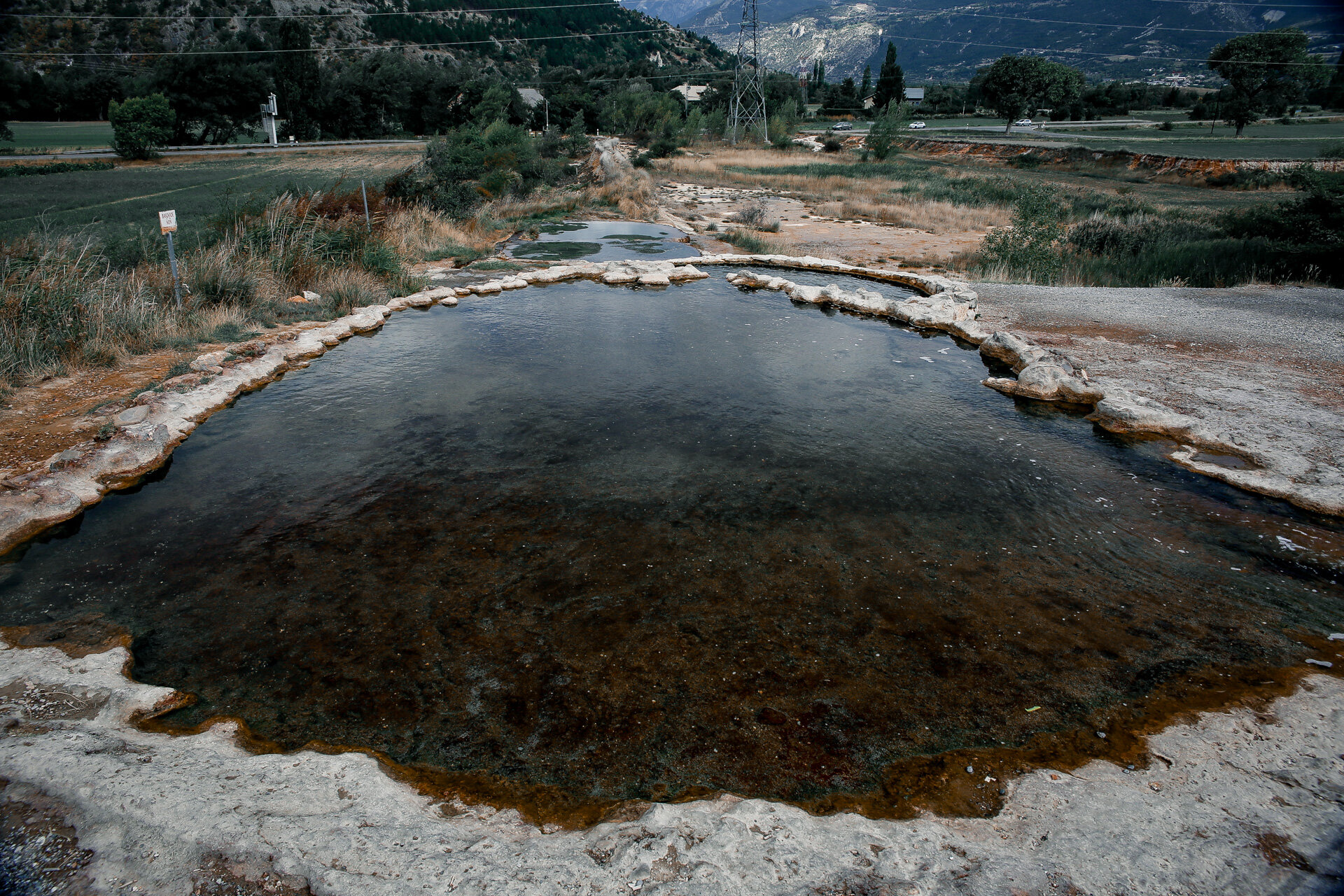
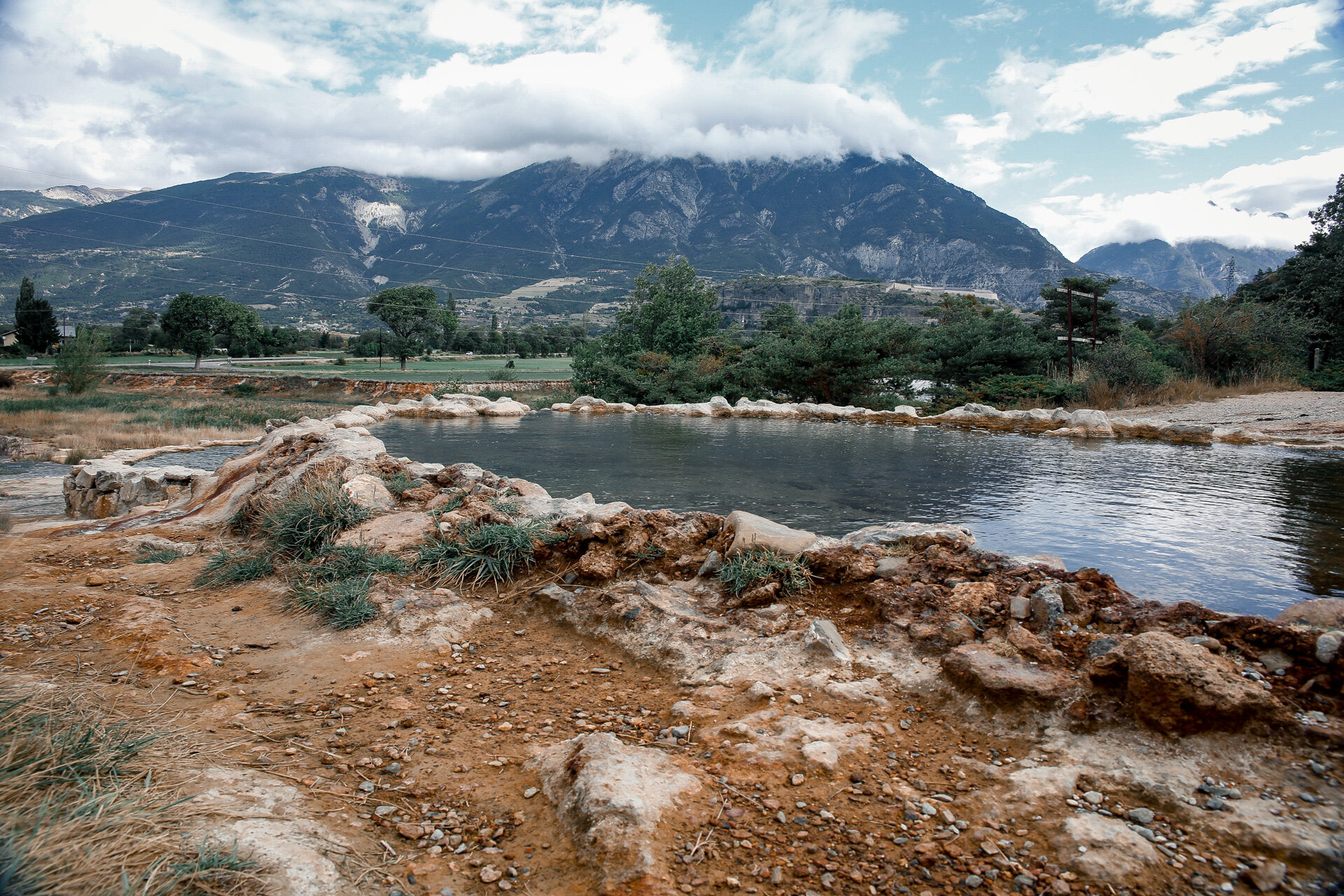
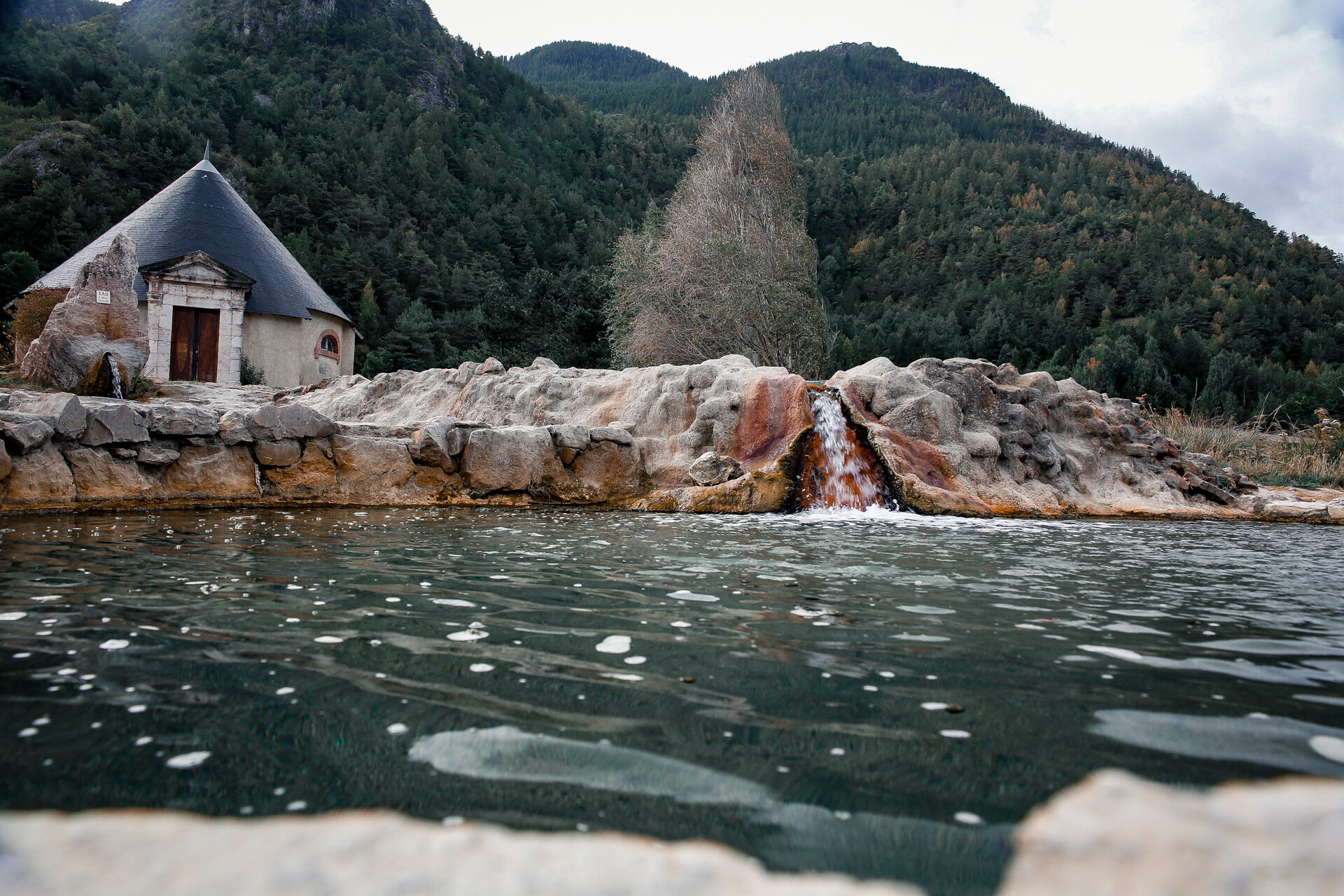
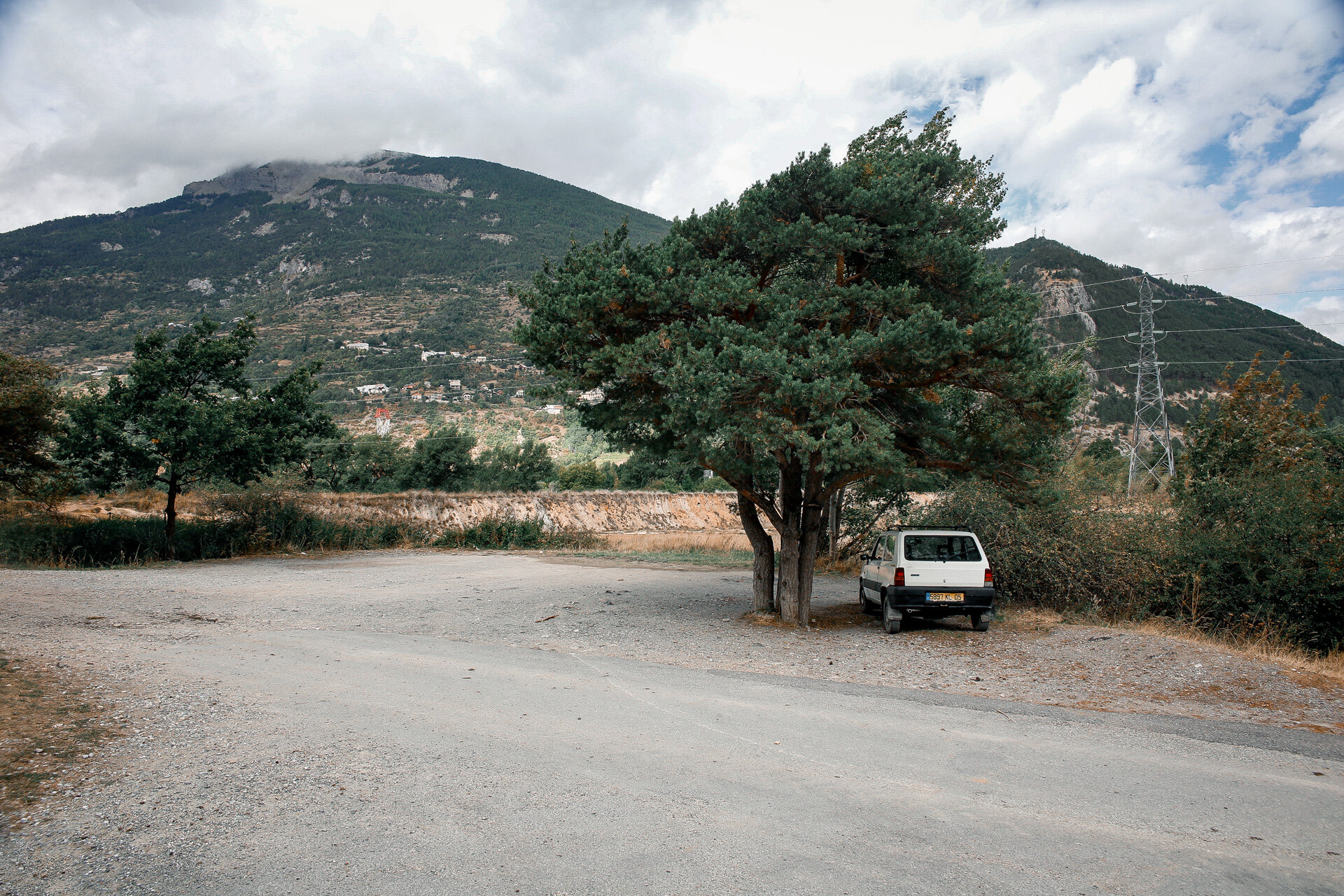

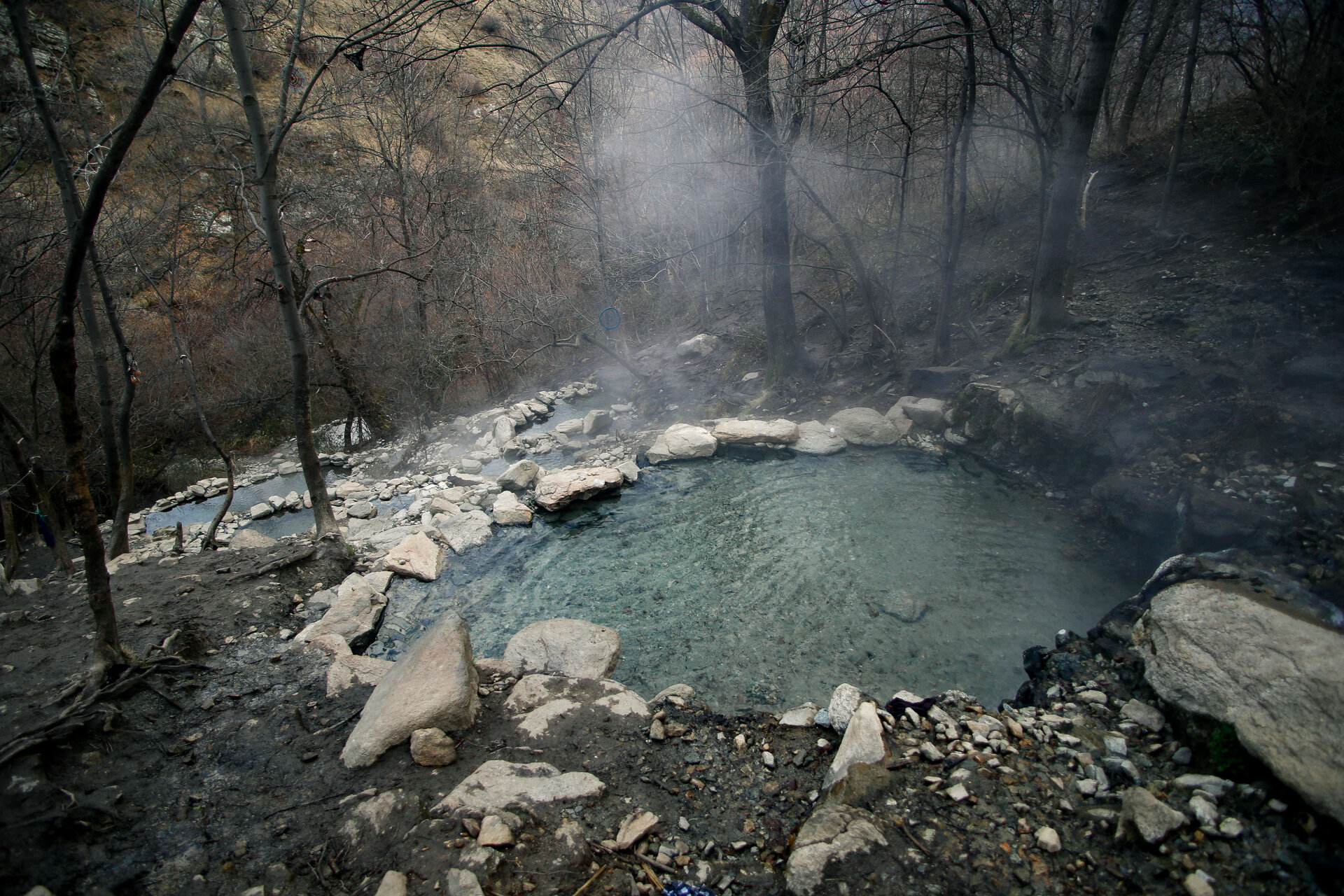
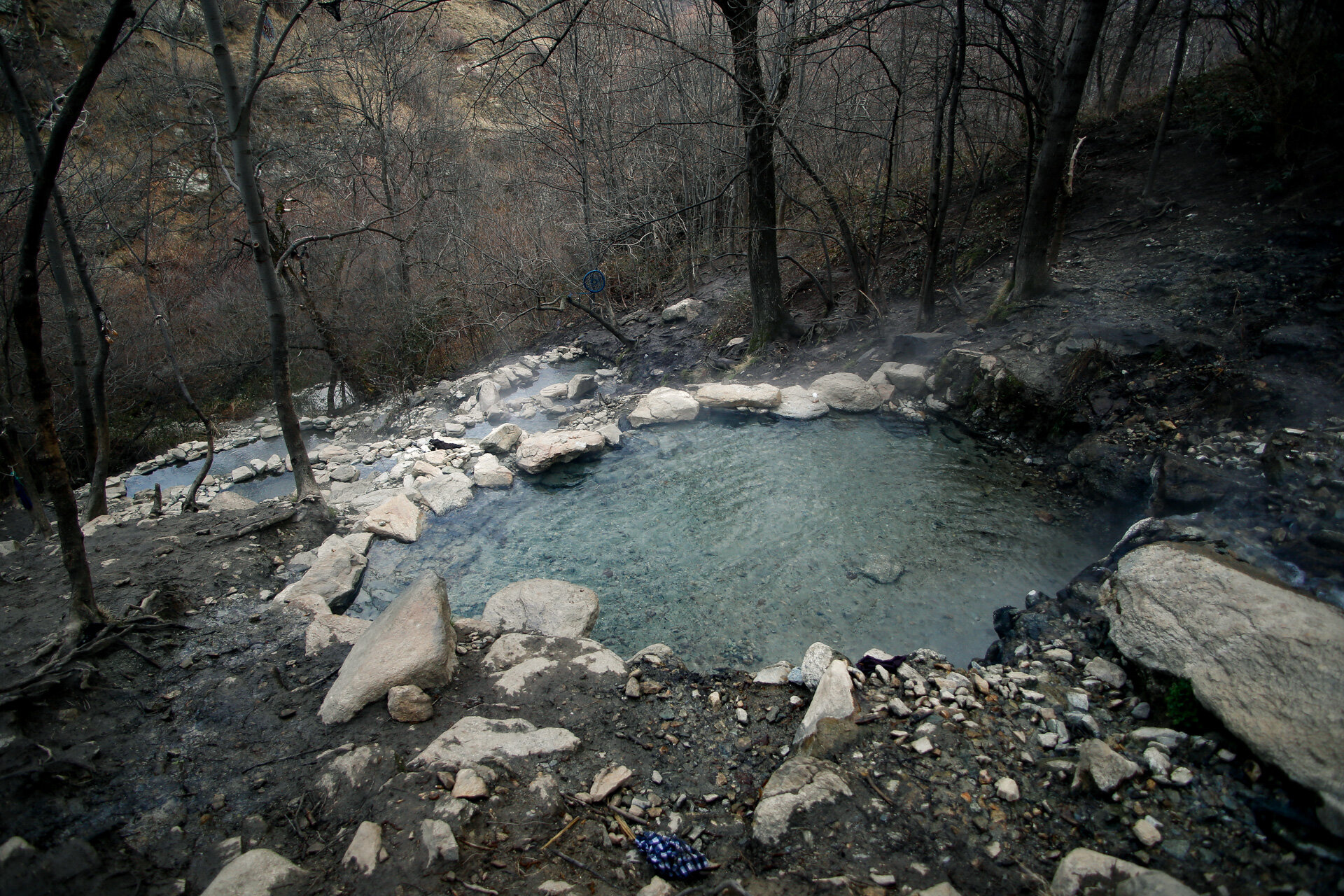
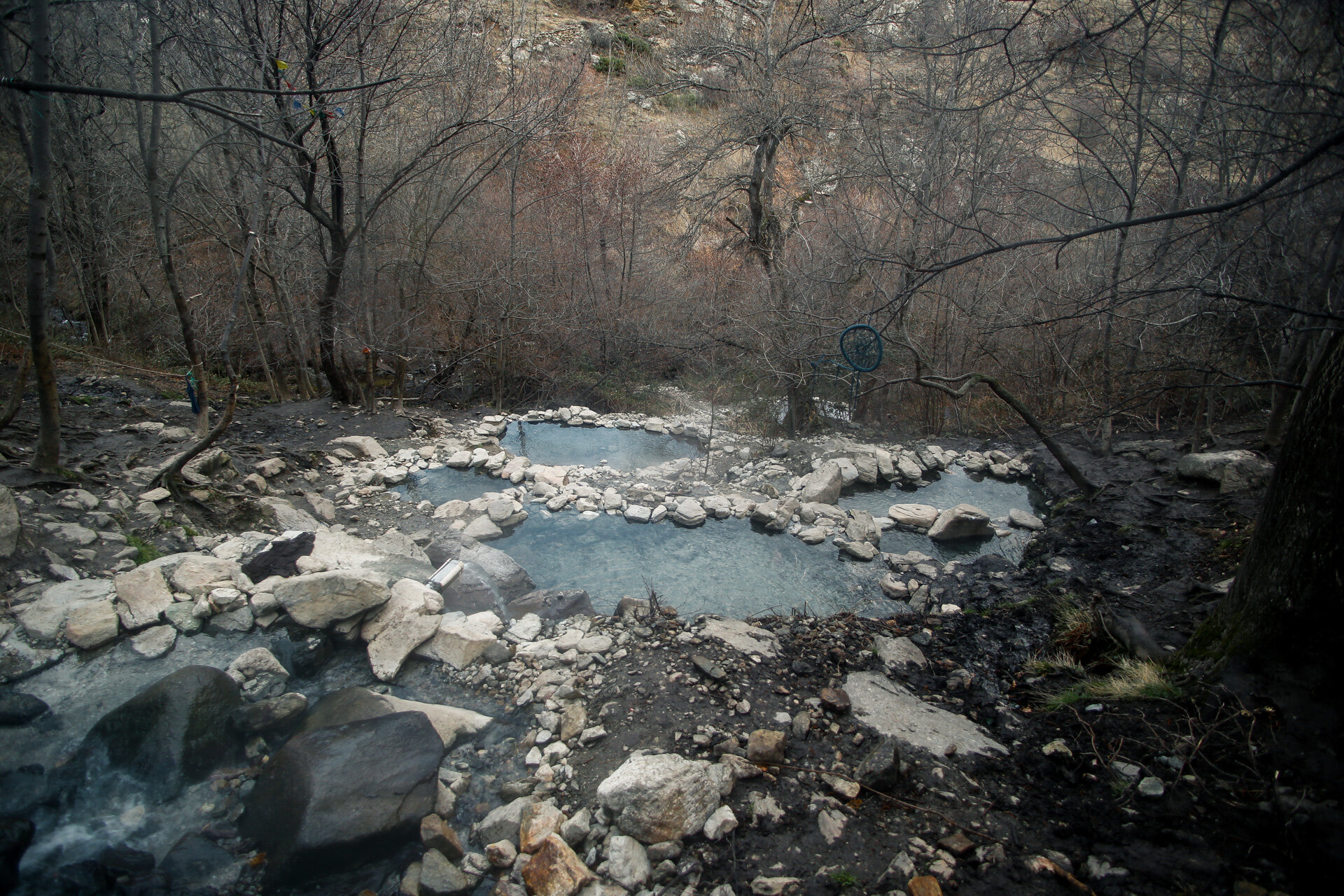
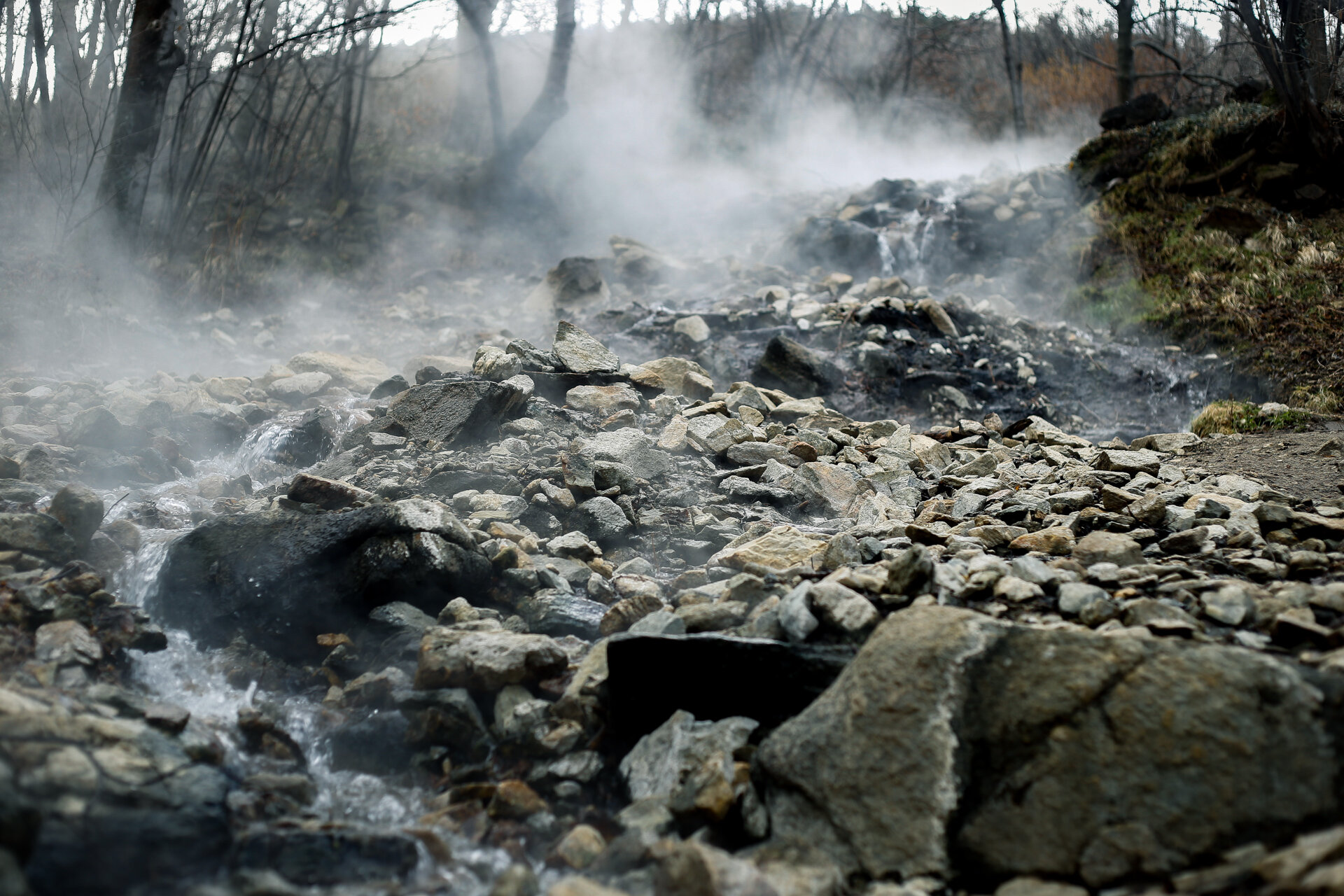

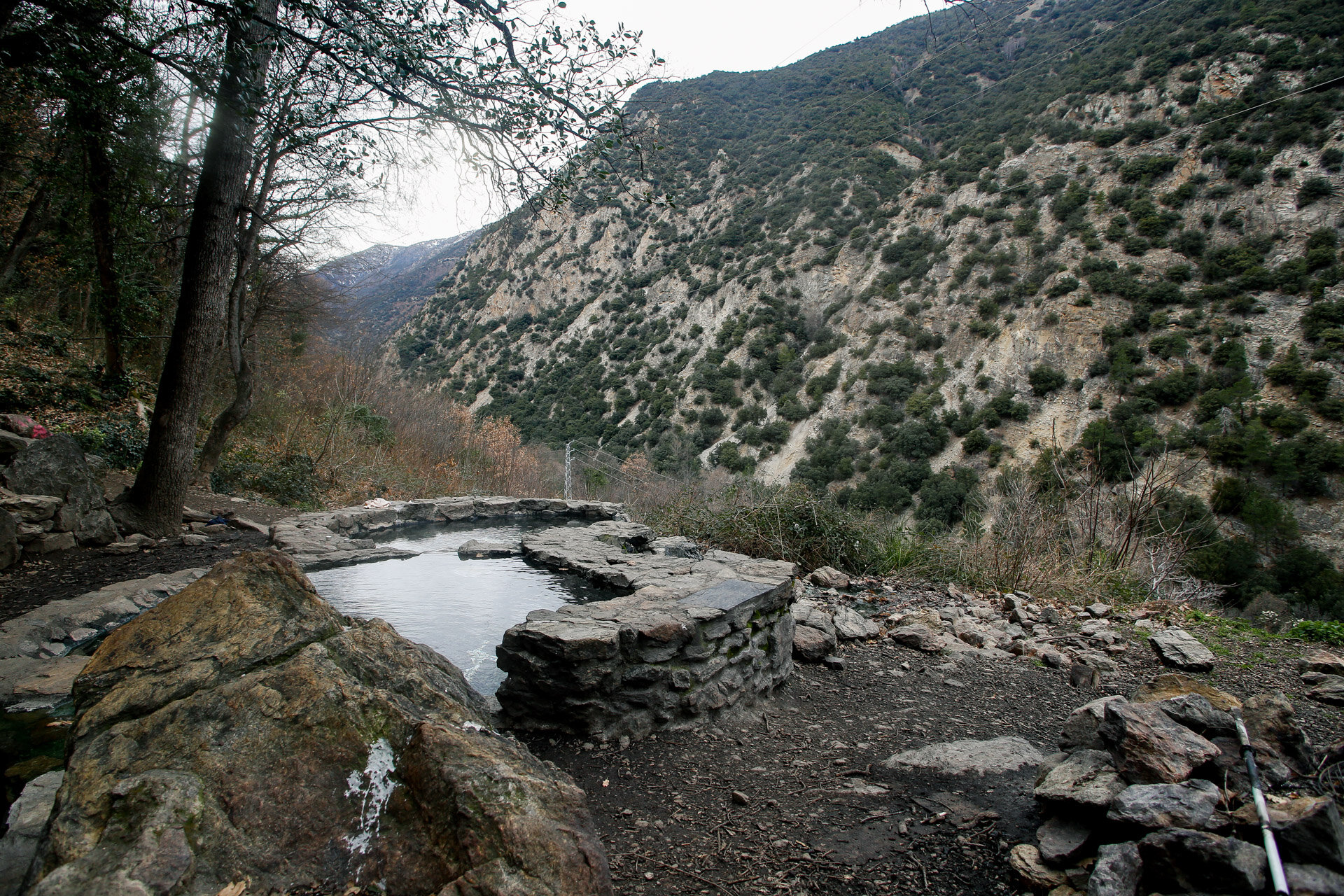

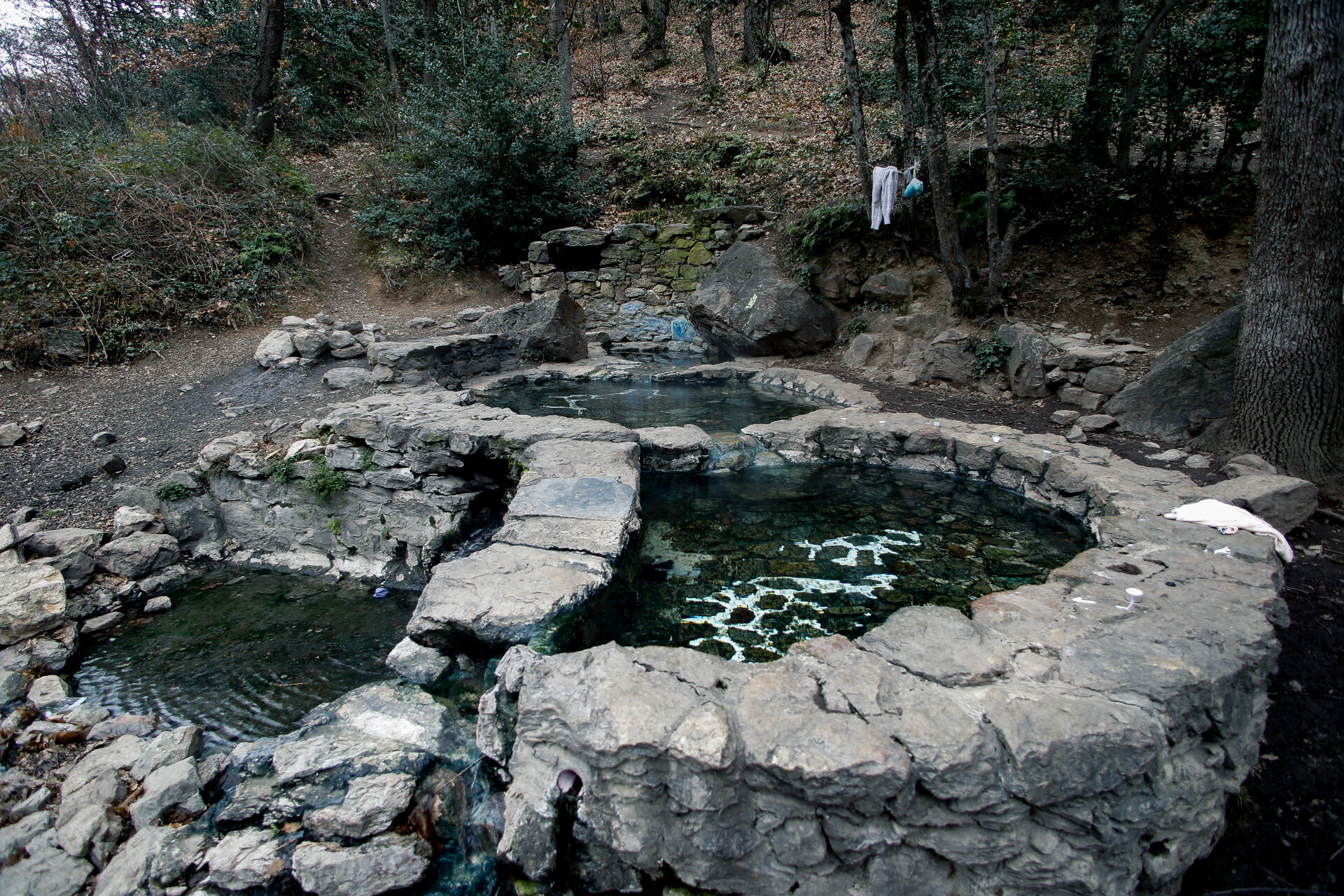
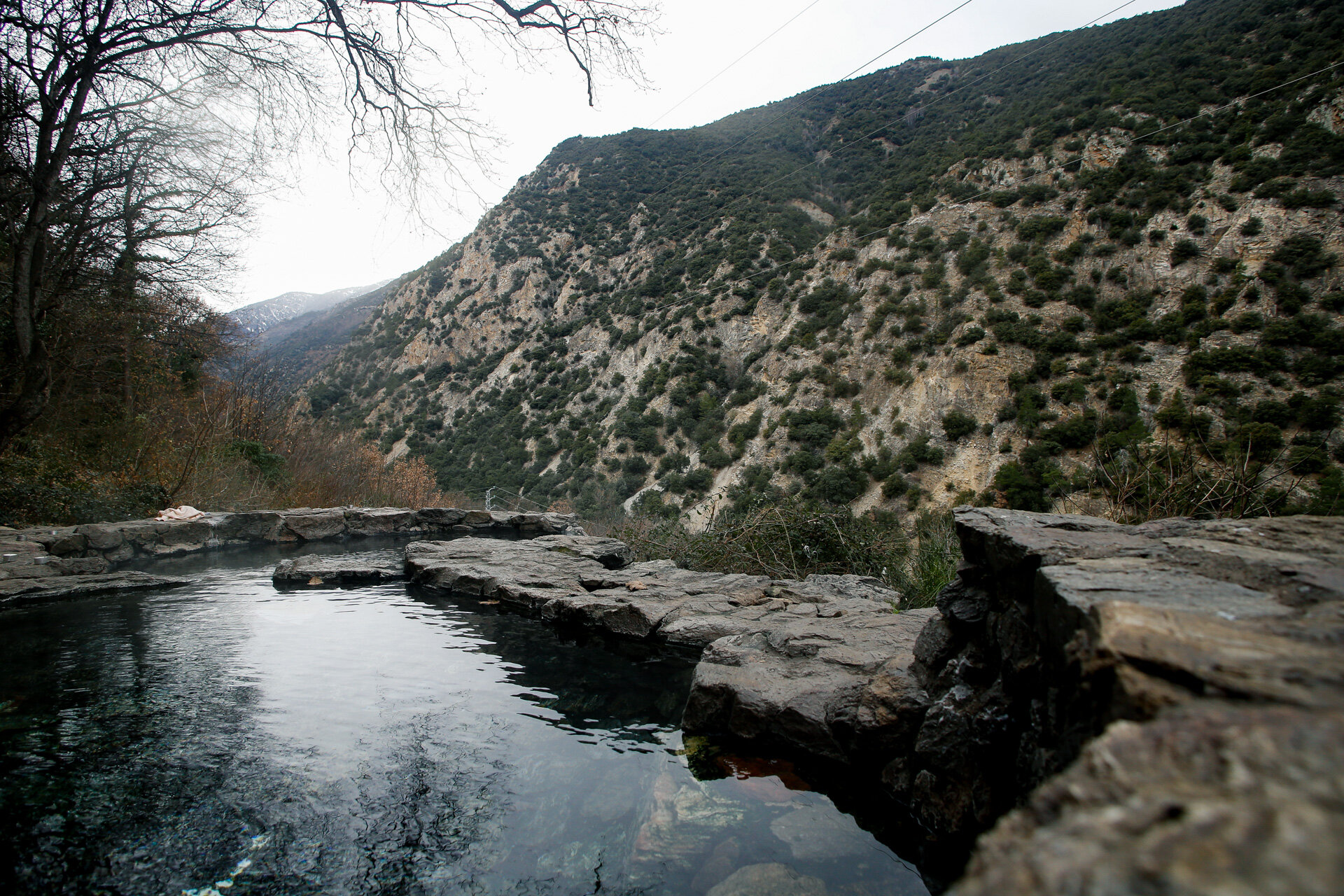
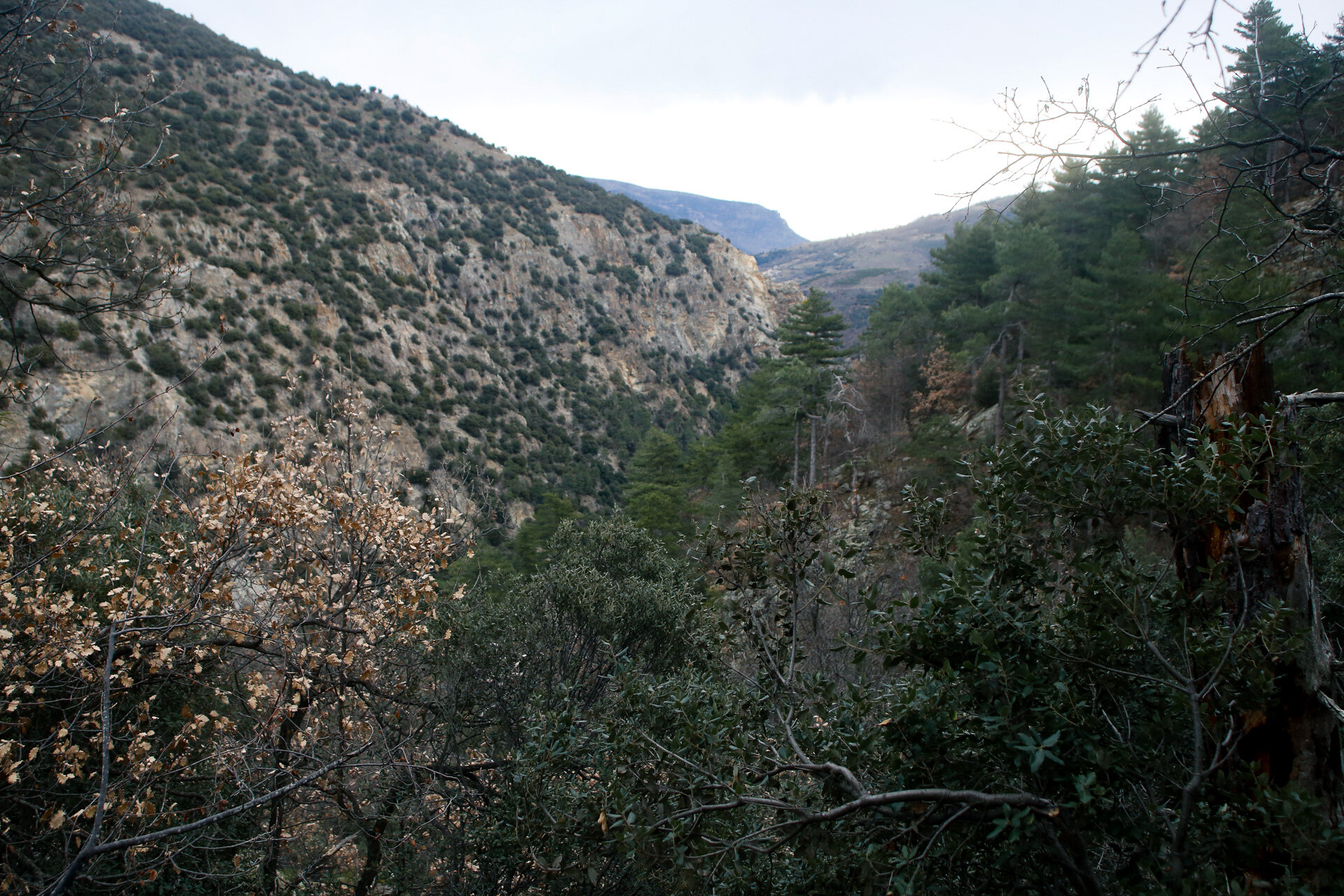

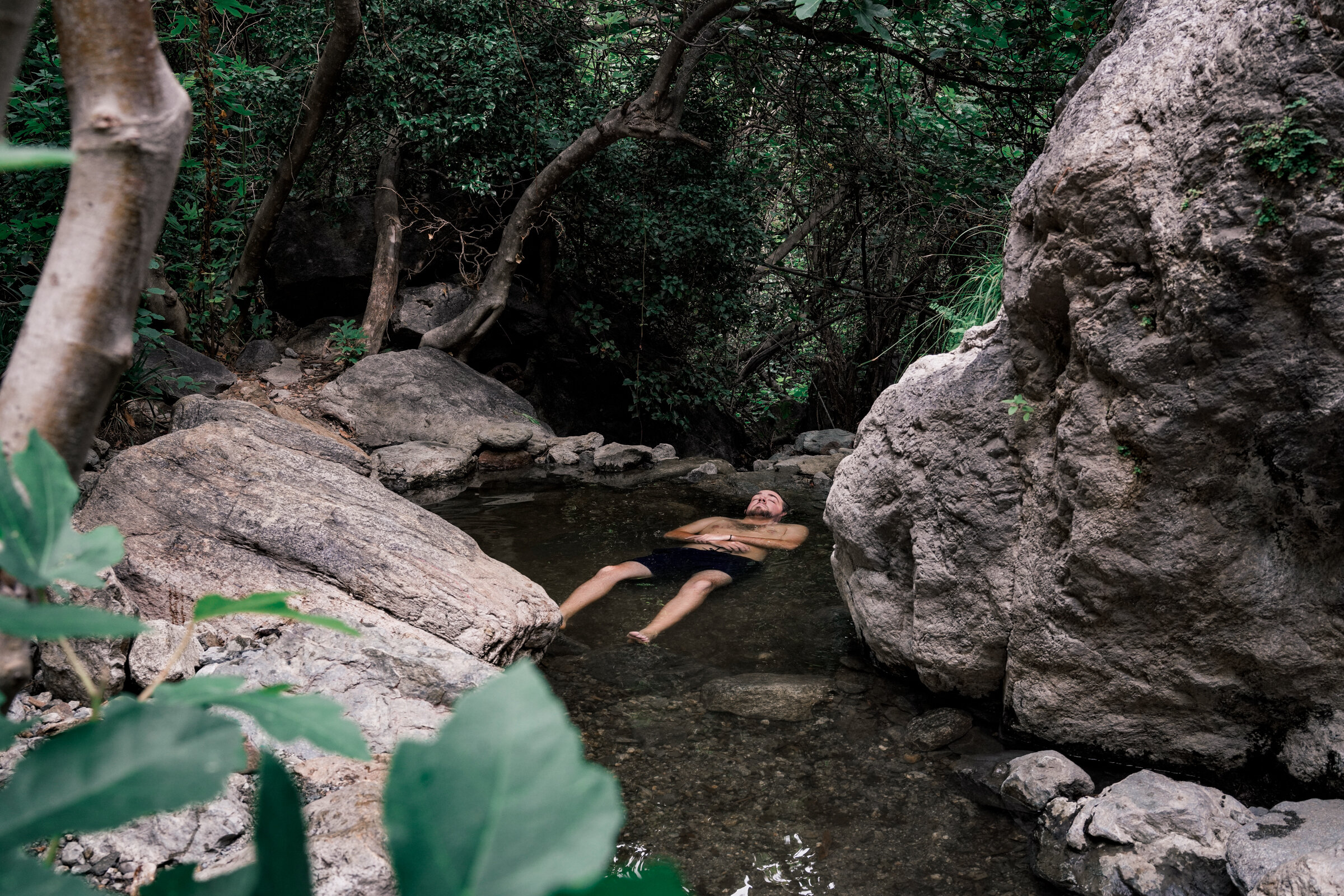
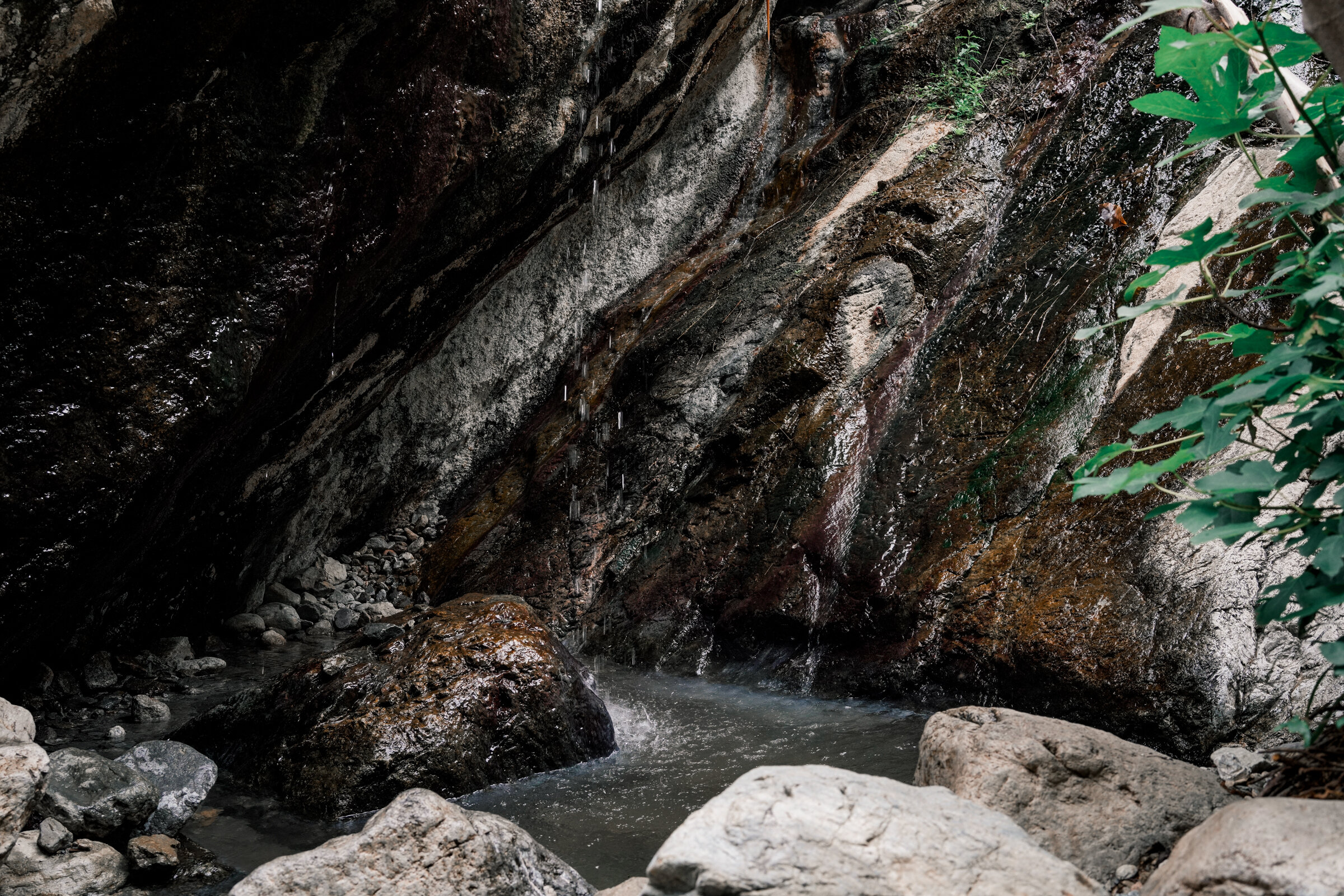
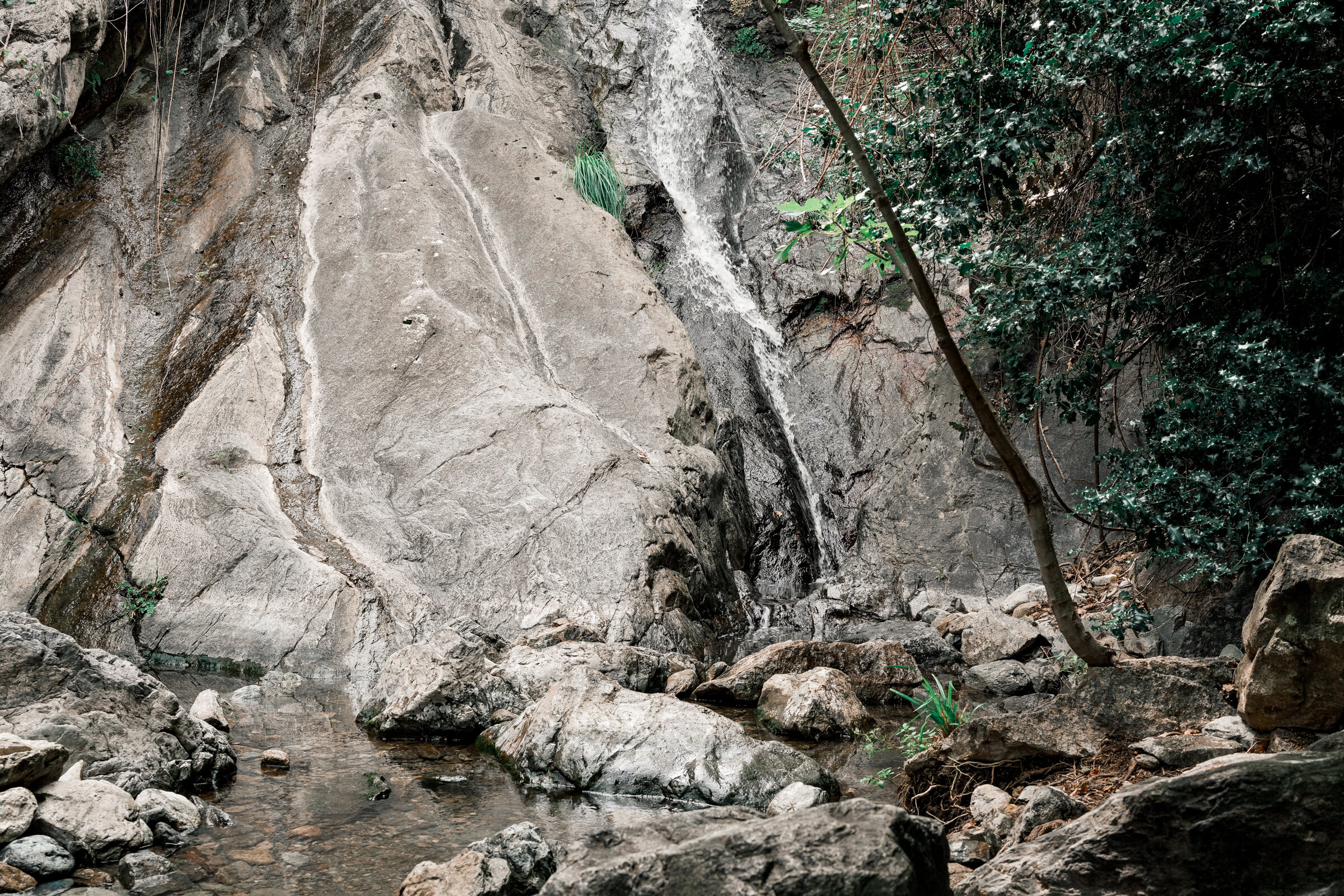




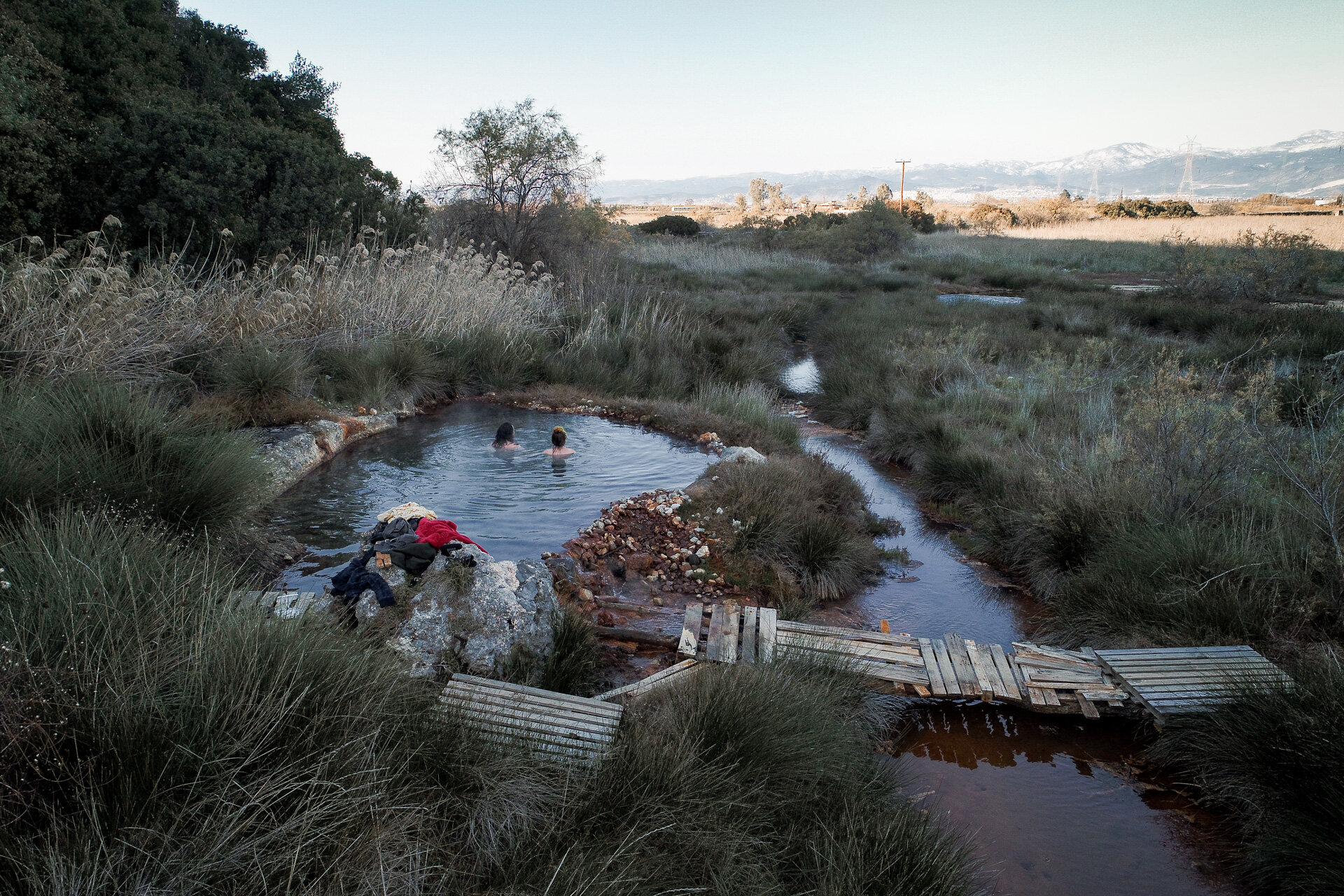

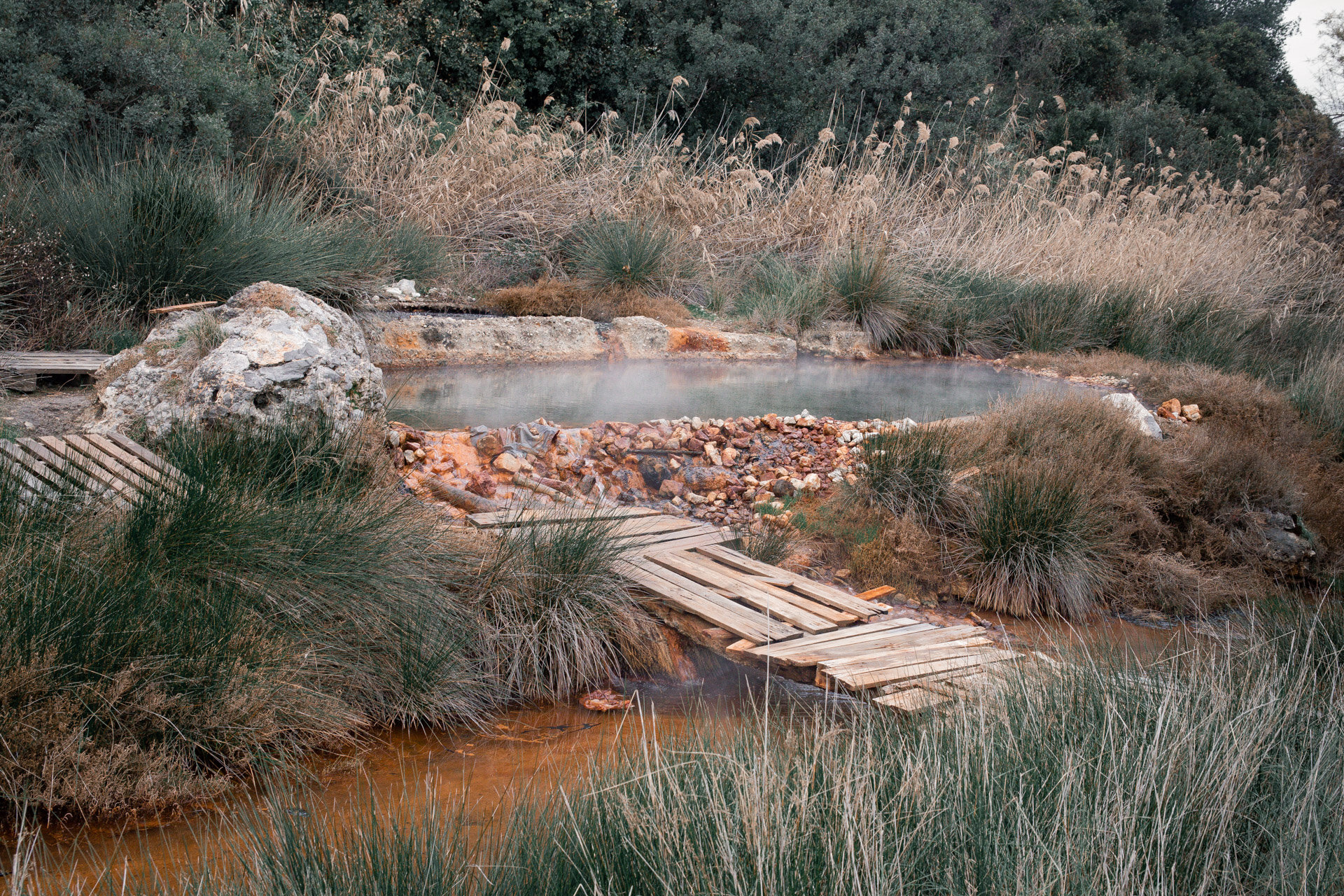
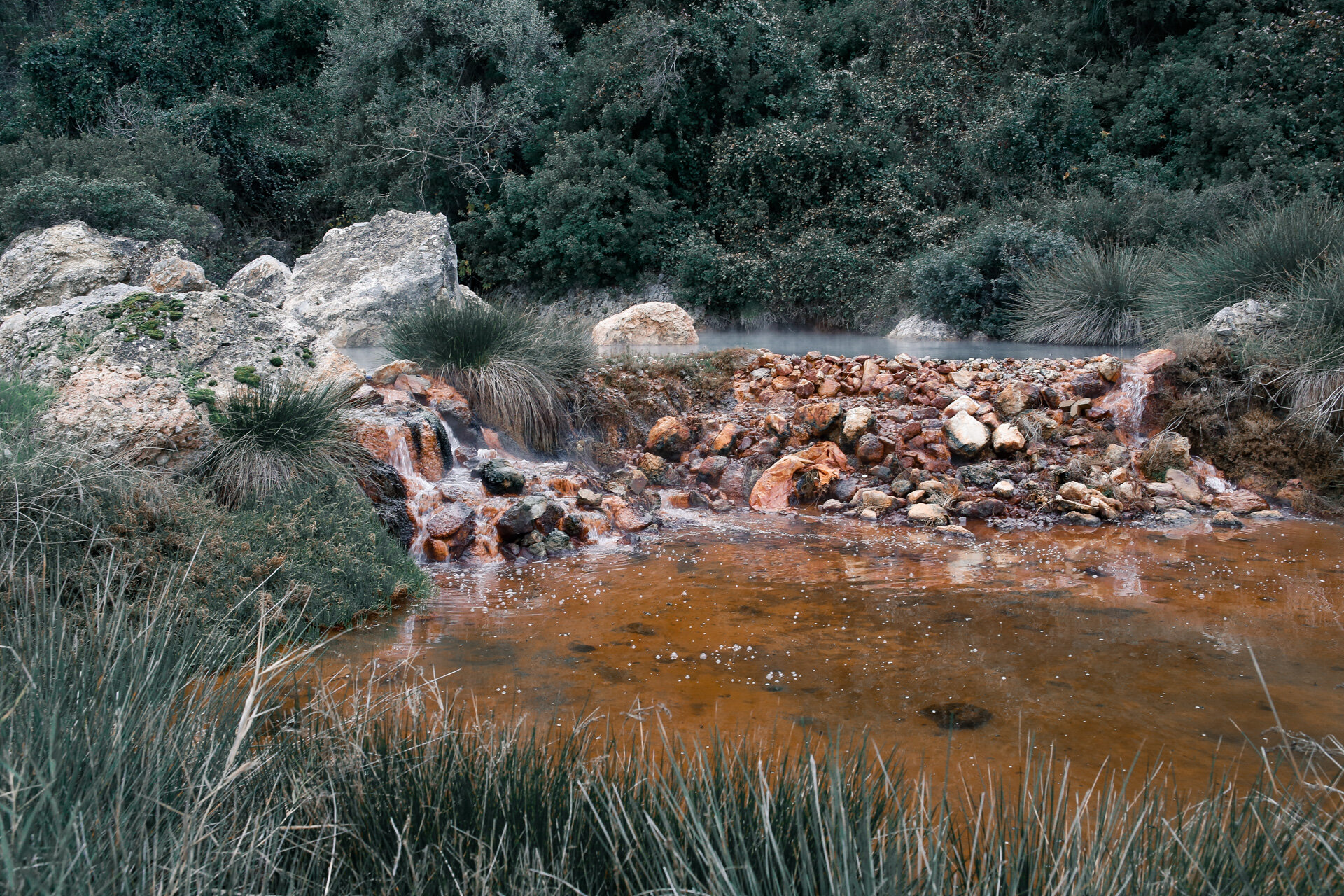
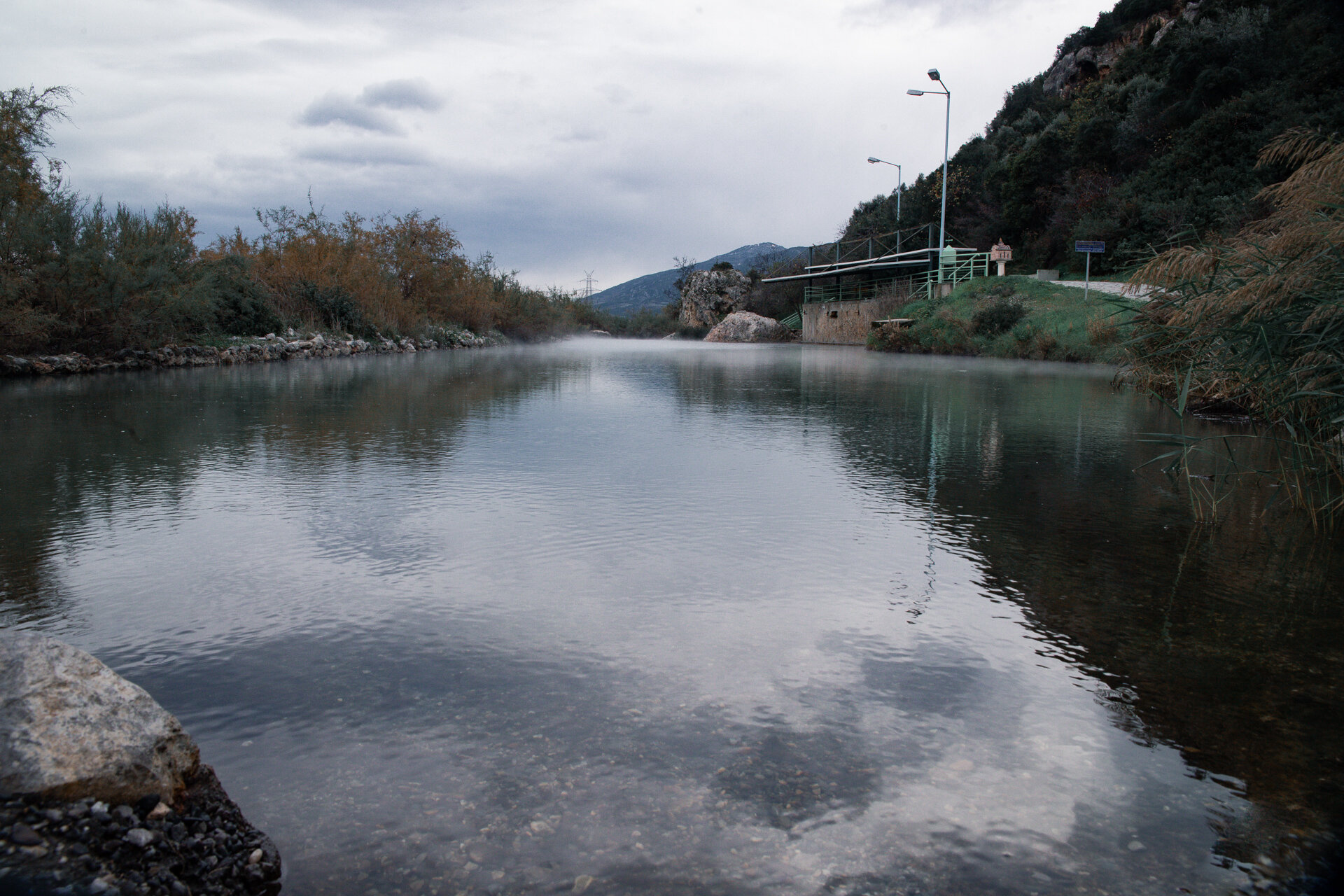
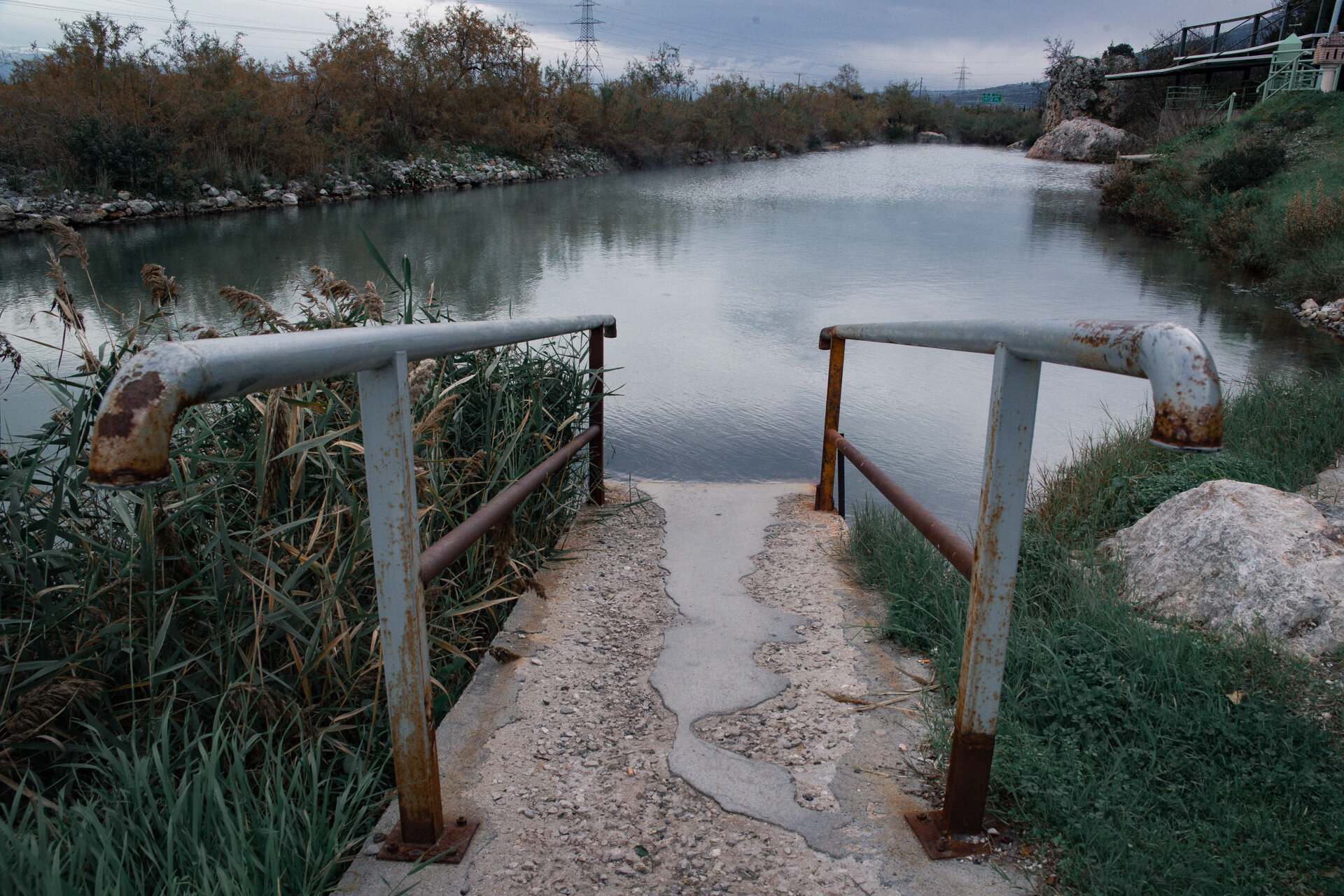
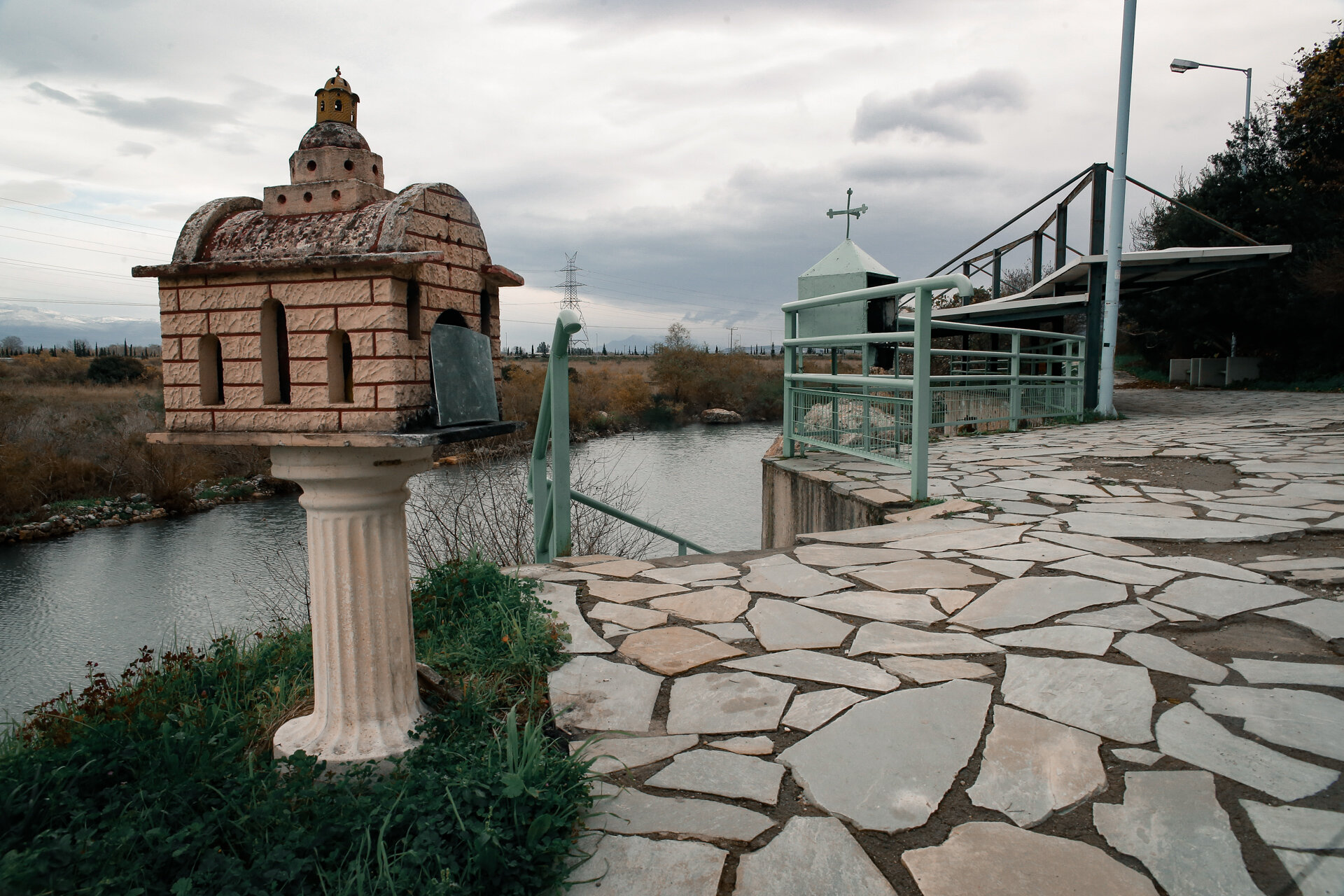
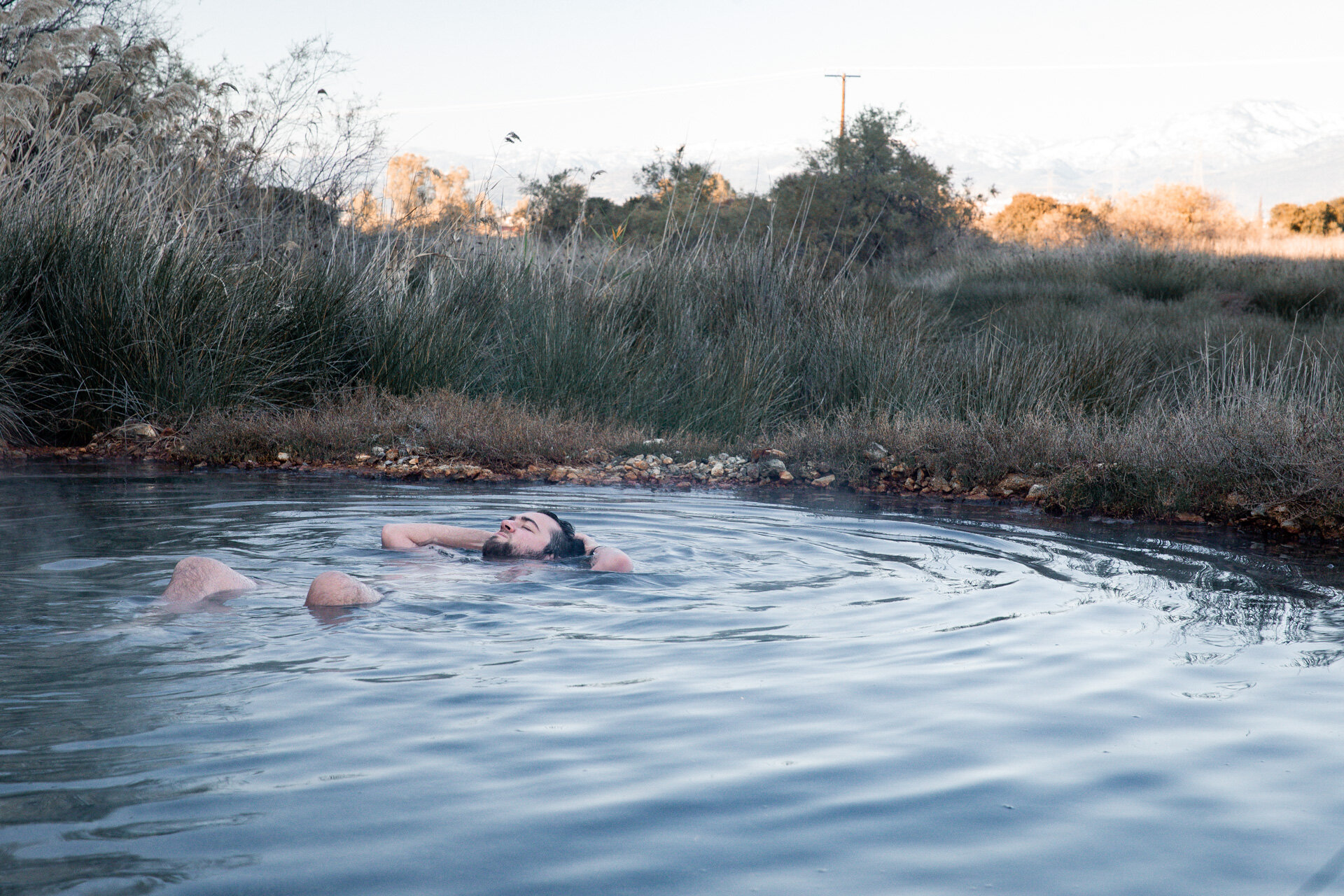

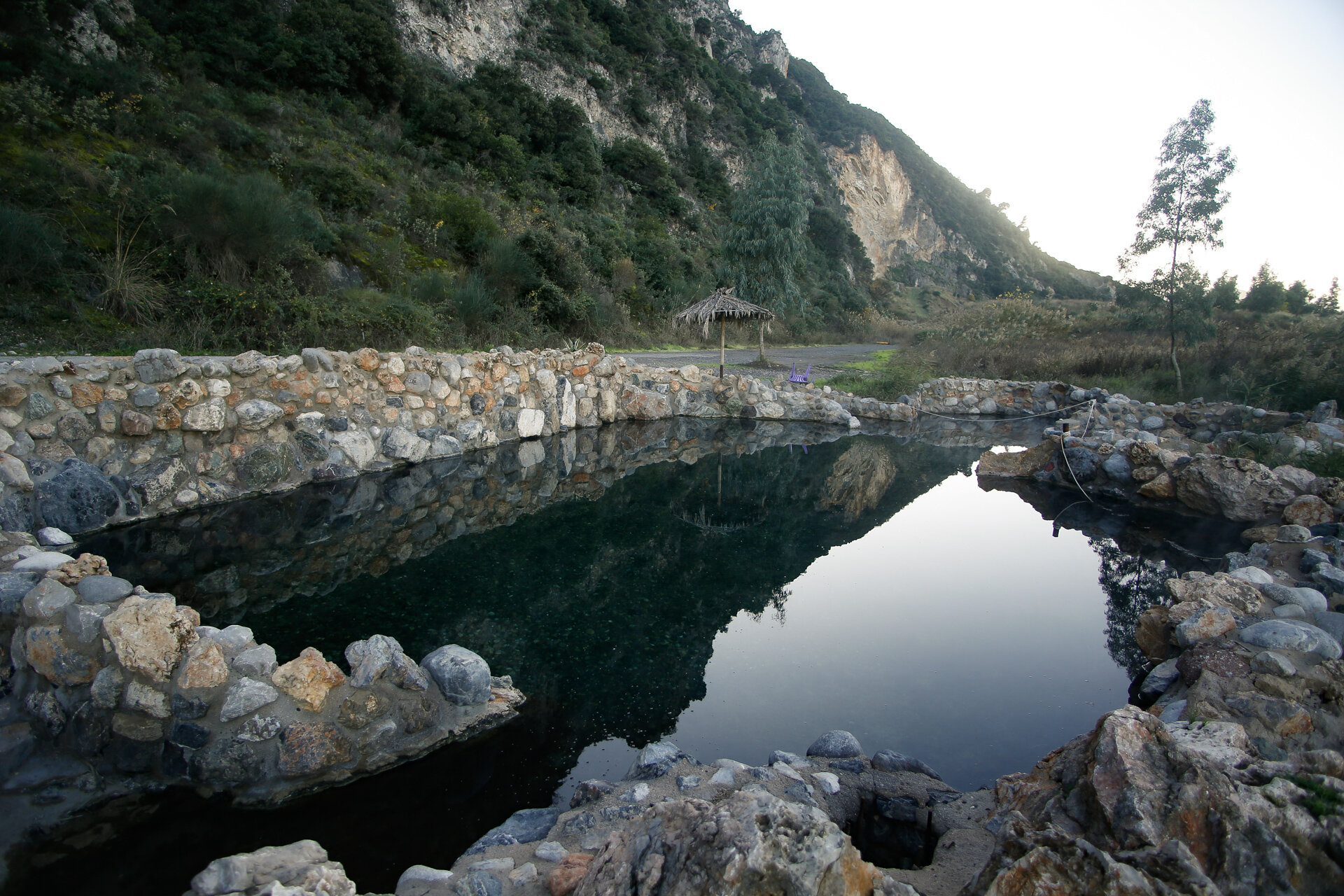
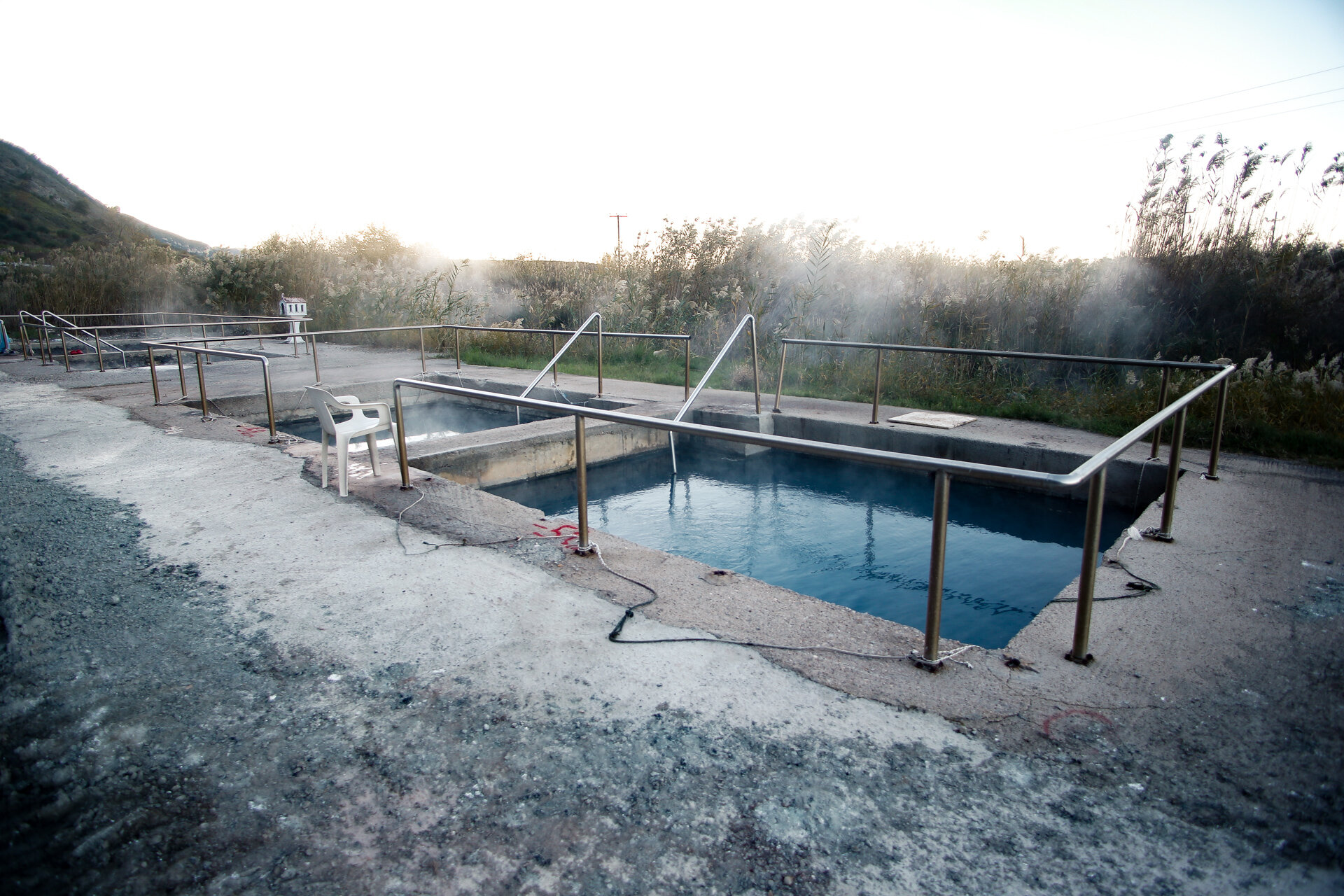

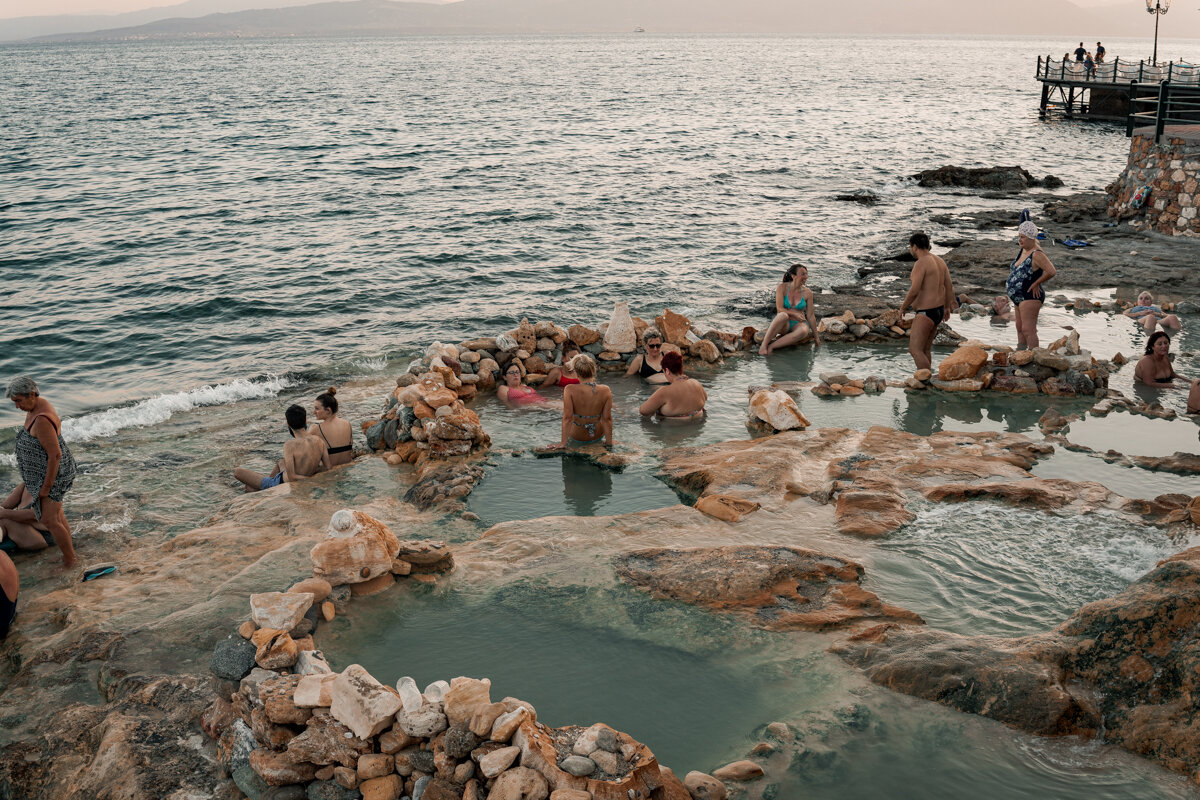

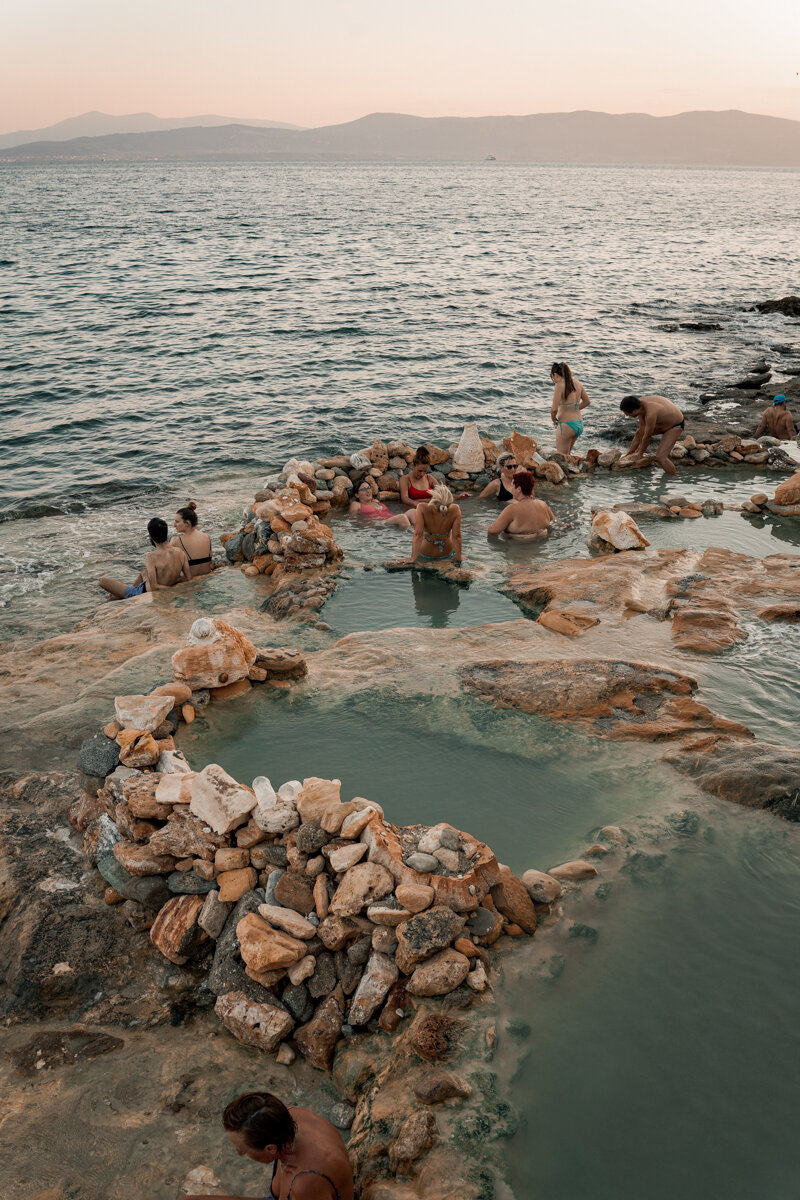
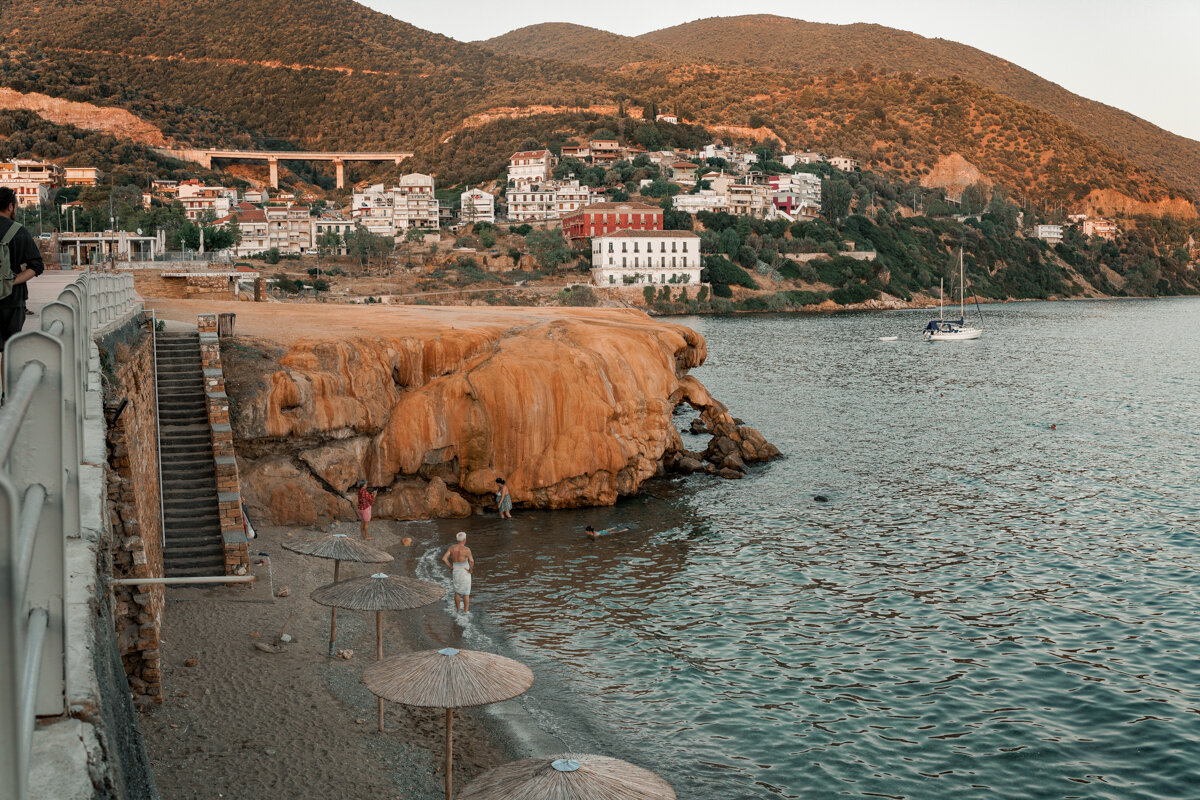
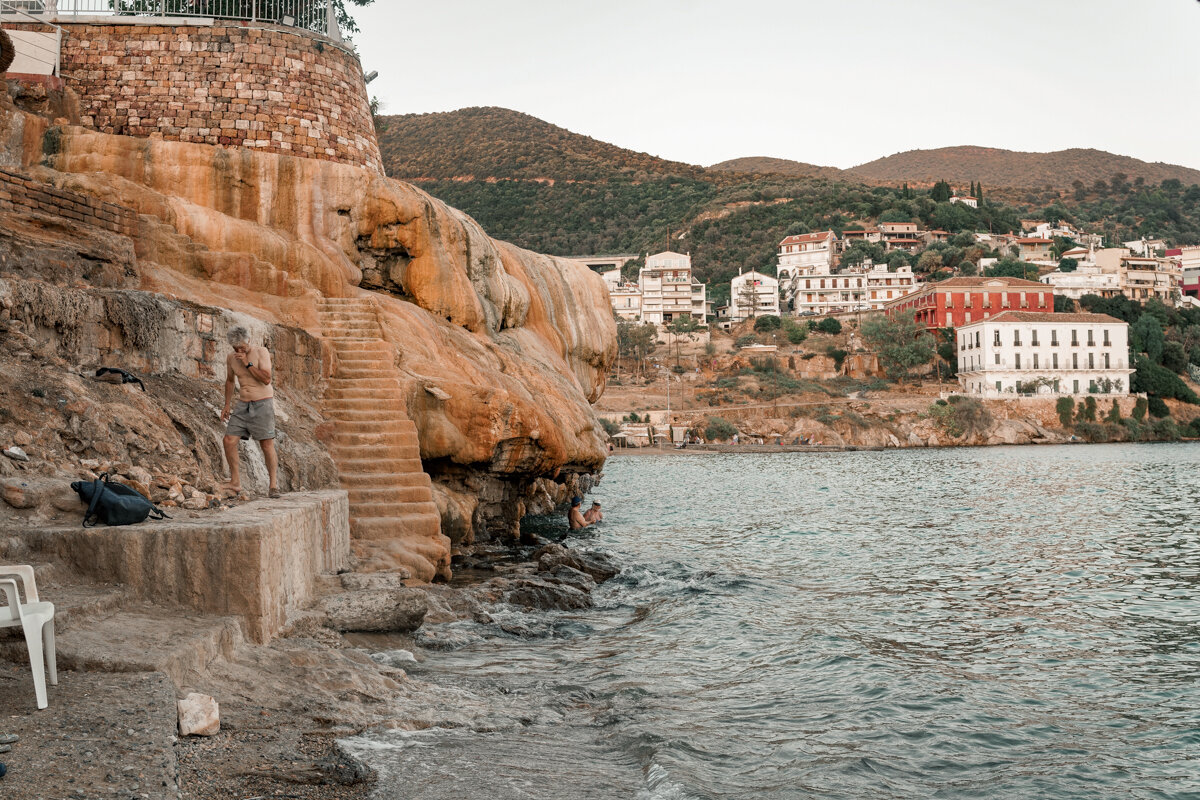
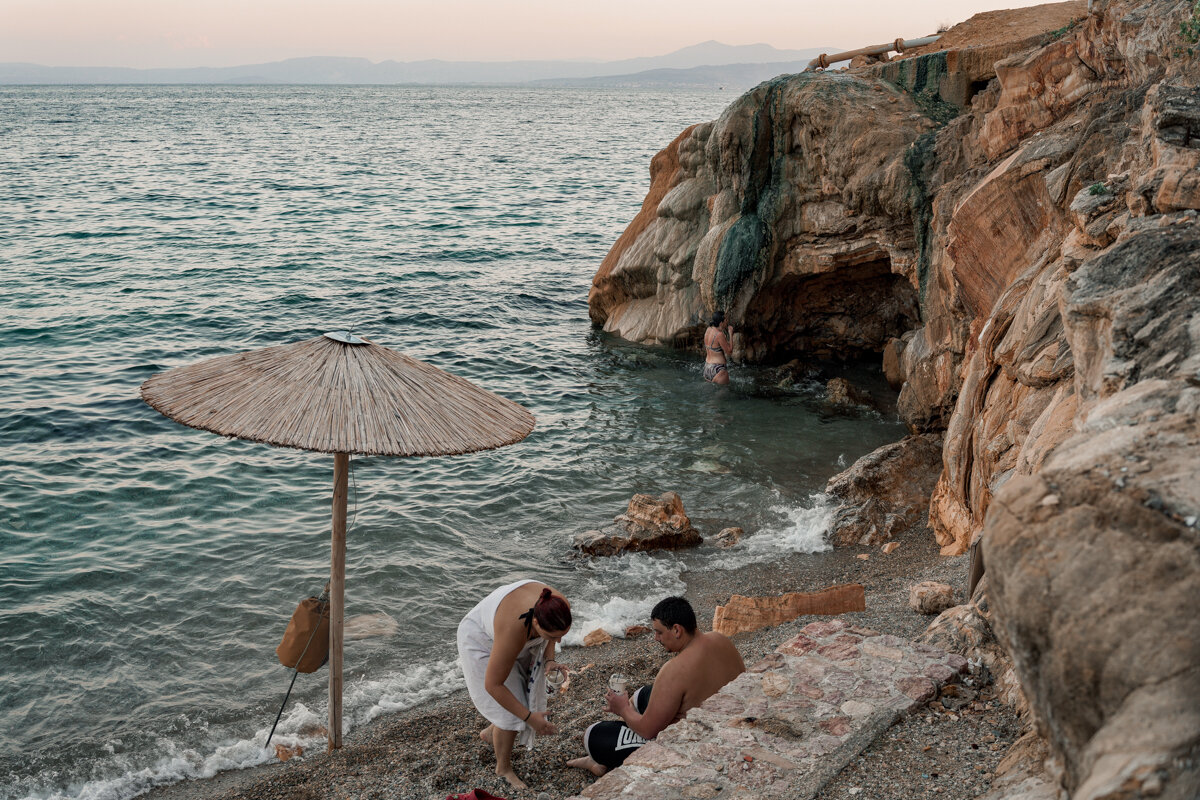
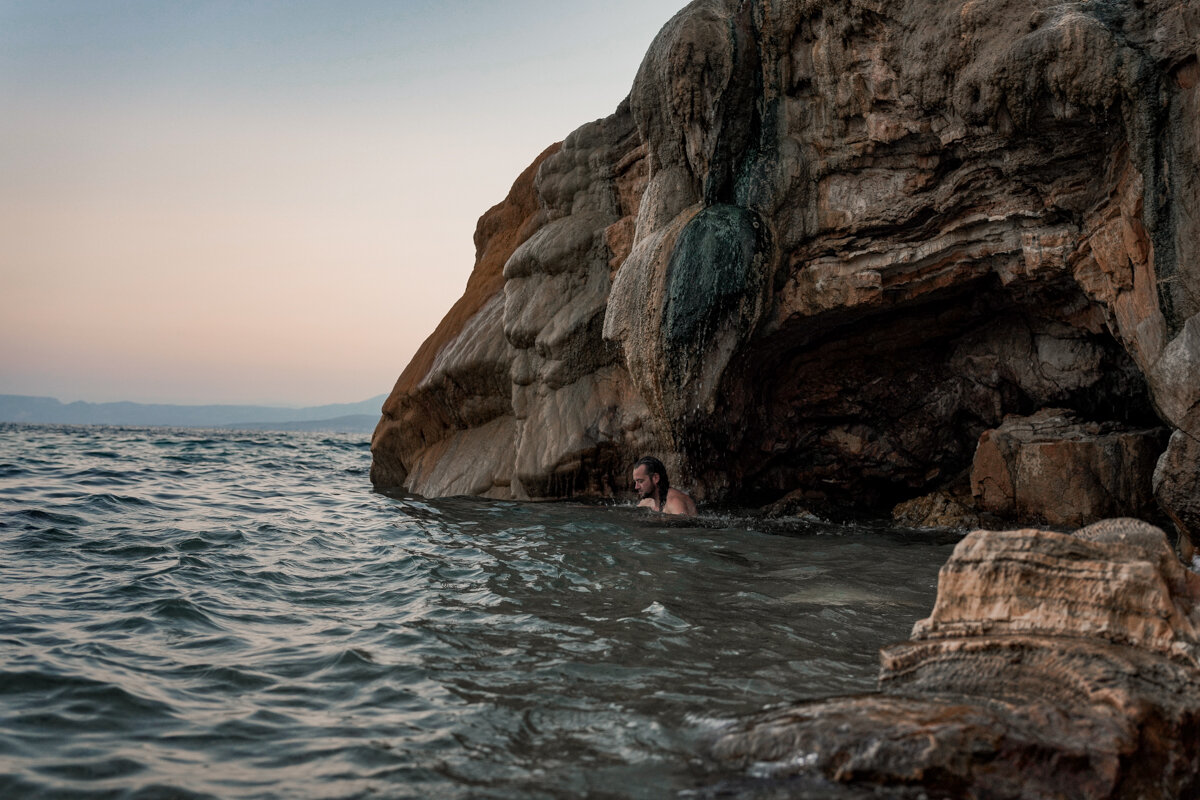
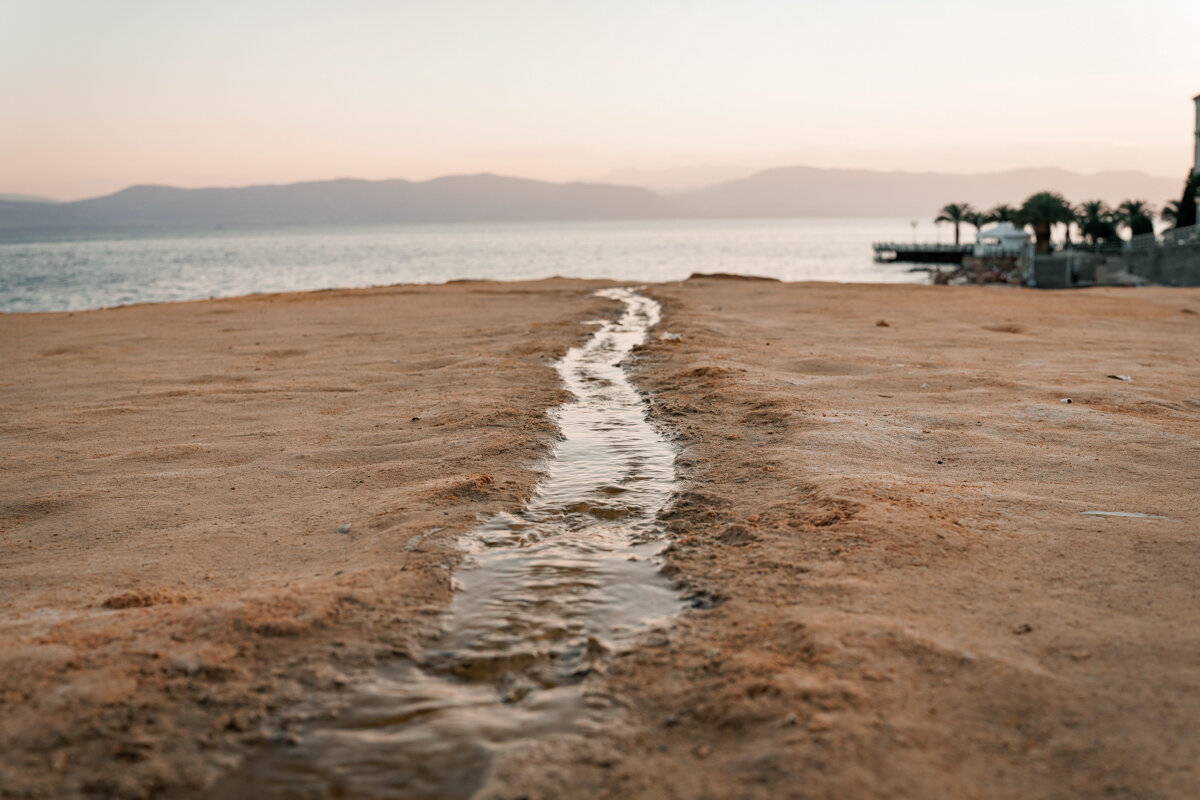
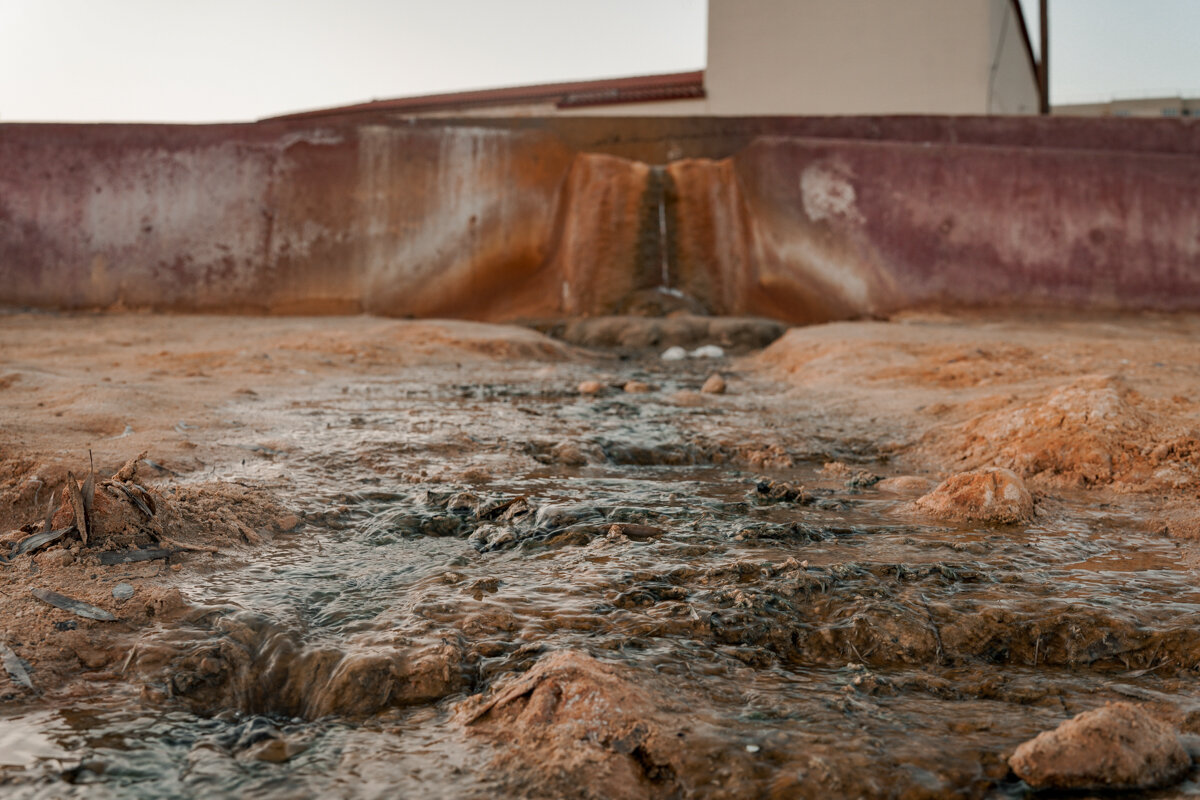
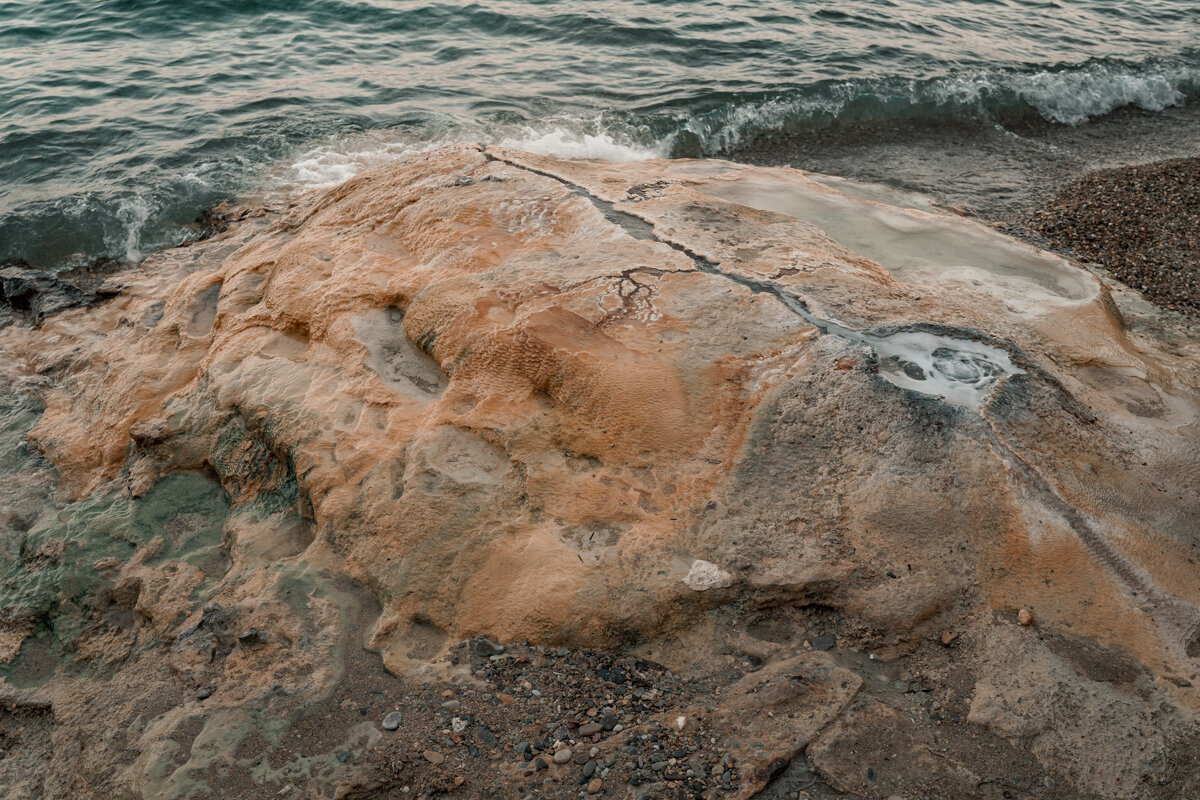
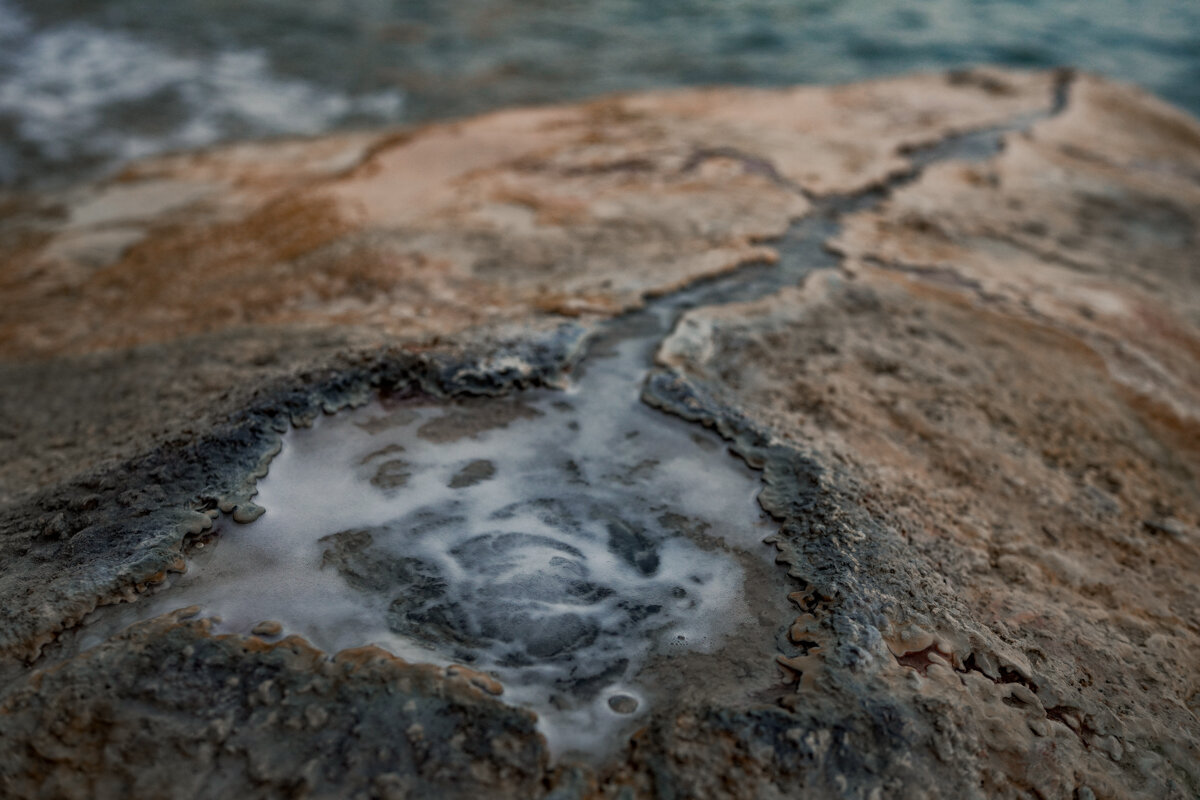
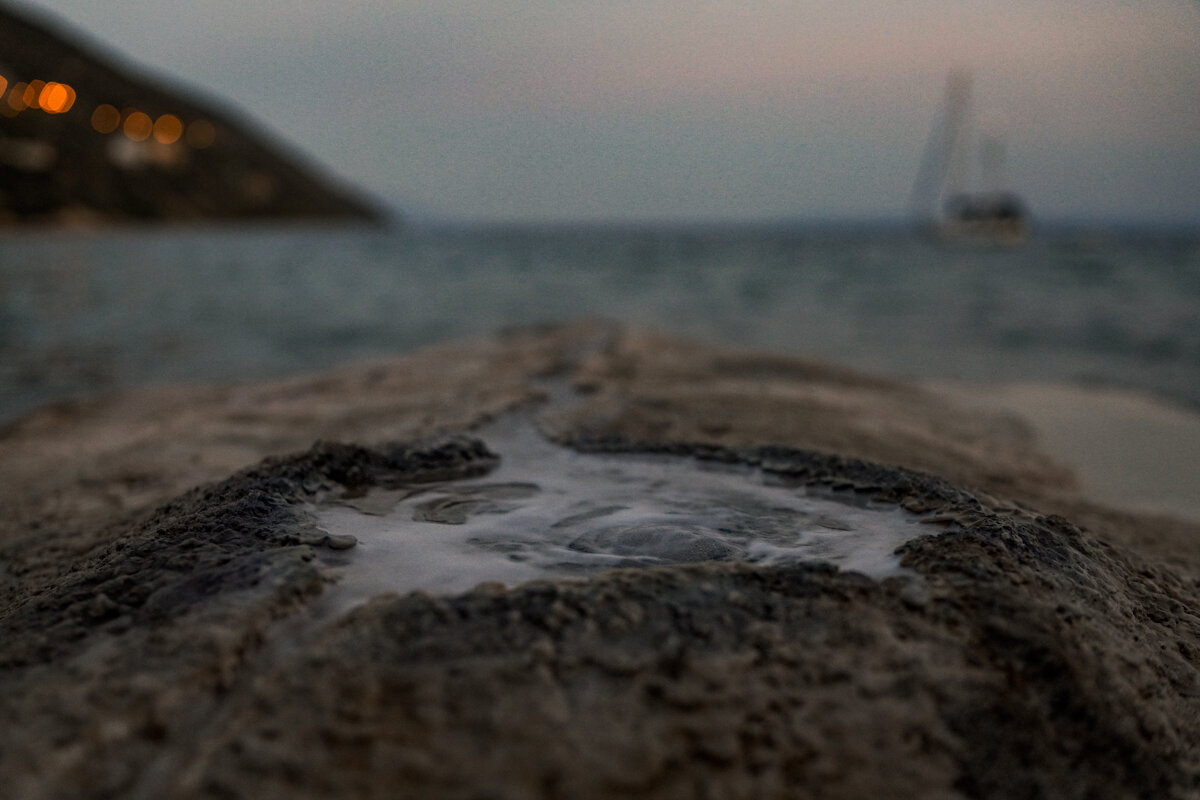
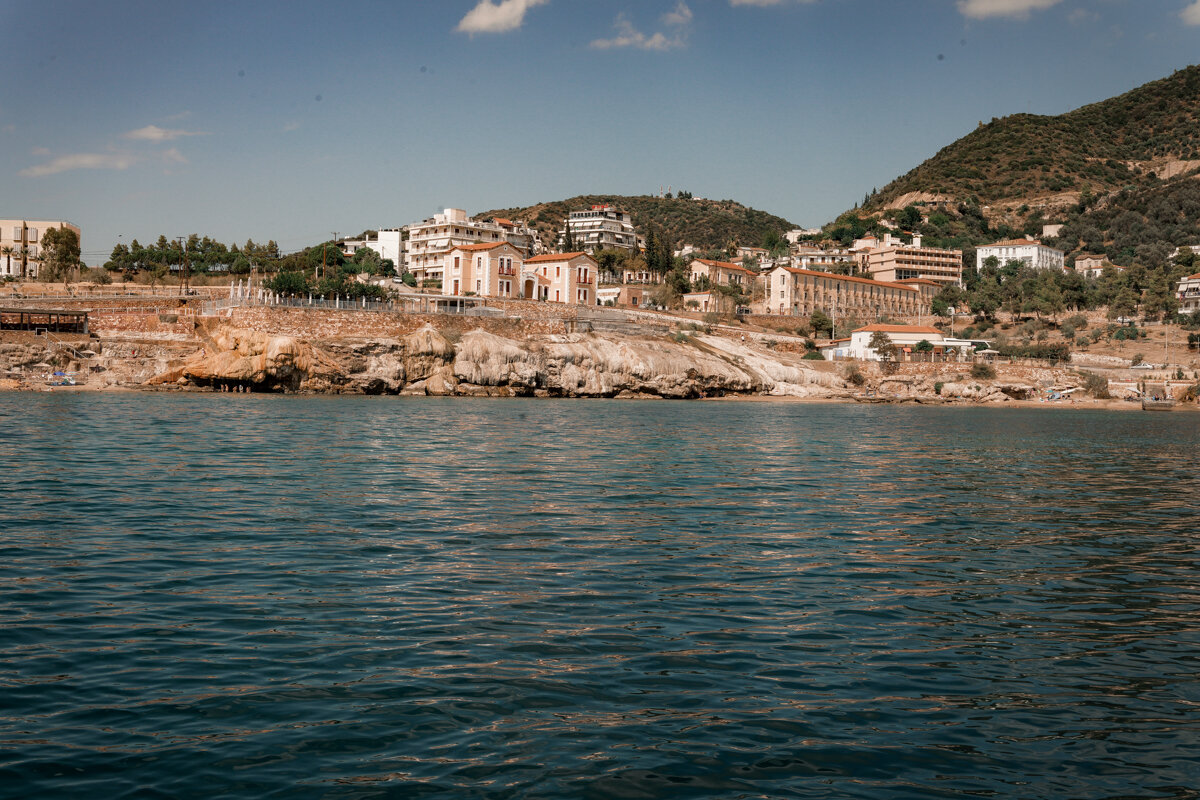
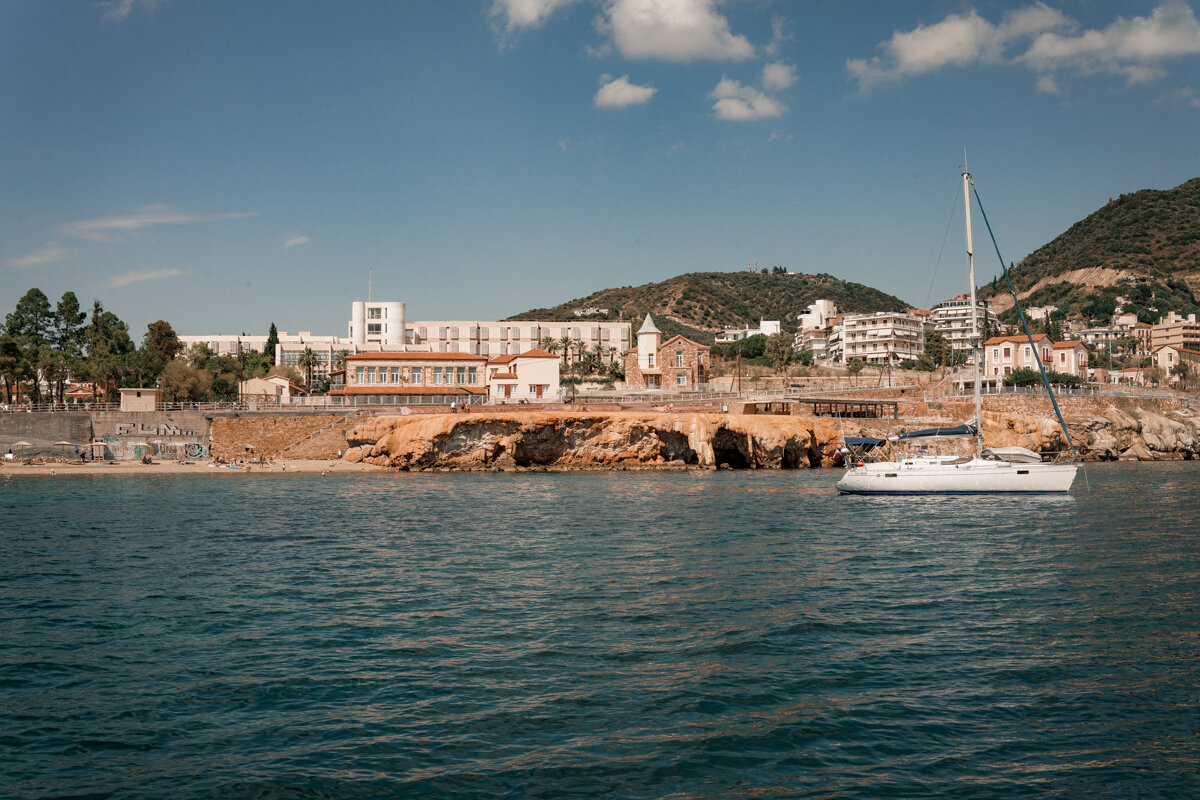
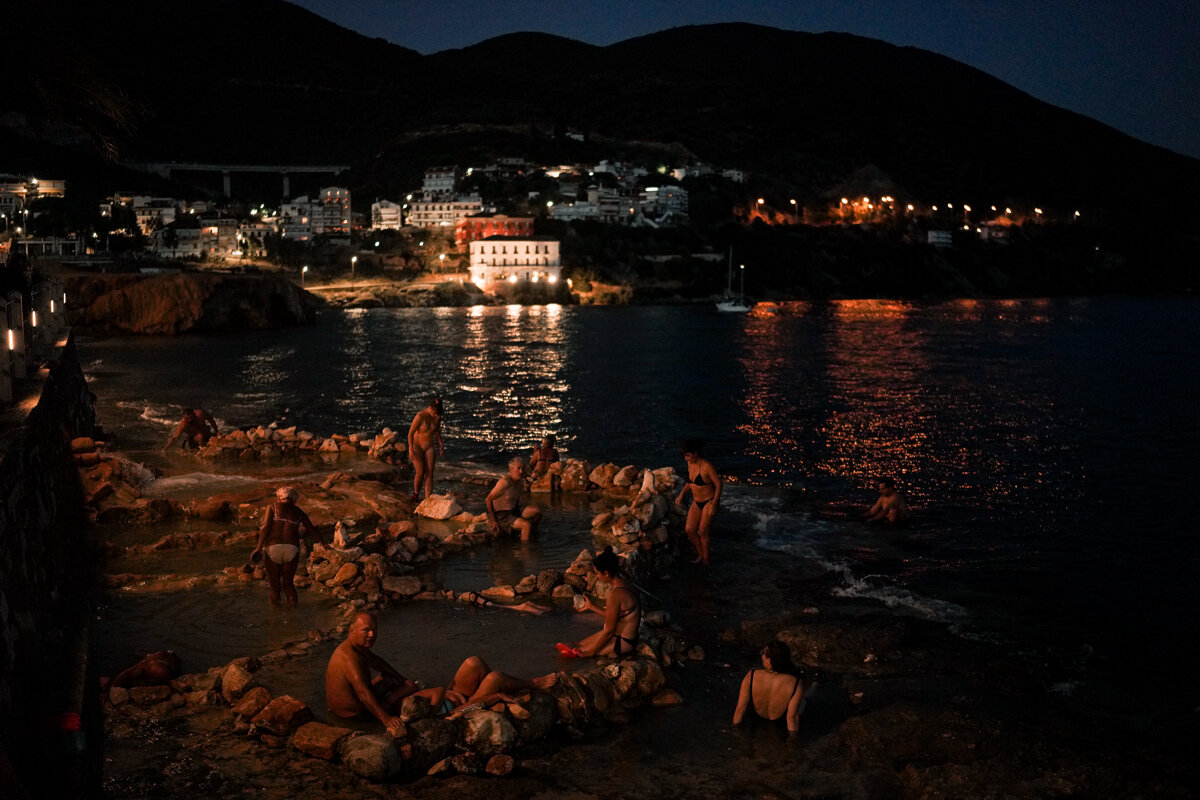
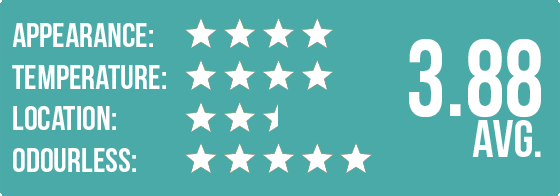
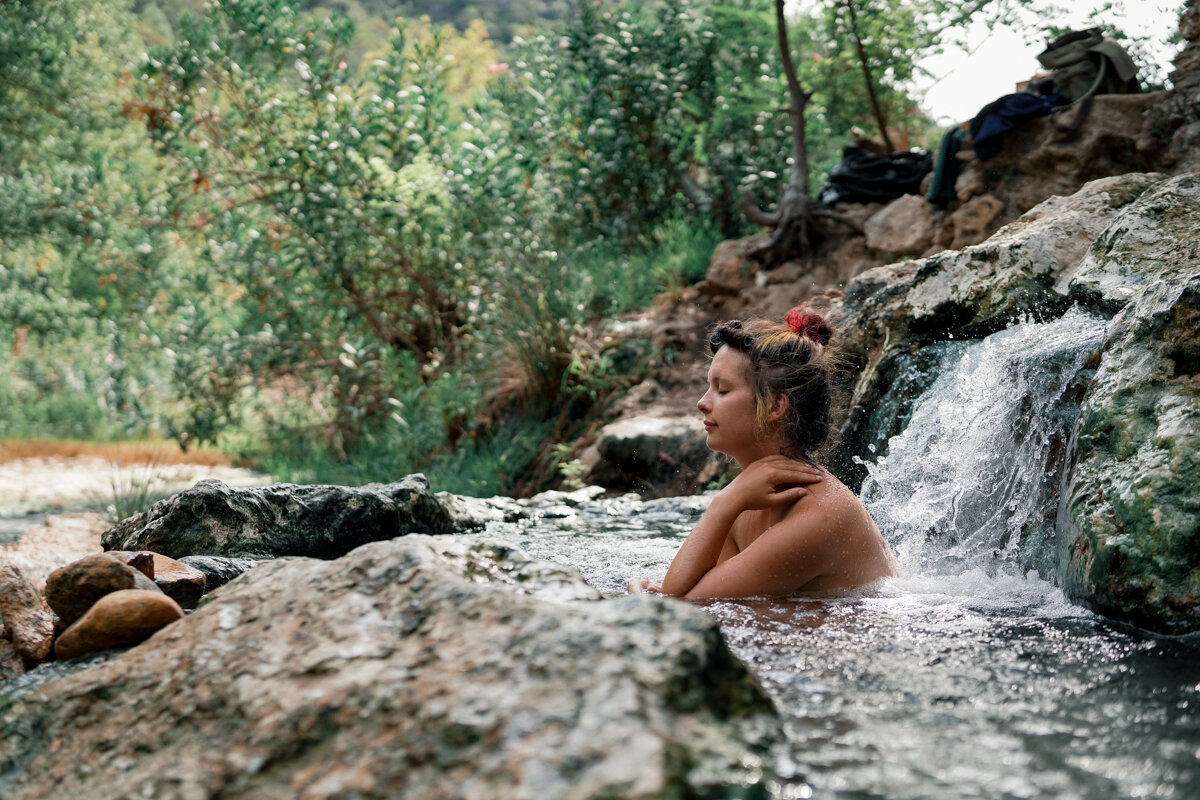
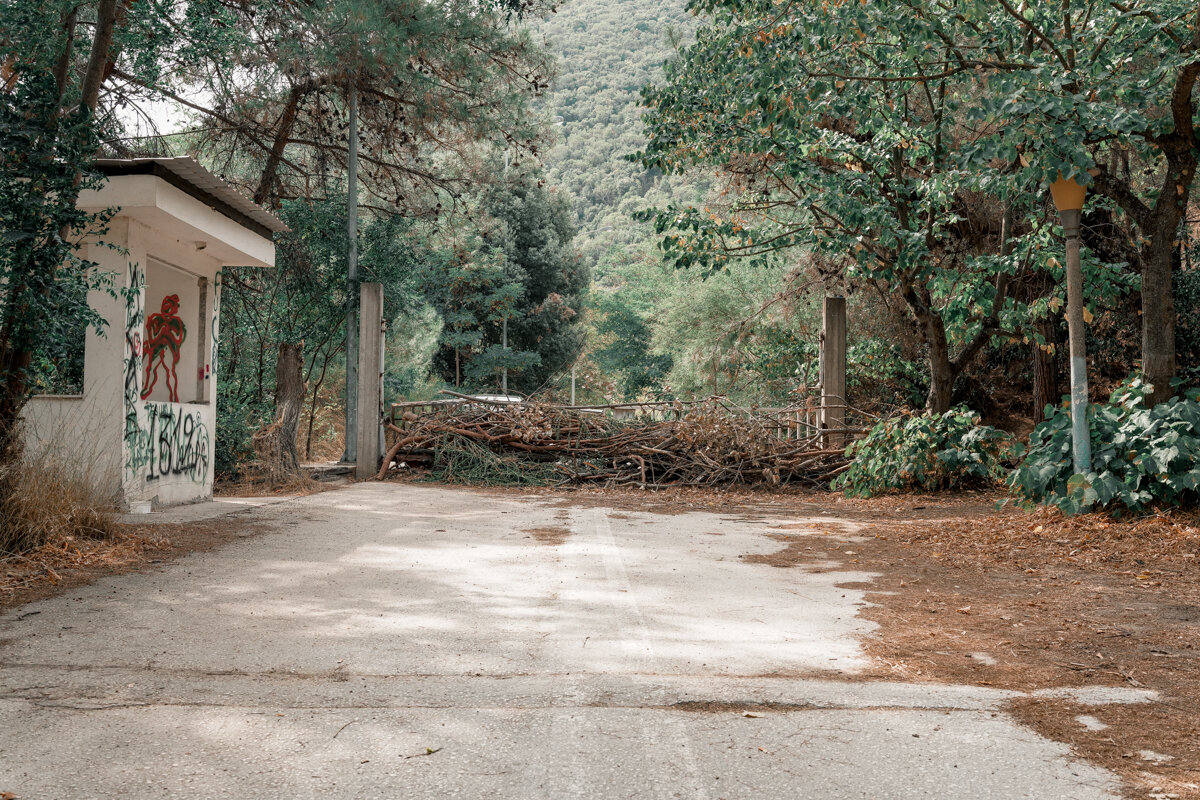
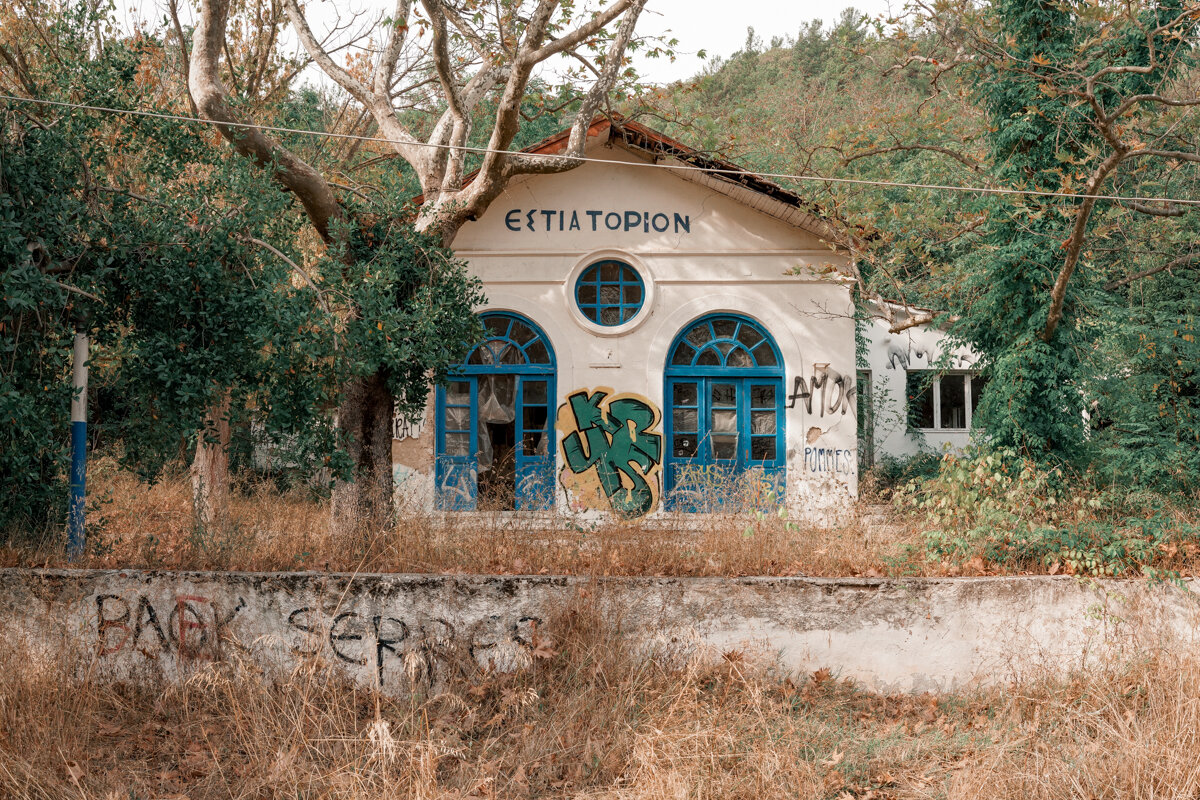
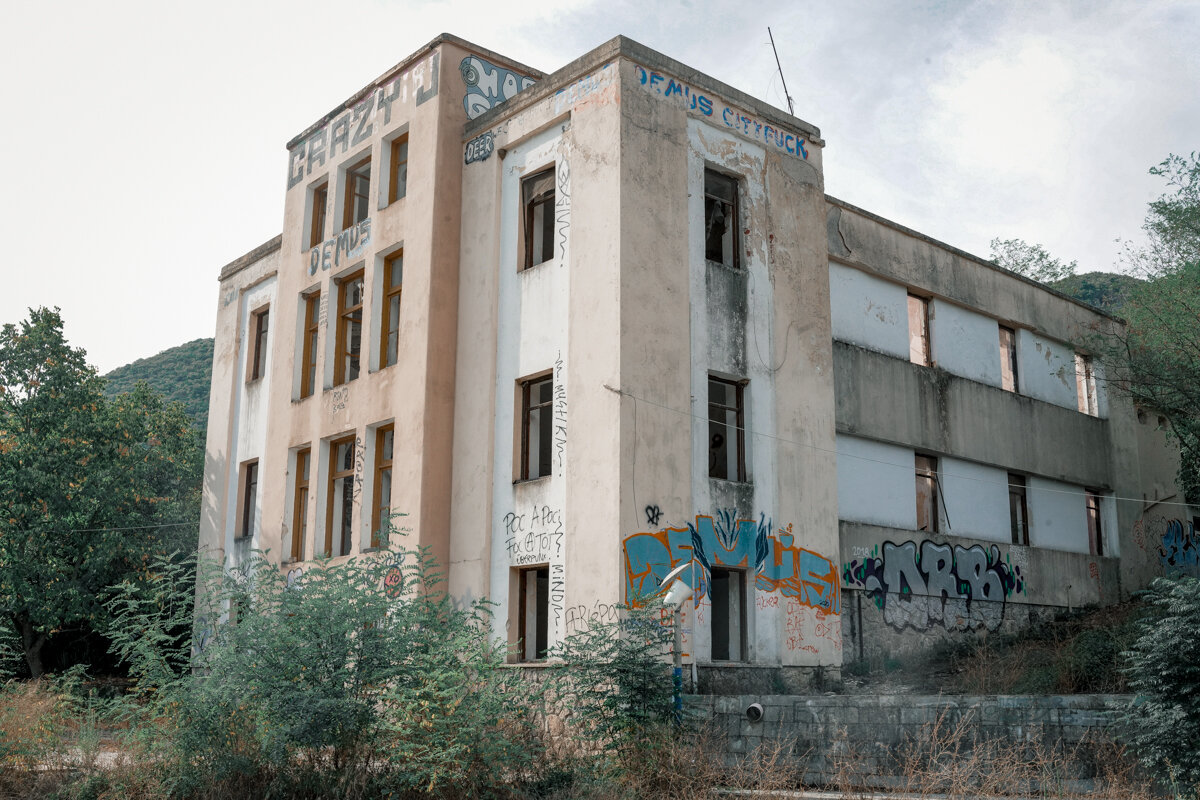
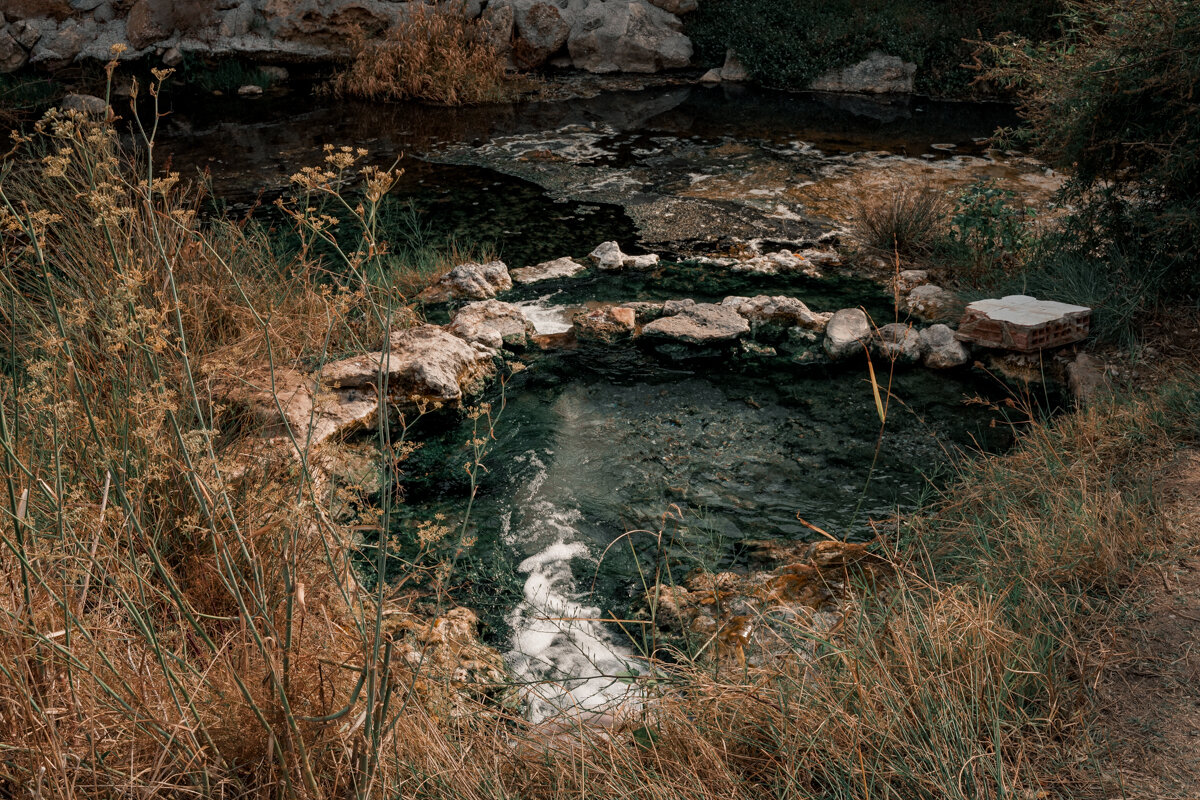

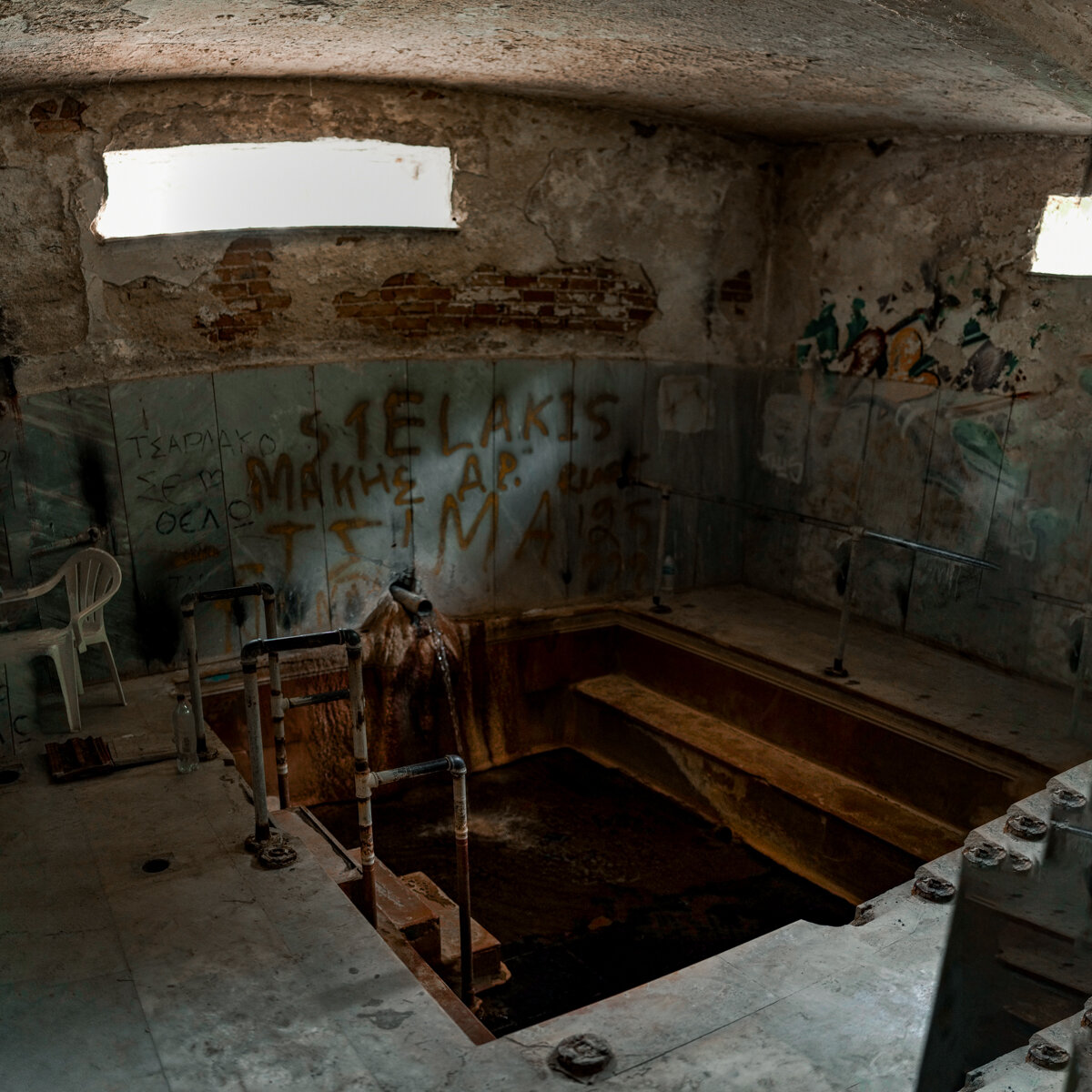
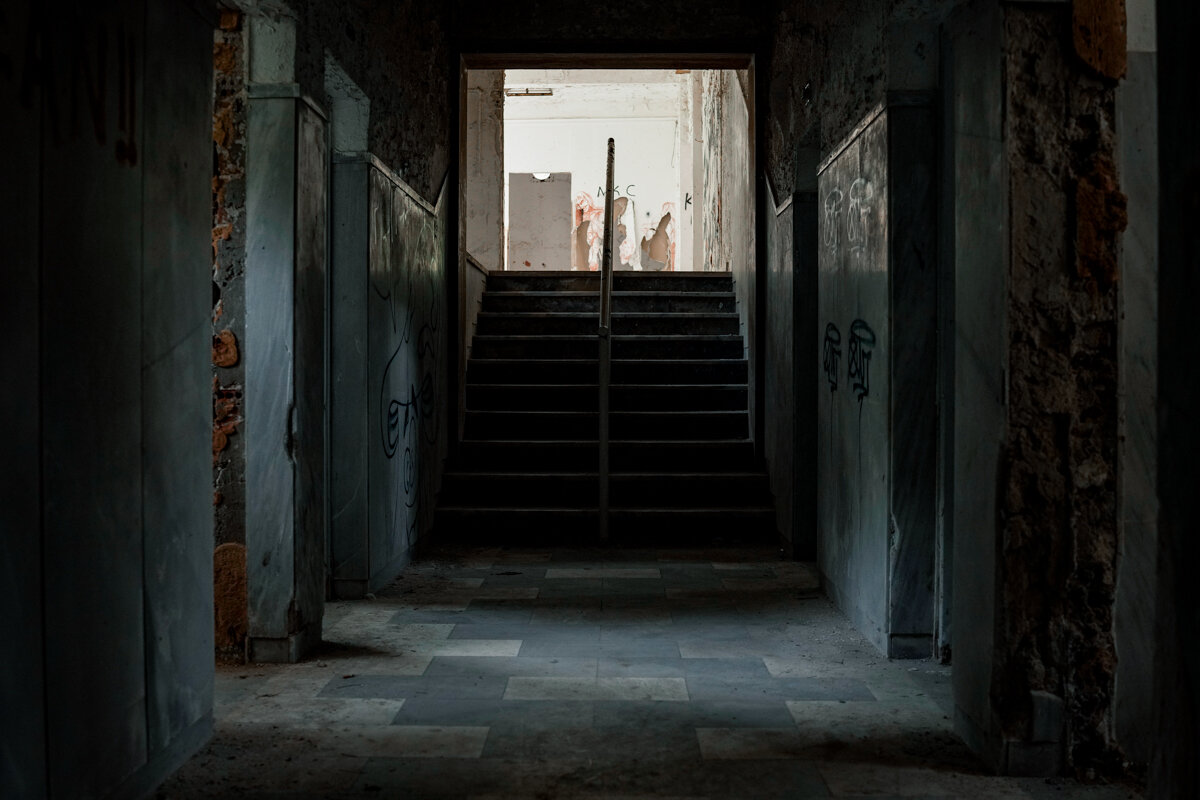

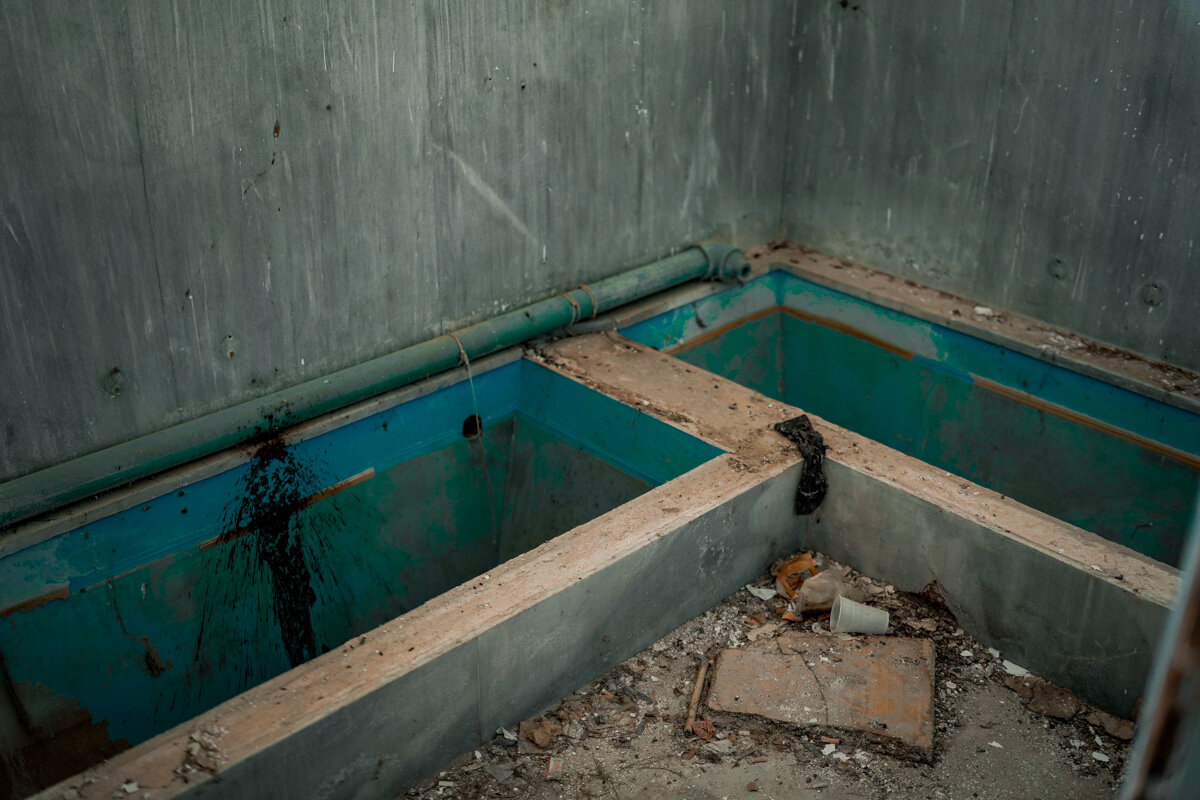
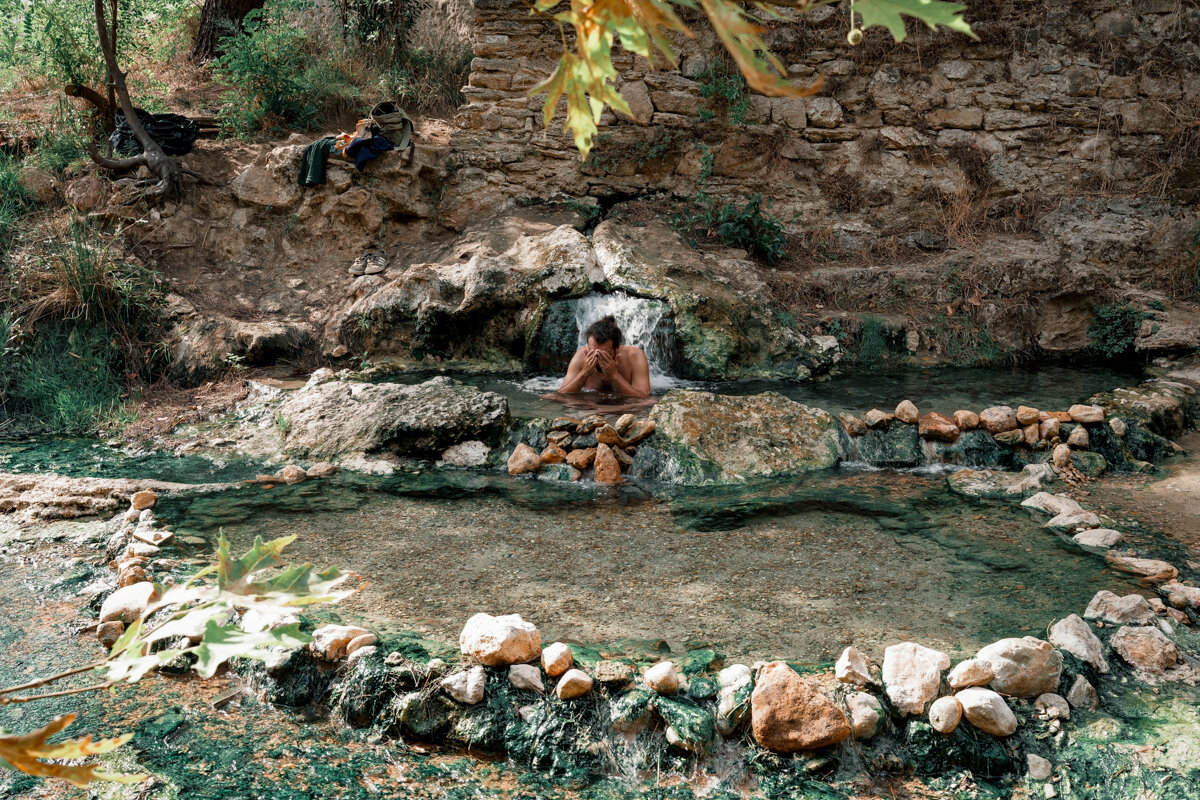
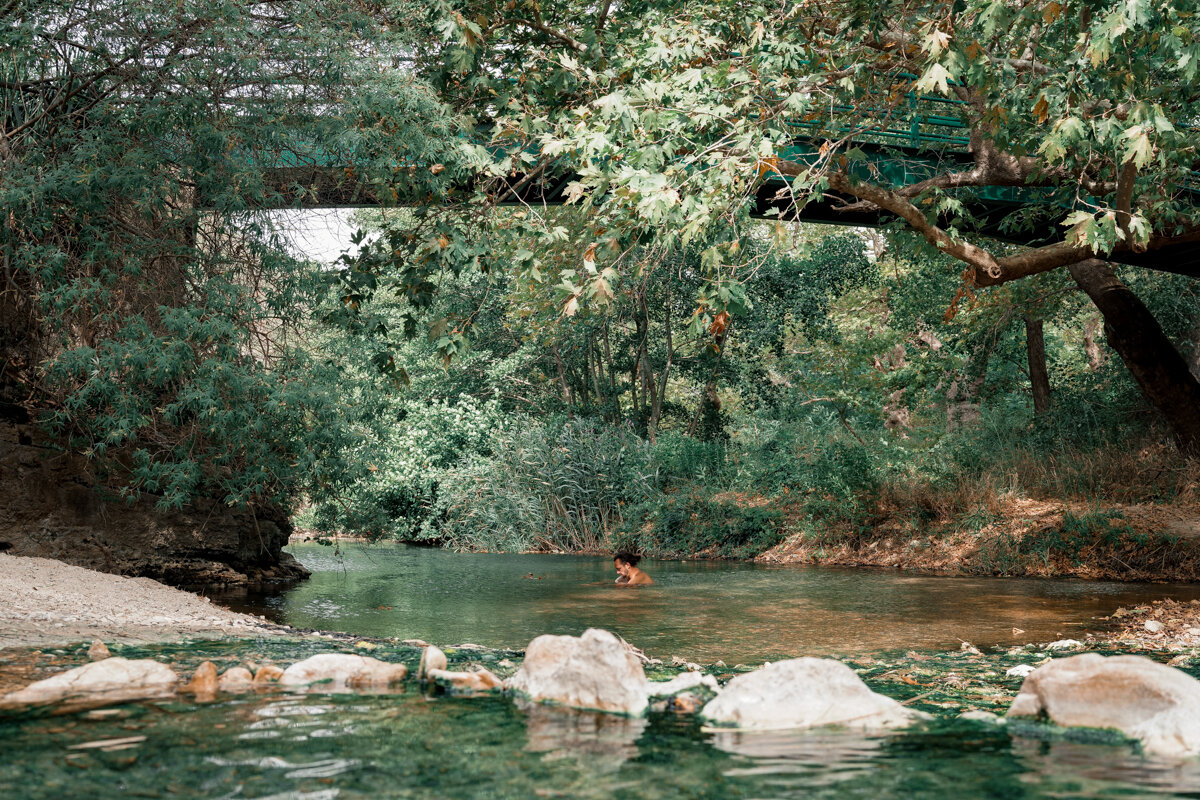

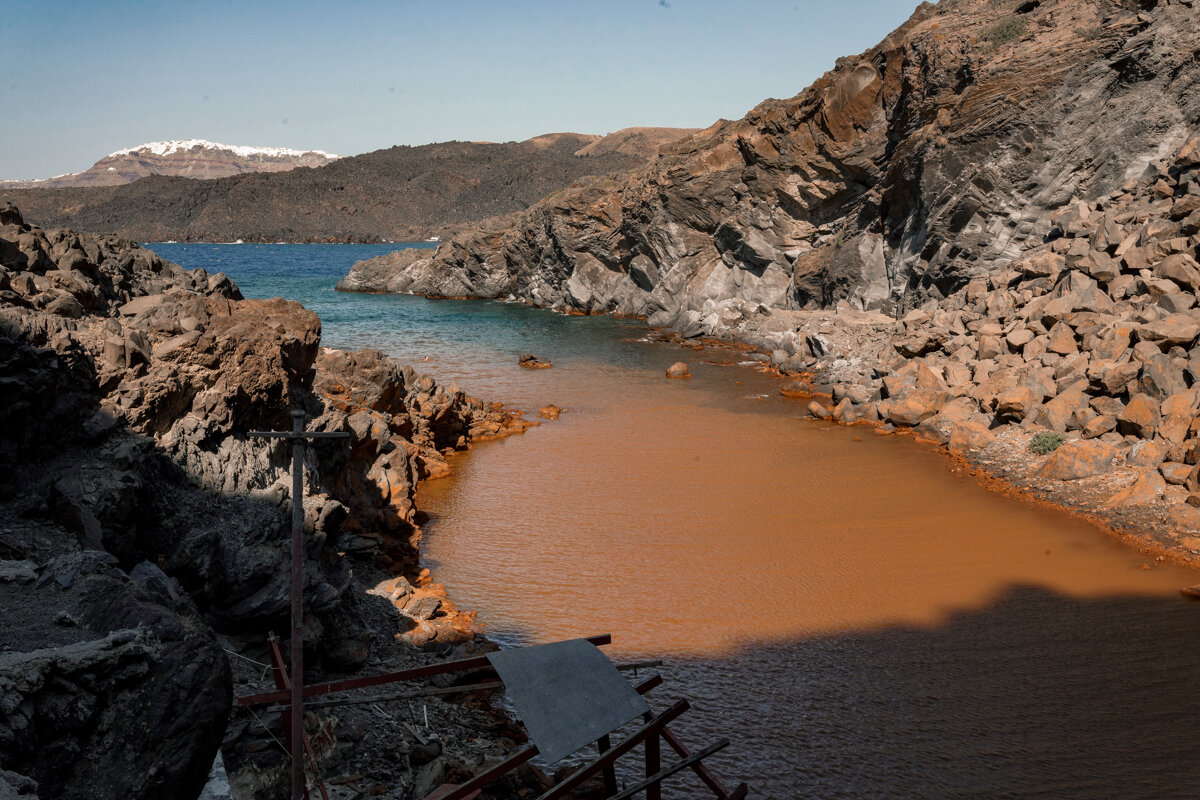
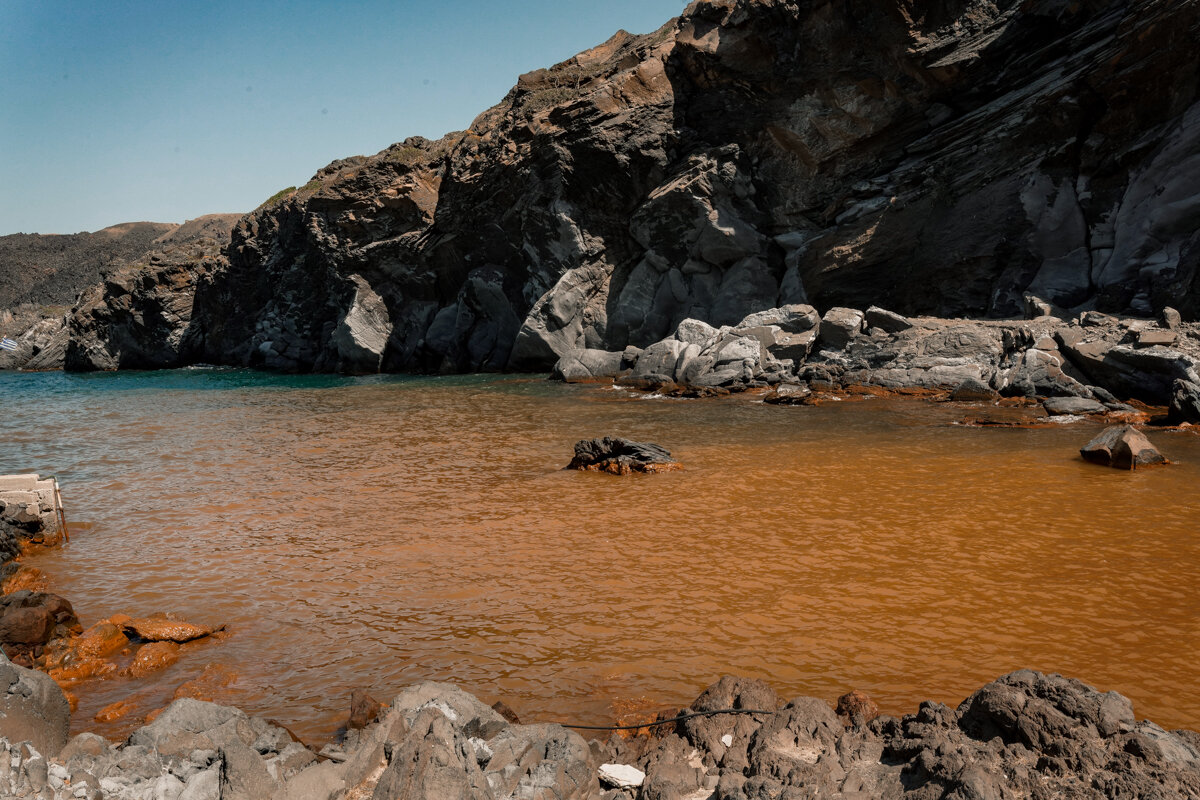

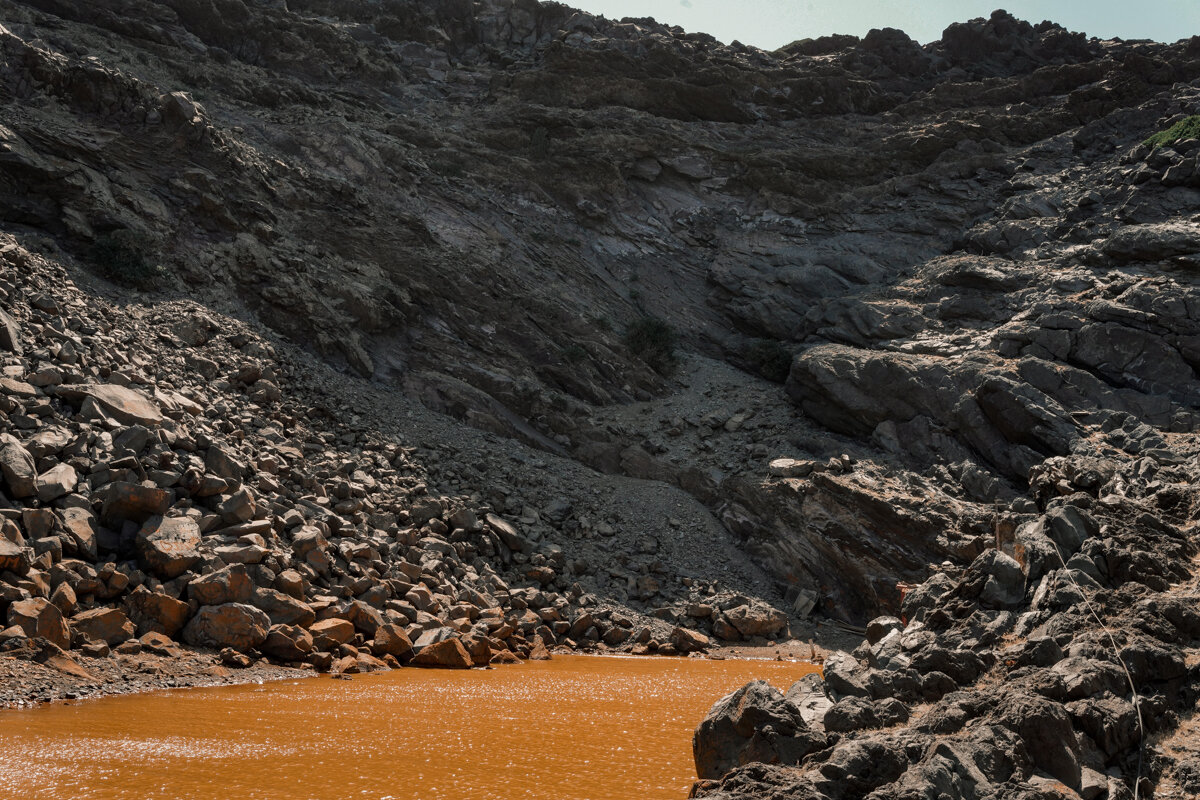
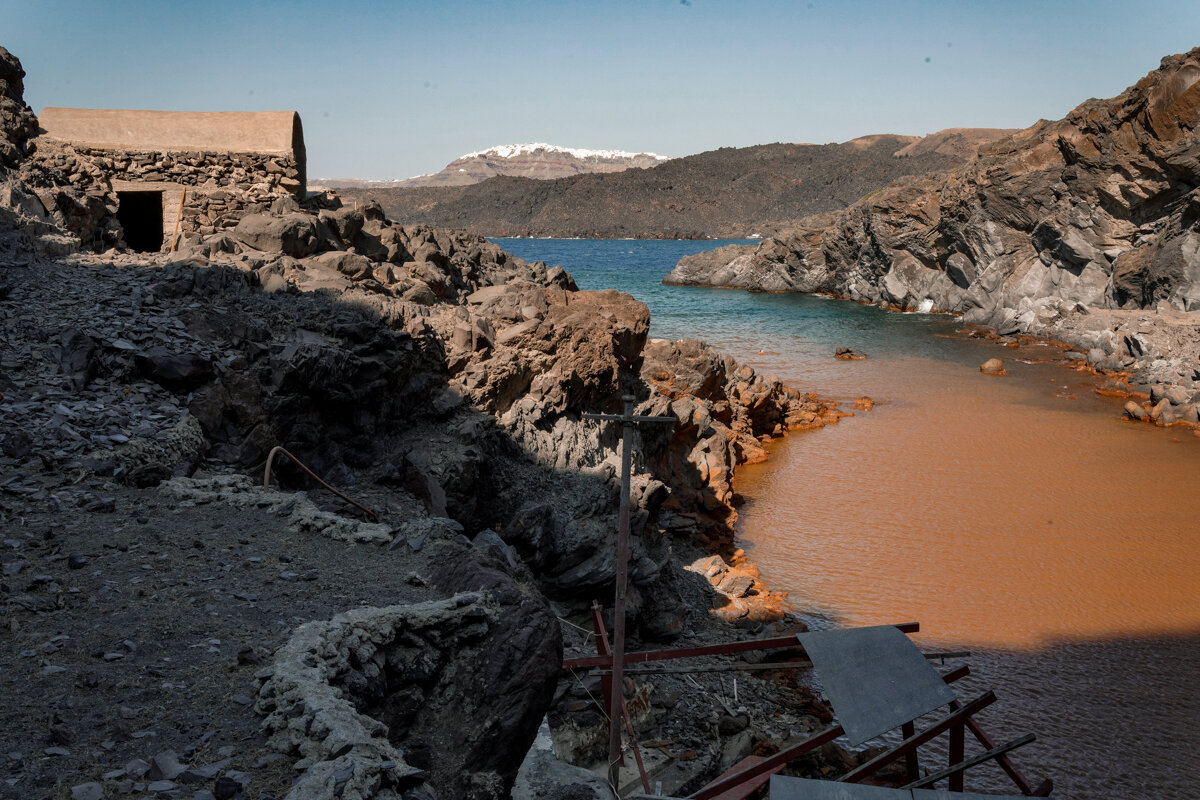
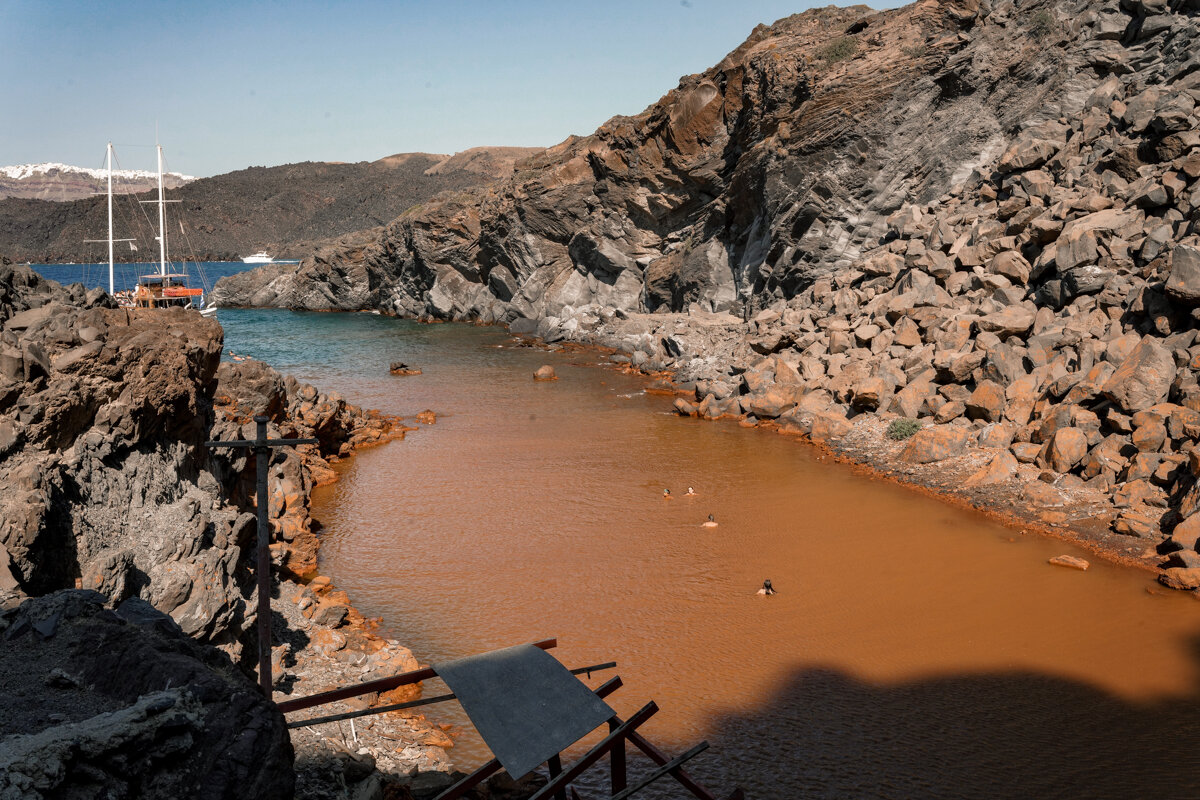
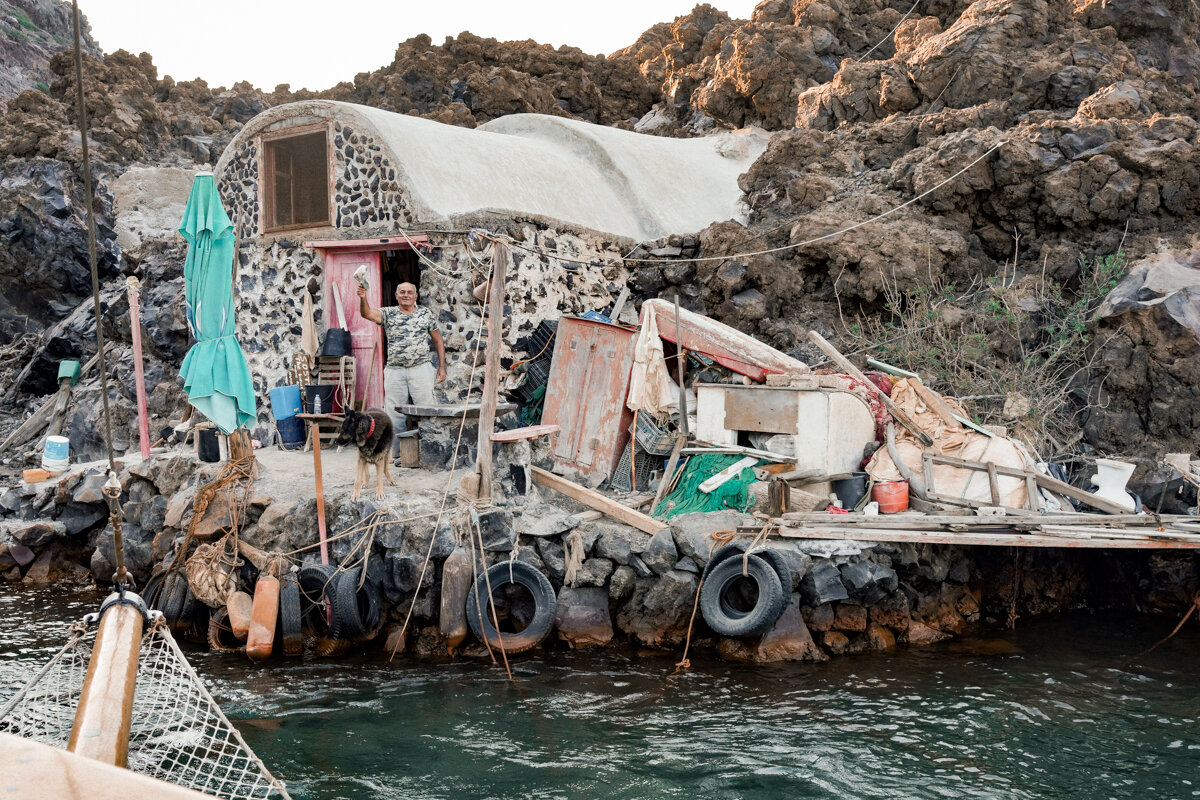

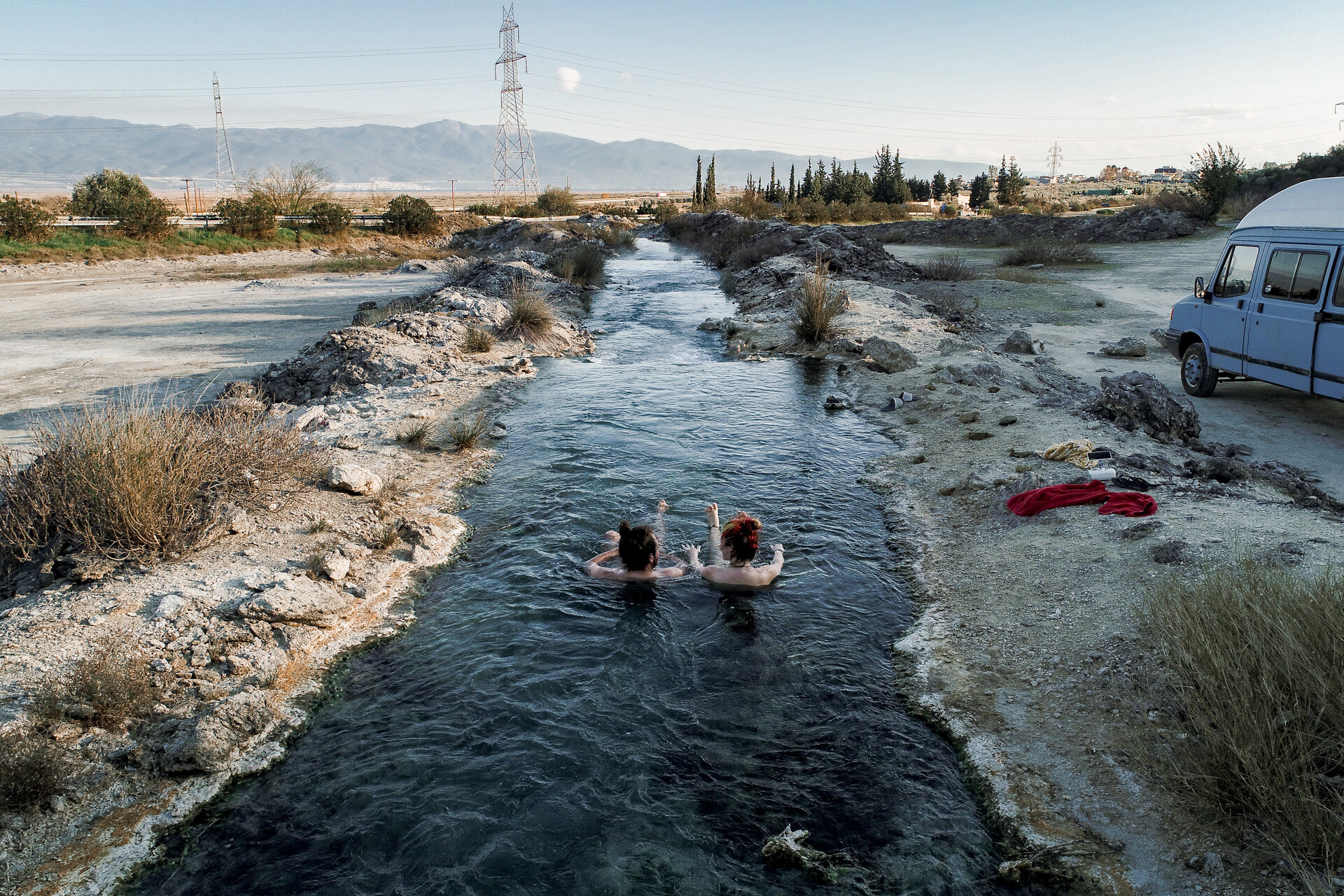

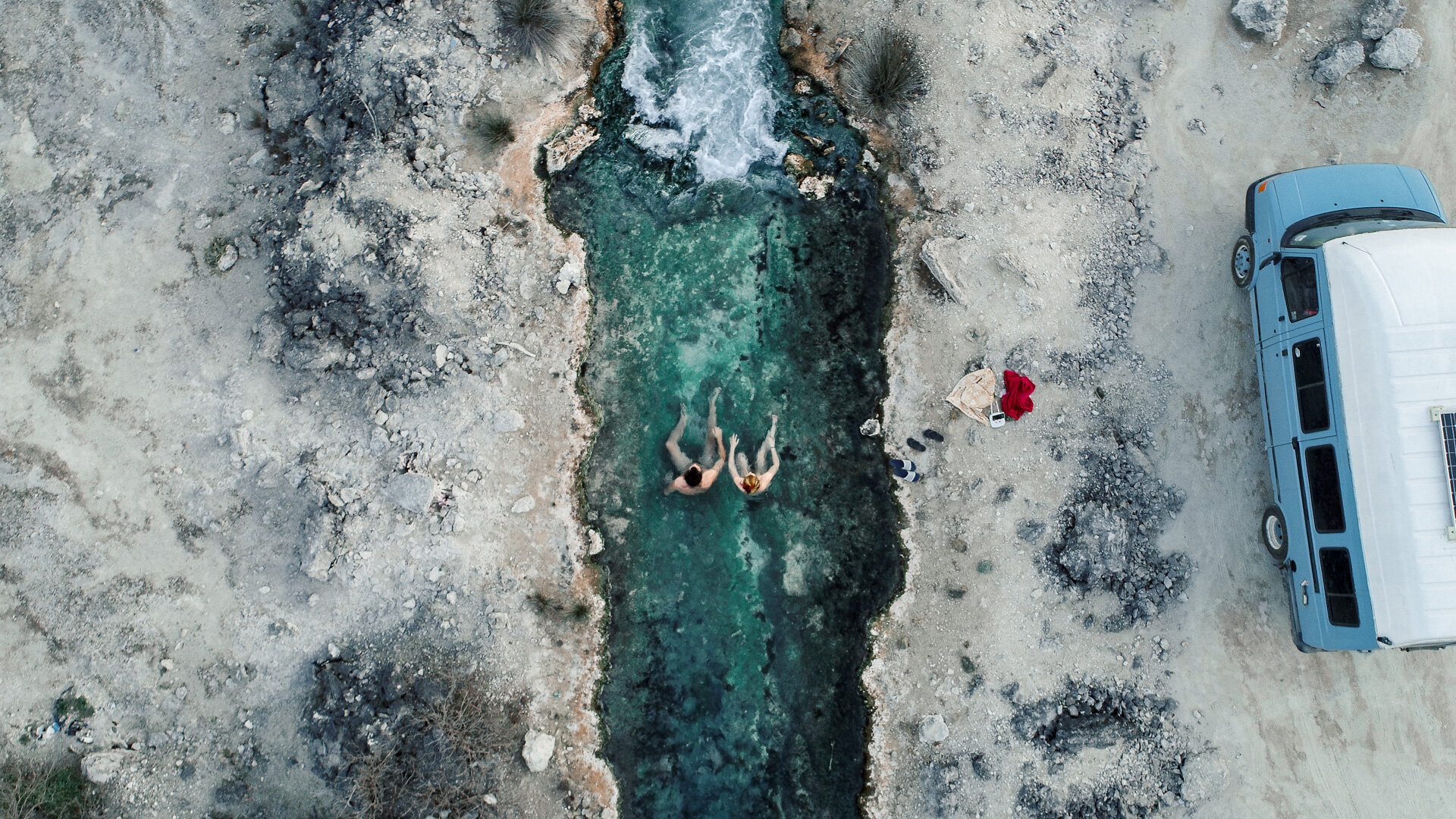


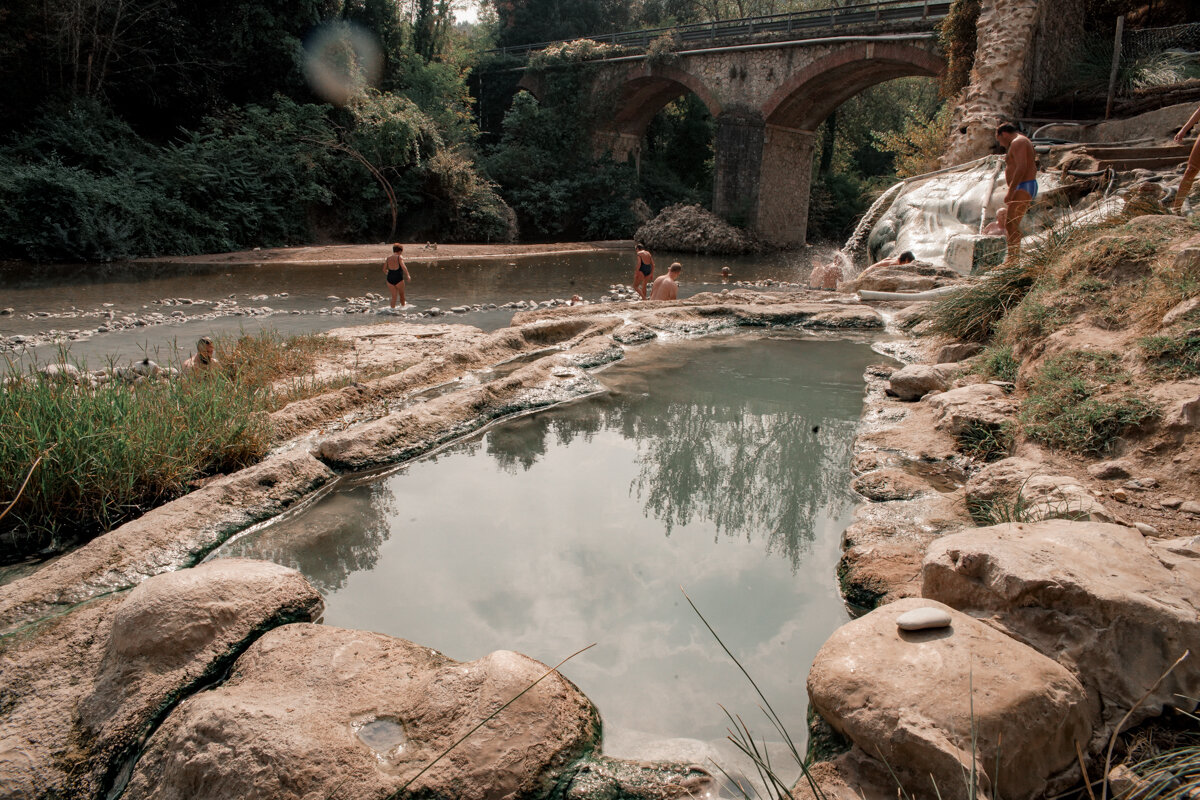
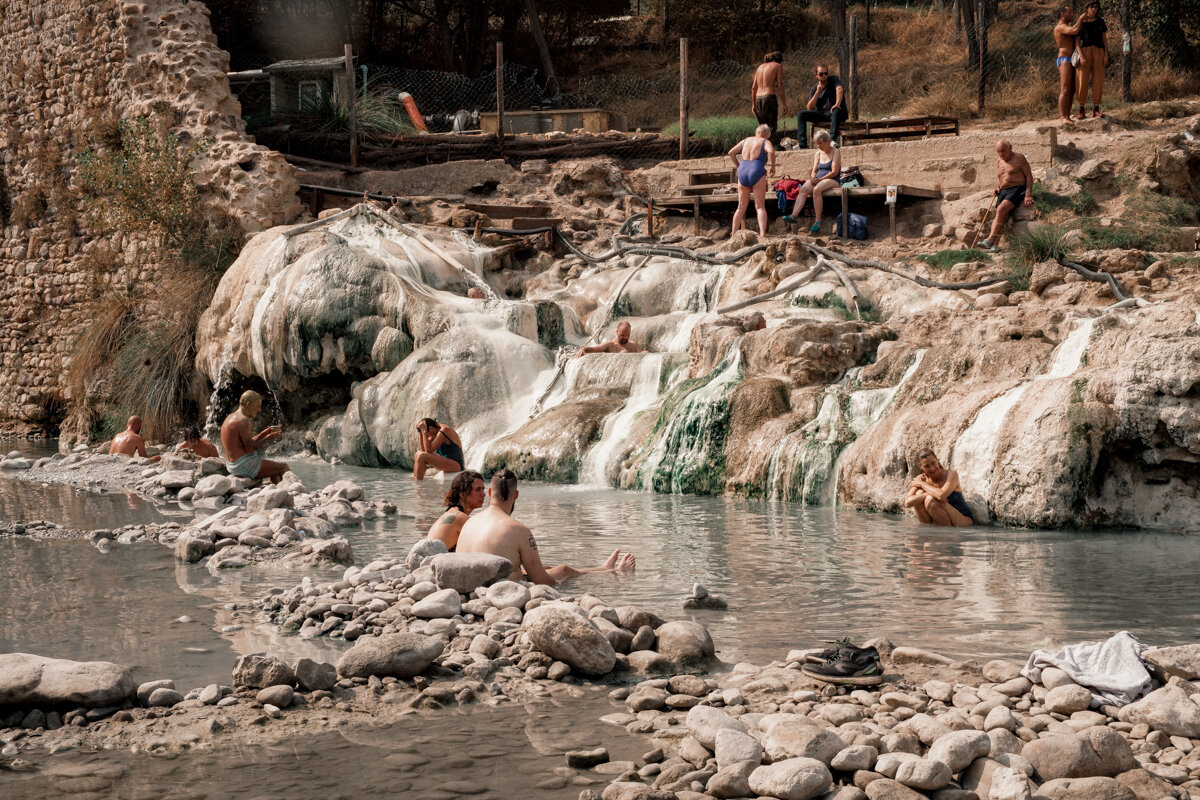
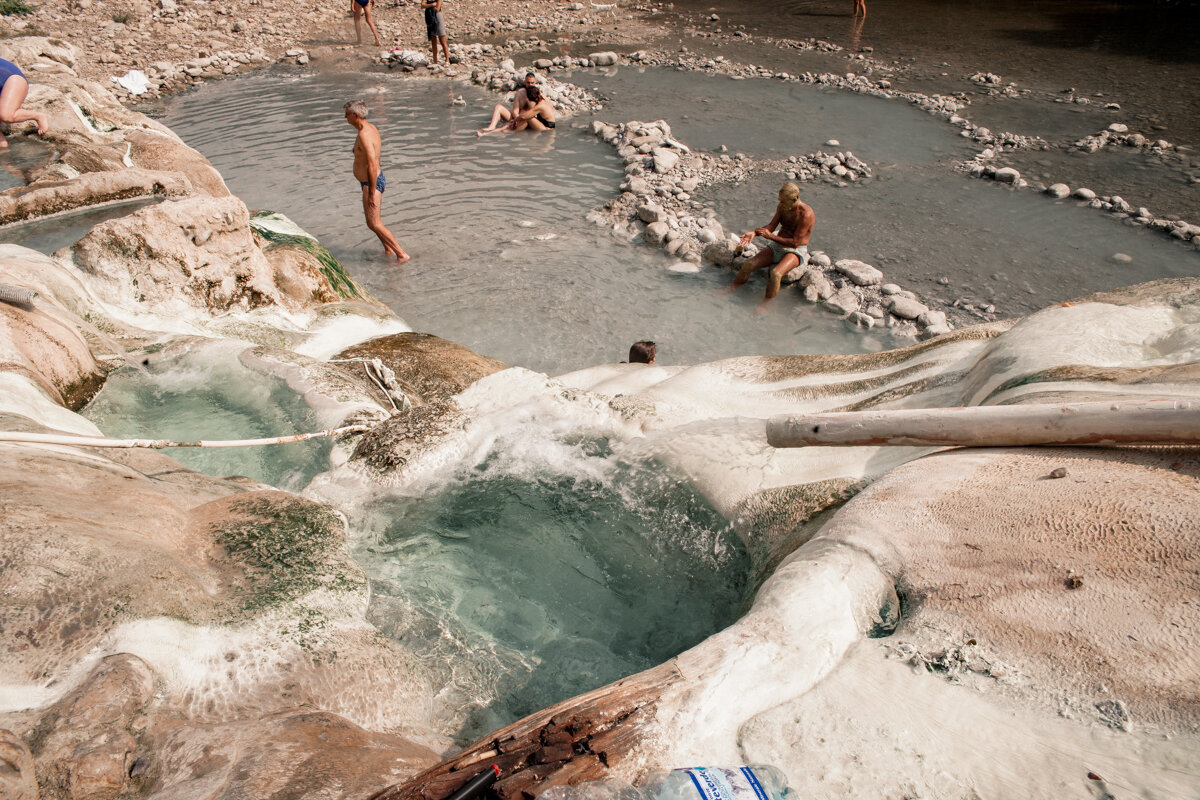
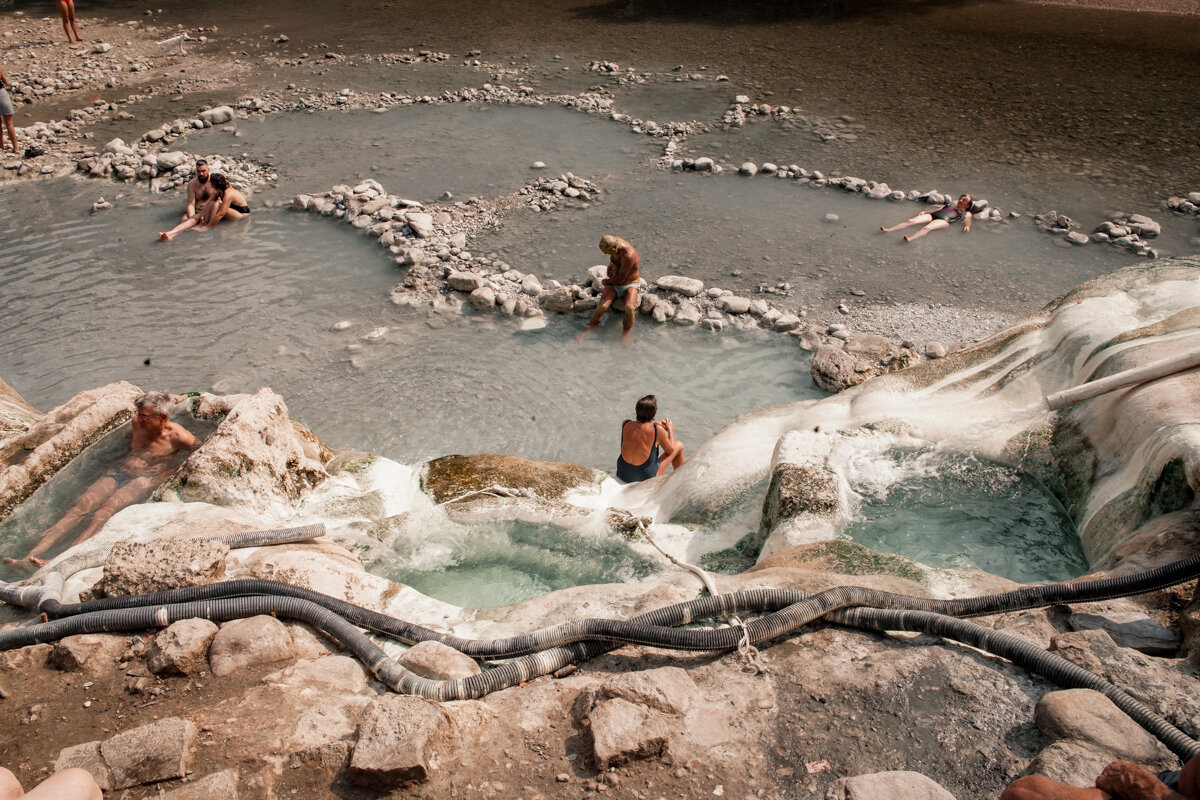
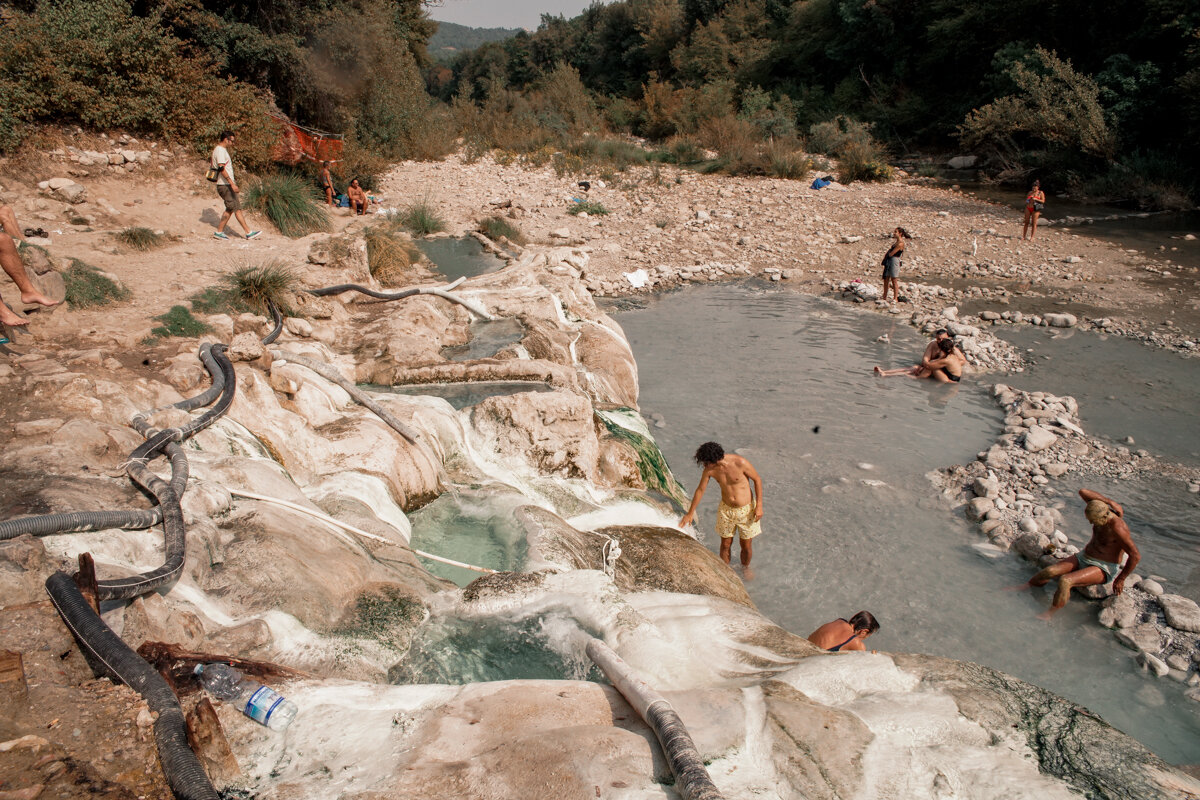
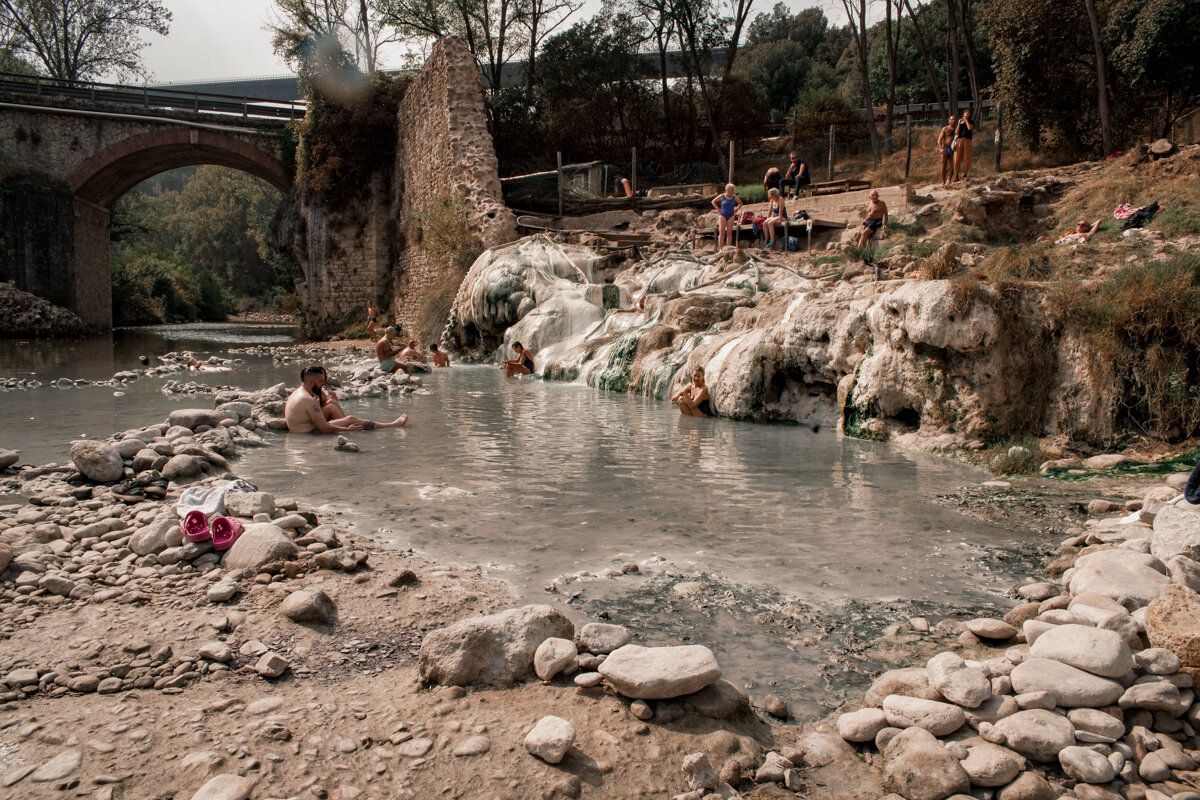
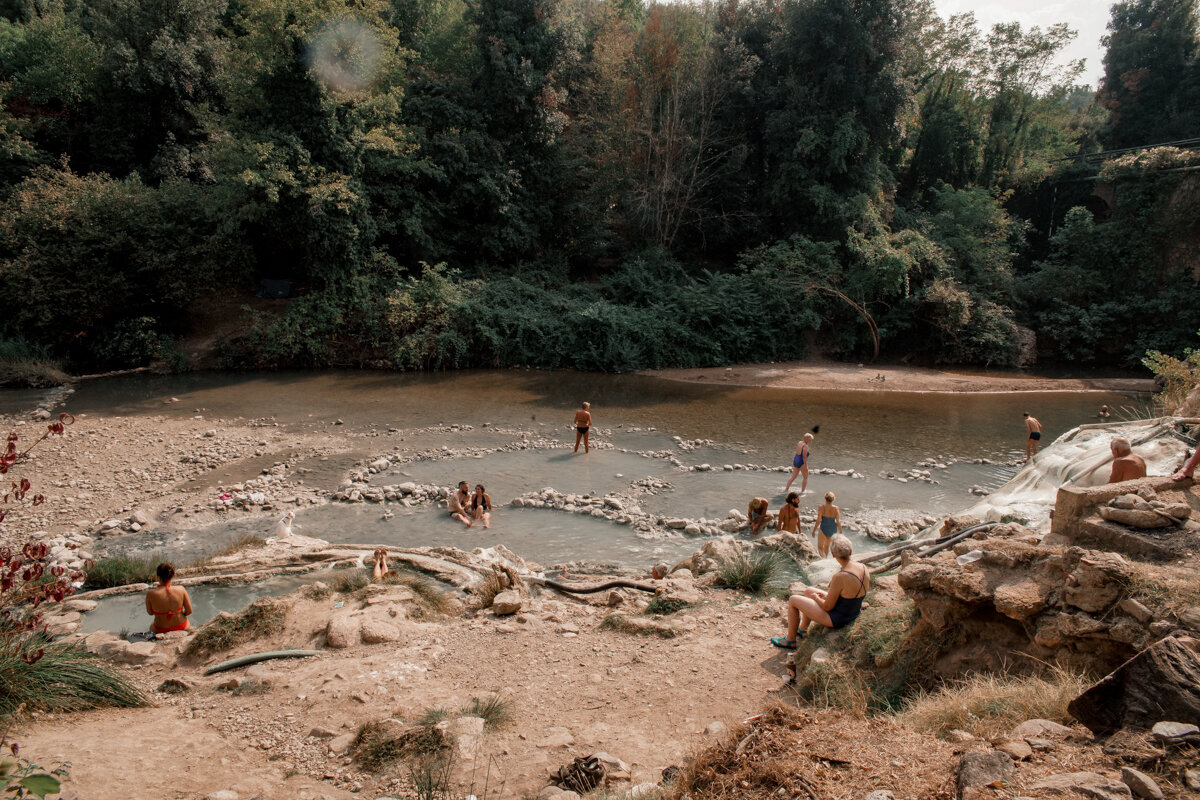


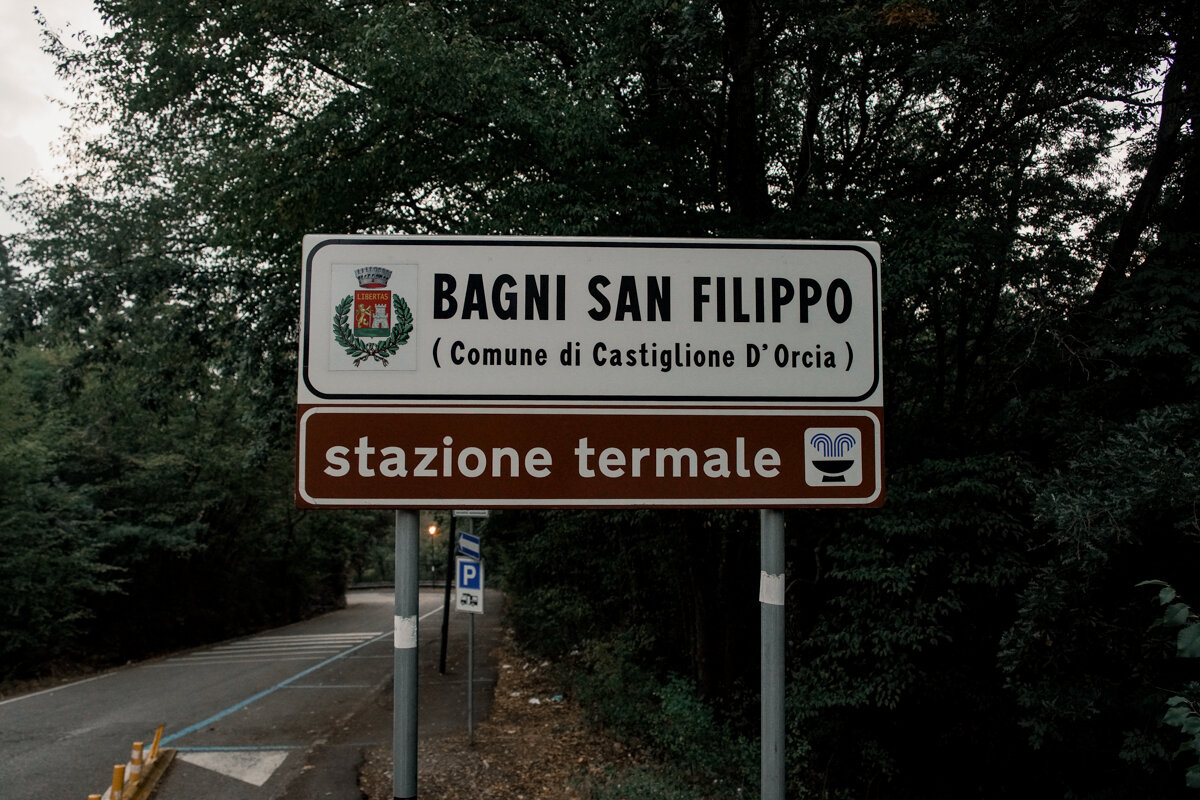

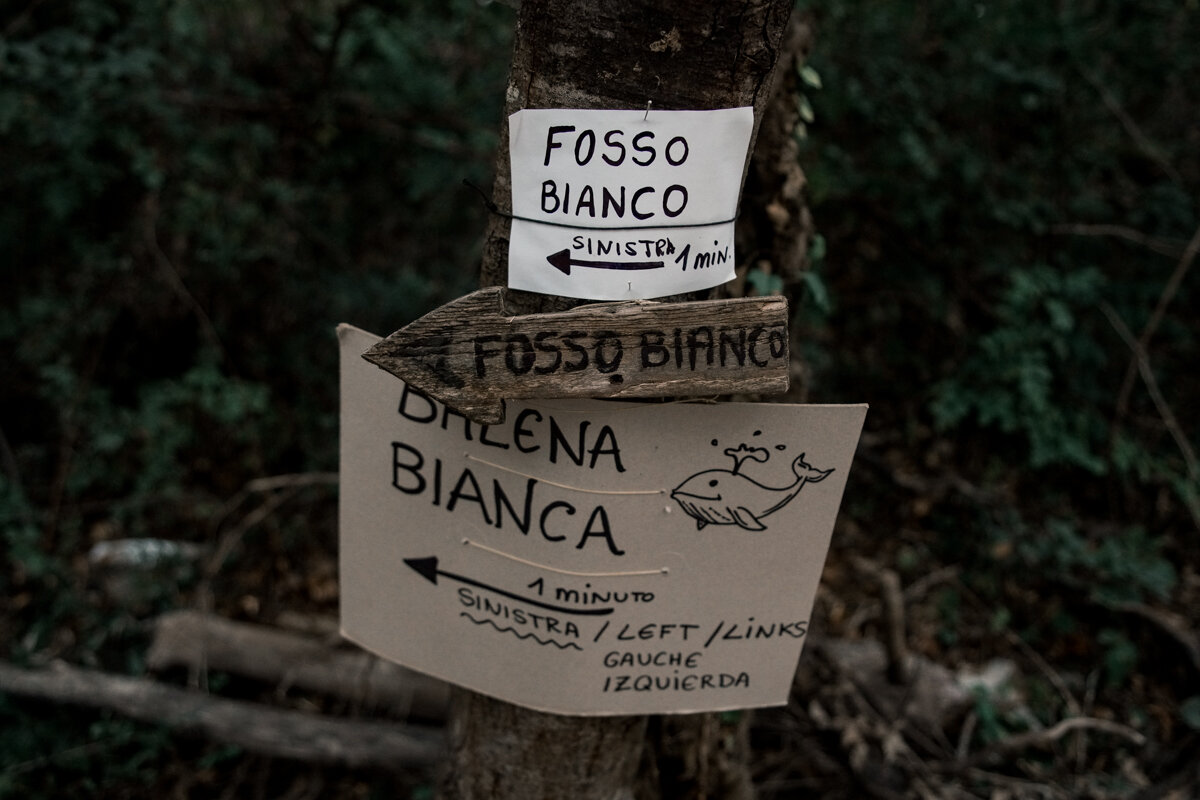
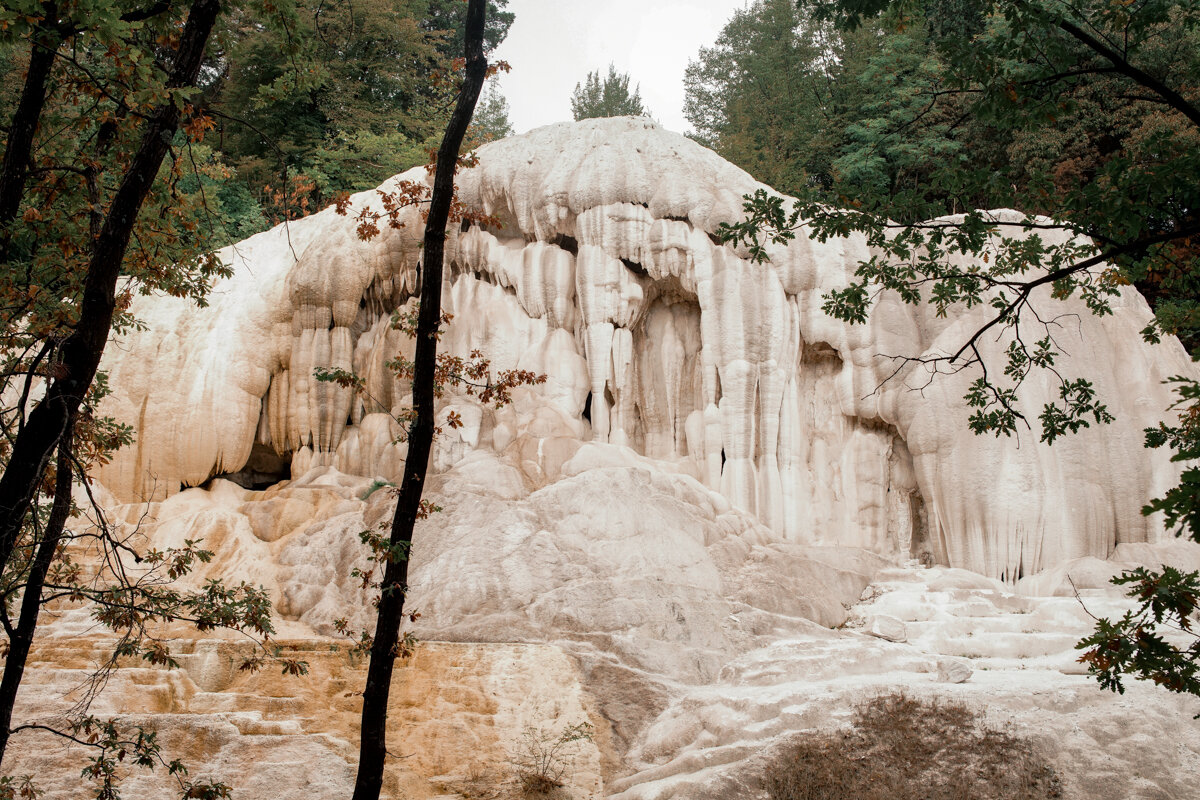
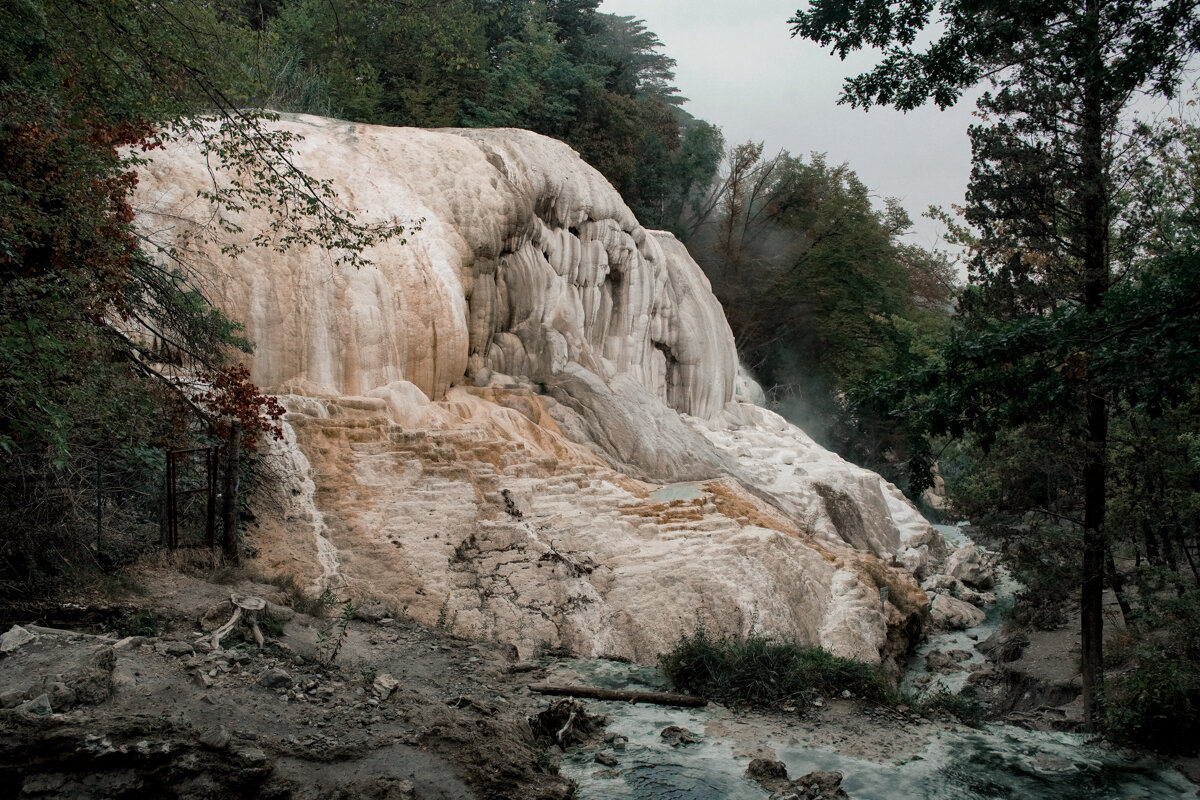


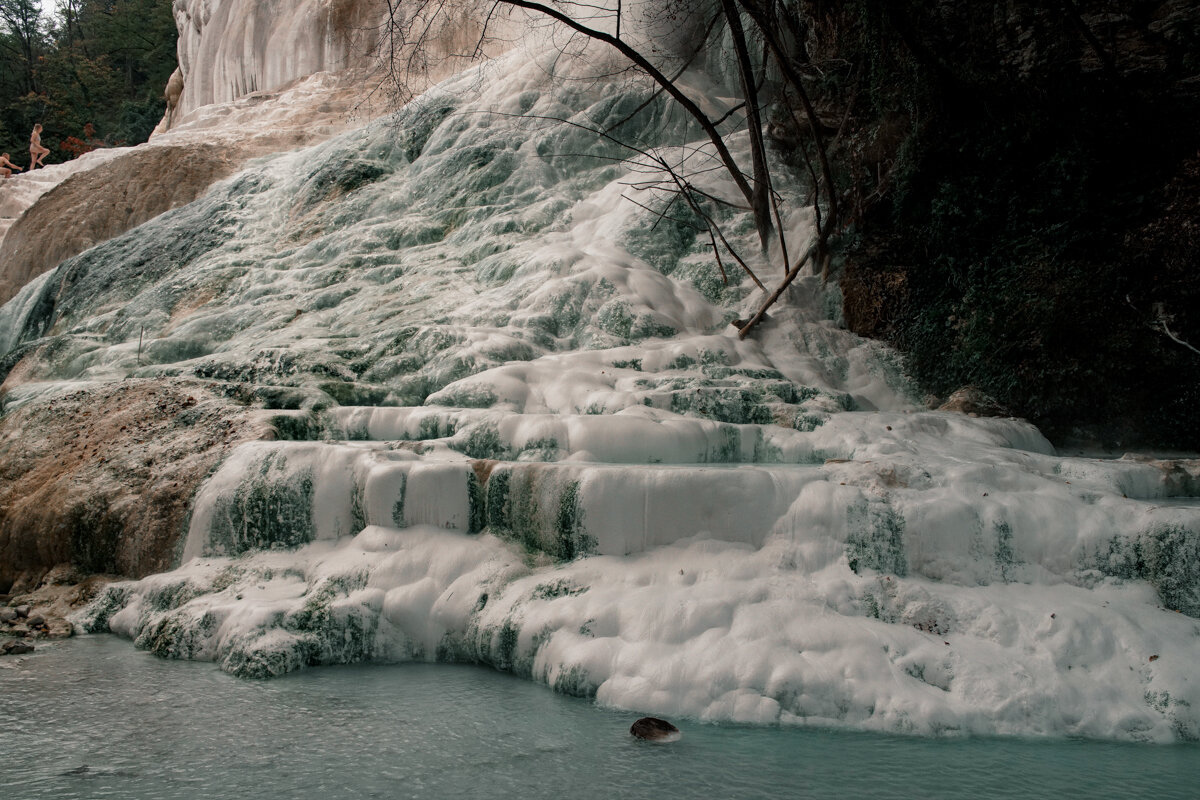
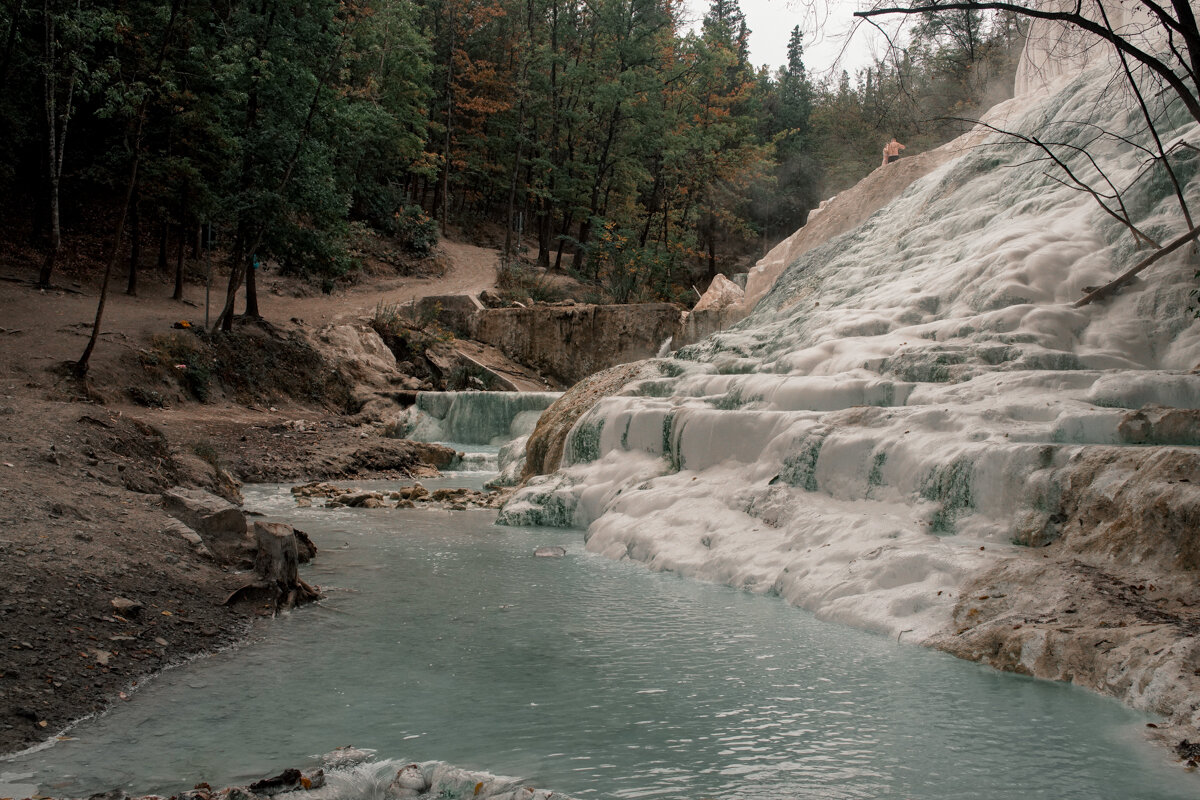
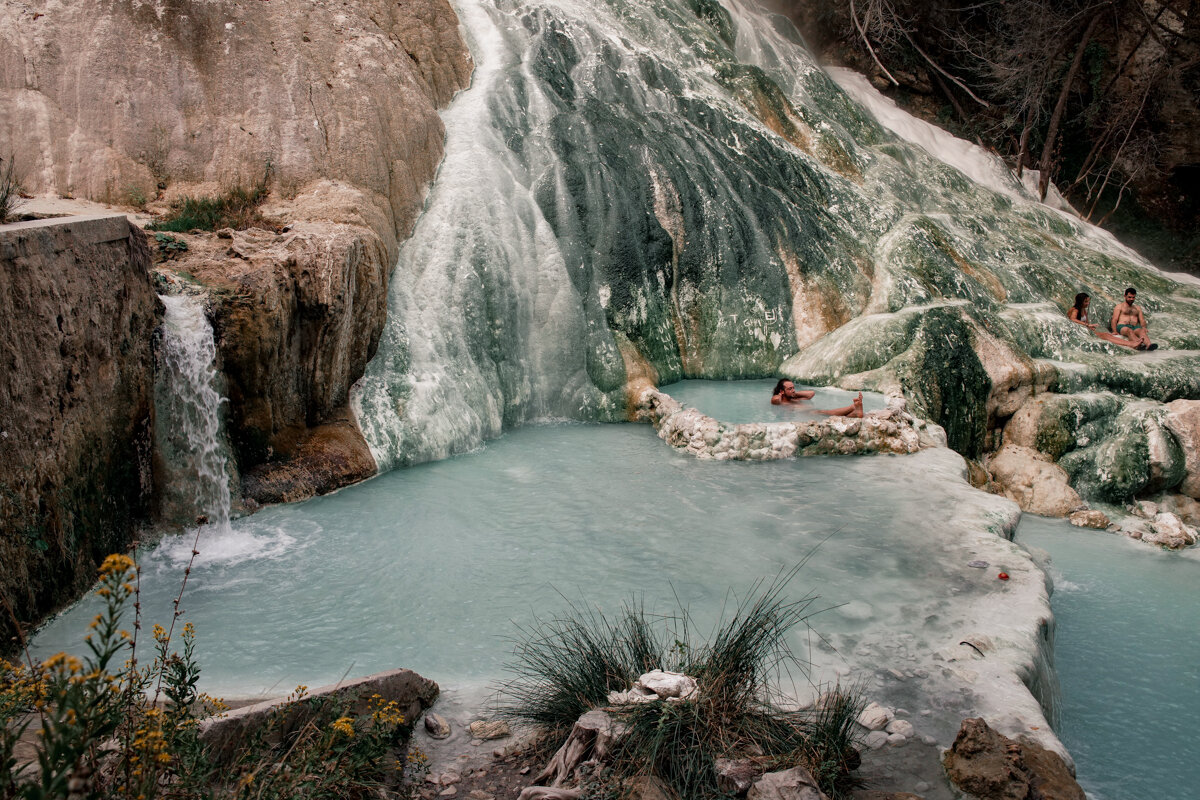

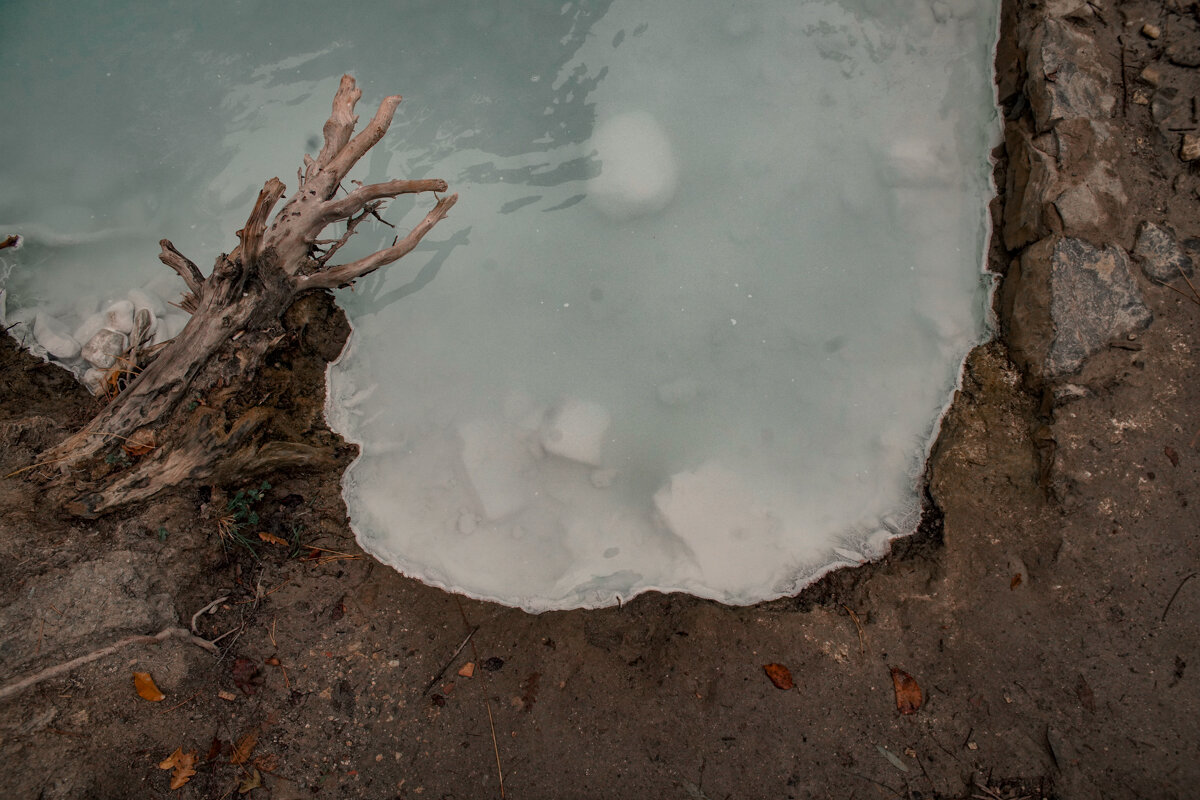
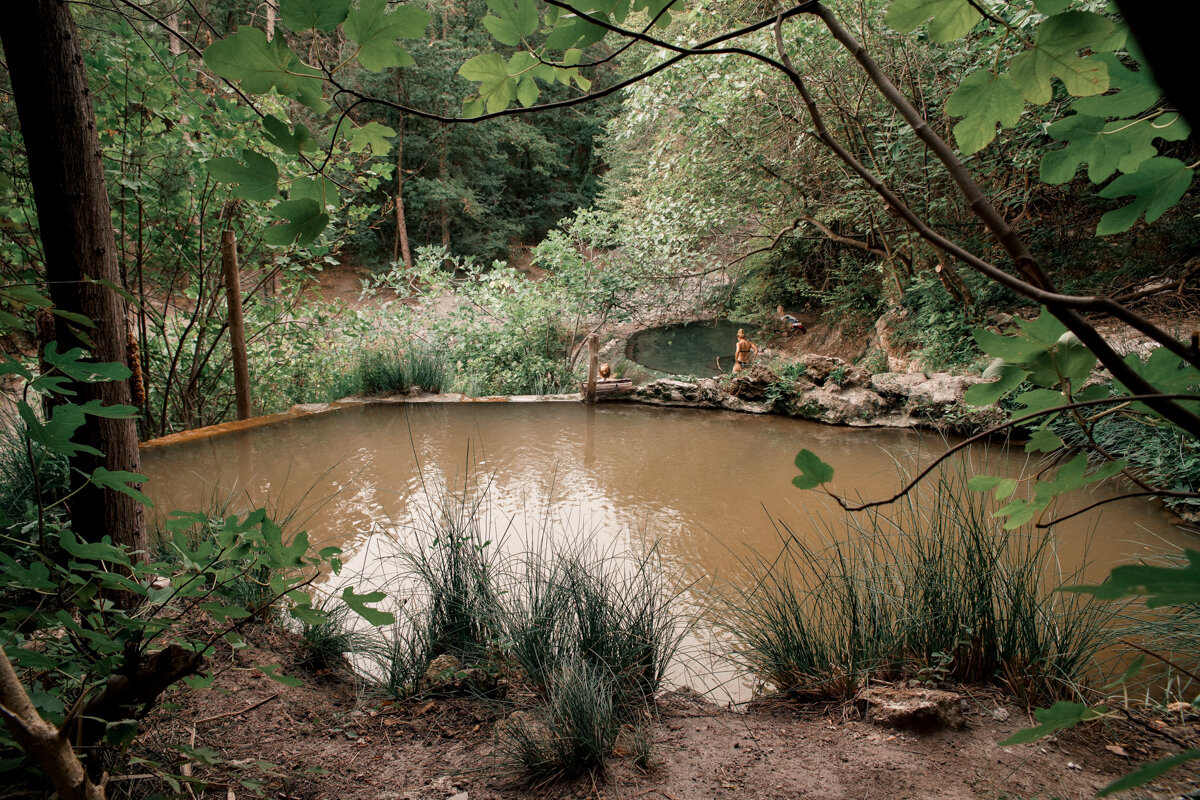

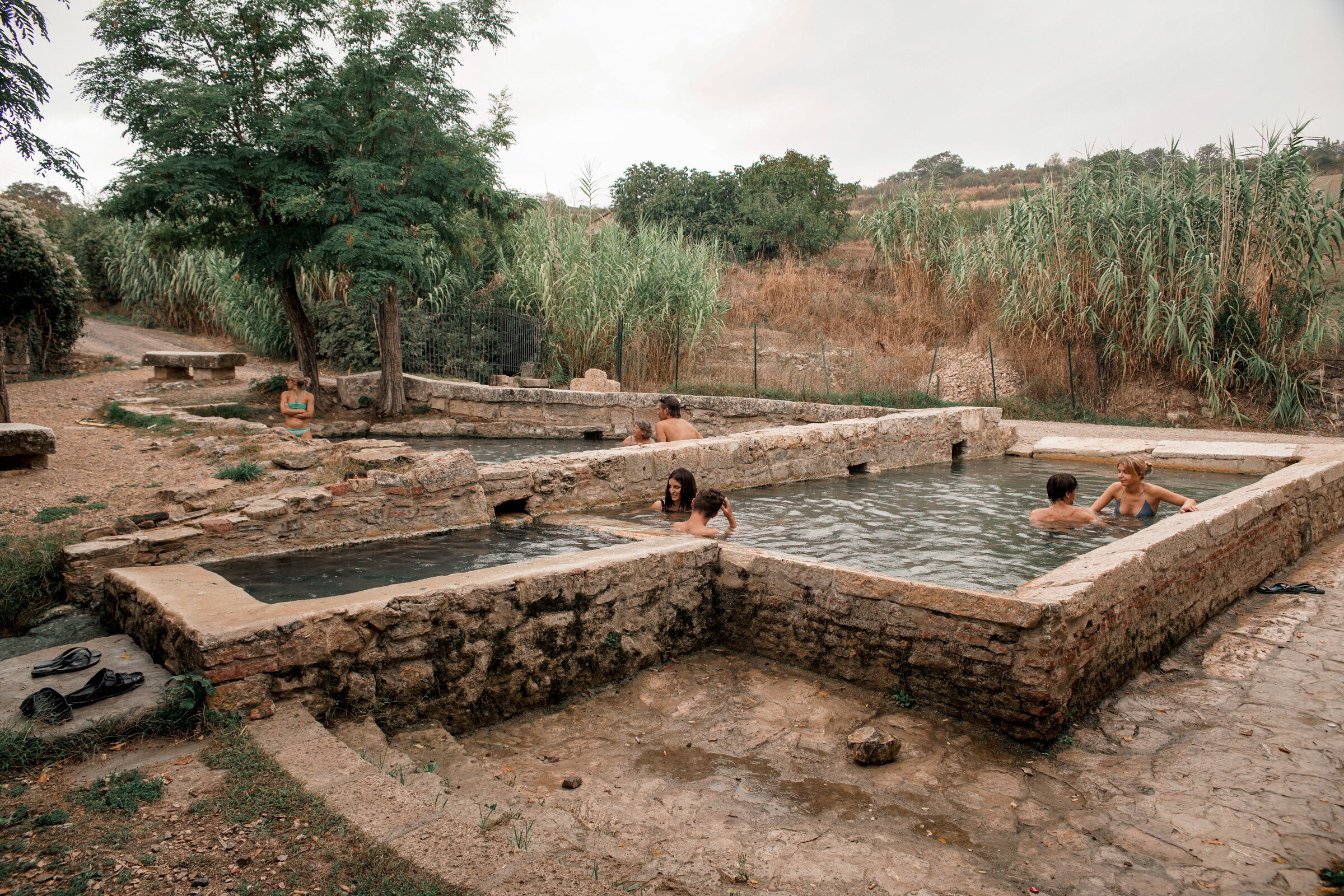
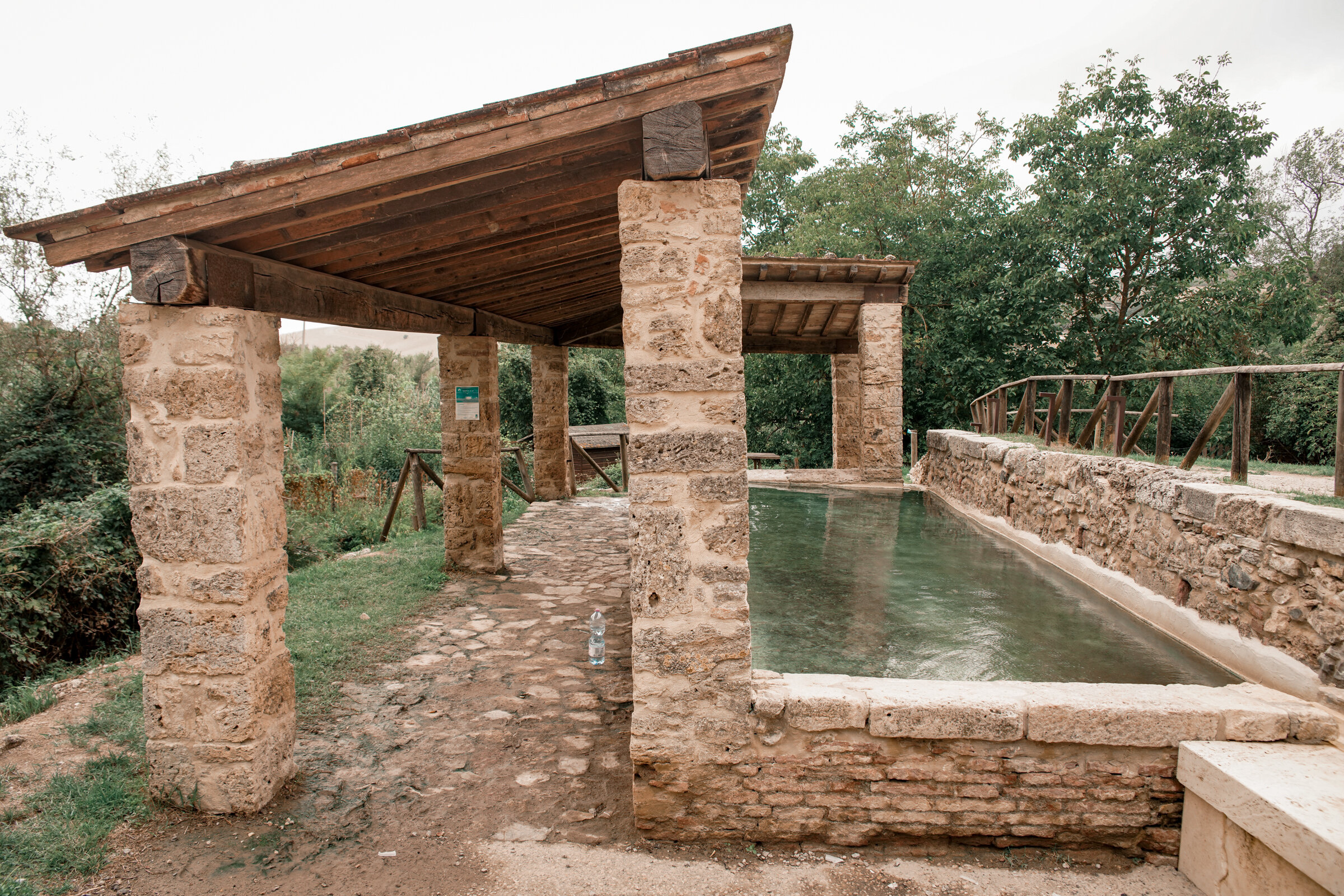
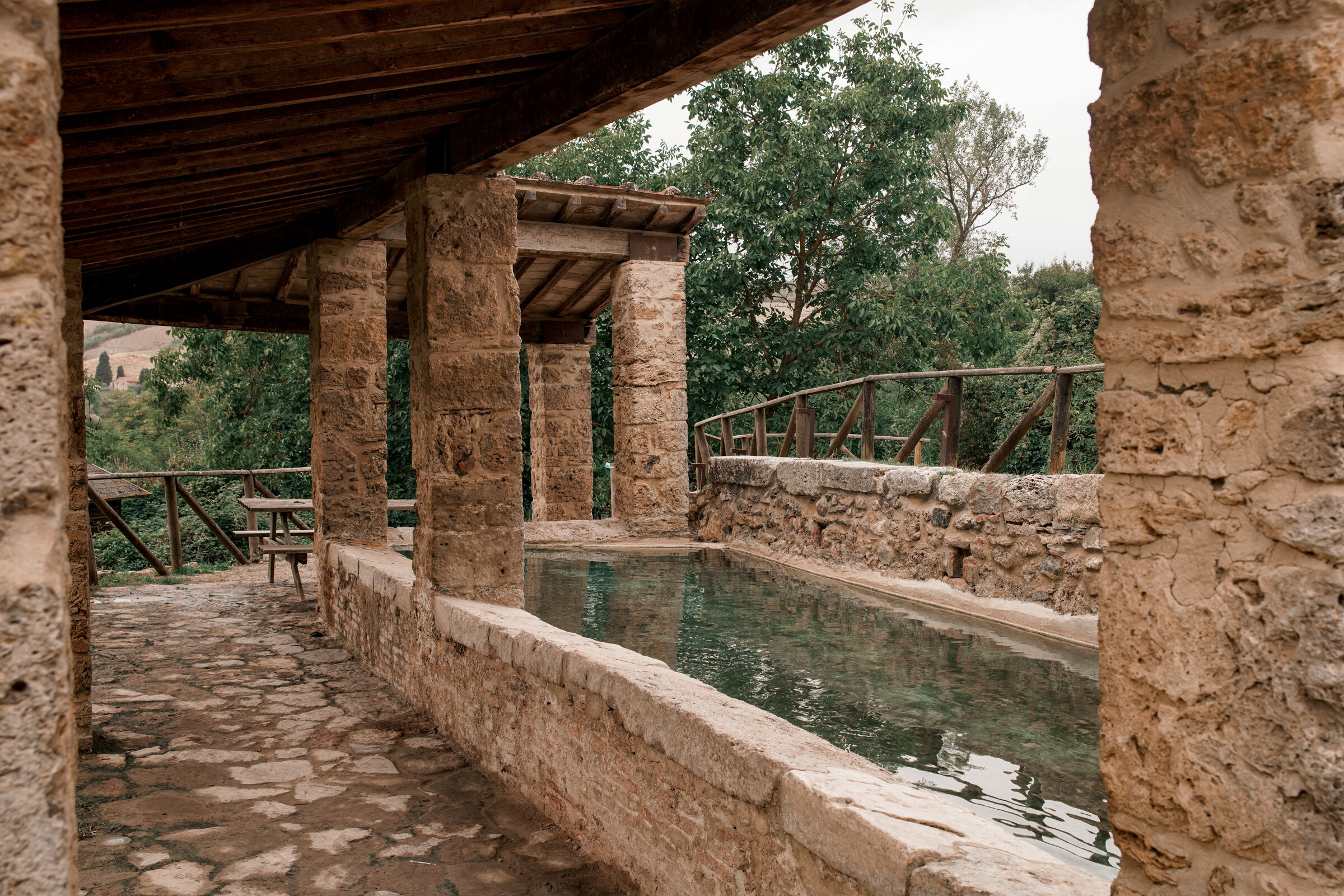

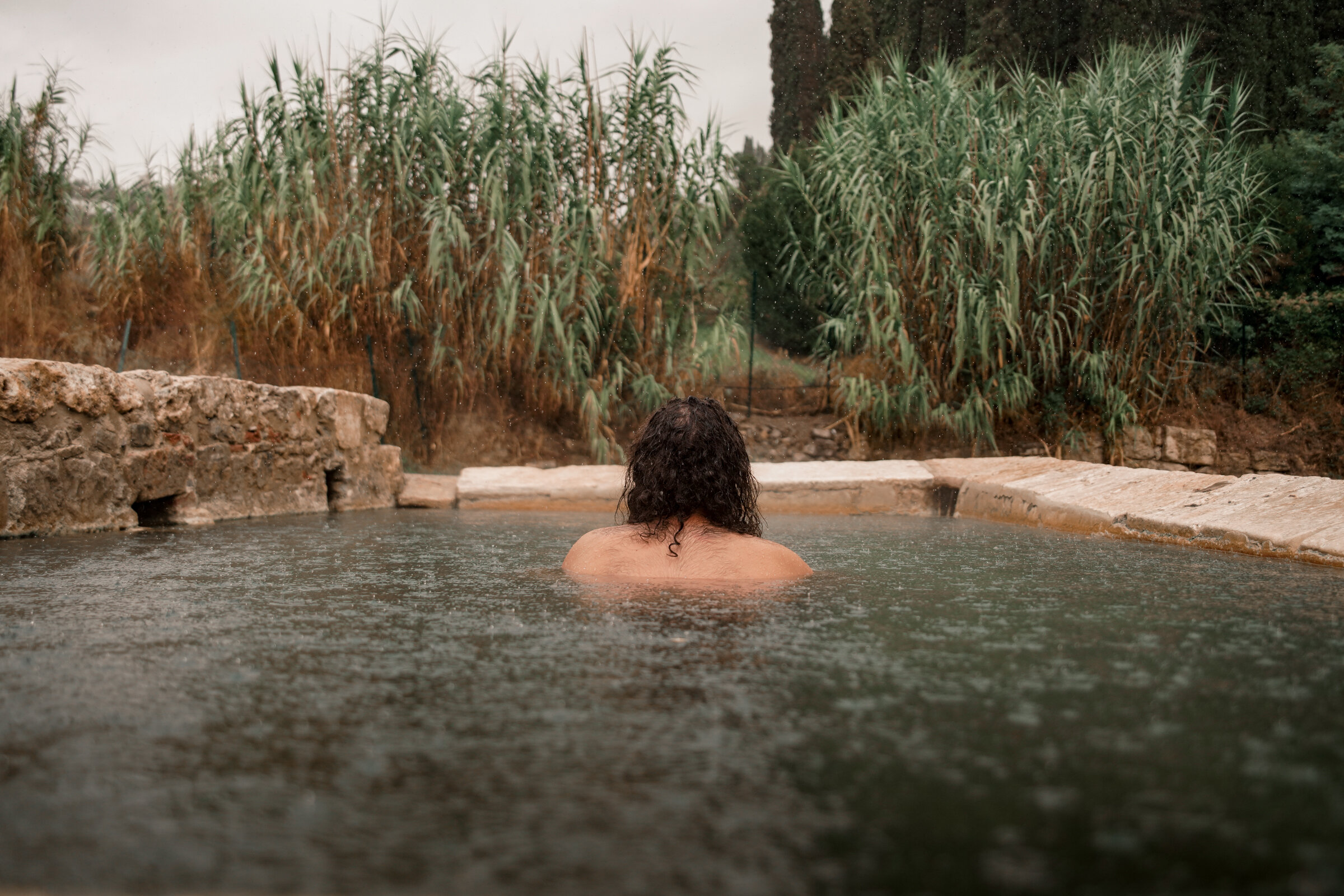
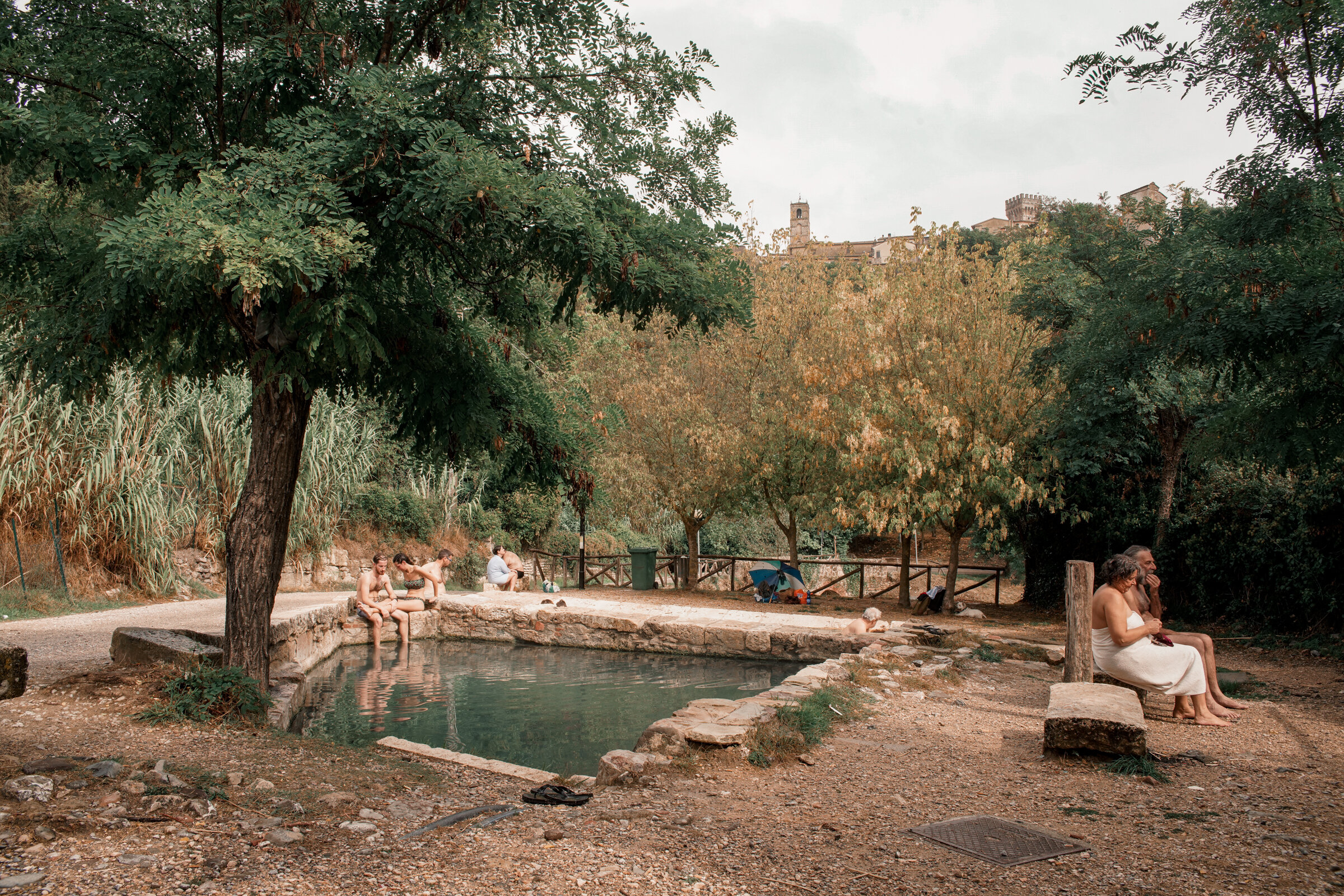
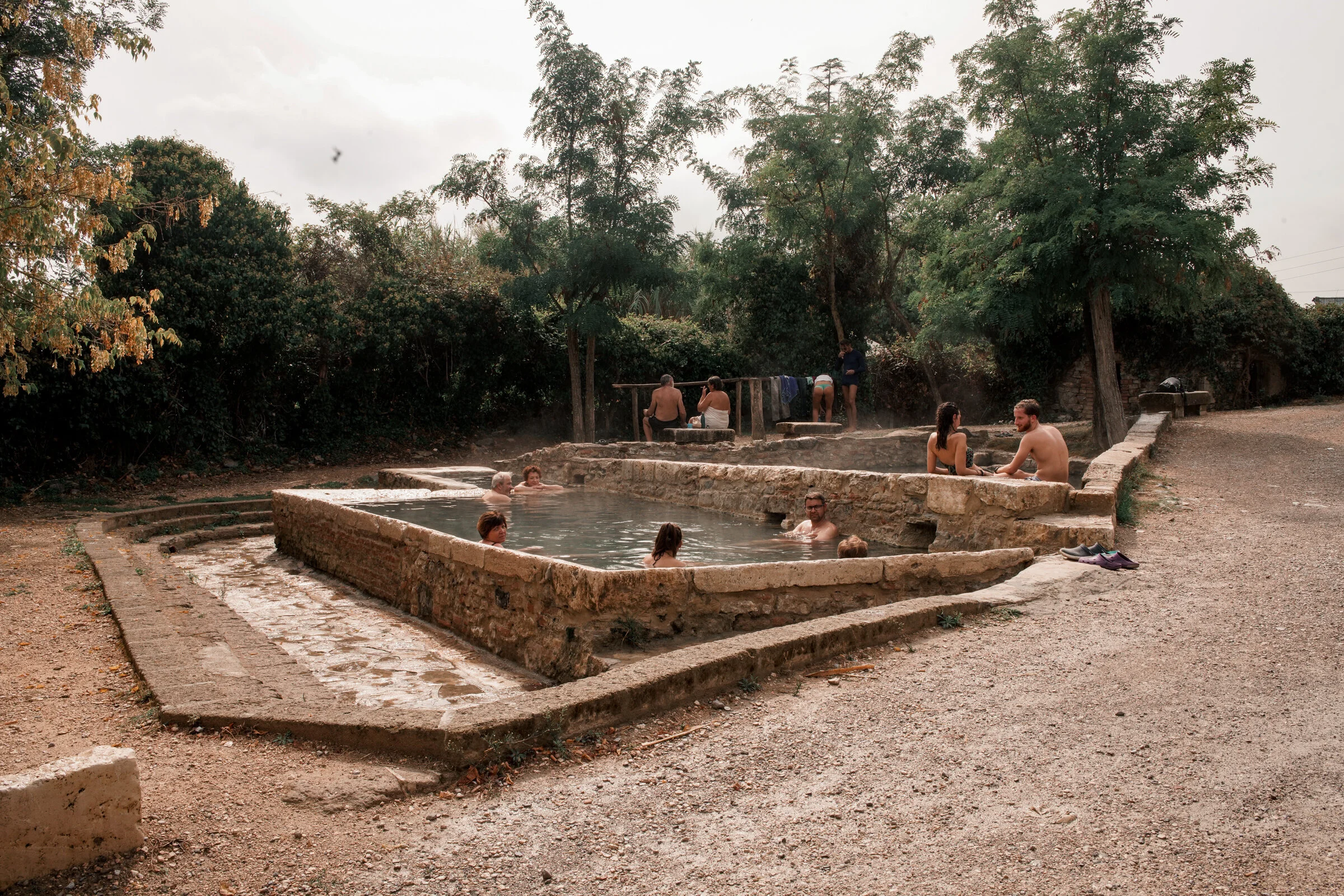


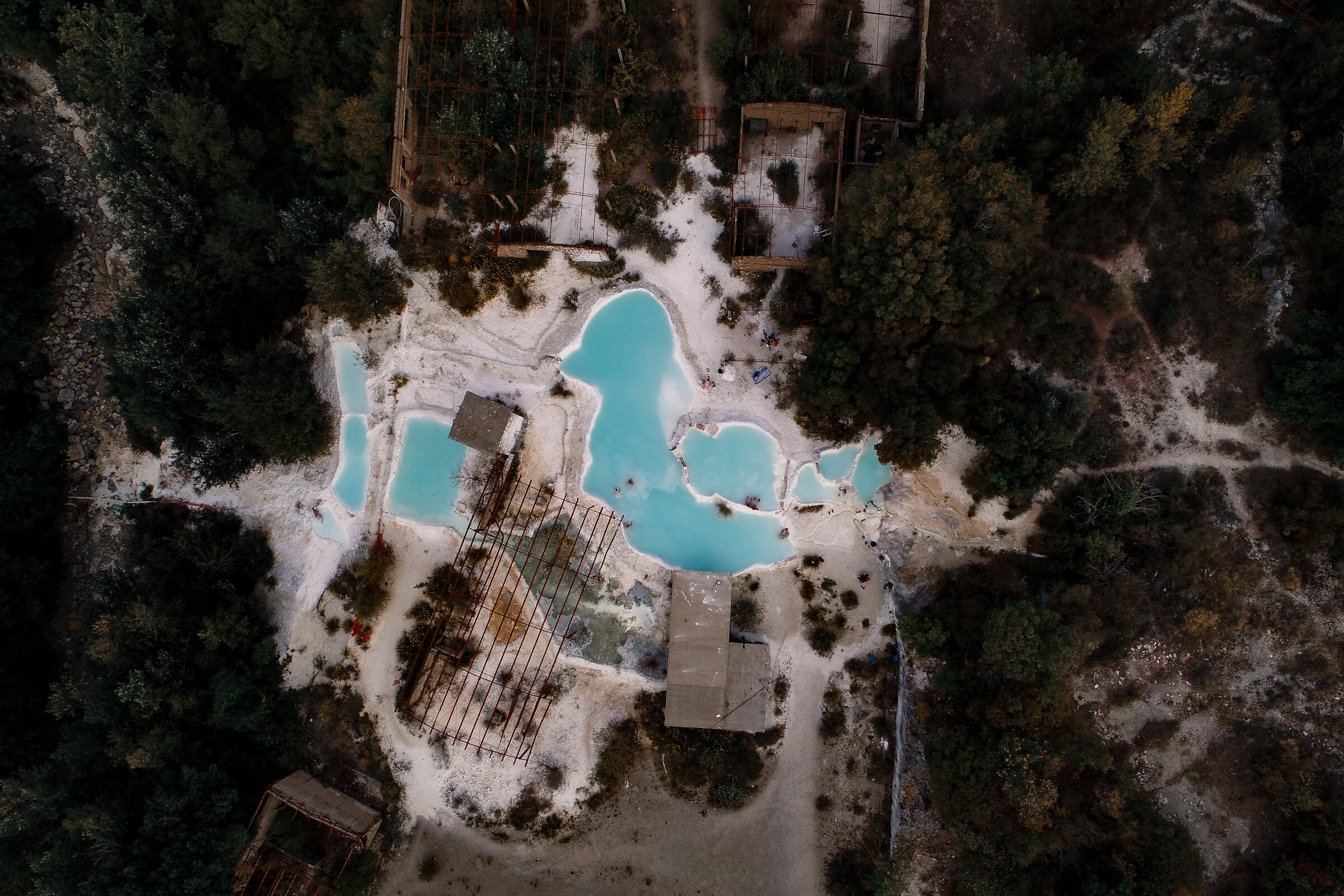



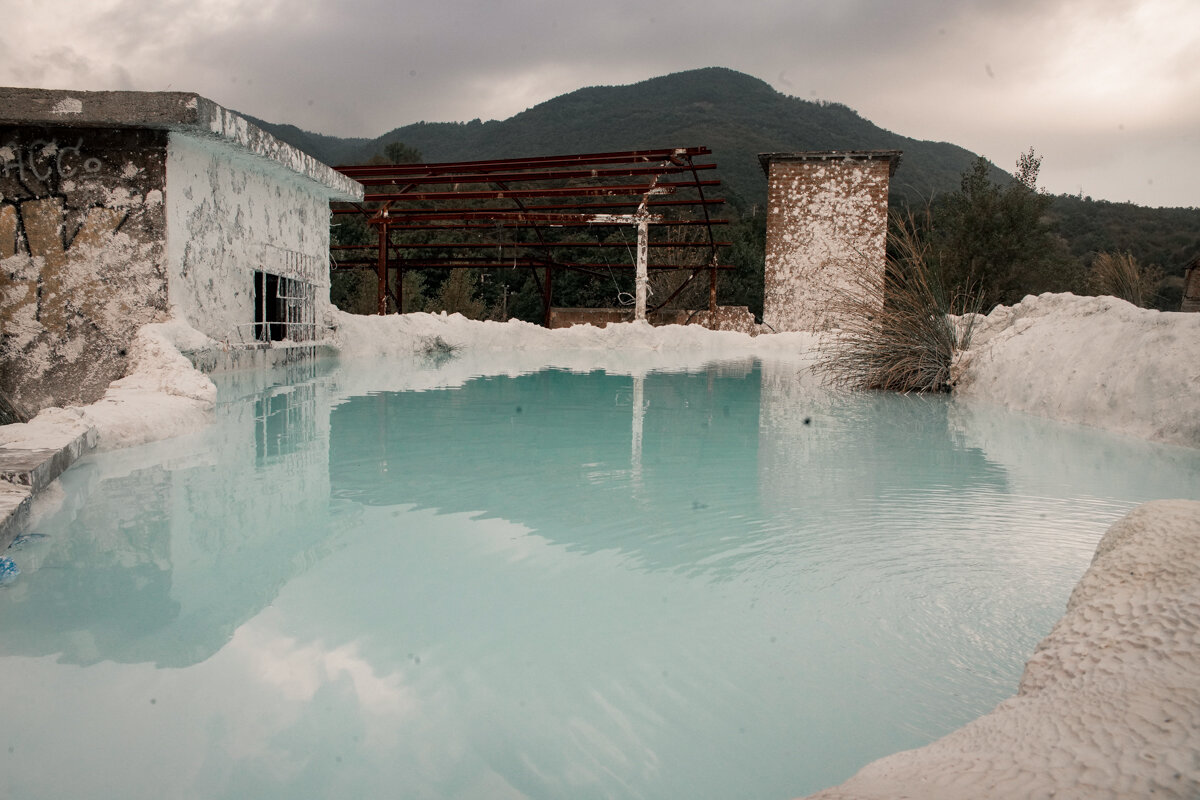
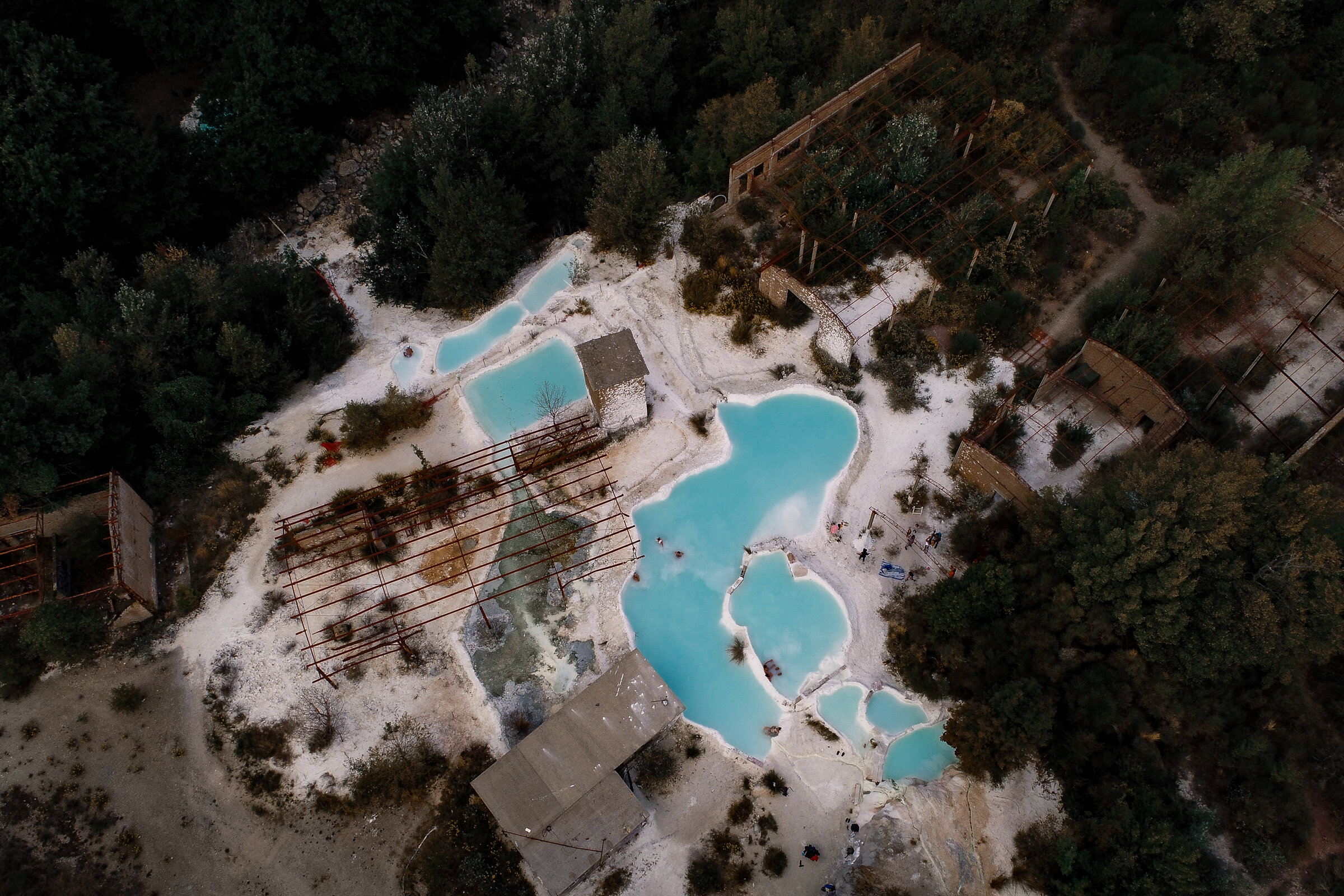
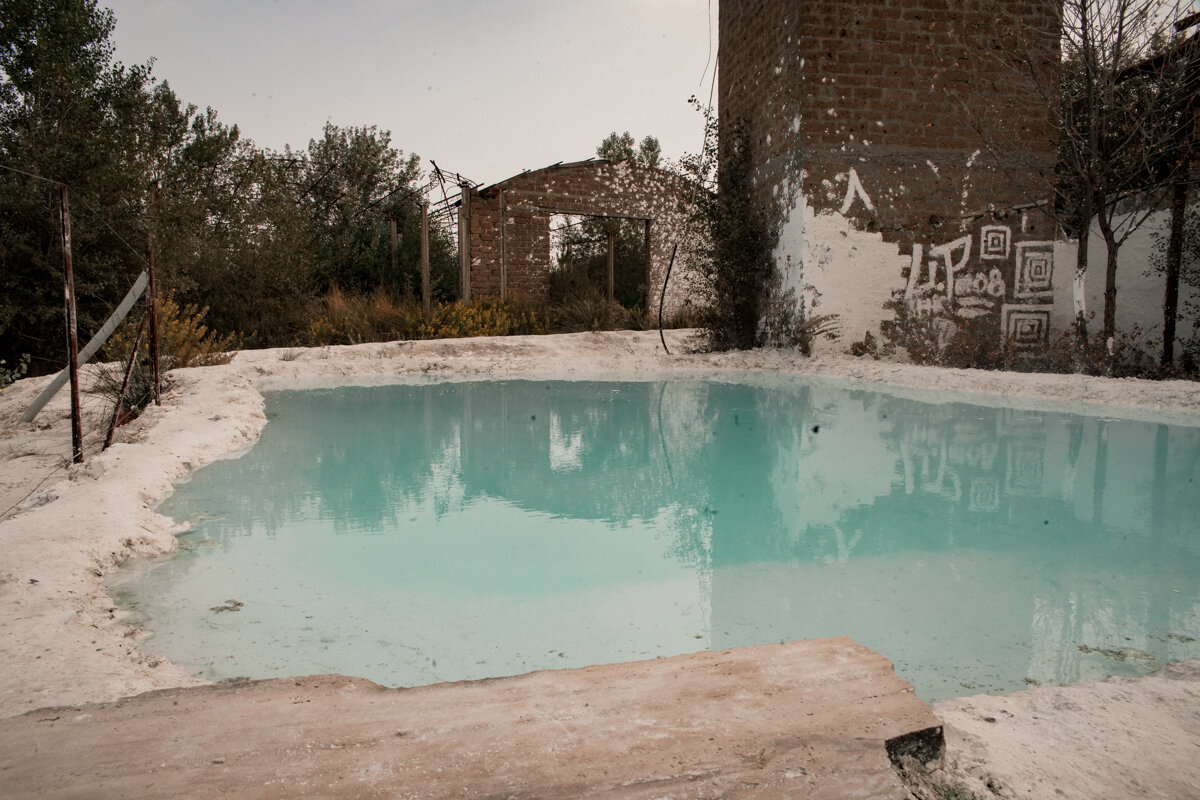
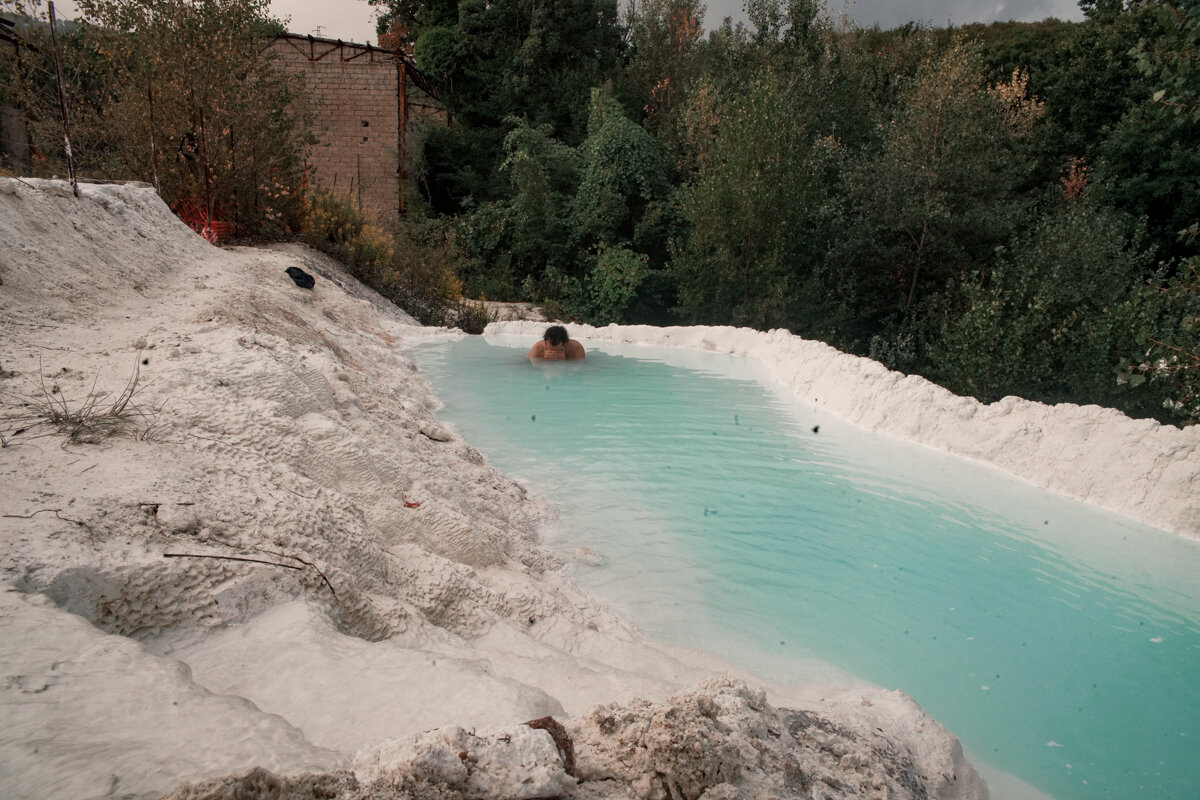
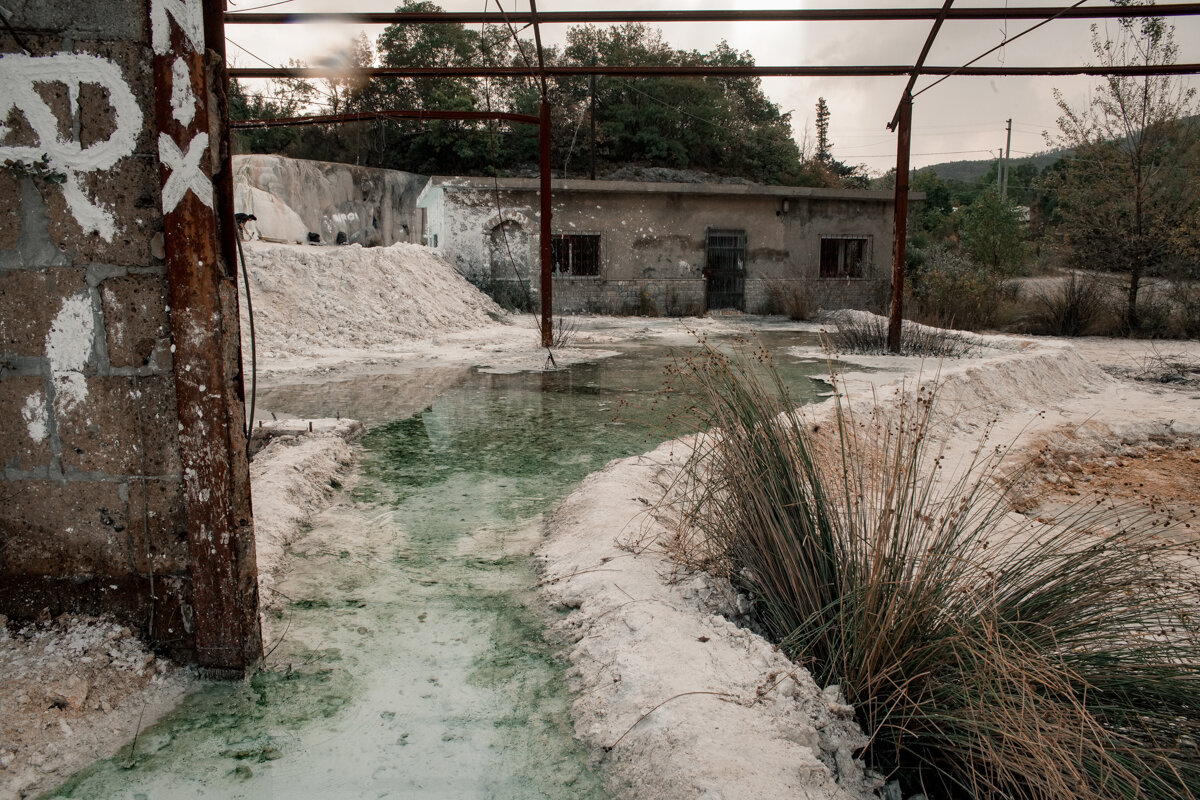


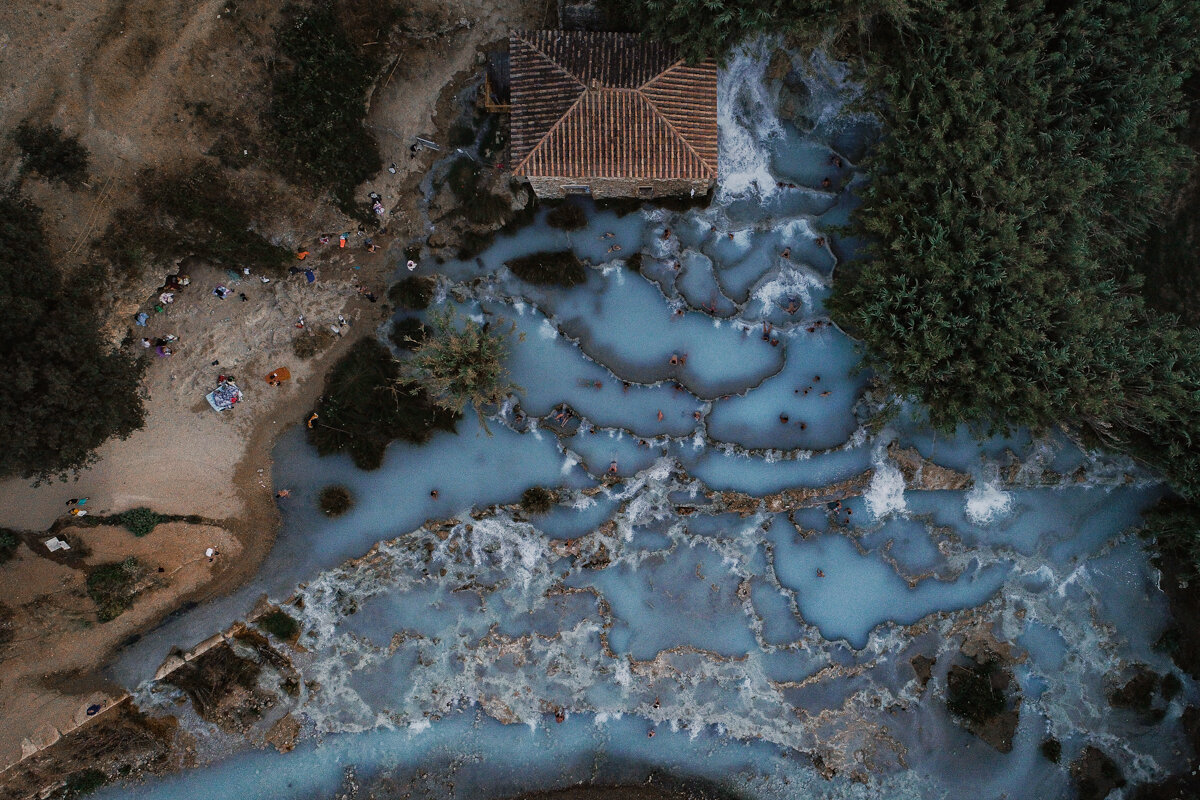
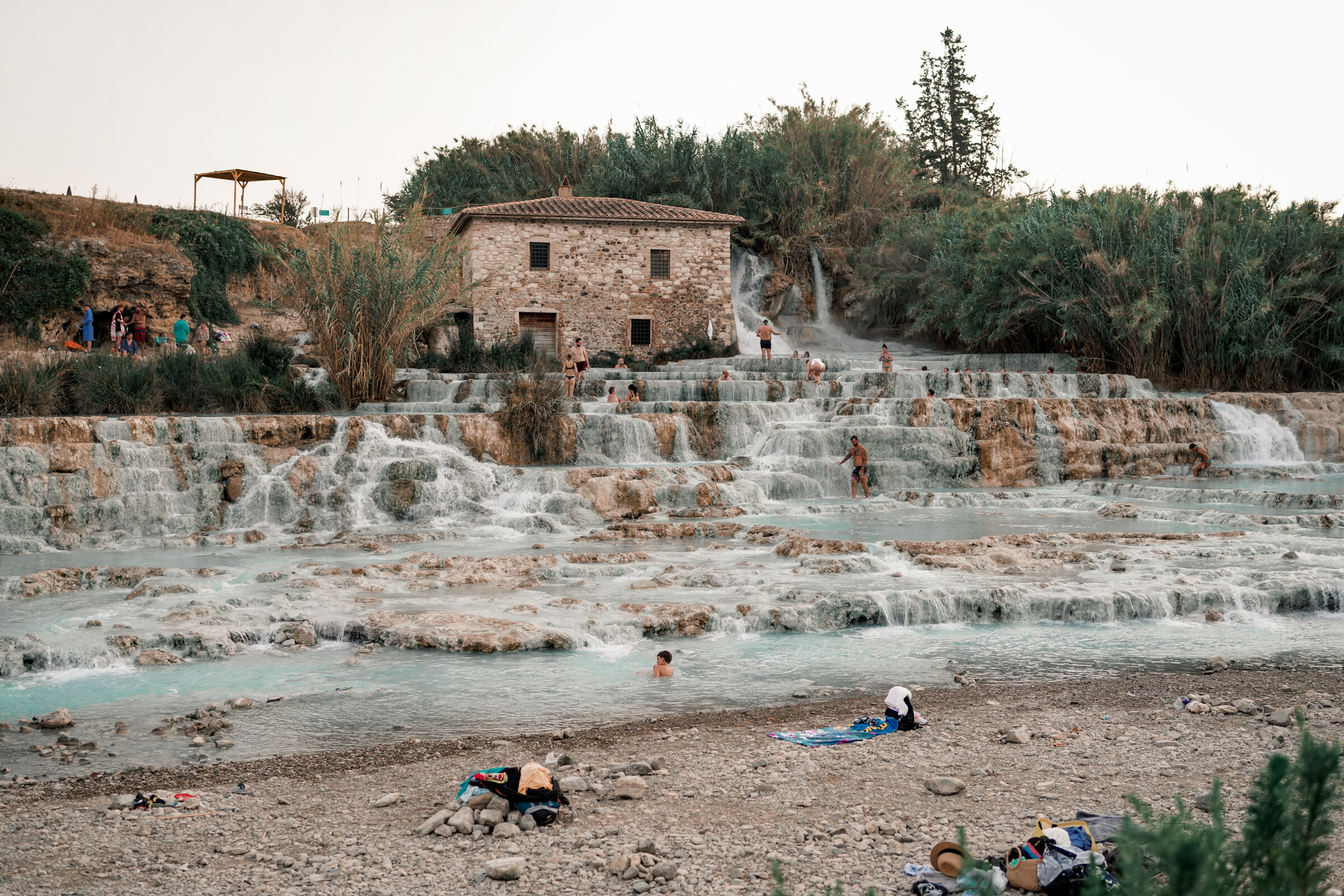
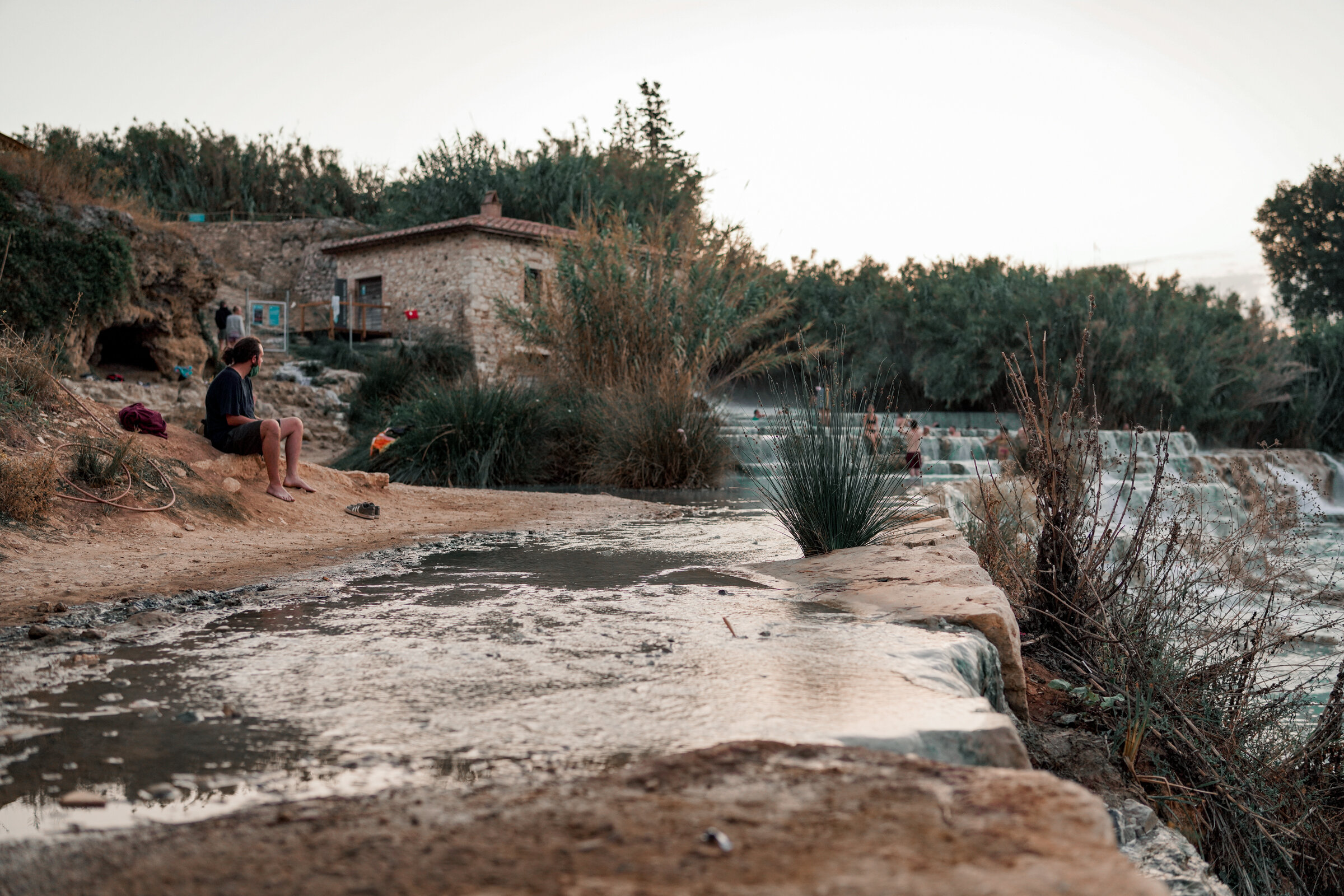
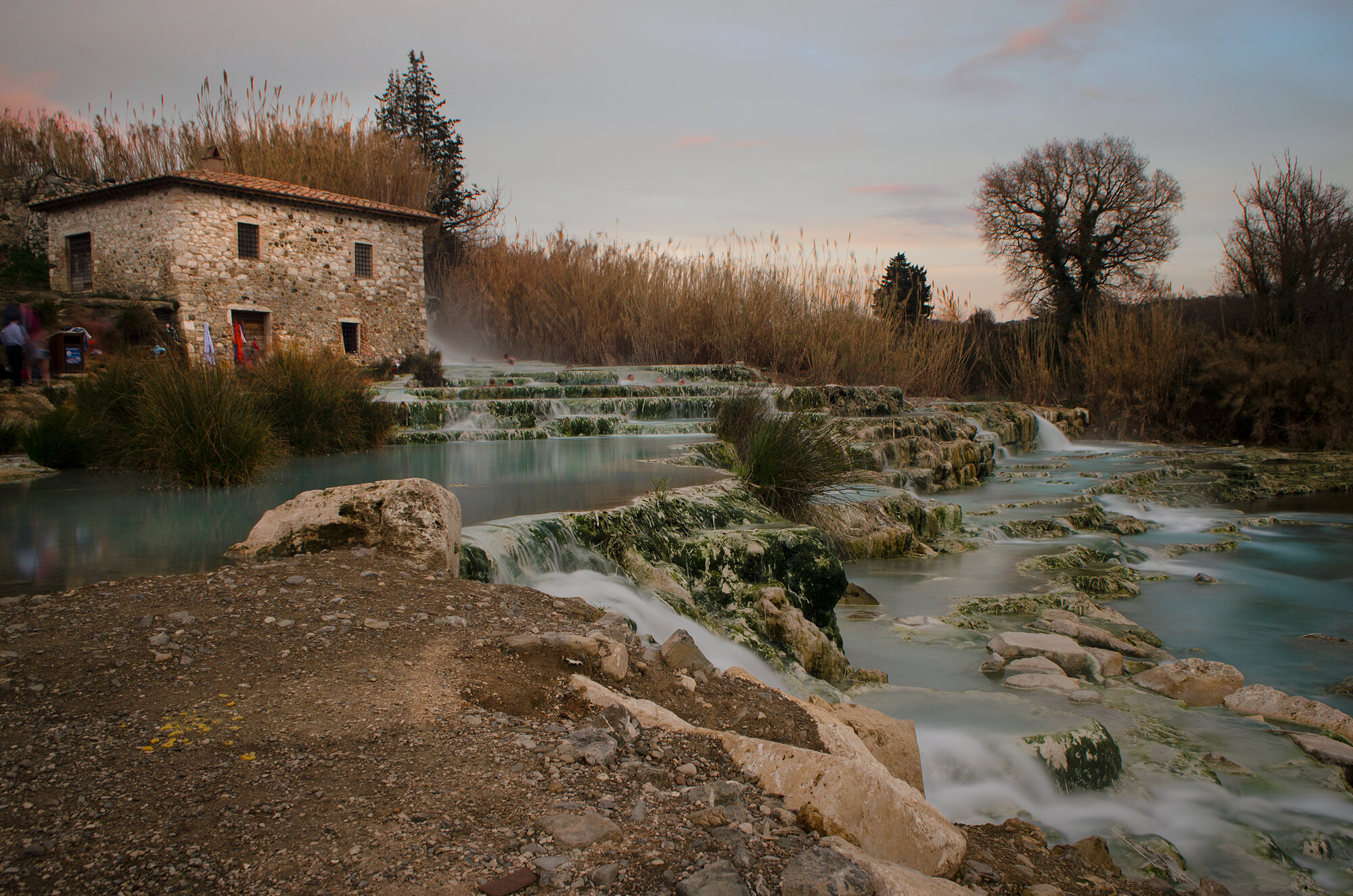

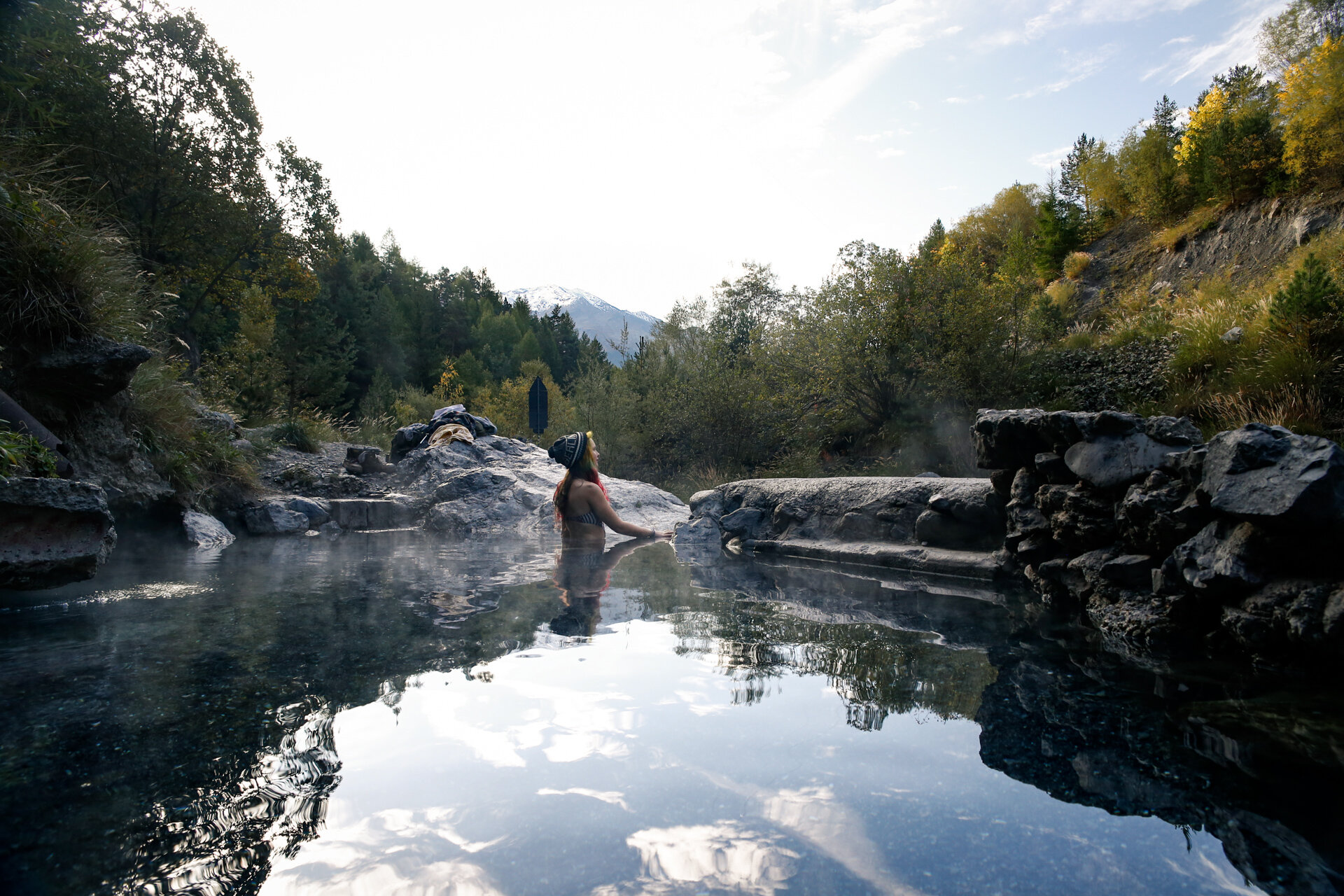
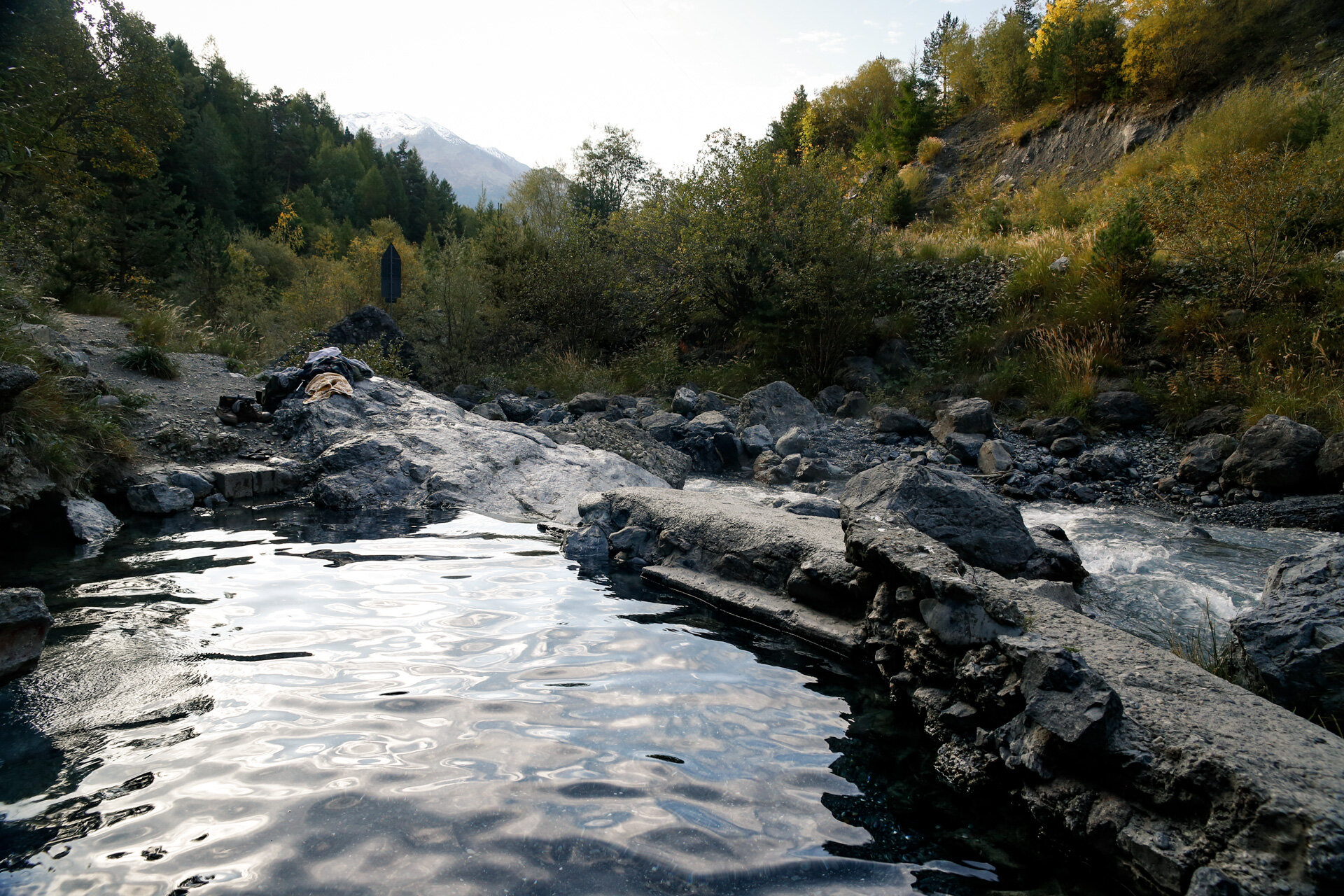
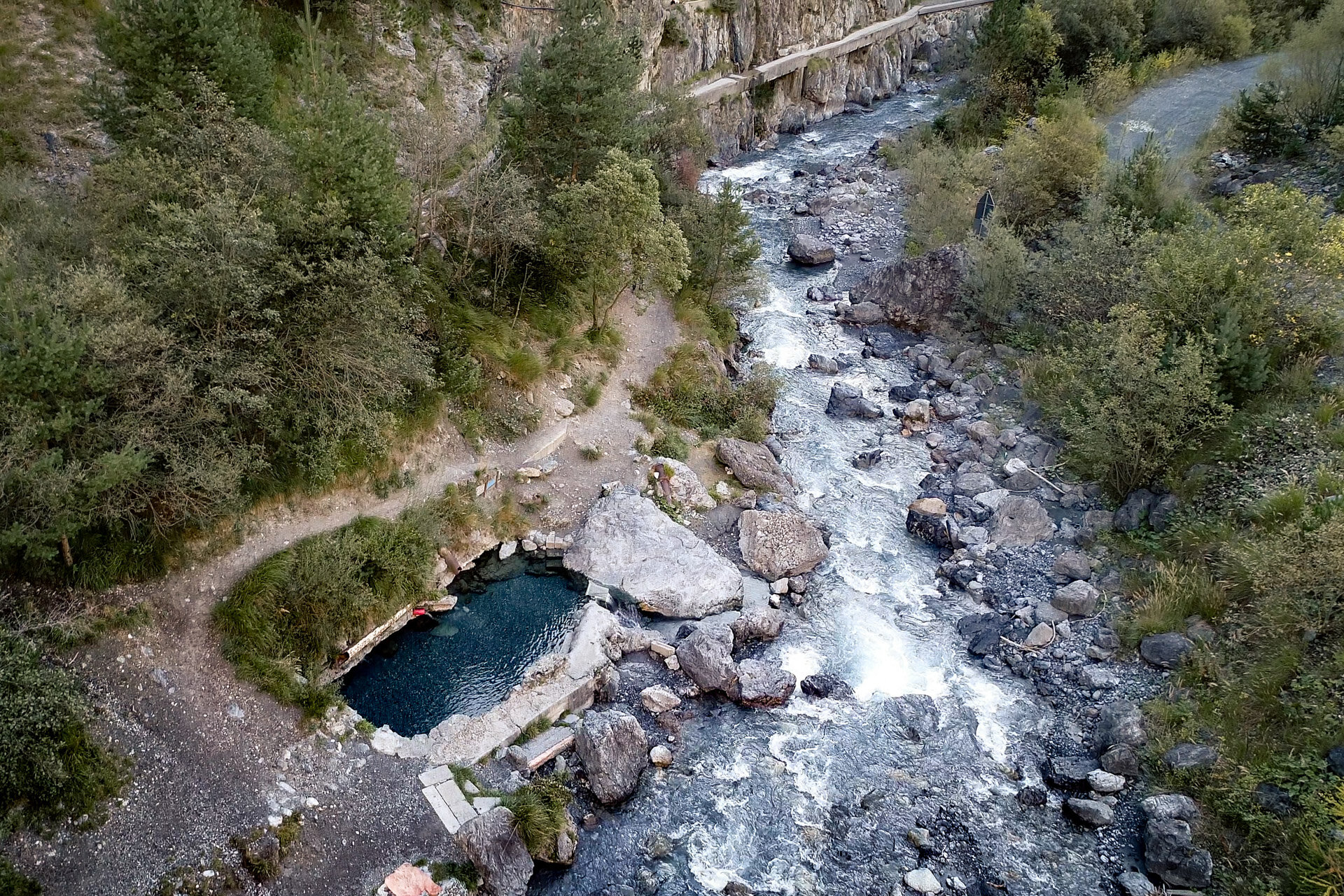

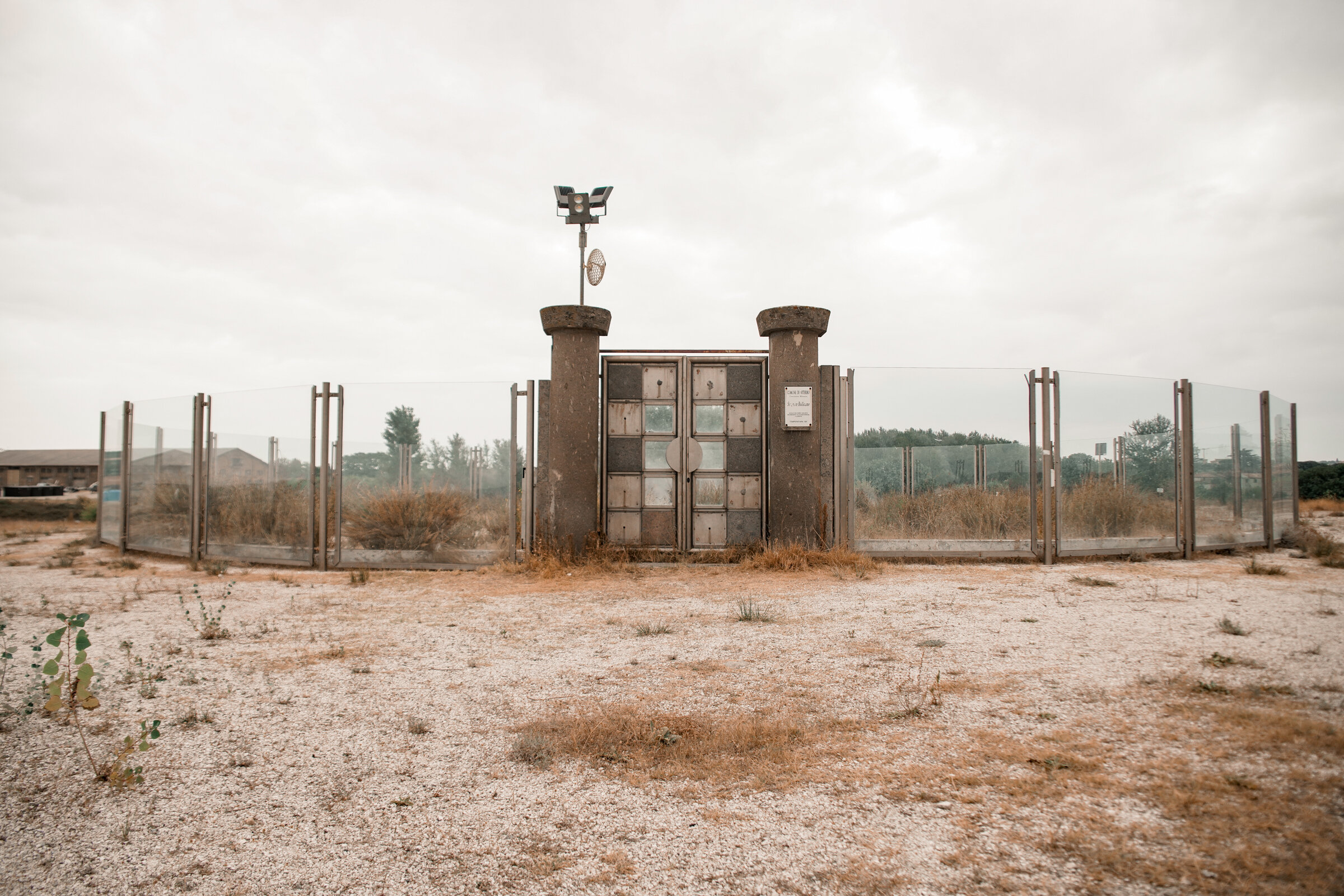
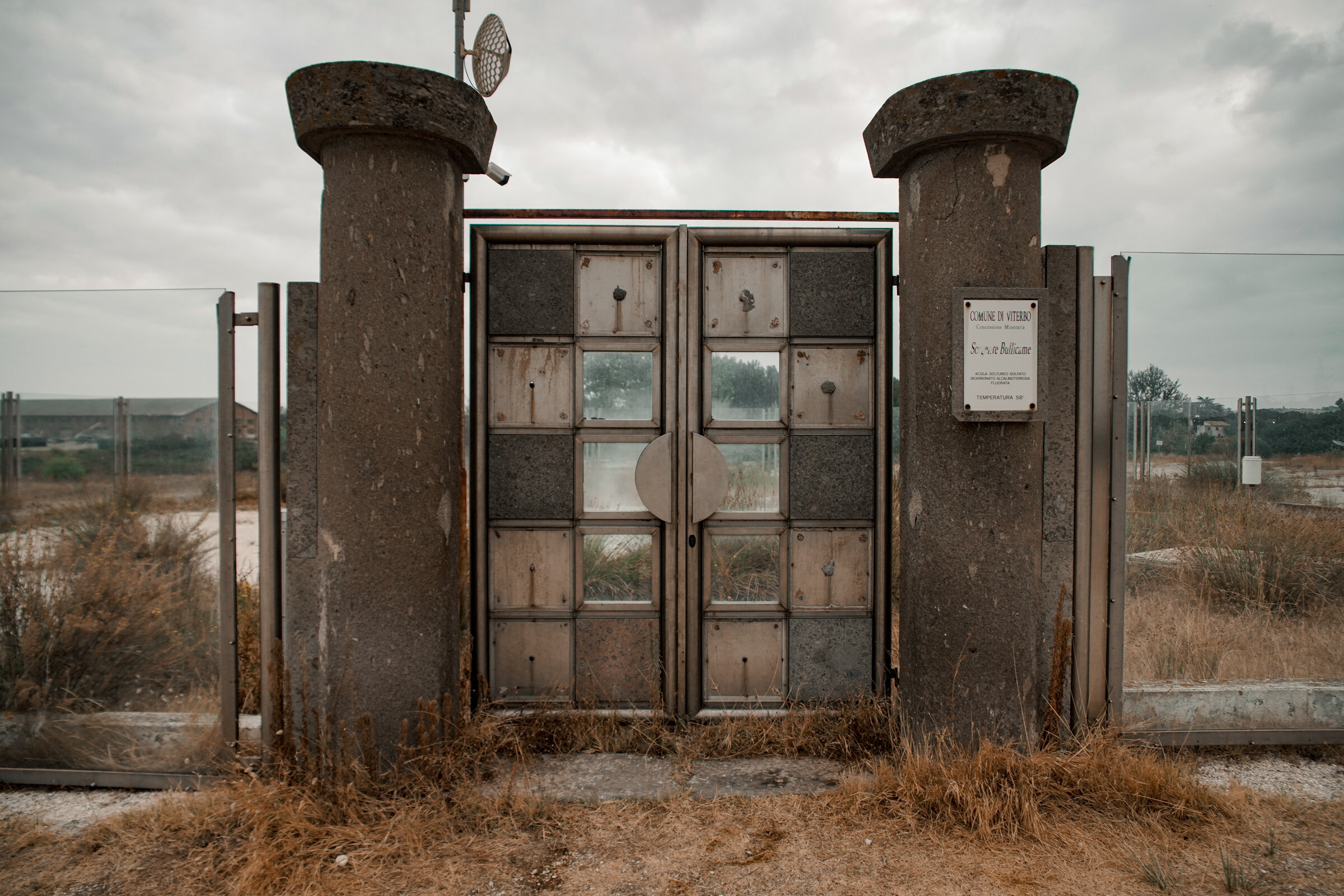
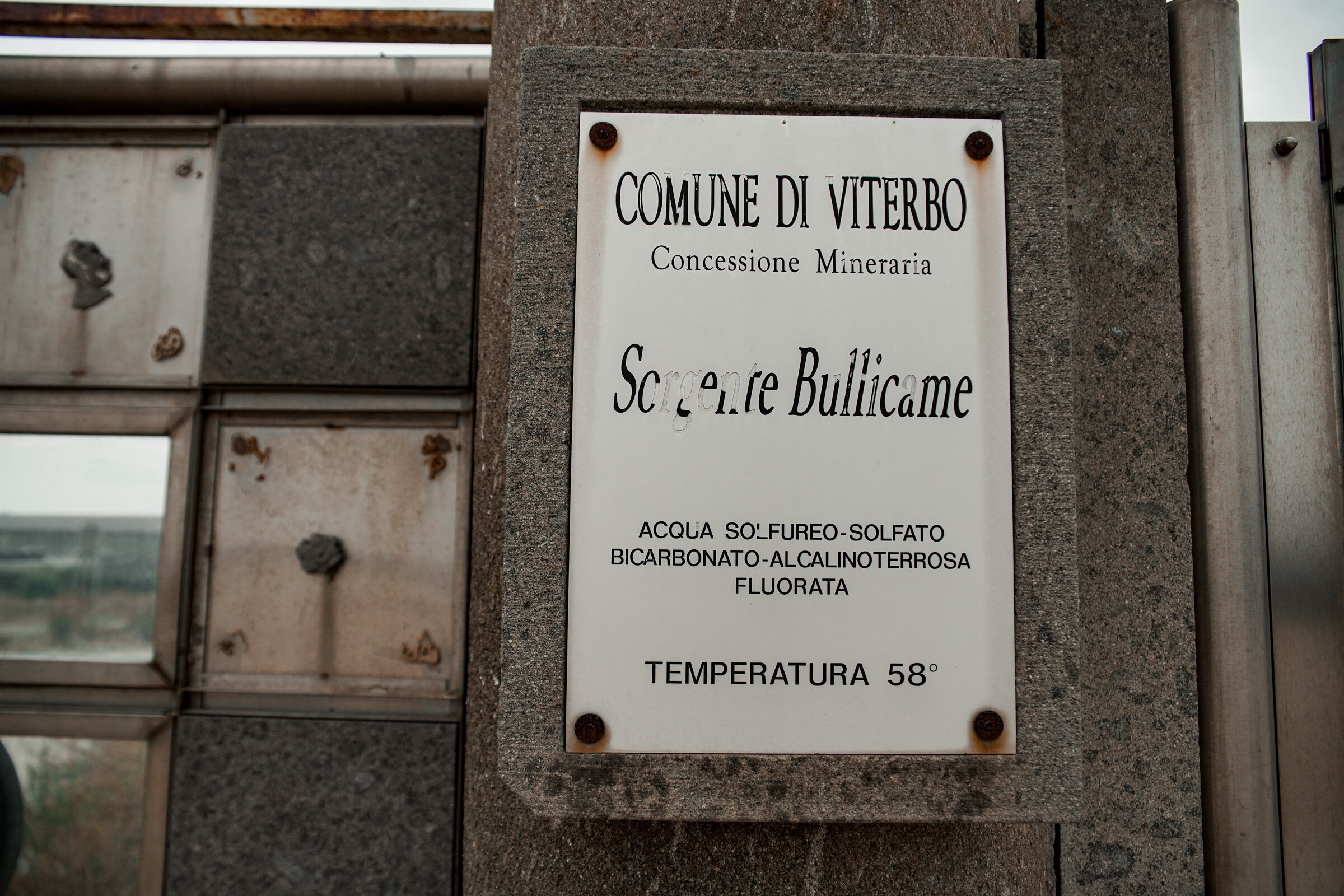
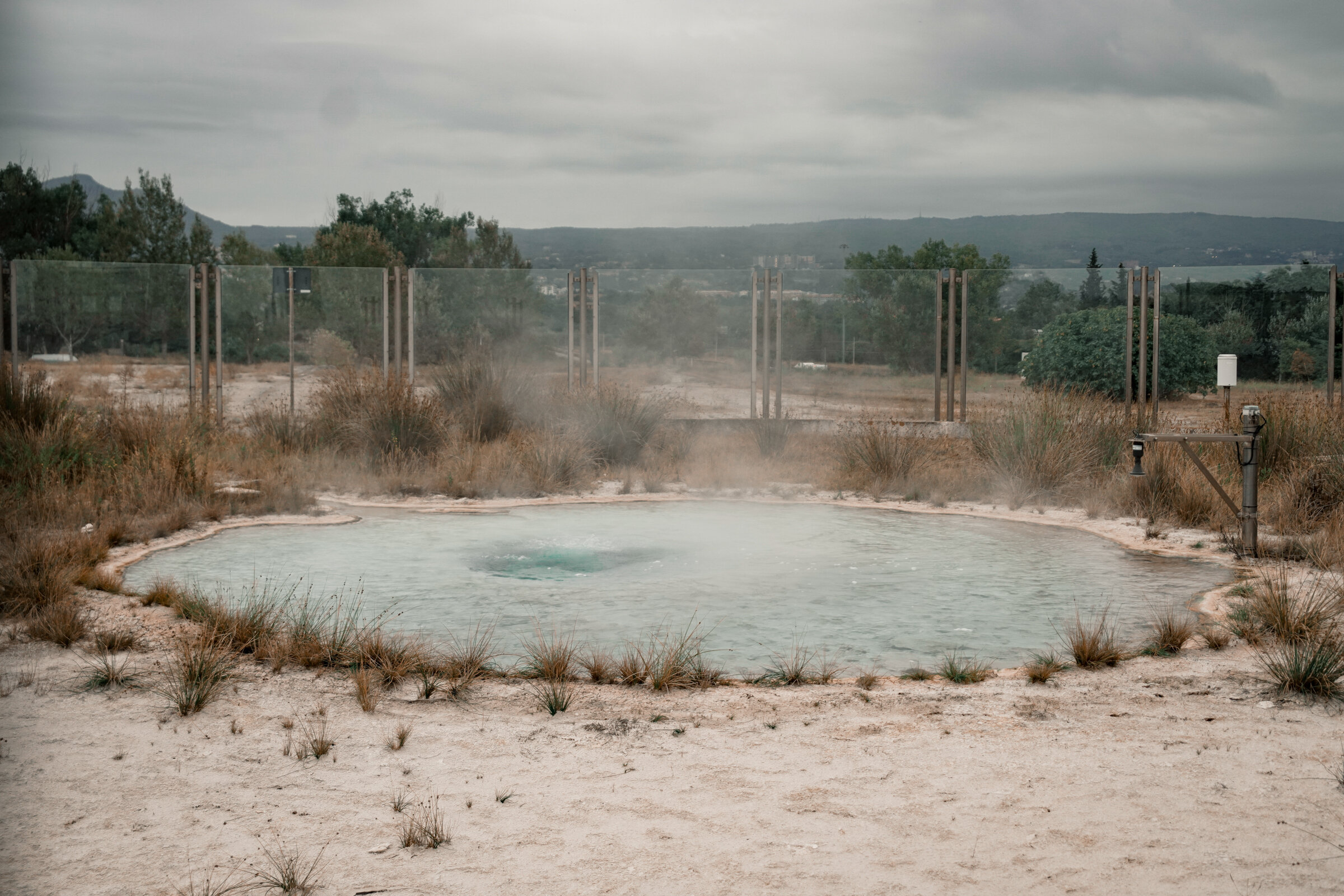
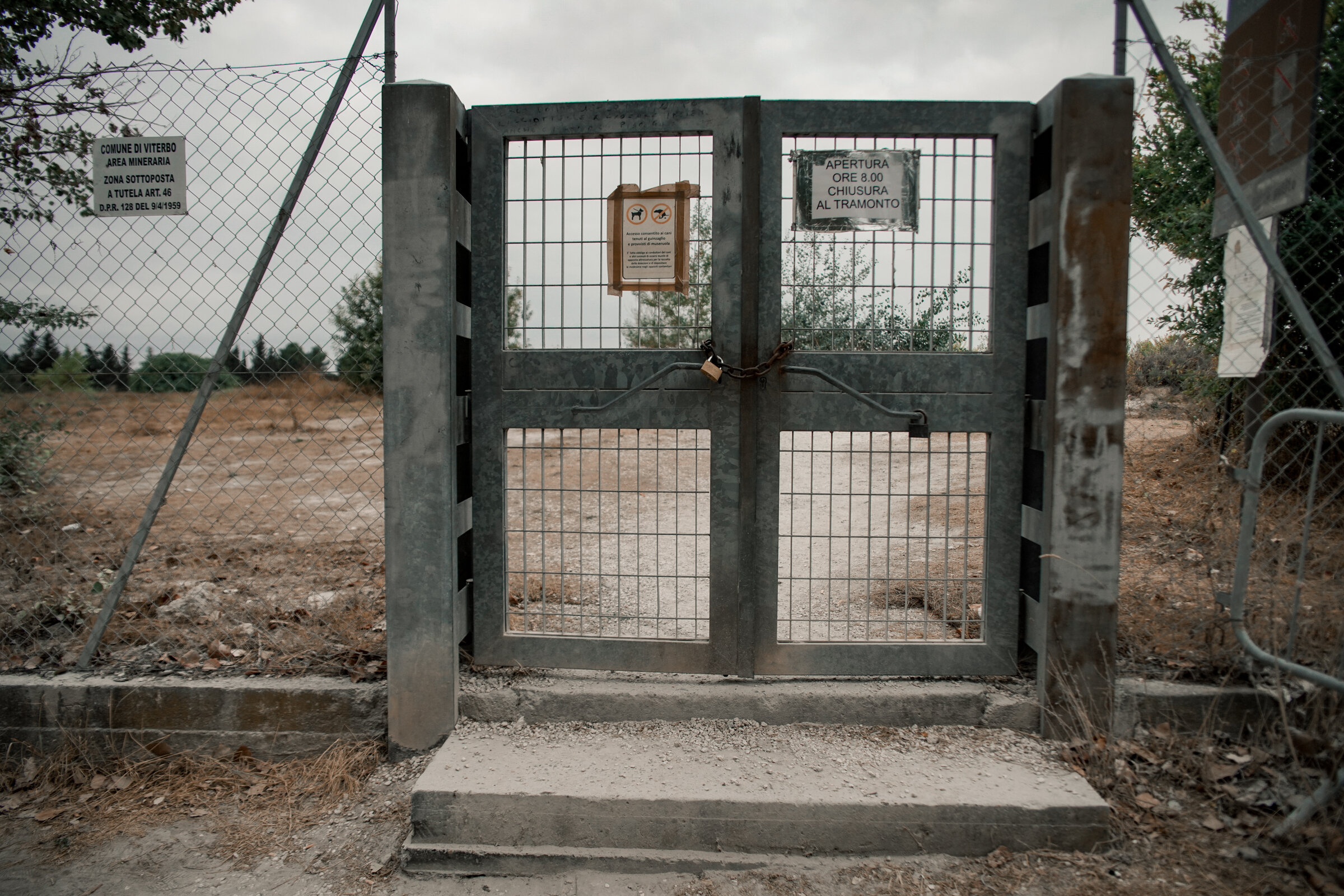
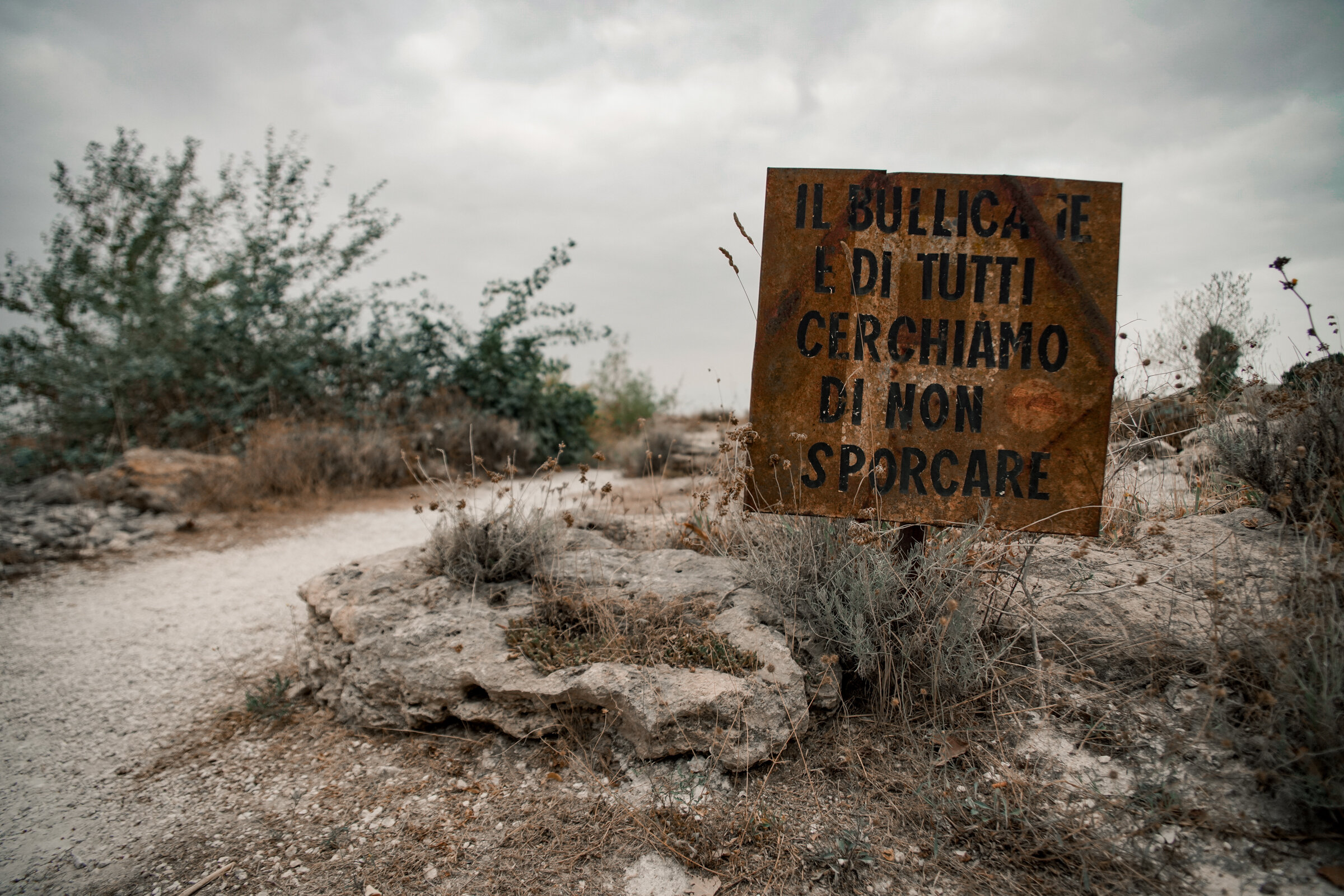
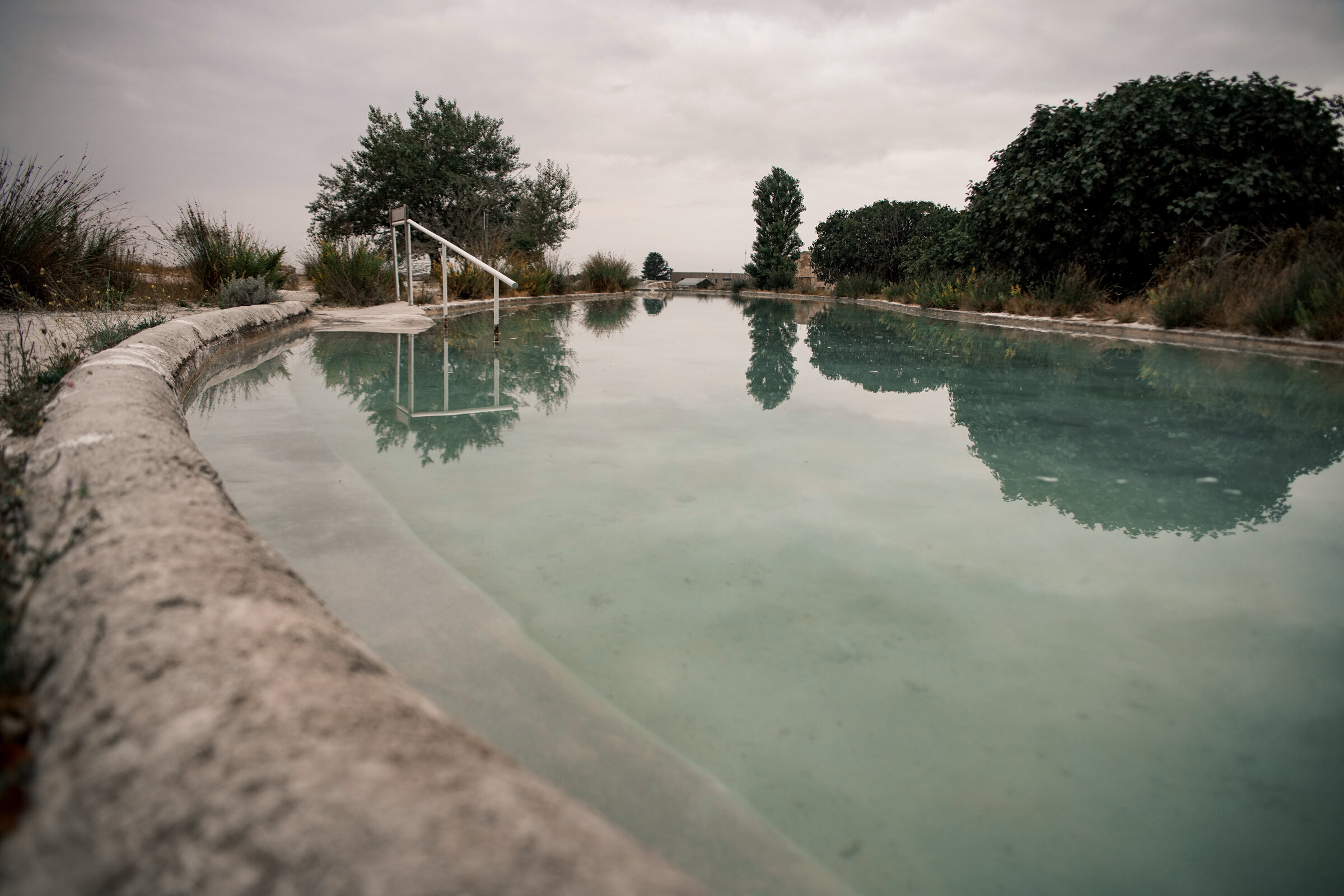
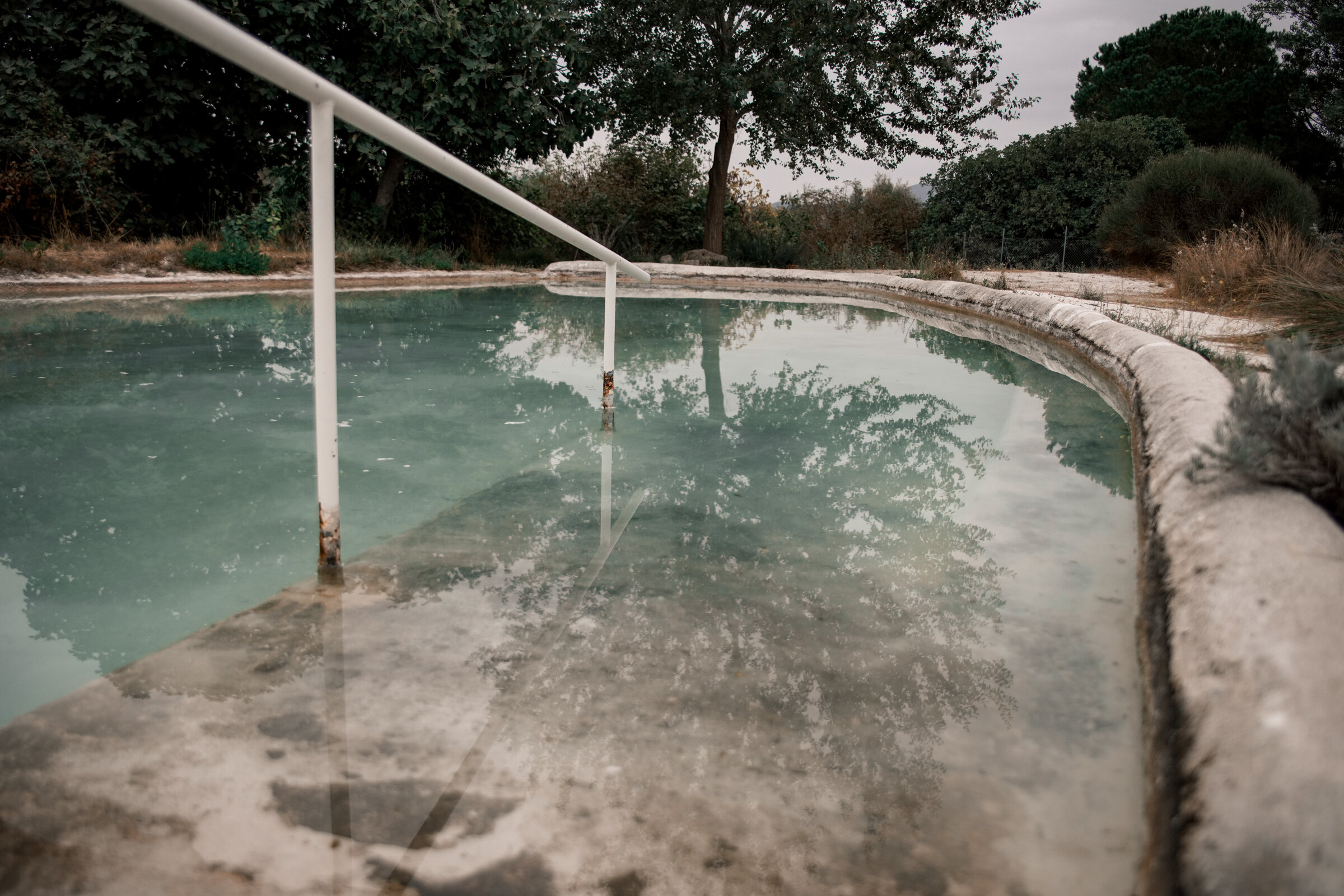

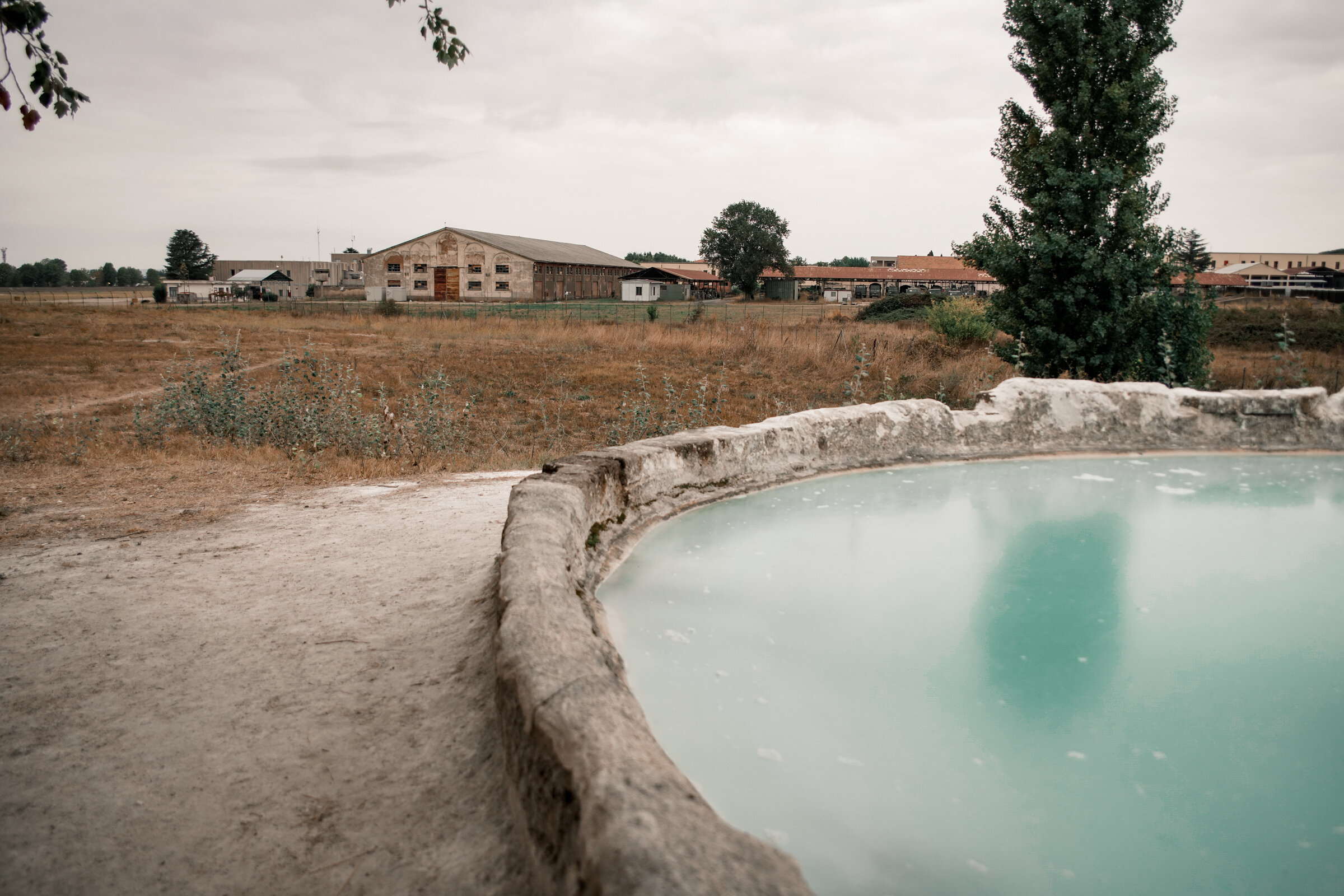


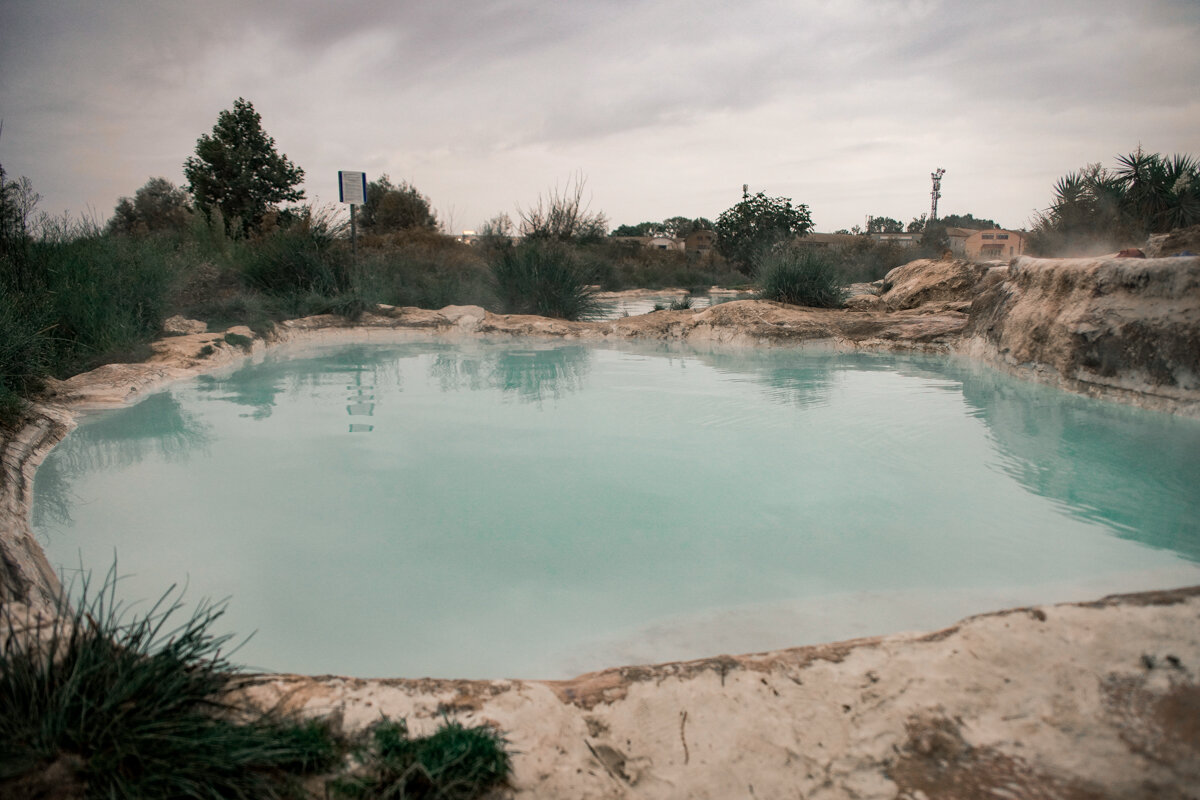
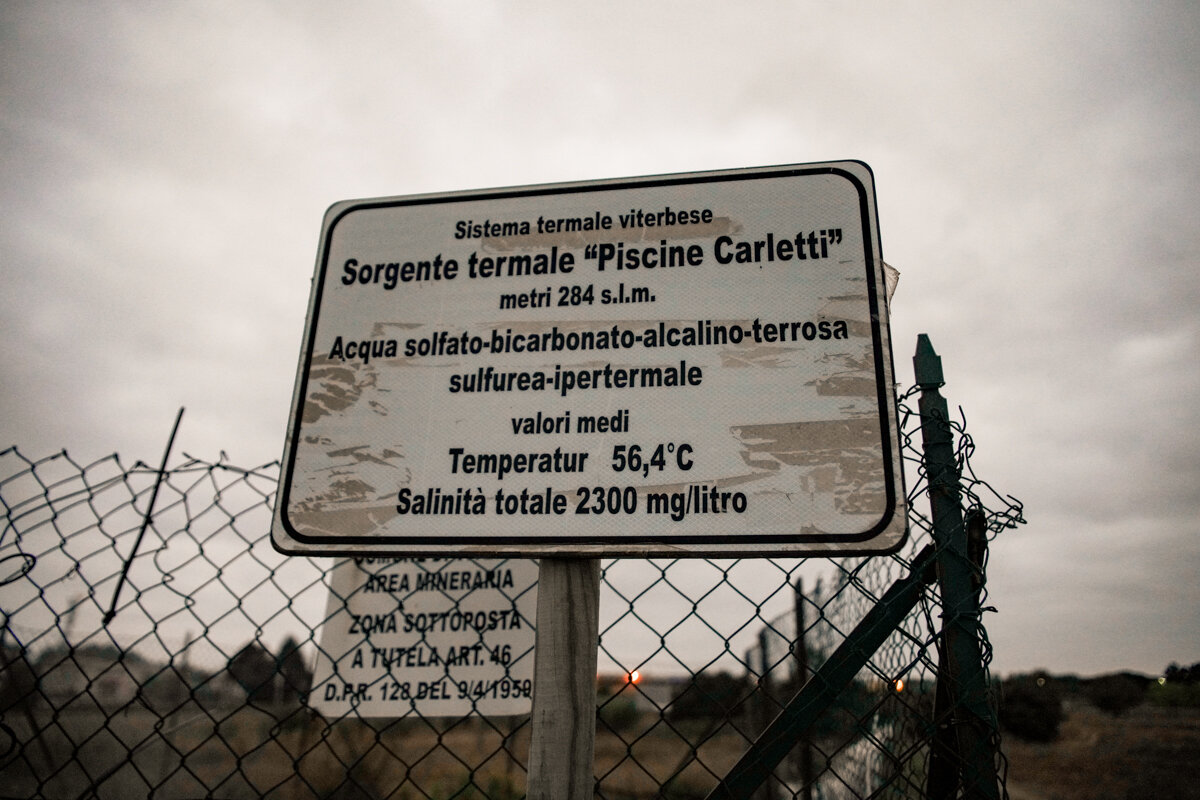
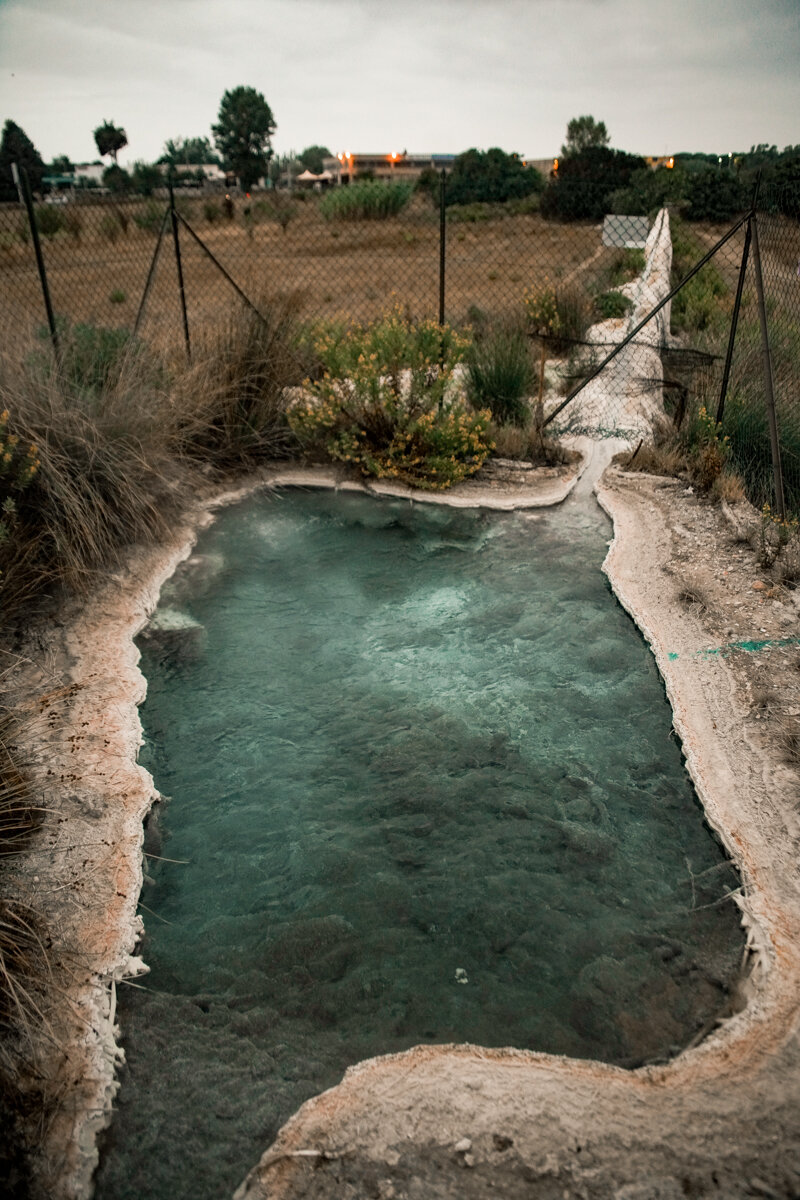
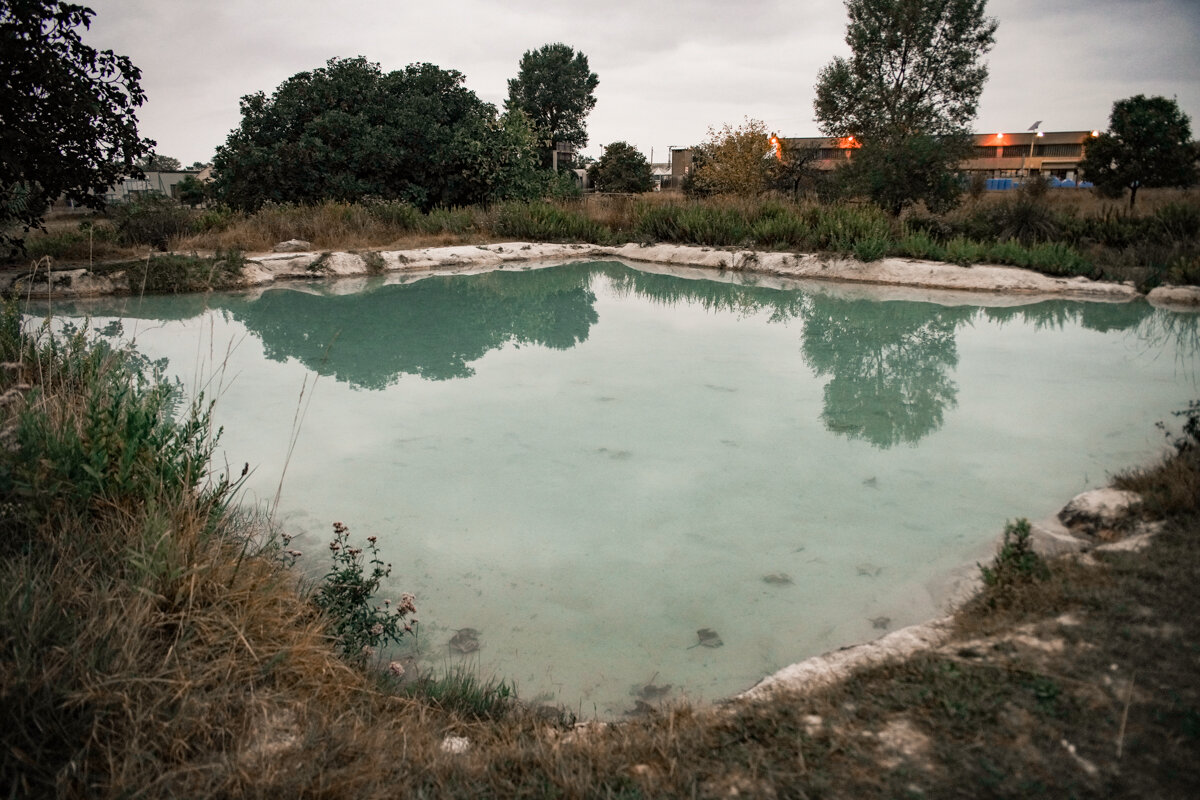
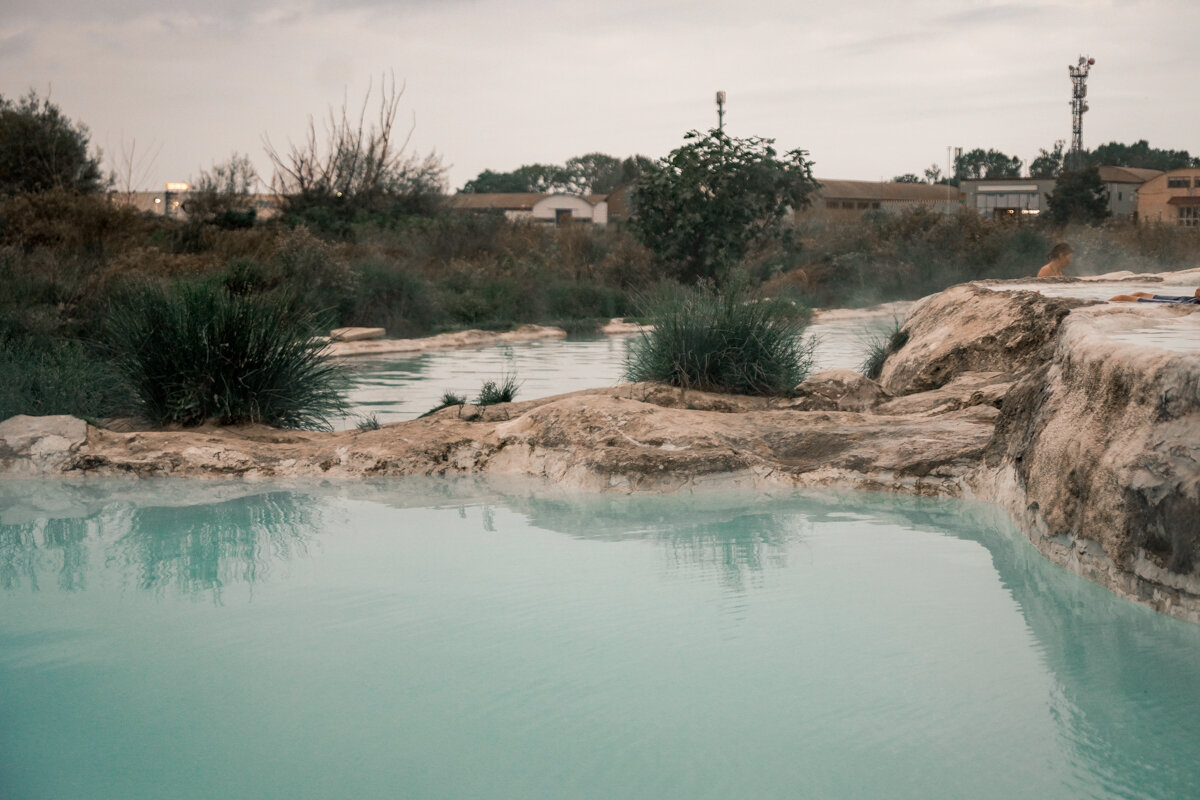
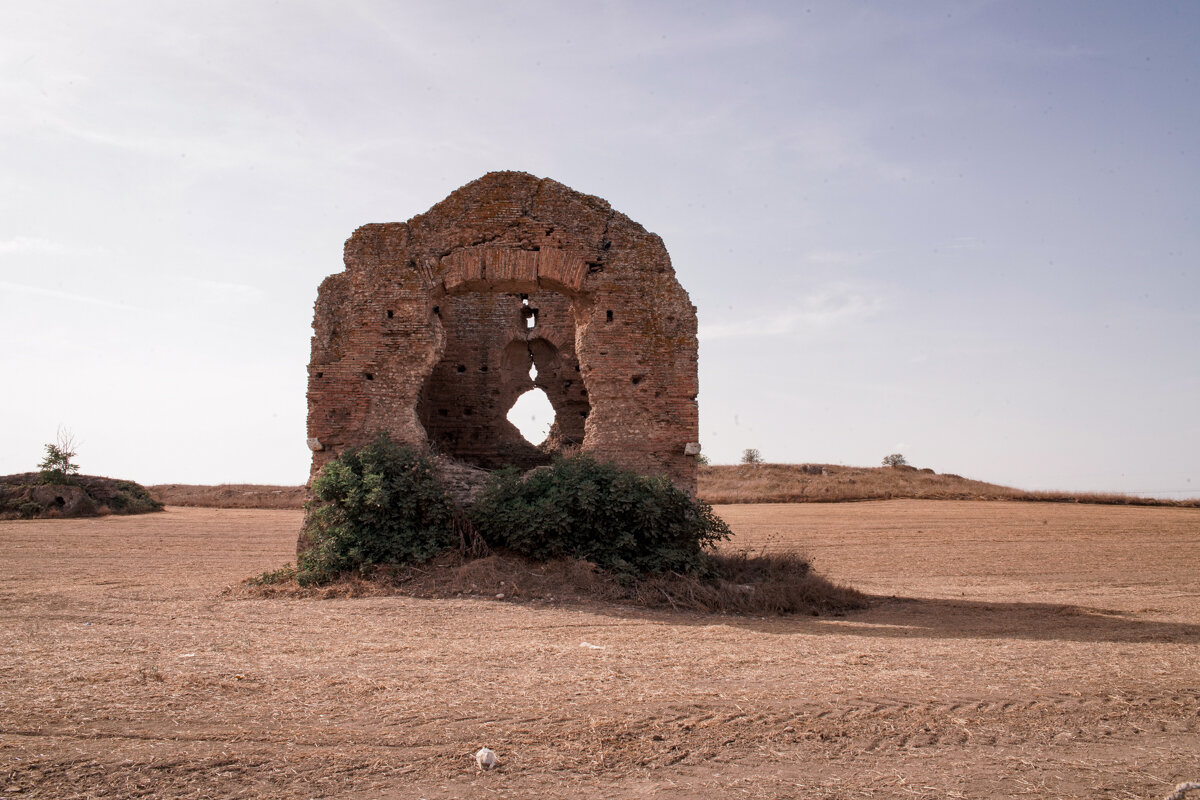

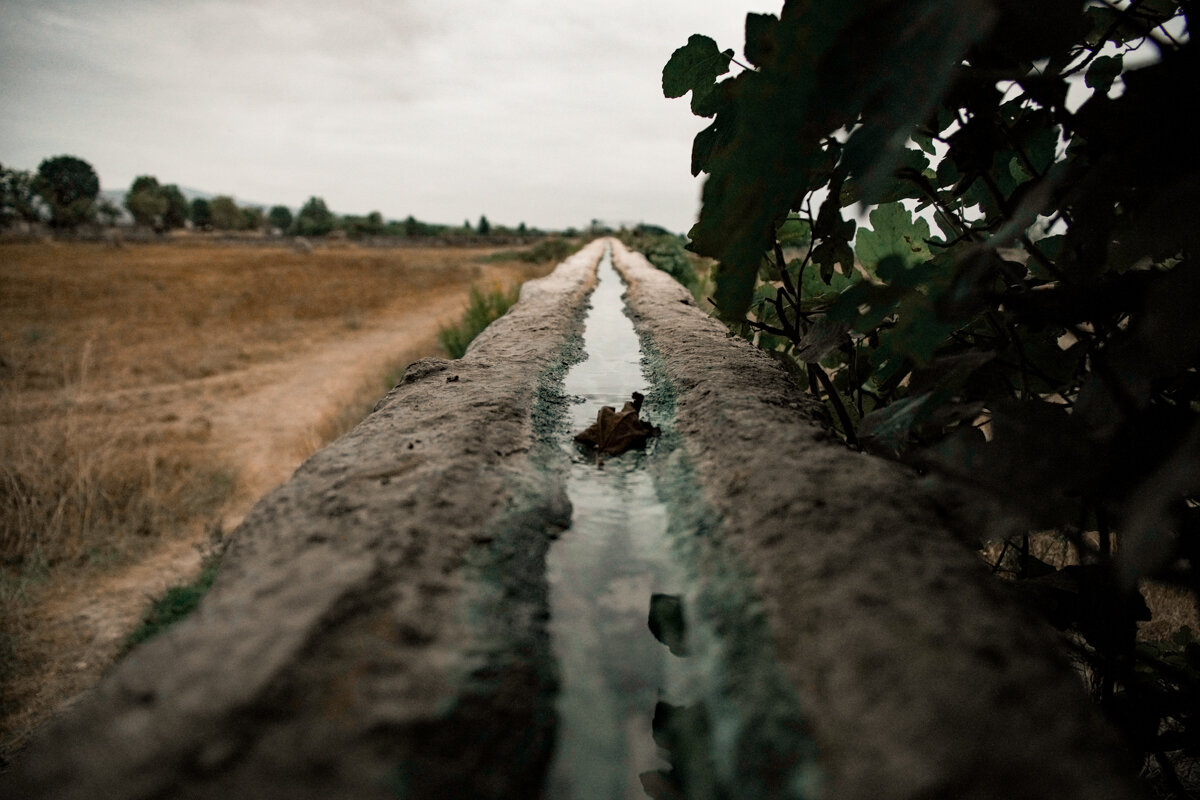


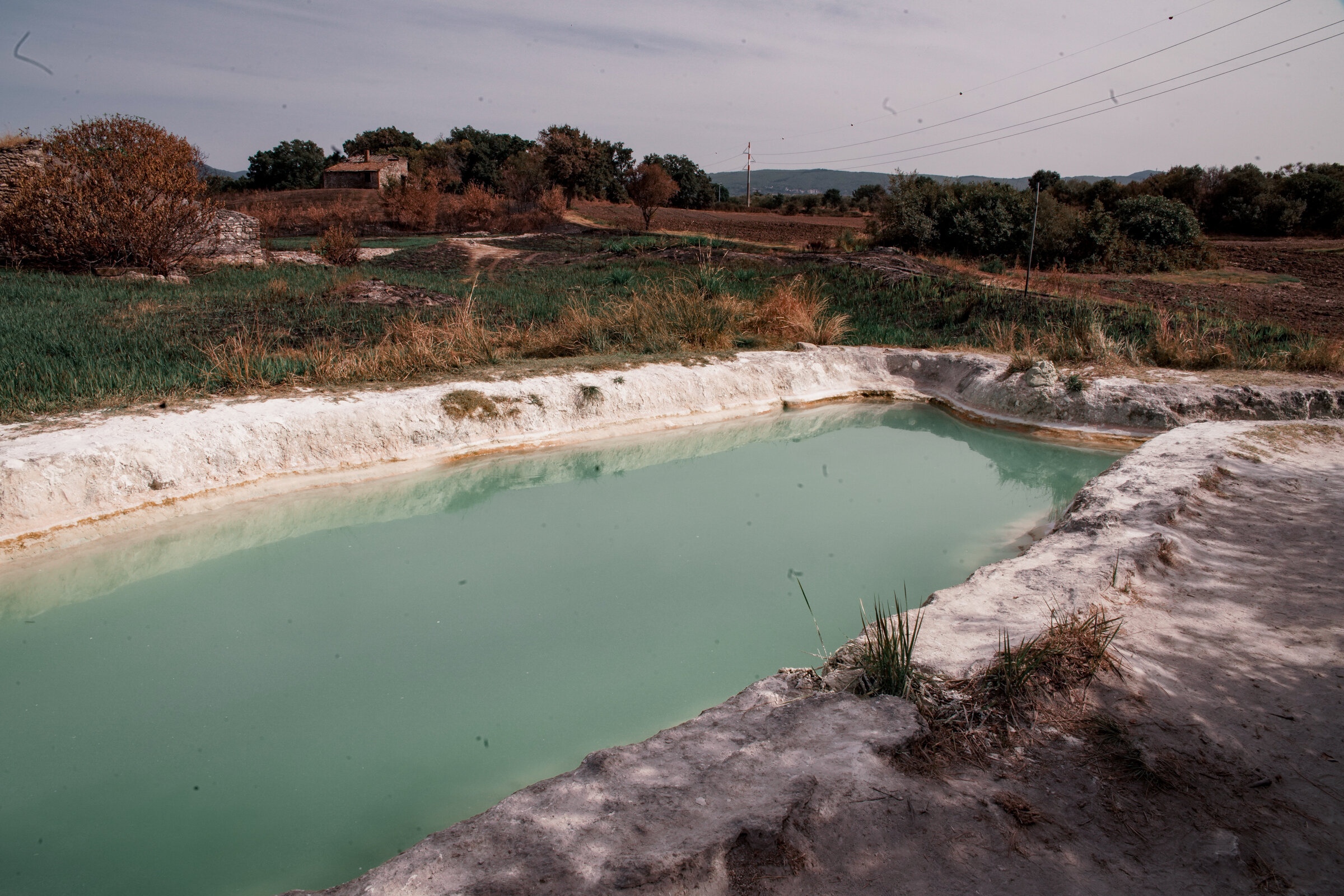
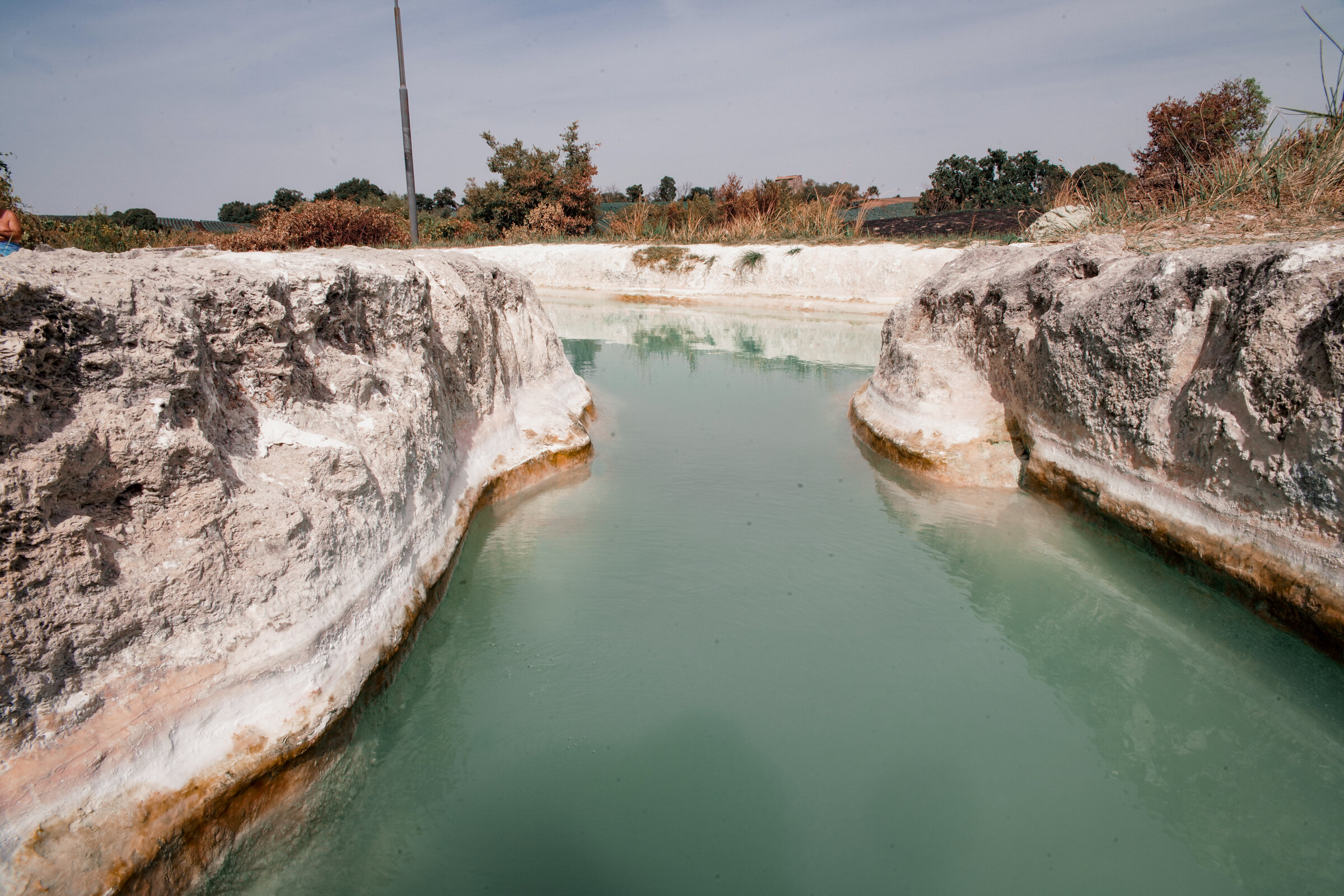
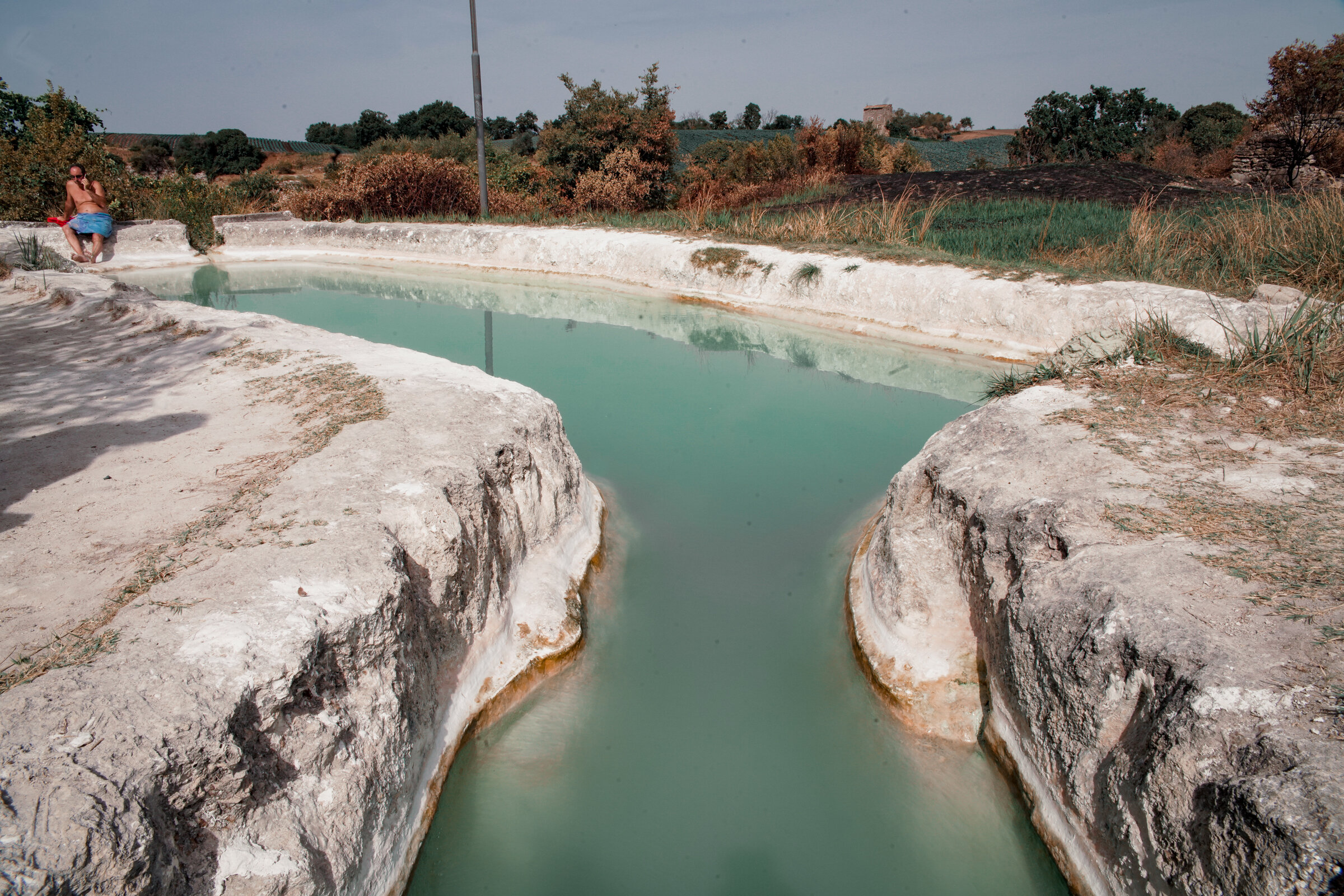


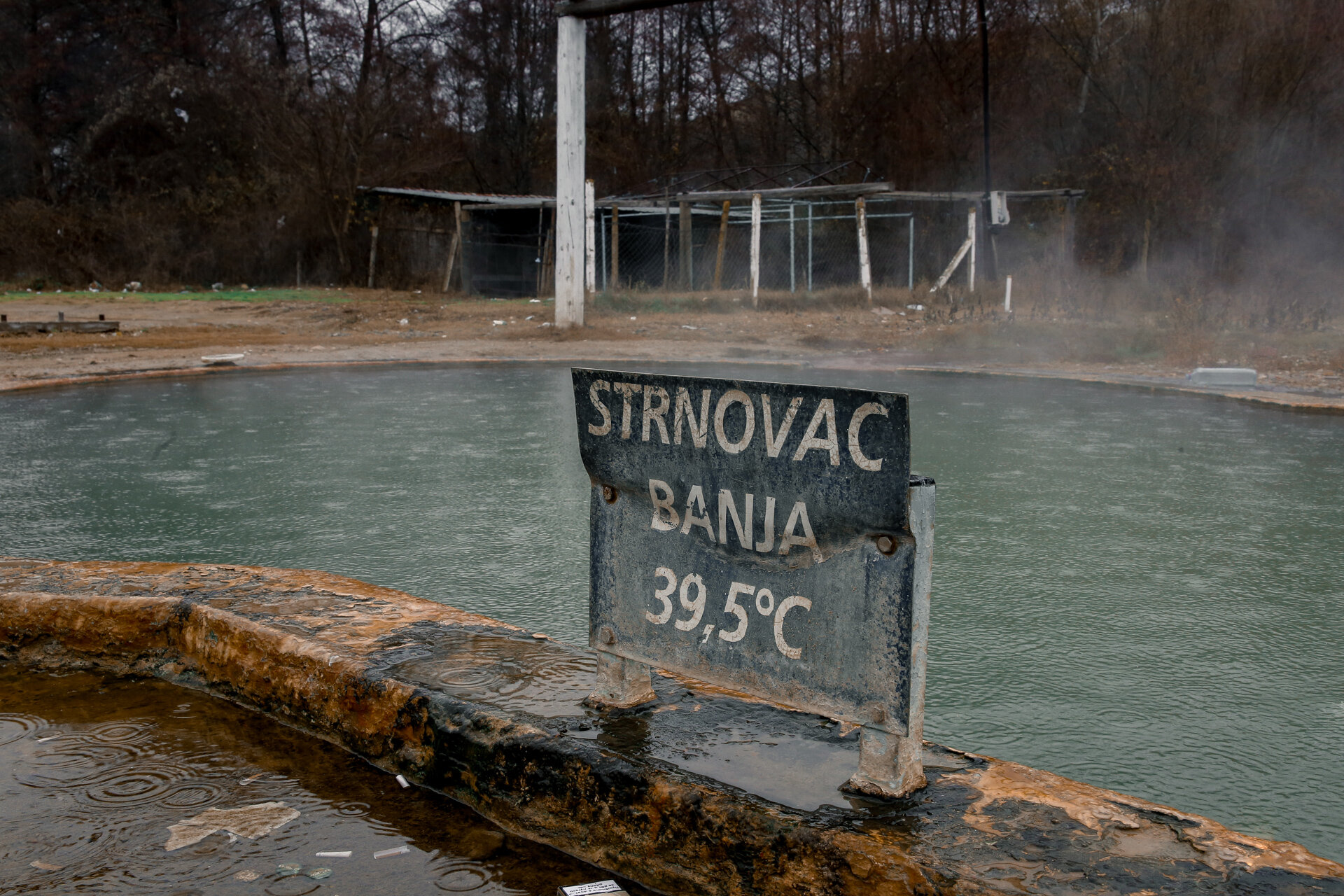
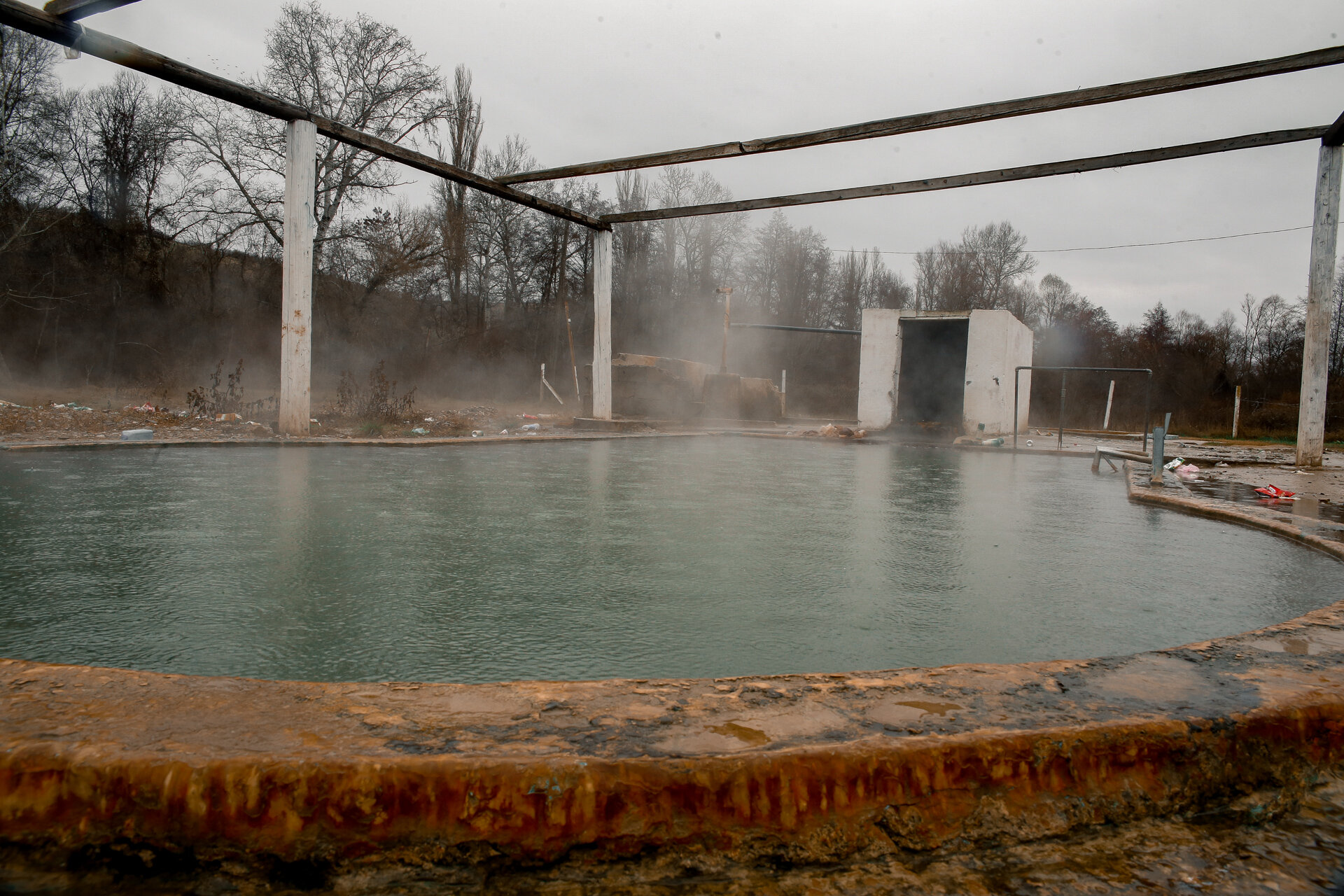
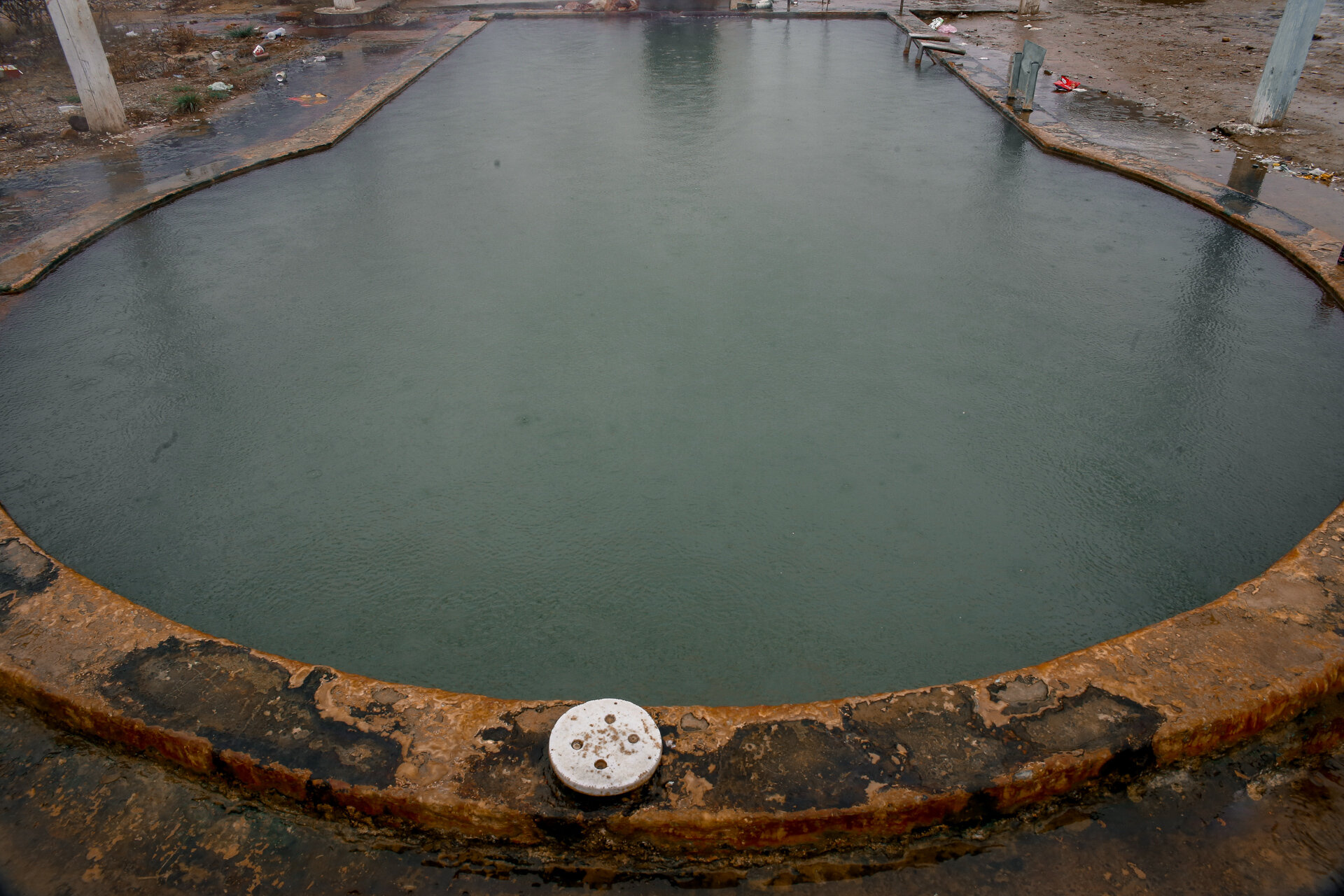

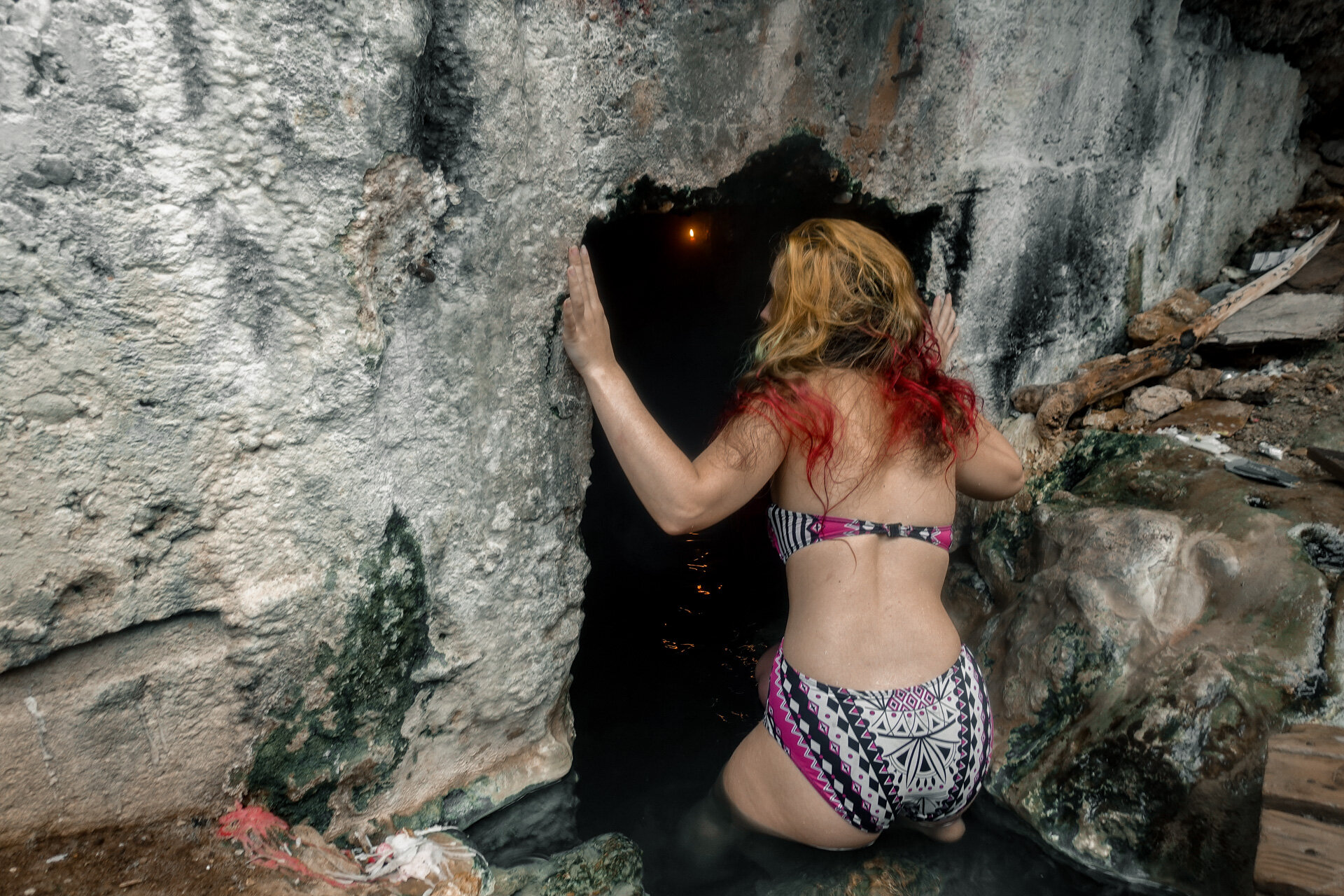
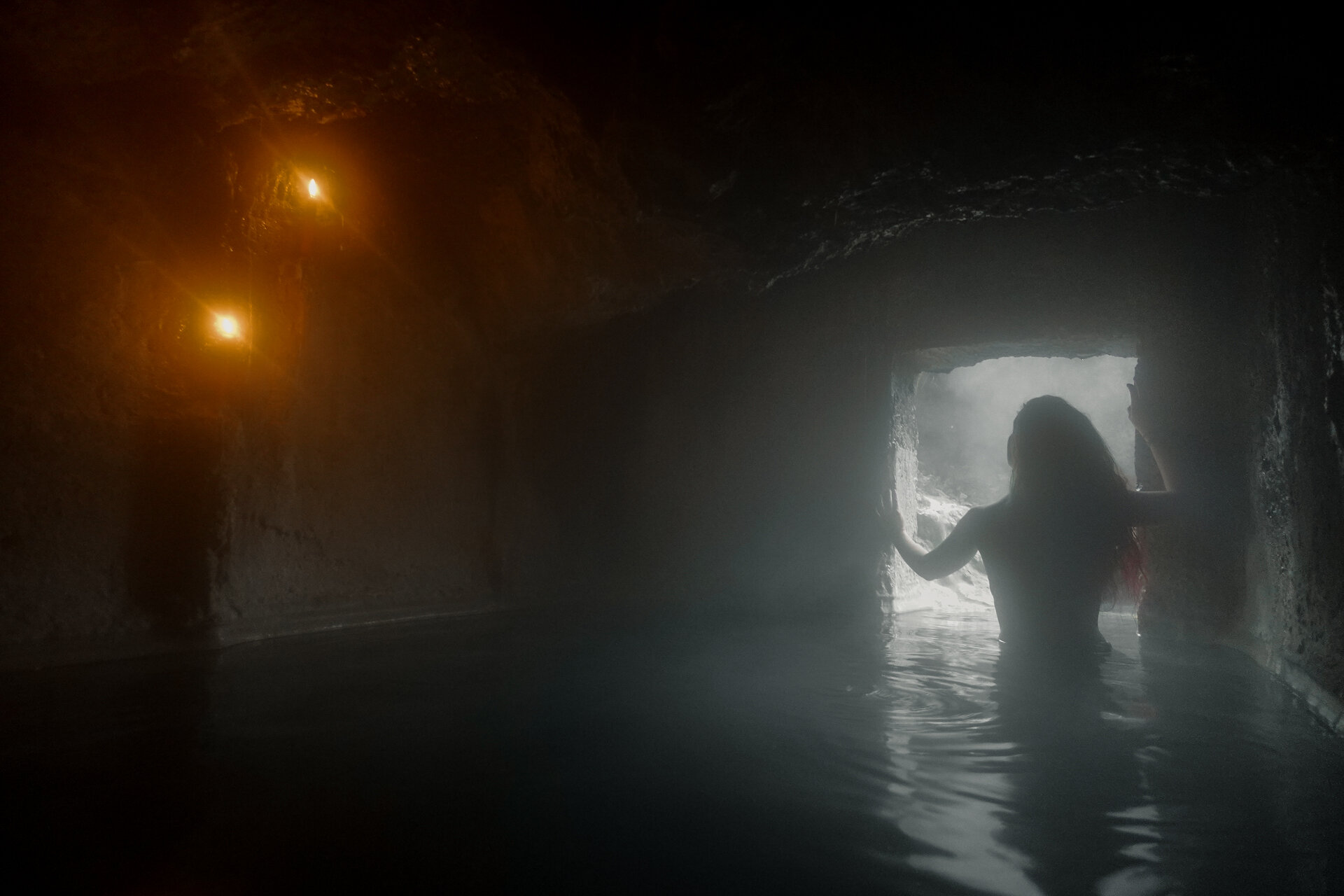


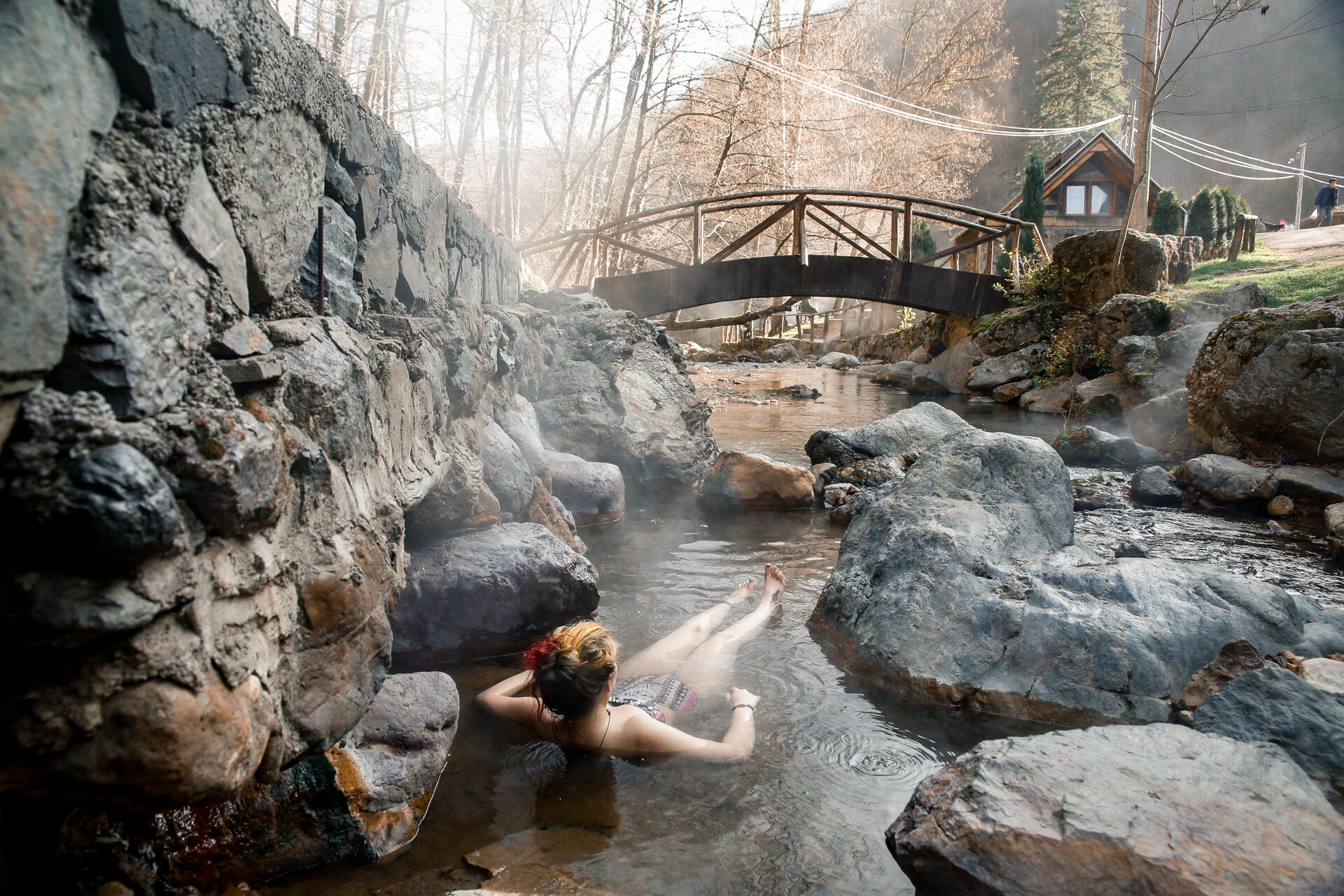

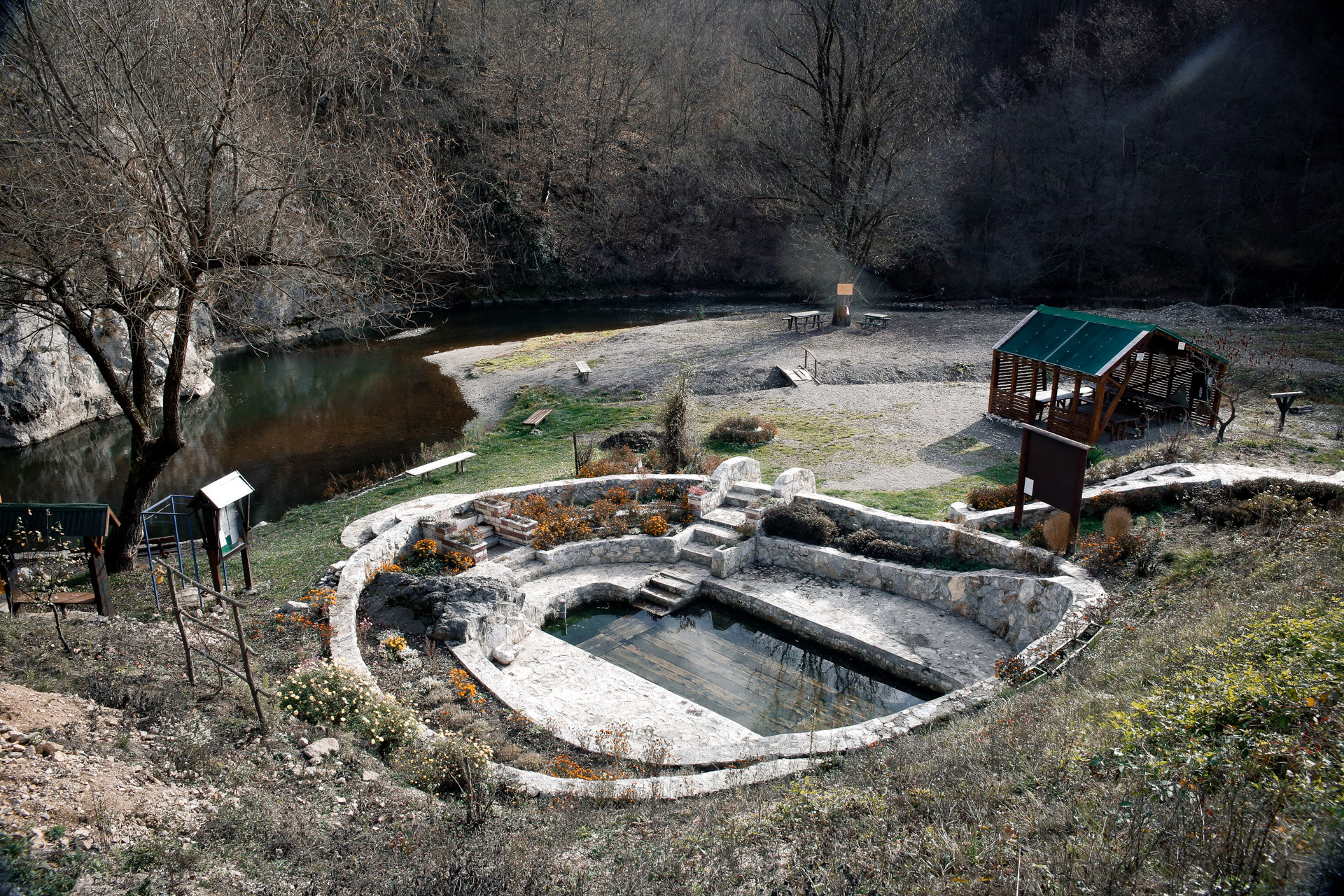
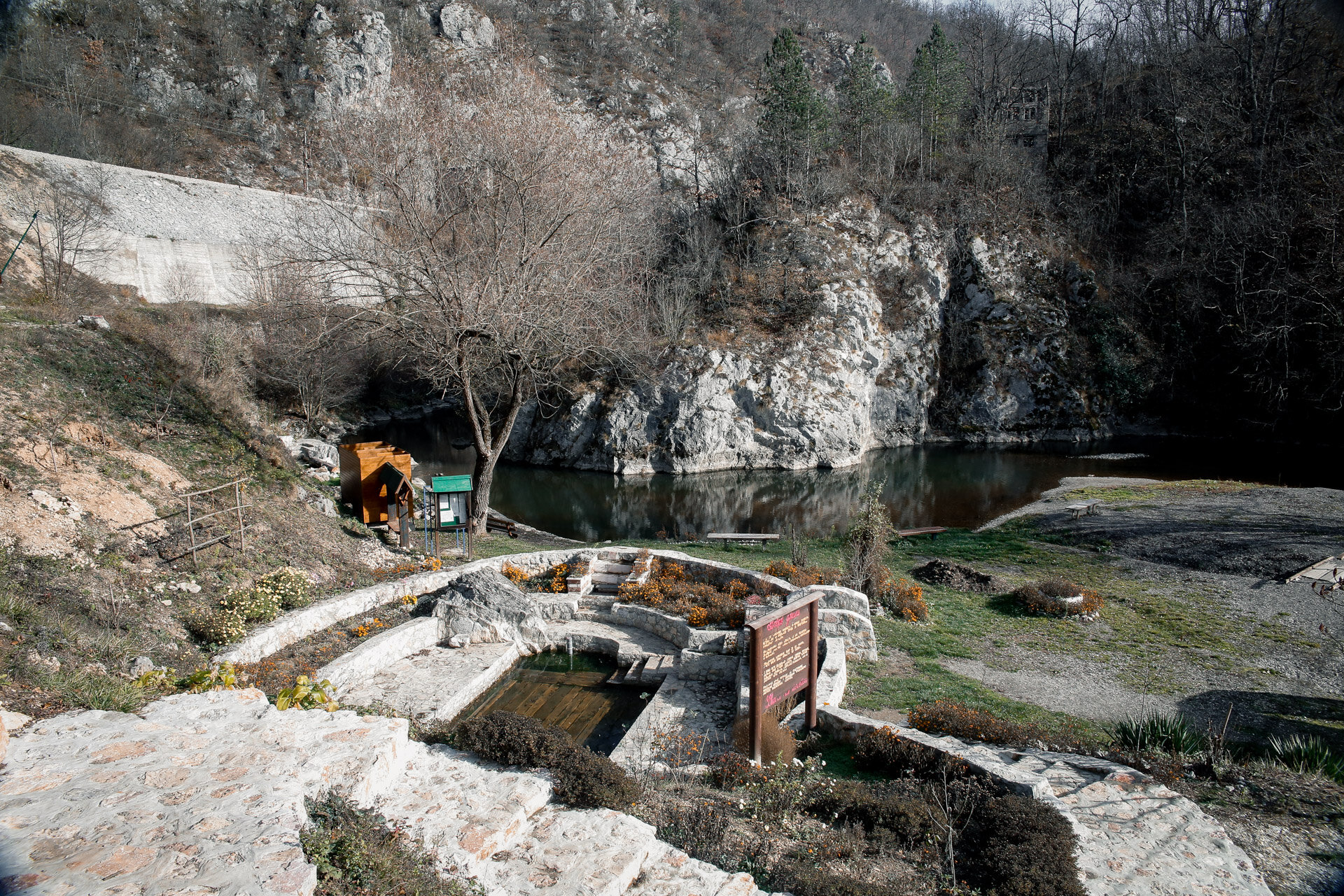
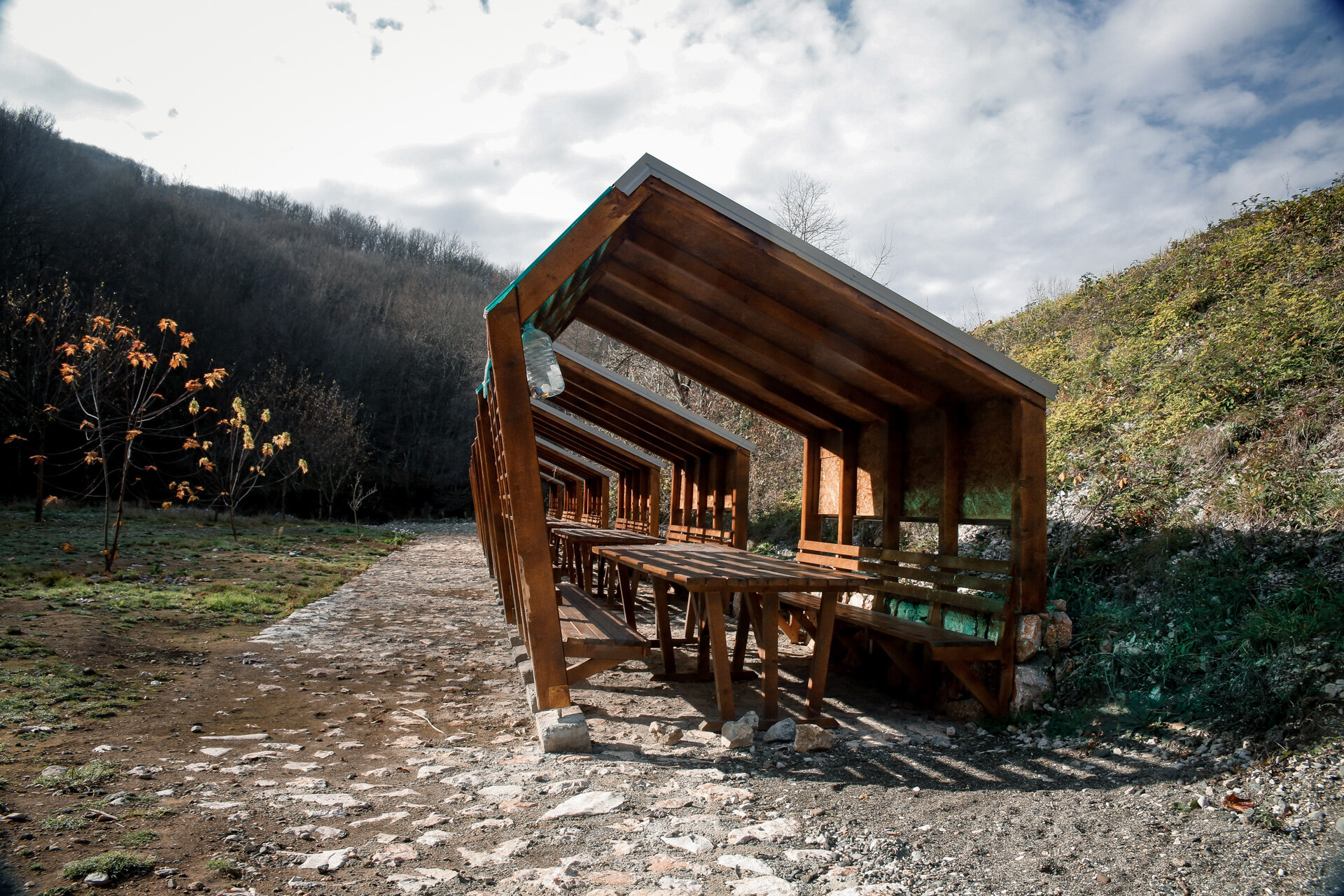
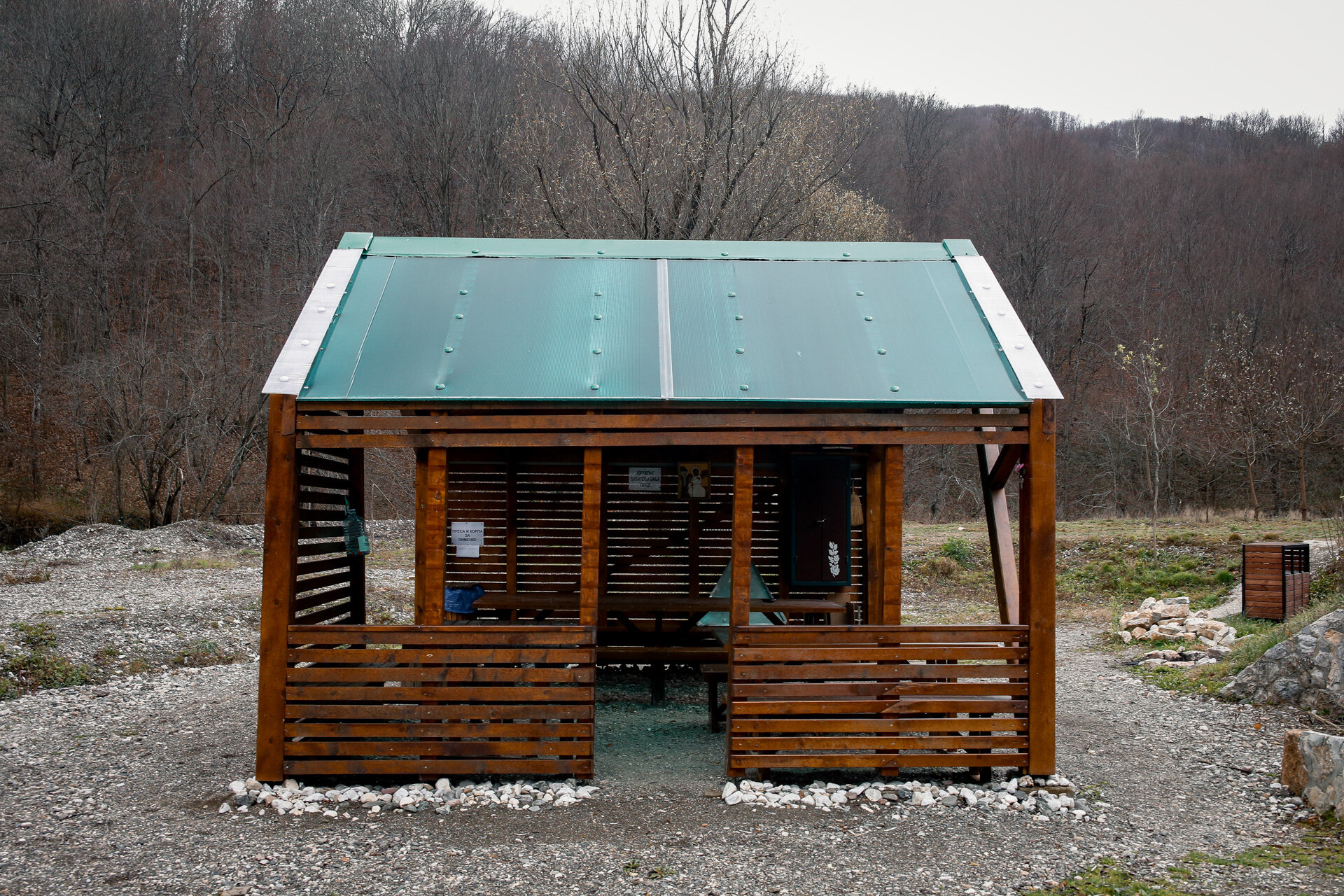
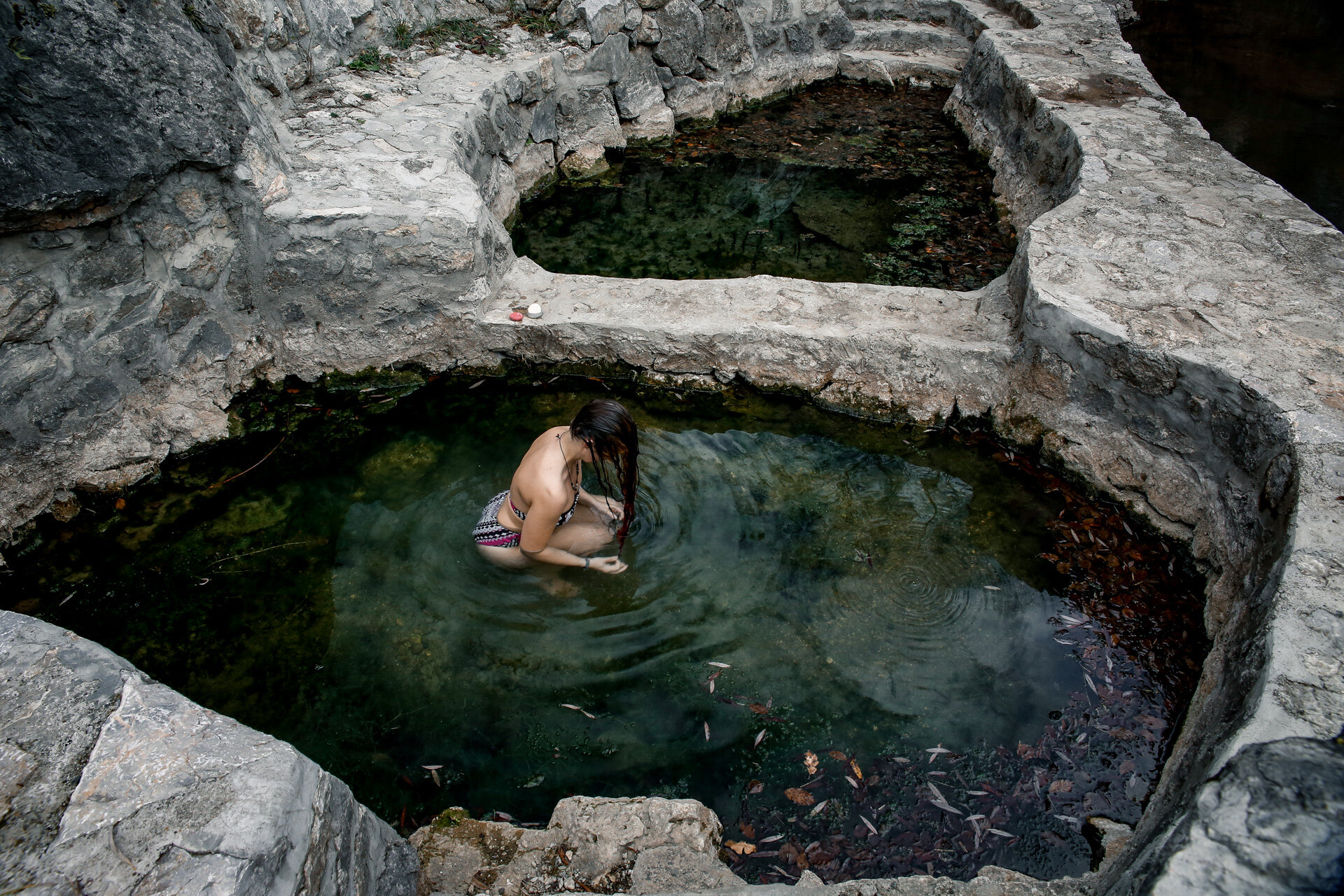
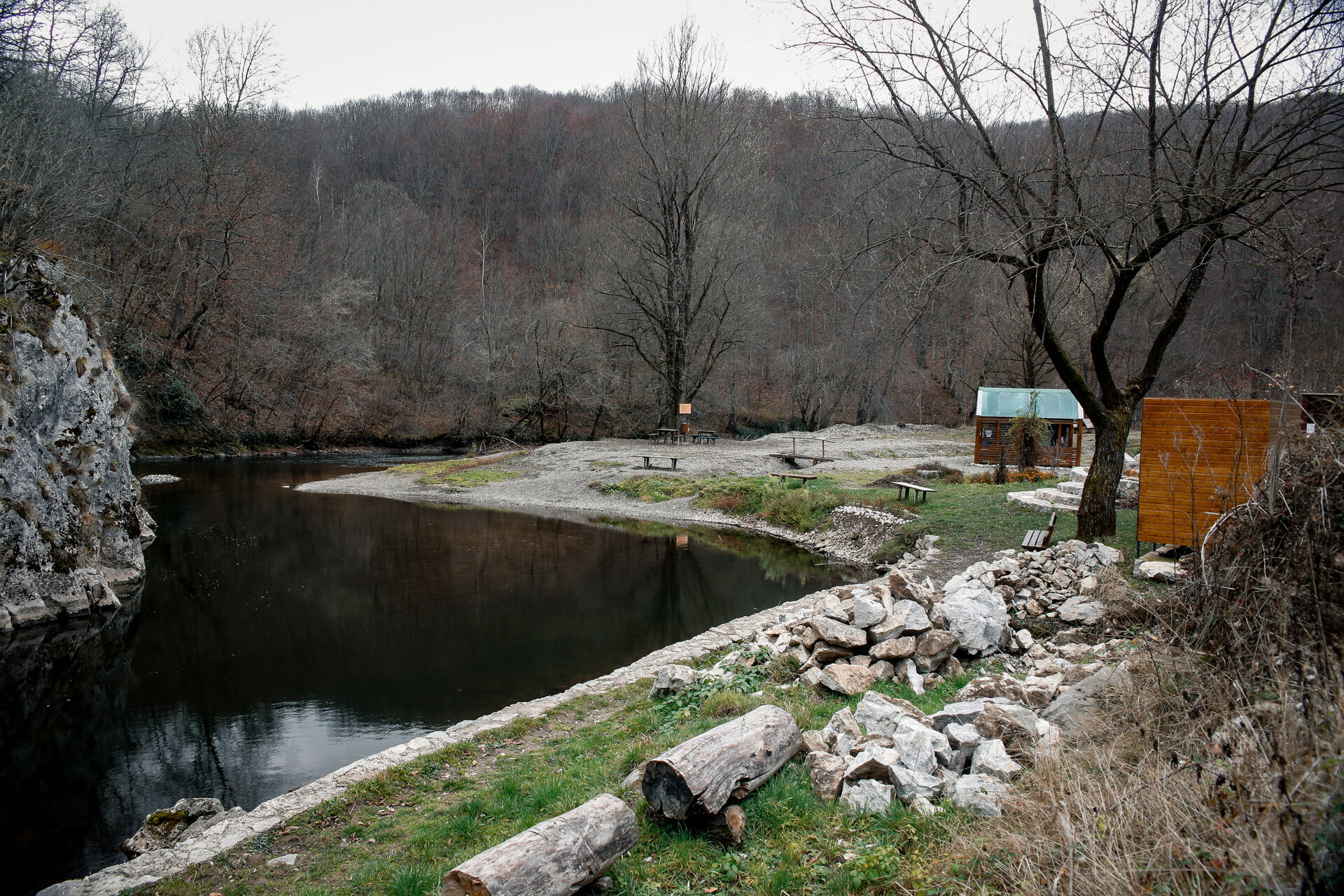


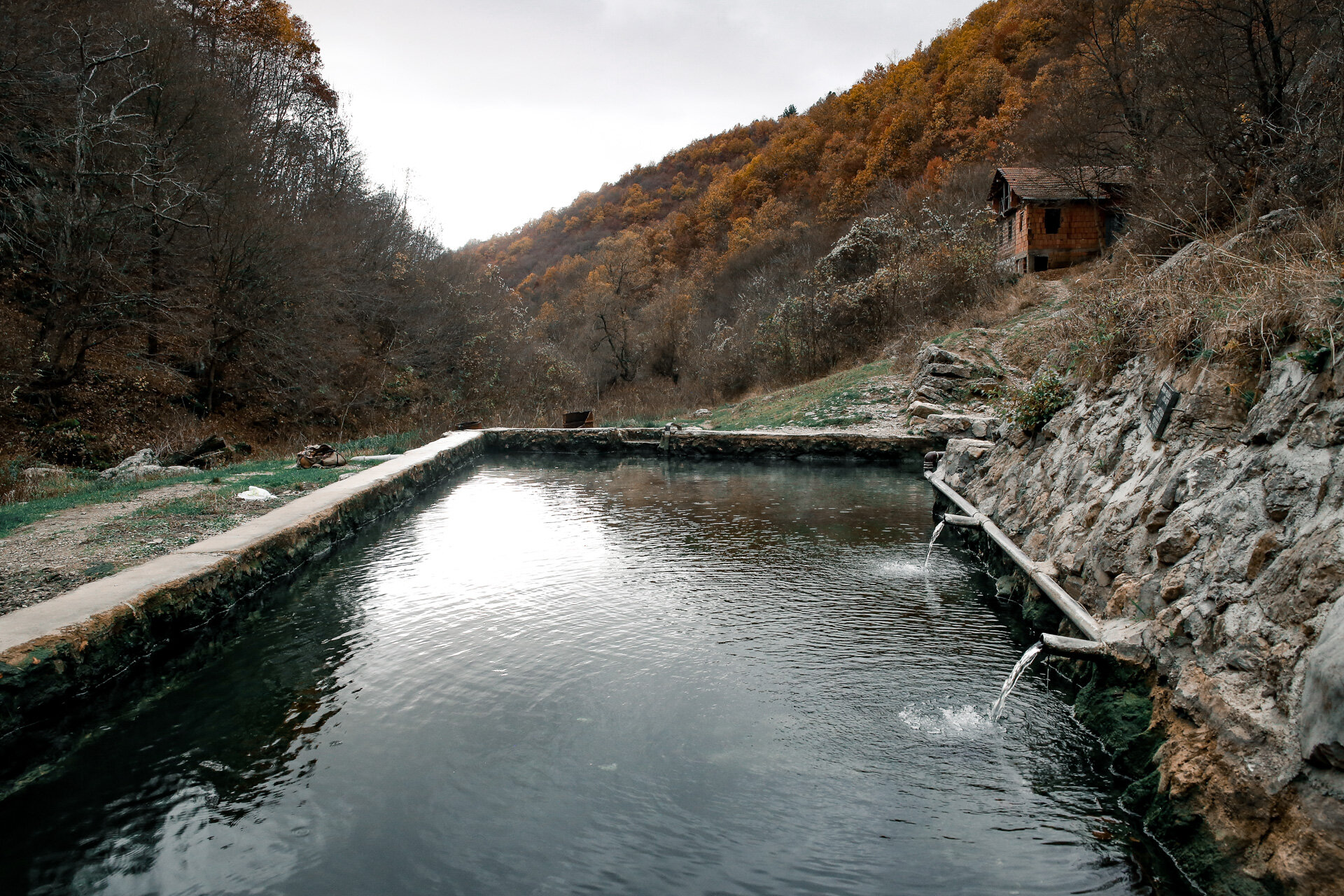



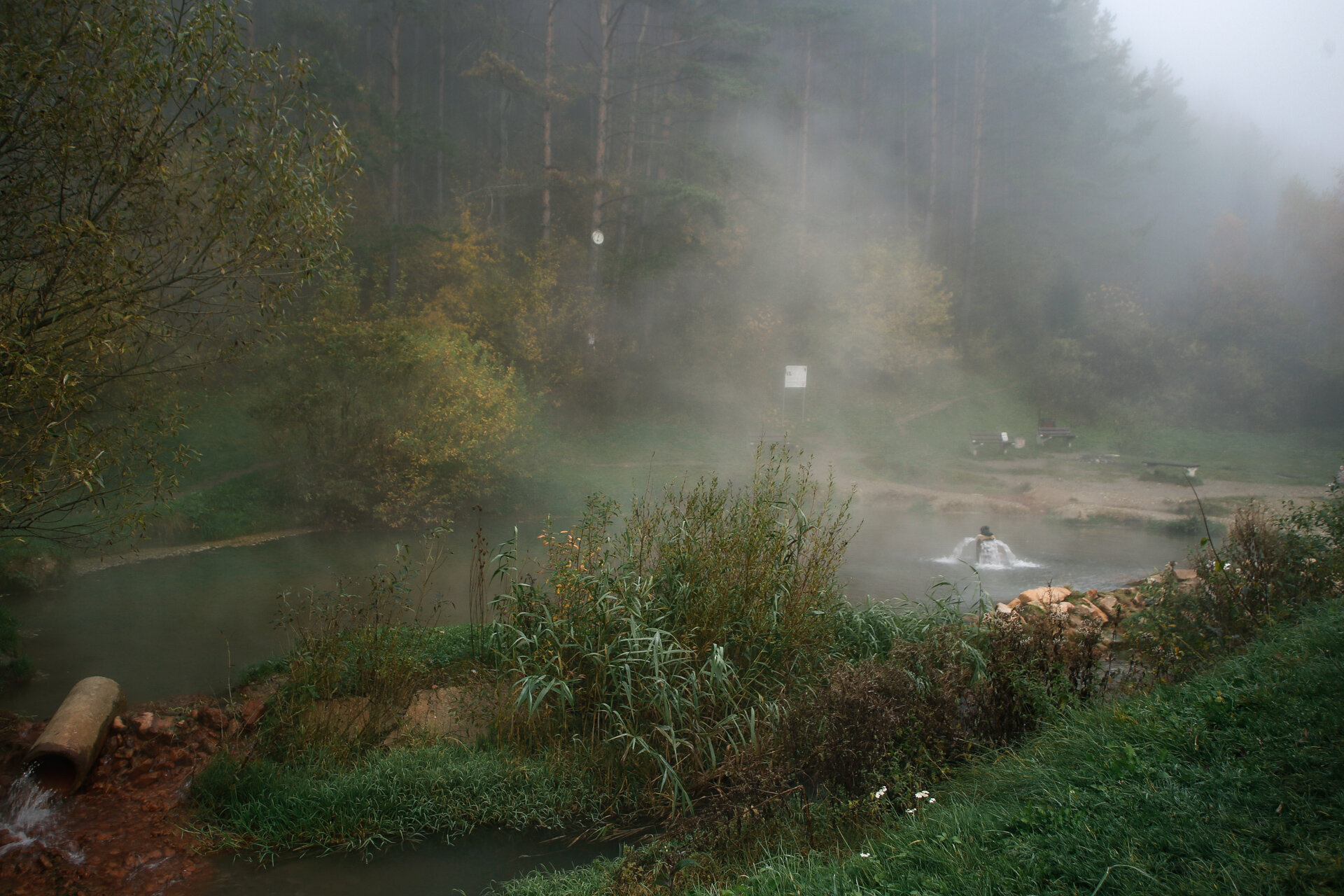

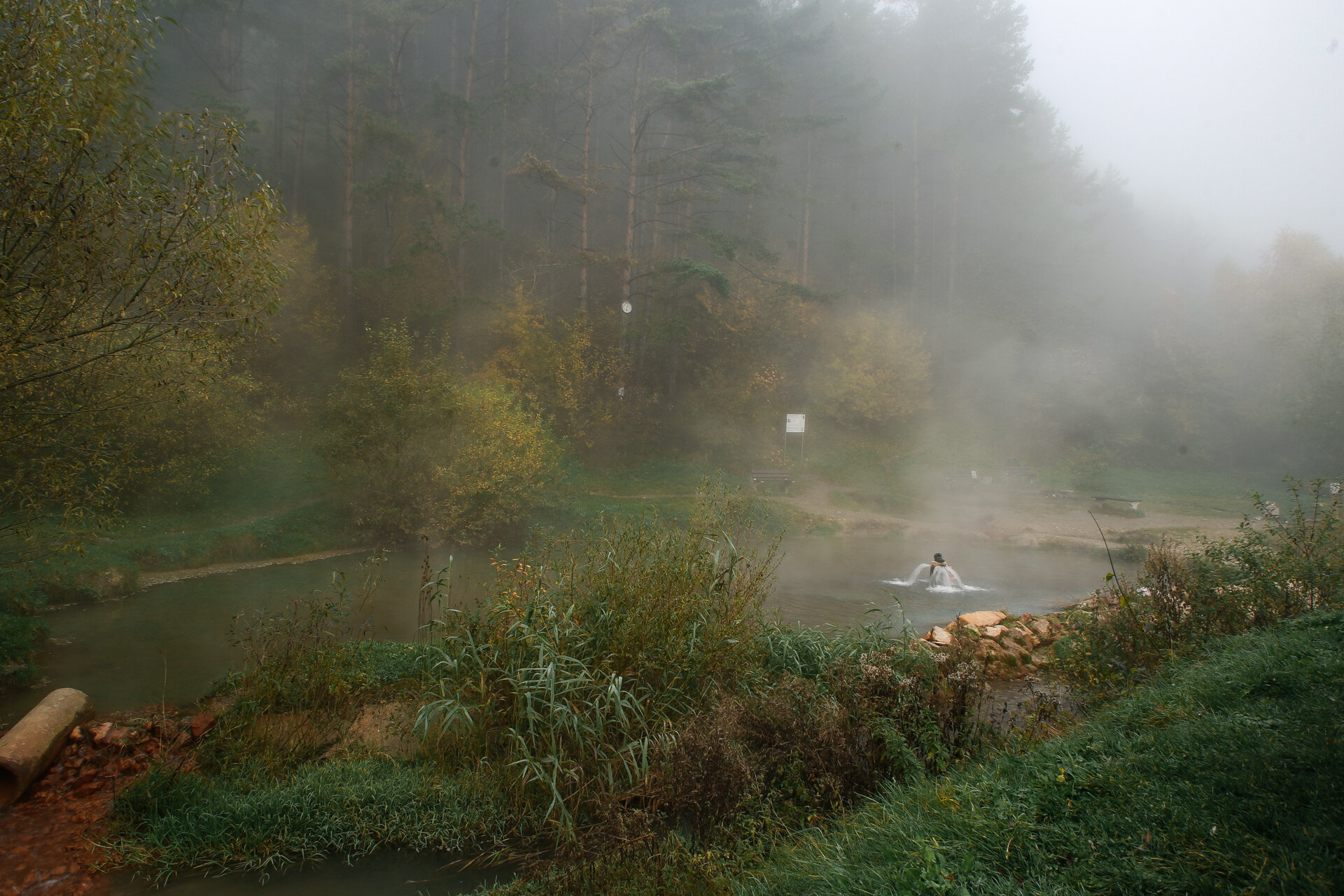
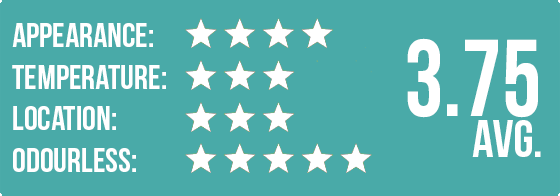
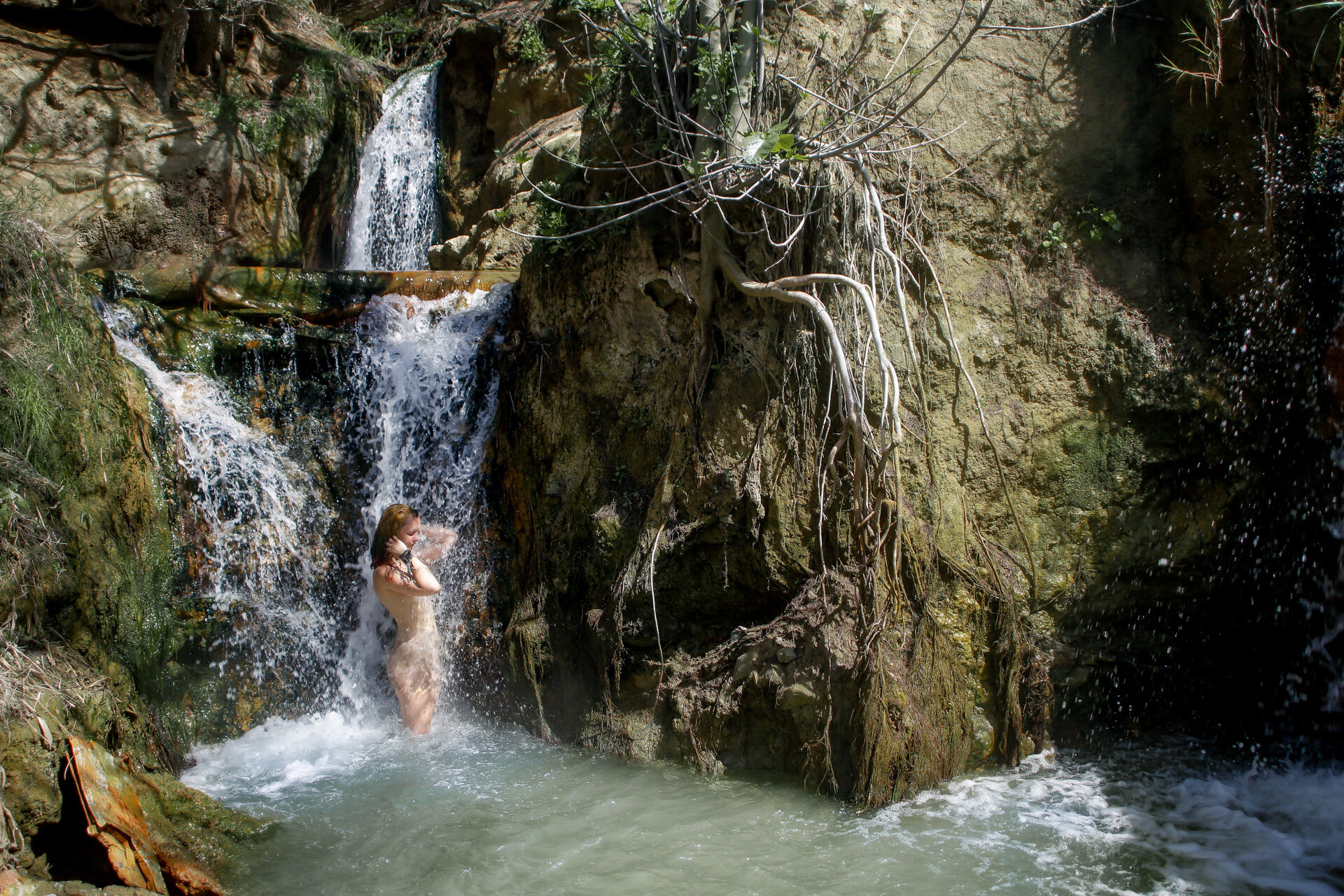


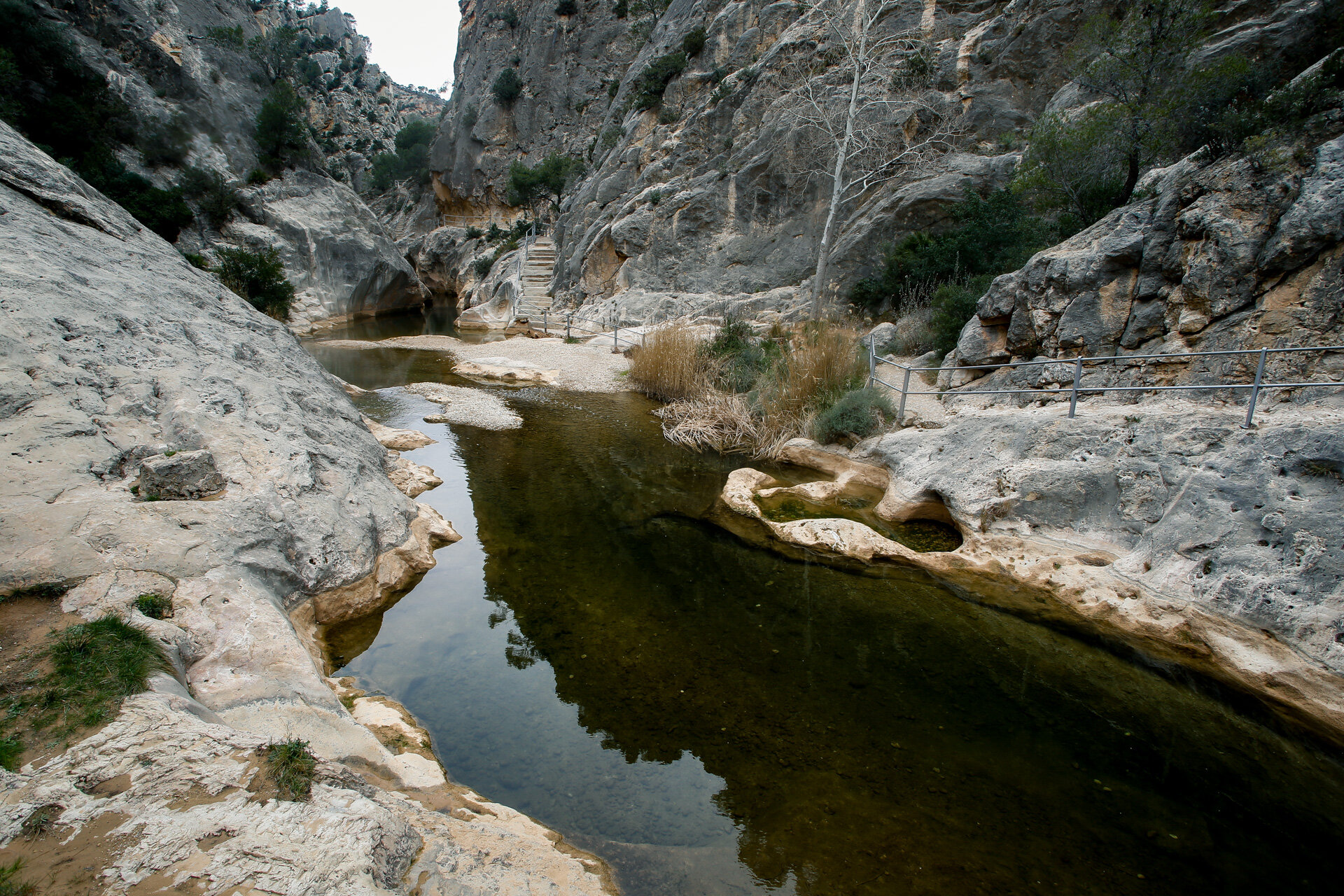
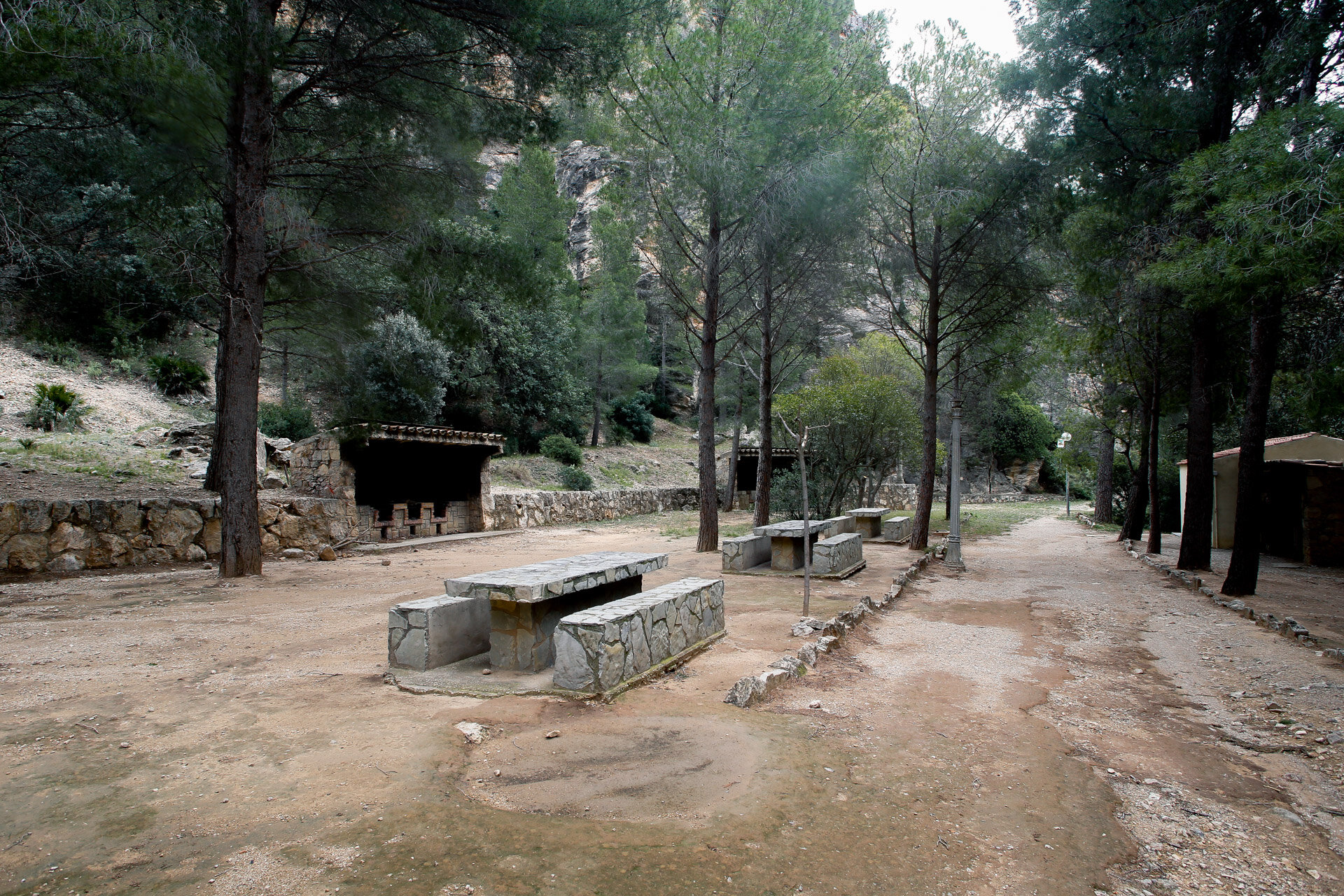

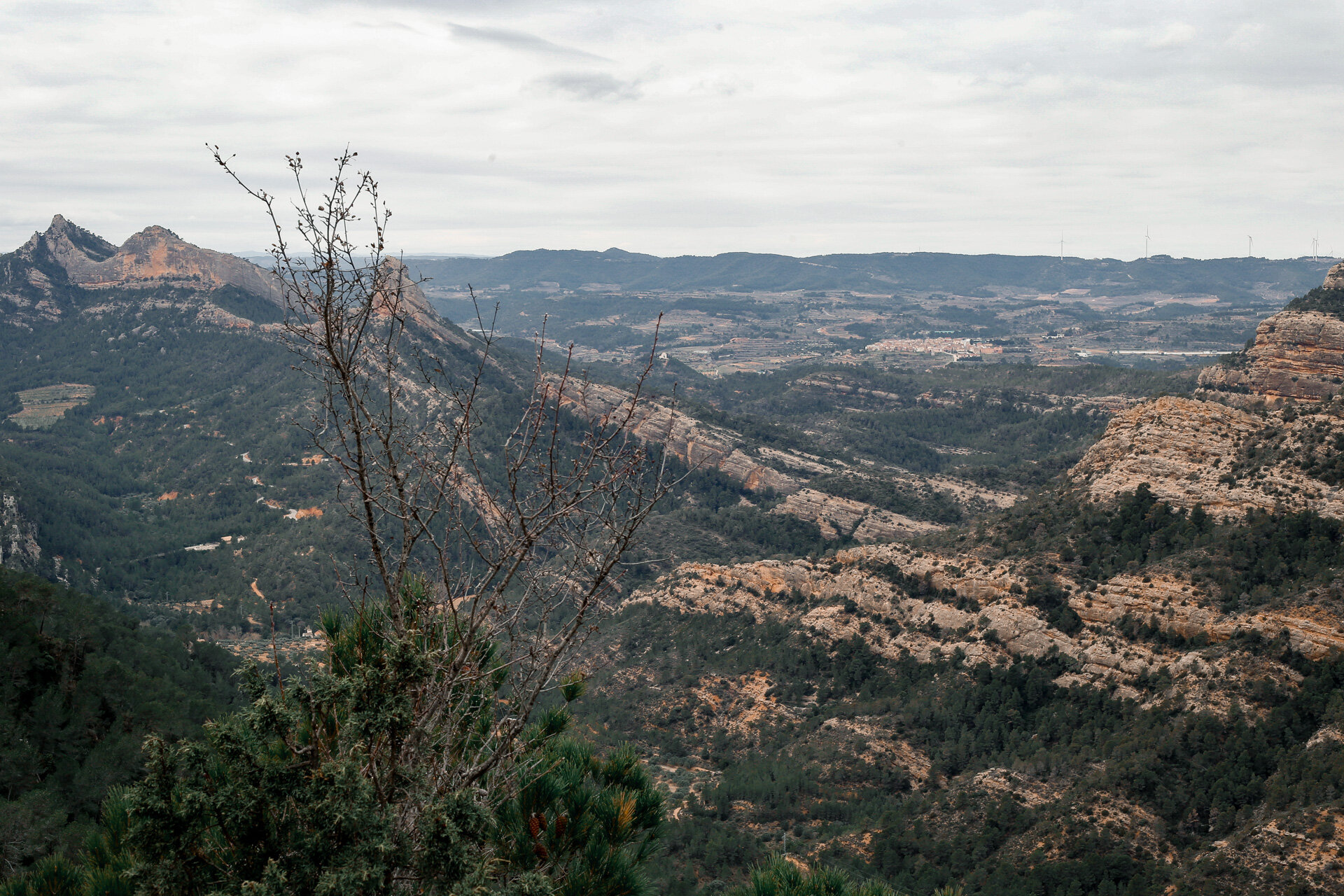

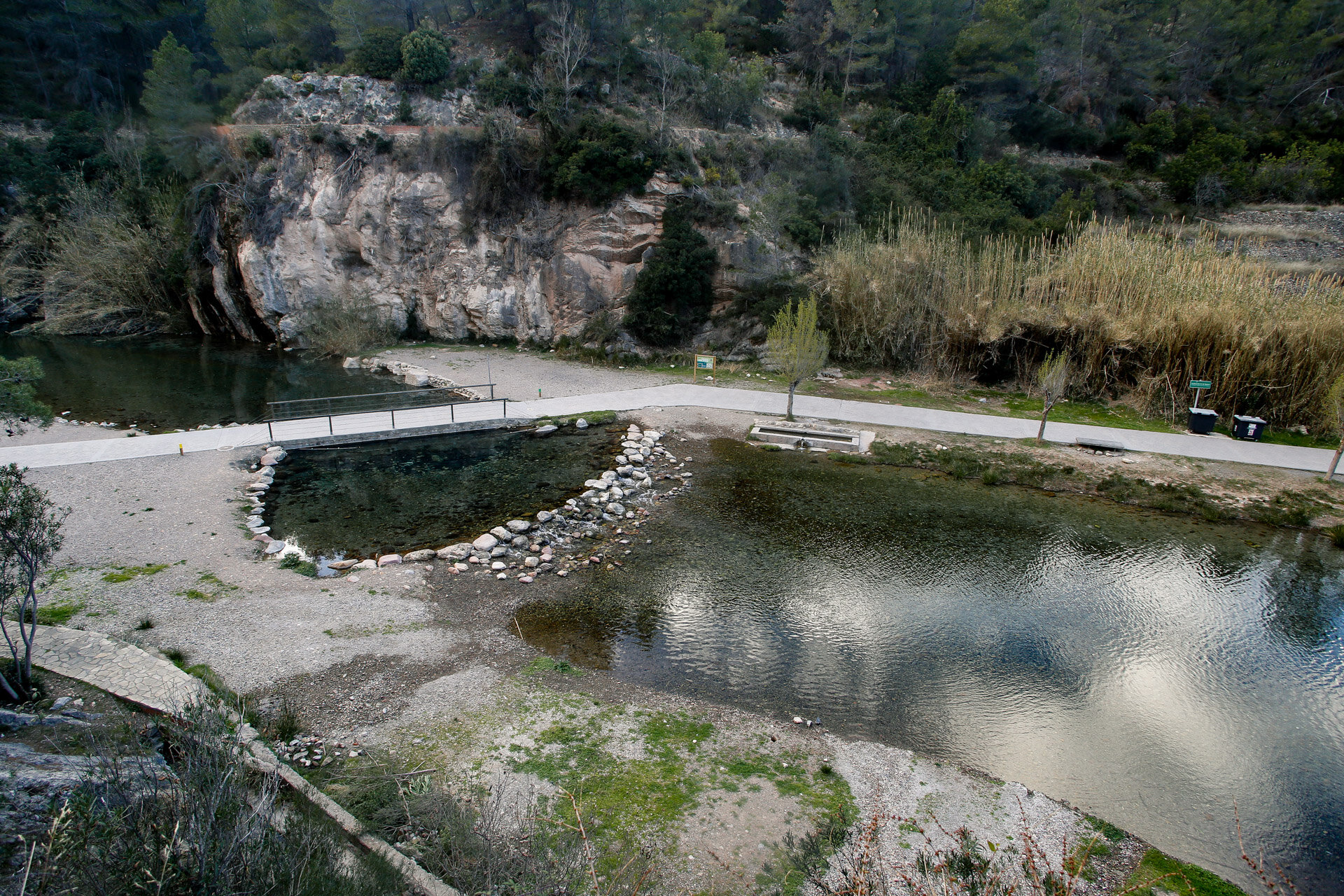


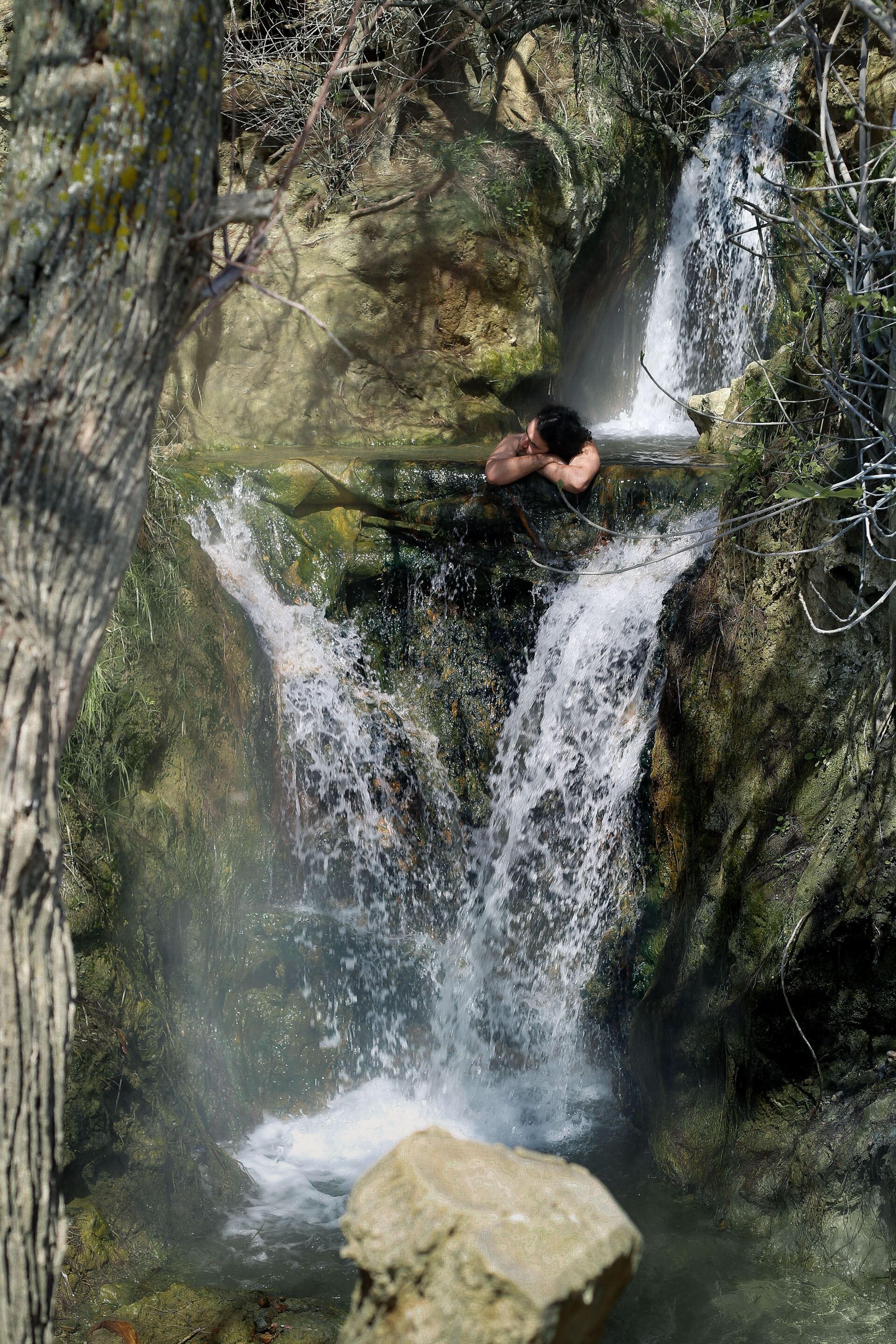
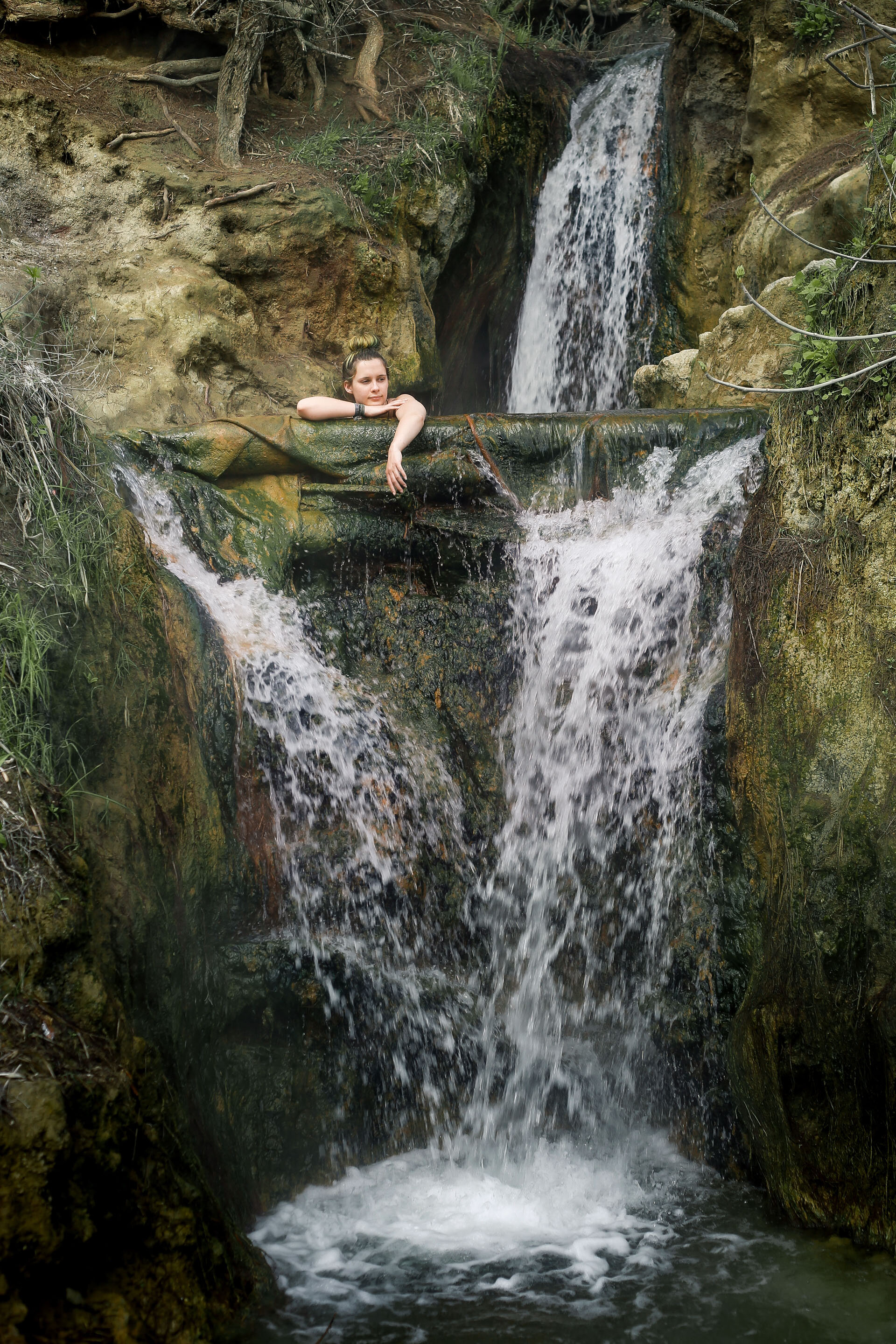




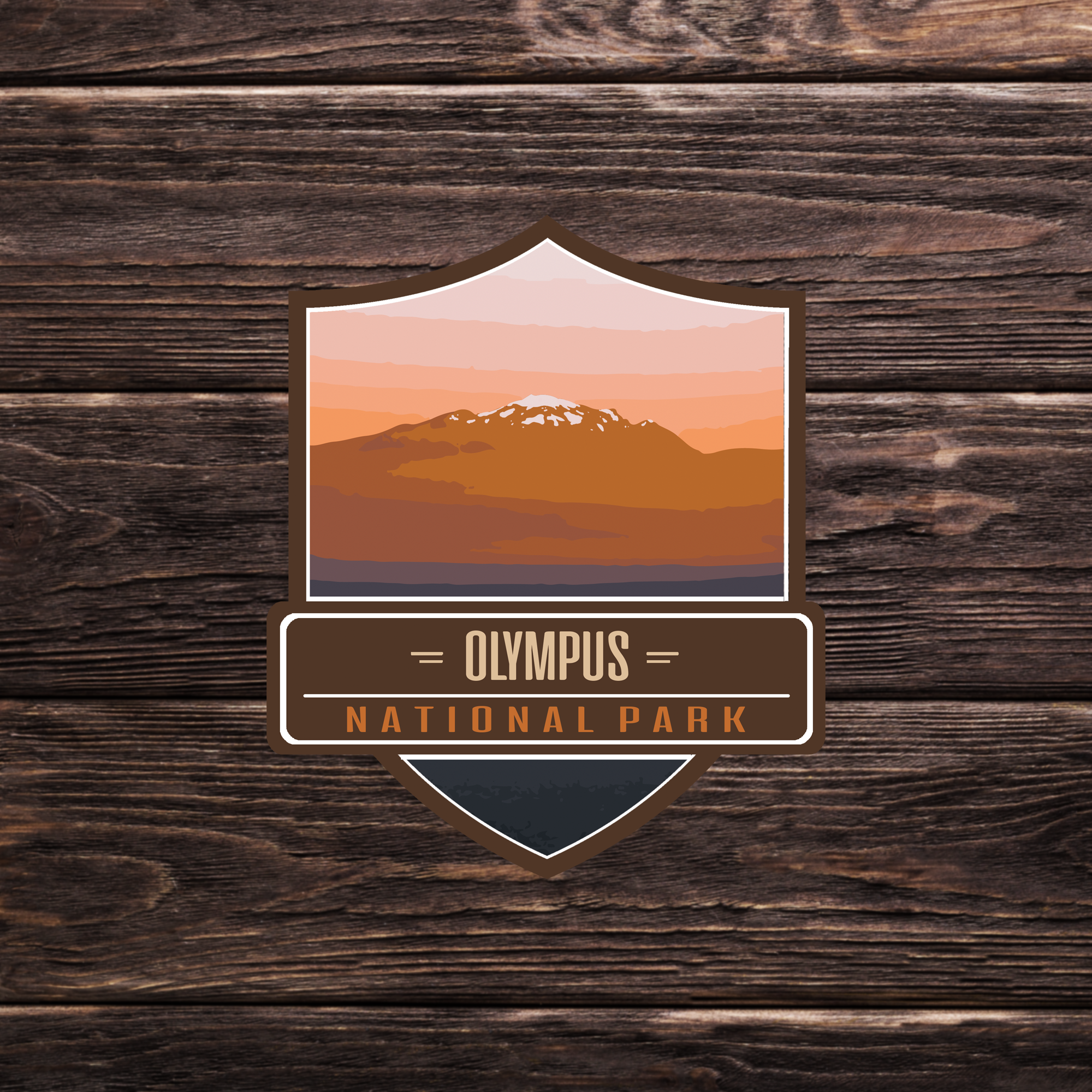

We travel to the lesser-visited Eastern provinces of Türkiye to photograph the water buffalo of Budakli hot spring in winter.